OXA-Diazaspiro compounds having activity against pain
Virgili-Bernado , et al.
U.S. patent number 10,689,398 [Application Number 15/769,754] was granted by the patent office on 2020-06-23 for oxa-diazaspiro compounds having activity against pain. This patent grant is currently assigned to ESTEVE PHARMACEUTICALS, S.A.. The grantee listed for this patent is ESTEVE PHARMACEUTICALS, S.A.. Invention is credited to Carlos Alegret-Molina, Carmen Almansa-Rosales, Marina Virgili-Bernado.
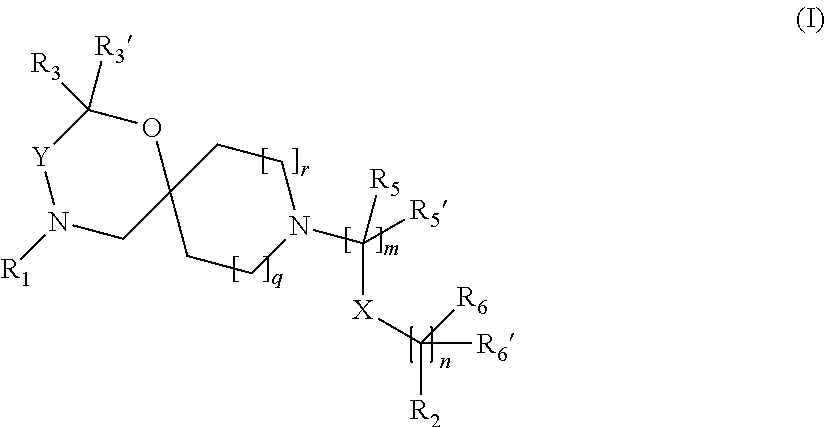
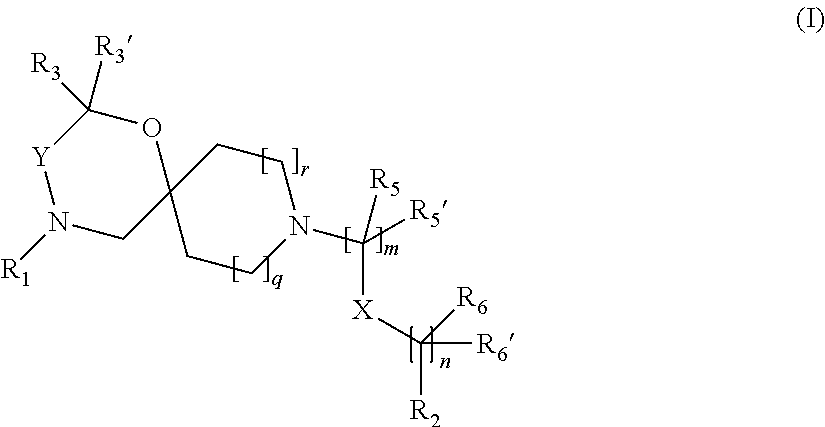
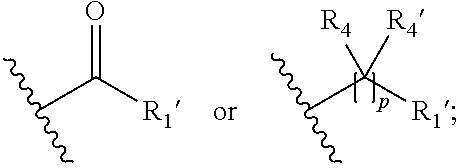
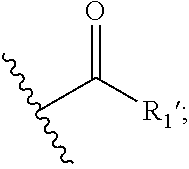
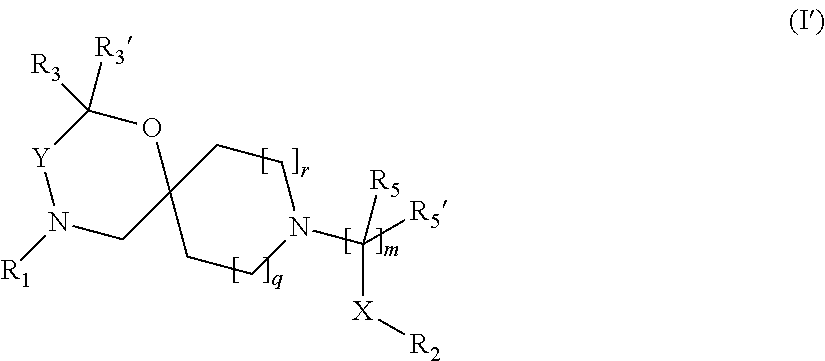
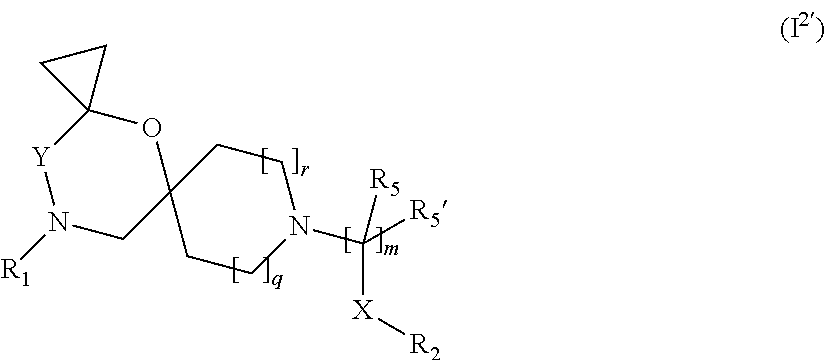
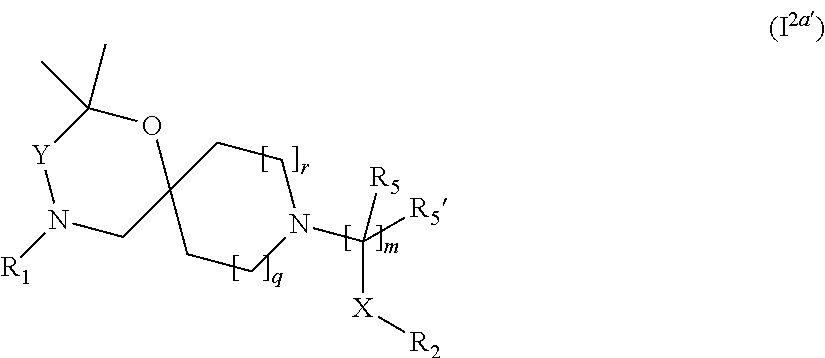

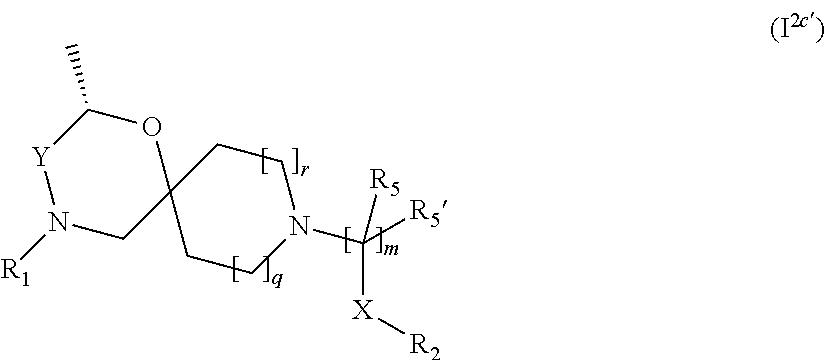
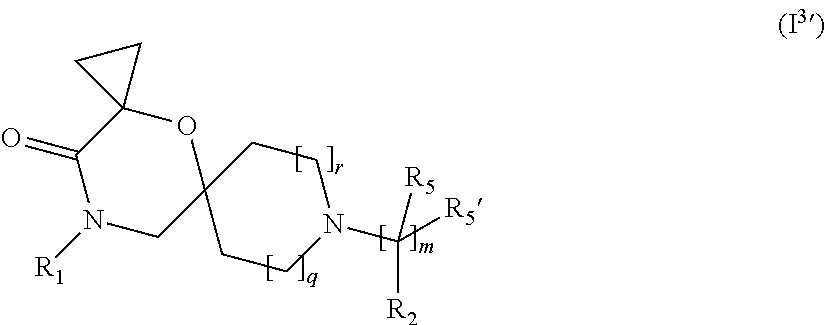
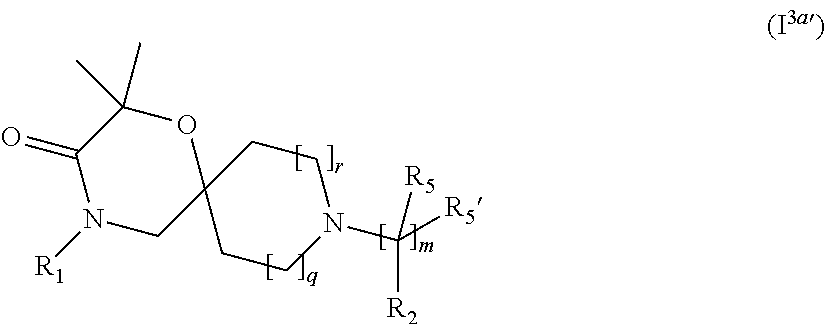
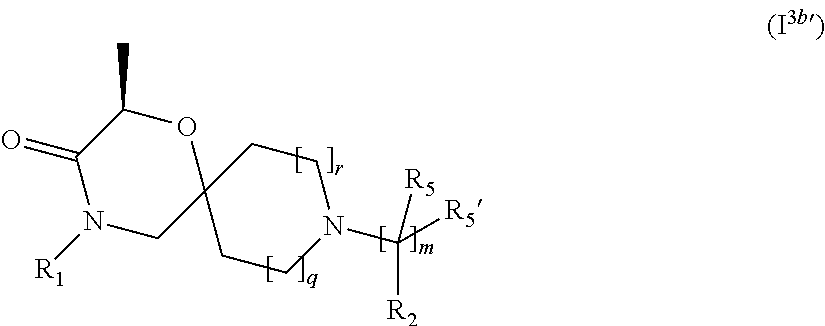
View All Diagrams
| United States Patent | 10,689,398 |
| Virgili-Bernado , et al. | June 23, 2020 |
OXA-Diazaspiro compounds having activity against pain
Abstract
The present invention relates to oxa-diazaspiro compounds having pharmacological activity towards the sigma (.sigma.) receptor, to processes of preparation of such compounds, to pharmaceutical compositions comprising them, and to their use in therapy, in particular for the treatment of pain.
| Inventors: | Virgili-Bernado; Marina (Barcelona, ES), Almansa-Rosales; Carmen (Barcelona, ES), Alegret-Molina; Carlos (Barcelona, ES) | ||||||||||
|---|---|---|---|---|---|---|---|---|---|---|---|
| Applicant: |
|
||||||||||
| Assignee: | ESTEVE PHARMACEUTICALS, S.A.
(Barcelona, ES) |
||||||||||
| Family ID: | 54364221 | ||||||||||
| Appl. No.: | 15/769,754 | ||||||||||
| Filed: | October 21, 2016 | ||||||||||
| PCT Filed: | October 21, 2016 | ||||||||||
| PCT No.: | PCT/EP2016/001742 | ||||||||||
| 371(c)(1),(2),(4) Date: | April 20, 2018 | ||||||||||
| PCT Pub. No.: | WO2017/067664 | ||||||||||
| PCT Pub. Date: | April 27, 2017 |
Prior Publication Data
| Document Identifier | Publication Date | |
|---|---|---|
| US 20190002475 A1 | Jan 3, 2019 | |
Foreign Application Priority Data
| Oct 23, 2015 [EP] | 15382523 | |||
| Current U.S. Class: | 1/1 |
| Current CPC Class: | A61P 29/00 (20180101); A61P 25/00 (20180101); A61P 43/00 (20180101); A61P 25/04 (20180101); C07D 498/10 (20130101) |
| Current International Class: | C07D 498/10 (20060101) |
References Cited [Referenced By]
U.S. Patent Documents
| 3481942 | December 1969 | Loev |
| 4353900 | October 1982 | Clark |
| 6114541 | September 2000 | Abrecht |
| 8168783 | May 2012 | Kokubo et al. |
| 2009/0105290 | April 2009 | Sundermann et al. |
| 2009/0298807 | December 2009 | Alcaraz |
| 2010/0120841 | May 2010 | Nakano et al. |
| 2012/0284749 | October 2012 | Hadida et al. |
| 2017/0101420 | April 2017 | Virgili-Bernado |
| 2017/0197984 | July 2017 | Virgili-Bernado et al. |
| 2017/0313723 | November 2017 | Virgili-Bernado et al. |
| 102005030051 | Jun 2005 | DE | |||
| 1634873 | Mar 2006 | EP | |||
| 1847542 | Oct 2007 | EP | |||
| 1982714 | Oct 2008 | EP | |||
| WO-9313101 | Jul 1993 | WO | |||
| WO 03/057698 | Jul 2003 | WO | |||
| WO 2007/058322 | Jun 2007 | WO | |||
| WO2007098961 | Sep 2007 | WO | |||
| WO 2007/124136 | Nov 2007 | WO | |||
| WO 2008/105497 | Sep 2008 | WO | |||
| WO 2008/155132 | Dec 2008 | WO | |||
| WO2008155132 | Dec 2008 | WO | |||
| WO 2009/032667 | Mar 2009 | WO | |||
| WO2009071657 | Jun 2009 | WO | |||
| WO 2009/098448 | Aug 2009 | WO | |||
| WO2012/125813 | Sep 2012 | WO | |||
| WO 2013/028447 | Feb 2013 | WO | |||
| WO 2015/017305 | Feb 2015 | WO | |||
| WO2015152368 | Oct 2015 | WO | |||
| WO2015185207 | Dec 2015 | WO | |||
| WO2015185208 | Dec 2015 | WO | |||
| WO2015185209 | Dec 2015 | WO | |||
| WO2016078771 | May 2016 | WO | |||
| WO2017067664 | Apr 2017 | WO | |||
Other References
|
Chemical Abstracts Registry No. 1352925-36-0, indexed in the Registry file on STN CAS Online on Jan. 12, 2012. (Year: 2012). cited by examiner . A machine generated English translation of WO 93/13101 A1 (Araki et al.), 1993. (Year: 1993). cited by examiner . Bowen W.D. (2000) Pharmaceutica Acta Helvetae 74: 211-218. cited by applicant . G. Ronsisvalle et al. Pura Appl. Chem. 73, 1499-1509 (2001). cited by applicant . Hanner, M. et al. Proc. Natl. Acad. Sci., 1996, 93:8072-8077. cited by applicant . Kaiser et al (1991) Neurotransmissions 7 (1): 1-5. cited by applicant . Quirion, R. et al. Trends Pharmacol. Sci., 1992, 13:85-86. cited by applicant . Snyder, S.H., Largent, B.L. J. Neuropsychiatry 1989, 1, 7-15. cited by applicant . Walker, J.M. et al, Pharmacological Reviews, 1990, vol. 42, No. 4, 355-402. cited by applicant . International Search Report for PCT/2016/001742 dated Jan. 11, 2017. cited by applicant . Bornot et al., J. Med. Chem., 2013, 56, 1197-1210. cited by applicant . Chien, et al., Neuroscience Letters, 1995, 190, 137-139. cited by applicant . Clark, Journal of Medicinal Chemistry, 1983, 26, 855-861. cited by applicant . Database Registry, XP002730855, Chemical Abstracts Servier, May 12, 2010, Database Accession No. 1222524-76-6. cited by applicant . Dickenson, et al., Eur J Pain 9, 113-116 (2005). cited by applicant . Friedman, et al., Angew. Chem. Int. Ed., 2013, 52, pp. 9755-9758. cited by applicant . Goldberg, et al., BMC Public Health, 11, 770 (2011). cited by applicant . International Search Report for PCT/EP2015/001113 dated Jul. 16, 2015. cited by applicant . Kato, et al., Bioorganic & Medicinal Chemistry Letters, 2014, 24, 565-570. cited by applicant . Mao, et al., J. Painm 12, 157-166 (2011). cited by applicant . Stocks, et al., Bioorganic & Medicinal Chemistry Letters, 2010, 20, 7458-7461. cited by applicant . Turk et al., Lancet, 377, 2226-2235 (2011). cited by applicant . Zamanillo, et al., Eur. J. Pharmacol, 716, 78-93 (2013). cited by applicant. |
Primary Examiner: Stockton; Laura L
Attorney, Agent or Firm: Hueschen and Sage
Claims
The invention claimed is:
1. A compound of general Formula (I): ##STR00415## wherein R.sub.1 is ##STR00416## m is 1, 2, 3, 4 or 5; n is 0, 1, 2, 3, 4 or 5; p is 0 or 1; q is 0, 1 or 2; r is 0 or 2; X is a bond, --C(R.sub.xR.sub.x')--, --C(O)--, --O--, --C(O)NR.sub.7--, --NR.sub.7C(O)-- or --C(O)O--; wherein R.sub.x is selected from the group consisting of halogen or substituted or unsubstituted C.sub.1-6 alkyl, substituted or unsubstituted C.sub.2-6 alkenyl substituted or unsubstituted C.sub.2-6 alkynyl, and --OR.sub.7; R.sub.x' is selected from the group consisting of hydrogen, halogen or substituted or unsubstituted C.sub.1-6 alkyl, substituted or unsubstituted C.sub.2-6 alkenyl and substituted or unsubstituted C.sub.2-6 alkynyl; R.sub.7 is selected from the group consisting of hydrogen, substituted or unsubstituted C.sub.1-6 alkyl, substituted or unsubstituted C.sub.2-6 alkenyl and substituted or unsubstituted C.sub.2-6 alkynyl; Y is --CH.sub.2-- or --C(O)--; R.sub.1' is selected from the group consisting of substituted or unsubstituted C.sub.1-6 alkyl, substituted or unsubstituted C.sub.2-6 alkenyl, substituted or unsubstituted C.sub.2-6 alkynyl, substituted or unsubstituted cycloalkyl, substituted or unsubstituted aryl and substituted or unsubstituted heterocyclyl; R.sub.2 is selected from the group consisting of hydrogen, substituted or unsubstituted C.sub.1-6 alkyl, substituted or unsubstituted C.sub.2-6 alkenyl, substituted or unsubstituted C.sub.2-6 alkynyl, substituted or unsubstituted cycloalkyl, substituted or unsubstituted aryl and substituted or unsubstituted heterocyclyl, R.sub.3 is selected from the group consisting of substituted or unsubstituted C.sub.1-6 alkyl, substituted or unsubstituted C.sub.2-6 alkenyl and substituted or unsubstituted C.sub.2-6 alkynyl; R.sub.3' is selected from the group consisting of hydrogen, substituted or unsubstituted C.sub.1-6 alkyl, substituted or unsubstituted C.sub.2-6 alkenyl and substituted or unsubstituted C.sub.2-6 alkynyl; or R.sub.3 and R.sub.3', together with the carbon atom to which they are attached, form a substituted or unsubstituted cycloalkyl; R.sub.4 and R.sub.4' are independently selected from the group consisting of hydrogen, substituted or unsubstituted C.sub.1-6 alkyl, substituted or unsubstituted C.sub.2-6 alkenyl, substituted or unsubstituted C.sub.2-6 alkynyl, --CHOR.sub.9 and --C(O)OR.sub.9; wherein R.sub.9 is selected from the group consisting of hydrogen, substituted or unsubstituted C.sub.1-9 alkyl, substituted or unsubstituted C.sub.2-9 alkenyl and substituted or unsubstituted C.sub.2-9 alkynyl; R.sub.5 and R.sub.5' are independently selected from the group consisting of hydrogen, substituted or unsubstituted C.sub.1-6 alkyl, substituted or unsubstituted C.sub.2-6 alkenyl, substituted or unsubstituted C.sub.2-6 alkynyl, --CHOR.sub.8 and --C(O)OR.sub.8; wherein R.sub.8 is selected from hydrogen, substituted or unsubstituted C.sub.1-6 alkyl, substituted or unsubstituted C.sub.2-6 alkenyl and substituted or unsubstituted C.sub.2-6 alkynyl; R.sub.6 and R.sub.6' are independently selected from the group consisting of hydrogen, substituted or unsubstituted C.sub.1-6 alkyl, substituted or unsubstituted C.sub.2-6 alkenyl, substituted or unsubstituted C.sub.2-6 alkynyl, --CHOR.sub.10 and --C(O)OR.sub.10; wherein R.sub.10 is selected from the group consisting of hydrogen, substituted or unsubstituted C.sub.1-6 alkyl, substituted or unsubstituted C.sub.2-6 alkenyl and substituted or unsubstituted C.sub.2-6 alkynyl; or a stereoisomer, a racemate or a mixture of at least two stereoisomers, in any mixing ratio, or a corresponding salt thereof, or a corresponding solvate thereof; with the following proviso applying: when Y is --C(O)--, then R.sub.1 is not ##STR00417##
2. The compound according to claim 1, which is a compound of Formula (I') ##STR00418##
3. The compound according to claim 1, which is a compound of Formula (I.sup.2'), (I.sup.2a'), (I.sup.2b') or (I.sup.2c') ##STR00419##
4. The compound according to claim 1, which is a compound of Formula (I.sup.3'), (I.sup.3a'), (I.sup.3b') or (I.sup.3c') ##STR00420##
5. The compound according to claim 1, which is a compound of Formula (I.sup.4'), (I.sup.4a') (I.sup.4b') or (I.sup.4c') ##STR00421##
6. The compound according to claim 1, wherein R.sub.1' is selected from the group consisting of substituted or unsubstituted C.sub.1-6 alkyl and substituted or unsubstituted aryl.
7. The compound according to claim 6, wherein R.sub.1' is selected from the group consisting of substituted or unsubstituted methyl, substituted or unsubstituted ethyl or substituted or unsubstituted phenyl.
8. The compound according to claim 1, wherein R.sub.2 is selected from the group consisting of substituted or unsubstituted C.sub.1-6 alkyl and substituted or unsubstituted aryl.
9. The compound according to claim 8, wherein R.sub.2 is selected from the group consisting of substituted or unsubstituted isopropyl, substituted or unsubstituted isobutyl or substituted or unsubstituted phenyl.
10. The compound according to claim 1, wherein R.sub.3 and R.sub.3', together with the carbon atom to which they are attached, form a substituted or unsubstituted cycloalkyl.
11. The compound according to claim 10, wherein R.sub.3 and R.sub.3' form a substituted or unsubstituted cyclopropyl.
12. The compound according to claim 1 which is selected from the group consisting of: 12-ethyl-7-isopentyl-4-oxa-7,12-diazadispiro[2.1.5.3]tridecan-13-one, 12-ethyl-7-phenethyl-4-oxa-7,12-diazadispiro[2.1.5.3]tridecan-13-one, 13-ethyl-8-phenethyl-4-oxa-8,13-diazadispiro[2.1.6.3]tetradecan-14-one, 13-ethyl-8-isopentyl-4-oxa-8,13-diazadispiro[2.1.6.3]tetradecan-14-one, 7-benzyl-10-ethyl-4-oxa-7,10-diazadispiro[2.1.3.3]undecan-11-one, 10-ethyl-7-isopentyl-4-oxa-7,10-diazadispiro[2.1.3.3]undecan-11-one, 7-phenethyl-12-phenyl-4-oxa-7,12-diazadispiro[2.1.5.3]tridecan-13-one, 7-isopentyl-12-phenyl-4-oxa-7,12-diazadispiro[2.1.5.3]tridecan-13-one, 8-phenethyl-13-phenyl-4-oxa-8,13-diazadispiro[2.1.6.3]tetradecan-14-one, 8-isopentyl-13-phenyl-4-oxa-8,13-diazadispiro[2.1.6.3]tetradecan-14-one, 7-benzyl-12-ethyl-4-oxa-7,12-diazadispiro[2.1.5.3]tridecan-13-one, 8-benzyl-13-ethyl-4-oxa-8,13-diazadispiro[2.1.6.3]tetradecan-14-one, 7-benzyl-10-ethyl-4-oxa-7,10-diazadispiro[2.1.3.3]undecan-11-one, 8-benzyl-13-phenyl-4-oxa-8,13-diazadispiro[2.1.6.3]tetradecan-14-one, 7-benzyl-12-phenyl-4-oxa-7,12-diazadispiro[2.1.5.3]tridecan-13-one, 13-ethyl-8-phenethyl-4-oxa-8,13-diazadispiro[2.1.6.3]tetradecane, 7-benzyl-12-ethyl-4-oxa-7,12-diazadispiro[2.1.5.3]tridecane, 12-ethyl-7-phenethyl-4-oxa-7,12-diazadispiro[2.1.5.3]tridecane, 7-phenethyl-12-phenyl-4-oxa-7,12-diazadispiro[2.1.5.3]tridecane, 7-isopentyl-12-phenyl-4-oxa-7,12-diazadispiro[2.1.5.3]tridecane, 8-benzyl-13-phenyl-4-oxa-8,13-diazadispiro[2.1.6.3]tetradecane and 8-phenethyl-13-phenyl-4-oxa-8,13-diazadispiro[2.1.6.3]tetradecane.
13. The compound according to claim 1, which is selected from the group consisting of: 7-benzyl-12-phenyl-4-oxa-7,12-diazadispiro[2.1.5.3]tridecane, (7-phenethyl-4-oxa-7,12-diazadispiro[2.1.5.3]tridecan-12-yl)(phenyl)metha- none, (7-isopentyl-4-oxa-7,12-diazadispiro[2.1.5.3]tridecan-12-yl)(phenyl)- methanone, (7-isobutyl-4-oxa-7,12-diazadispiro[2.1.5.3]tridecan-12-yl)(phe- nyl)methanone, (8-phenethyl-4-oxa-8,13-diazadispiro[2.1.6.3]tetradecan-13-yl)(phenyl)met- hanone, (8-isopentyl-4-oxa-8,13-diazadispiro[2.1.6.3]tetradecan-13-yl)(phe- nyl)methanone, (8-isobutyl-4-oxa-8,13-diazadispiro[2.1.6.3]tetradecan-13-yl)(phenyl)meth- anone, 4-ethyl-2,2-dimethyl-9-phenethyl-1-oxa-4,9-diazaspiro[5.6]dodecan-3- -one, 4-ethyl-9-isopentyl-2,2-dimethyl-1-oxa-4,9-diazaspiro[5.6]dodecan-3-- one, 4-ethyl-9-isobutyl-2,2-dimethyl-1-oxa-4,9-diazaspiro[5.6]dodecan-3-on- e, 10-benzyl-7-phenethyl-4-oxa-7,10-diazadispiro[2.1.3.3]undecan-11-one, (2,2-dimethyl-9-phenethyl-1-oxa-4,9-diazaspiro[5.6]dodecan-4-yl)(phenyl)m- ethanone, 10-ethyl-7-(2-isopropoxyethyl)-4-oxa-7,10-diazadispiro[2.1.3.3]u- ndecan-11-one, (R)-8-ethyl-2-isopentyl-6-methyl-5-oxa-2,8-diazaspiro[3.5]nonan-7-one, (S)-8-ethyl-2-isopentyl-6-methyl-5-oxa-2,8-diazaspiro[3.5]nonan-7-one, (R)-8-ethyl-2-isobutyl-6-methyl-5-oxa-2,8-diazaspiro[3.5]nonan-7-one, (S)-8-ethyl-2-isobutyl-6-methyl-5-oxa-2,8-diazaspiro[3.5]nonan-7-one, (R)-2-isopentyl-8-isopropyl-6-methyl-5-oxa-2,8-diazaspiro[3.5]nonan-7-one- , (S)-2-isopentyl-8-isopropyl-6-methyl-5-oxa-2,8-diazaspiro[3.5]nonan-7-on- e, (R)-2-isobutyl-8-isopropyl-6-methyl-5-oxa-2,8-diazaspiro[3.5]nonan-7-on- e, (S)-2-isobutyl-8-isopropyl-6-methyl-5-oxa-2,8-diazaspiro[3.5]nonan-7-on- e, (S)-2-(3,3-dimethylbutyl)-8-isopropyl-6-methyl-5-oxa-2,8-diazaspiro[3.5- ]nonan-7-one, (R)-2-(3,3-dimethylbutyl)-8-isopropyl-6-methyl-5-oxa-2,8-diazaspiro[3.5]n- onan-7-one, (2R,6S)-4-ethyl-9-isopentyl-2-methyl-1-oxa-4,9-diazaspiro[5.6]dodecan-3-o- ne, (2R,6R)-4-ethyl-9-isopentyl-2-methyl-1-oxa-4,9-diazaspiro[5.6]dodecan-- 3-one, (2S,6S)-4-ethyl-9-isopentyl-2-methyl-1-oxa-4,9-diazaspiro[5.6]dodec- an-3-one, (2S,6R)-4-ethyl-9-isopentyl-2-methyl-1-oxa-4,9-diazaspiro[5.6]do- decan-3-one, (9-(2-isopropoxyethyl)-2,2-dimethyl-1-oxa-4,9-diazaspiro[5.6]dodecan-4-yl- )(phenyl)methanone, (7-benzyl-4-oxa-7,12-diazadispiro[2.1.5.3]tridecan-12-yl)(phenyl)methanon- e, (8-benzyl-4-oxa-8,13-diazadispiro[2.1.6.3]tetradecan-13-yl)(phenyl)meth- anone, 9-benzyl-4-ethyl-2,2-dimethyl-1-oxa-4,9-diazaspiro[5.6]dodecan-3-on- e, 4-((4-ethyl-2,2-dimethyl-3-oxo-1-oxa-4,9-diazaspiro[5.6]dodecan-9-yl)me- thyl)benzonitrile, (2R,6S)-9-benzyl-4-ethyl-2-methyl-1-oxa-4,9-diazaspiro[5.6]dodecan-3-one, (2R,6R)-9-benzyl-4-ethyl-2-methyl-1-oxa-4,9-diazaspiro[5.6]dodecan-3-one, (2S,6S)-9-benzyl-4-ethyl-2-methyl-1-oxa-4,9-diazaspiro[5.6]dodecan-3-one, (2S,6R)-9-benzyl-4-ethyl-2-methyl-1-oxa-4,9-diazaspiro[5.6]dodecan-3-one, (2R,6S)-4-ethyl-9-(4-fluorobenzyl)-2-methyl-1-oxa-4,9-diazaspiro[5.6]dode- can-3-one, (2R,6R)-4-ethyl-9-(4-fluorobenzyl)-2-methyl-1-oxa-4,9-diazaspir- o[5.6]dodecan-3-one, (2S,6S)-4-ethyl-9-(4-fluorobenzyl)-2-methyl-1-oxa-4,9-diazaspiro[5.6]dode- can-3-one, (2S,6R)-4-ethyl-9-(4-fluorobenzyl)-2-methyl-1-oxa-4,9-diazaspir- o[5.6]dodecan-3-one, 4-(((2R,6S)-4-ethyl-2-methyl-3-oxo-1-oxa-4,9-diazaspiro[5.6]dodecan-9-yl)- methyl)benzonitrile, 4-(((2R,6R)-4-ethyl-2-methyl-3-oxo-1-oxa-4,9-diazaspiro[5.6]dodecan-9-yl)- methyl)benzonitrile, 4-(((2S,6S)-4-ethyl-2-methyl-3-oxo-1-oxa-4,9-diazaspiro[5.6]dodecan-9-yl)- methyl)benzonitrile, 4-(((2S,6R)-4-ethyl-2-methyl-3-oxo-1-oxa-4,9-diazaspiro[5.6]dodecan-9-yl)- methyl)benzonitrile, 8-benzyl-13-methyl-4-oxa-8,13-diazadispiro[2.1.6.3]tetradecan-4-one, 8-(4-fluorobenzyl)-13-methyl-4-oxa-8,13-diazadispiro[2.1.6.3]tetradecan-1- 4-one, 4-((13-methyl-14-oxo-4-oxa-8,13-diazadispiro[2.1.6.3]tetradecan-8-y- l)methyl)benzonitrile, (S)-8-ethyl-6-methyl-2-neopentyl-5-oxa-2,8-diazaspiro[3.5]nonan-7-one, (R)-8-ethyl-6-methyl-2-neopentyl-5-oxa-2,8-diazaspiro[3.5]nonan-7-one, (S)-8-isopropyl-6-methyl-2-neopentyl-5-oxa-2,8-diazaspiro[3.5]nonan-7-one- , (R)-8-isopropyl-6-methyl-2-neopentyl-5-oxa-2,8-diazaspiro[3.5]nonan-7-on- e, 7,12-dibenzyl-4-oxa-7,12-diazadispiro[2.1.5.3]tridecane(*), 12-benzyl-7-phenethyl-4-oxa-7,12-diazadispiro[2.1.5.3]tridecane(*), 12-benzyl-7-isopentyl-4-oxa-7,12-diazadispiro[2.1.5.3]tridecane(*), 12-benzyl-7-isobutyl-4-oxa-7,12-diazadispiro[2.1.5.3]tridecane(*), 8,13-dibenzyl-4-oxa-8,13-diazadispiro[2.1.6.3]tetradecane(*), 13-benzyl-8-phenethyl-4-oxa-8,13-diazadispiro[2.1.6.3]tetradecane(*), 13-benzyl-8-isopentyl-4-oxa-8,13-diazadispiro[2.1.6.3]tetradecane(*), 13-benzyl-8-isobutyl-4-oxa-8,13-diazadispiro[2.1.6.3]tetradecane(*), 9-benzyl-4-ethyl-2,2-dimethyl-1-oxa-4,9-diazaspiro[5.6]dodecane, 4-ethyl-2,2-dimethyl-9-phenethyl-1-oxa-4,9-diazaspiro[5.6]dodecane, 4-ethyl-9-isopentyl-2,2-dimethyl-1-oxa-4,9-diazaspiro[5.6]dodecane, 4-ethyl-9-isobutyl-2,2-dimethyl-1-oxa-4,9-diazaspiro[5.6]dodecane, 10-benzyl-7-phenethyl-4-oxa-7,10-diazadispiro[2.1.3.3]undecane, (7-Phenethyl-4-oxa-7,10-diazadispiro[2.1.3.3]undecan-10-yl)(phenyl)methan- one, (R)-8-benzyl-3-ethyl-4-oxa-8,13-diazadispiro[2.1.6.3]tetradecan-14-on- e, (S)-8-benzyl-13-ethyl-4-oxa-8,13-diazadispiro[2.1.6.3]tetradecan-14-one- , (R)-(2,2-dimethyl-9-phenethyl-1-oxa-4,9-diazaspiro[5.6]dodecan-4-yl)(phe- nyl)methanone and (S)-(2,2-dimethyl-9-phenethyl-1-oxa-4,9-diazaspiro[5.6]dodecan-4-yl)(phen- yl)methanone.
14. The compound according to claim 1, which is selected from the group consisting of: ((2S,6R)-9-isopentyl-2-methyl-1-oxa-4,9-diazaspiro[5.6]dodecan-4-yl)(phen- yl)methanone, ((2S,6S)-9-isopentyl-2-methyl-1-oxa-4,9-diazaspiro[5.6]dodecan-4-yl)(phen- yl)methanone, ((2R,6R)-9-isopentyl-2-methyl-1-oxa-4,9-diazaspiro[5.6]dodecan-4-yl)(phen- yl)methanone, ((2R,6S)-9-isopentyl-2-methyl-1-oxa-4,9-diazaspiro[5.6]dodecan-4-yl)(phen- yl)methanone, (R)-(8-isopentyl-4-oxa-8,13-diazadispiro[2.1.6.3]tetradecan-13-yl)(phenyl- )methanone and (S)-(8-isopentyl-4-oxa-8,13-diazadispiro[2.1.6.3]tetradecan-13-yl)(phenyl- )methanone.
15. A process for the preparation of the compound according to claim 1, wherein R.sub.1 is --(CR.sub.4R.sub.4').sub.pR.sub.1', which process comprises: a) an intramolecular cyclization of a compound of formula VIIa ##STR00422## wherein LG represents a leaving group selected from the group consisting of halogen, mesylate, tosylate and triflate, with the proviso that when Y=CO, LG represents chloro or bromo, or b) the reaction of a compound of formula VIIIH ##STR00423## with a compound of formula IX, X or XI, ##STR00424## wherein LG represents a leaving group selected from the group consisting of halogen, mesylate, tosylate and triflate, or c1) when Y is CH.sub.2, by the alkylation of a compound of formula XIV ##STR00425## with a compound of formula XV ##STR00426## wherein the compound of formula XV is an alkylating agent and V is a leaving group, or alternatively by the reductive amination reaction of a compound of formula XIV with a compound of formula XV, wherein the compound of formula XV is an aldehyde and V is a C(O)H group; or c2) when Y is C(O), by the alkylation of a compound of formula XIV ##STR00427## with a compound of formula XV ##STR00428## wherein the compound of formula XV is an alkylating agent and V is a leaving group, and wherein R.sub.1', R.sub.2, R.sub.3, R.sub.3', R.sub.4, R.sub.4', R.sub.5, R.sub.5', R.sub.6, R.sub.6', R.sub.7, R.sub.8, R.sub.9, R.sub.10, R.sub.x, R.sub.x', X, Y, m, n, p, q and r have the meanings as defined in claim 1 for the compound of Formula (I).
16. A process for the preparation of the compound according to claim 1, wherein R.sub.1 is --(CR.sub.4R.sub.4').sub.pR.sub.1', Y represents CO and R.sub.3 and R.sub.3', together with the carbon atom to which they are attached, form a cyclopropyl (compounds of formula Id), ##STR00429## which process comprises a) the treatment with a strong base of a compound of formula Ic wherein R.sub.s=R.sub.s'=H and s=1 ##STR00430## wherein LG represents a leaving group selected from the group consisting of halogen, mesylate, tosylate and triflate, or b) a cyclopropanation reaction on a compound of formula XXI ##STR00431## or c) the alkylation of a compound of formula XXV ##STR00432## with a compound of formula XV ##STR00433## wherein the compound of formula XV is an alkylating agent and V is a leaving group; or d) the reaction of a compound of formula XIXH ##STR00434## with a compound of formula IX, X or XI, ##STR00435## wherein LG is a leaving group selected from the group consisting of halogen, mesylate, tosylate and triflate, and wherein R.sub.1', R.sub.2, R.sub.4, R.sub.4', R.sub.5, R.sub.5', R.sub.6, R.sub.6', R.sub.7, R.sub.8, R.sub.9, R.sub.10, R.sub.x, R.sub.x', X, m, n, p, q and r have the meanings as defined in claim 1 for the compound of Formula (I).
17. A process for the preparation of the compound of Formula (I) according to claim 1, employing a compound of Formula II, IIP, III, IIIP, IVa, IVb, Vb, VbP, XII, XIIP, Va, VaP, VI, VIIb, VIIbP, XIII, XIIIP, VIIa, VIIaP, XVI, XVIP, XVIH, XIV, XIVP, XIVH, Ia, VIIIP, VIIIH, XV, IX, X, XI, Ie, XXP, XXH, XXI, XXIP, XXIH, Ib, XVIIP, XVIIH, Ic, XVIIIP, Id, XIXP, XIXH, XXIII, XIIP XXIIIP, XXIIIH, XXV, XXVP, XXVH, XXII, XXIIP, XXIIH, XXIV, XXIVP, XXIVH, If, XXVIP, XXVIH, XXVIIa, Ig, XXVIIIP, XXVIIIH, XXVIIb, Ih, XXIXP, XXIXH, XXVIIIc, Ib, XVIIP, XVIIH, XXXII, XXXIIP, XXXIIH, XXXIV, XXXIVP, XXXIVH, XXXI, XXXIP, XXXIH, XXXIII, XXXIIIP, XXXIIIH, XXXV, Ij, XXXVIP, XXXVIH, Ih, XXIXP, XXIXH, Ii, XXXP or XXXH, ##STR00436## ##STR00437## ##STR00438## ##STR00439## ##STR00440## ##STR00441## ##STR00442## wherein R.sub.1', R.sub.2, R.sub.3, R.sub.3', R.sub.4, R.sub.4', R.sub.5, R.sub.5', R.sub.6, R.sub.6', R.sub.7, R.sub.8, R.sub.9, R.sub.10, R.sub.x, R.sub.x', X, Y, m, n, p, q and r have the meanings as defined in claim 1 for the compound of Formula (I), LG represents a leaving group selected from the group consisting of halogen, mesylate, tosylate and triflate, V represents an aldehyde or a leaving group selected from the group consisting of halogen, mesylate, tosylate and triflate, P represents a suitable protecting group or Boc, P' represents an orthogonal protecting group selected from the group consisting of 4-methoxybenzyl, benzyl and benzhydryl, X' and X'' independently represent a leaving group selected from the group consisting of halogen, mesylate, tosylate and triflate, Q represents methyl or benzyl, Z represents OH or halogen, R.sub.s and R.sub.s' represent hydrogen or alkyl and s represents 1, 2, 3 or 4.
18. A pharmaceutical composition which comprises the compound according to claim 1, or a pharmaceutically acceptable salt thereof, and a pharmaceutically acceptable carrier, adjuvant or vehicle.
19. A method of treating pain in a subject in need thereof, comprising administration of an effective amount of the compound according to claim 1.
20. The method according to claim 19, wherein the pain, is selected from the group consisting of medium to severe pain, visceral pain, chronic pain, cancer pain, migraine, inflammatory pain, acute pain, neuropathic pain, allodynia and hyperalgesia.
Description
FIELD OF THE INVENTION
The present invention relates to new oxa-diazaspiro compounds having affinity for sigma receptors, especially sigma-1 (.sigma..sub.1) receptors, as well as to the process for the preparation thereof, to compositions comprising them, and to their use as medicaments.
BACKGROUND OF THE INVENTION
The search for new therapeutic agents has been greatly aided in recent years by better understanding of the structure of proteins and other biomolecules associated with target diseases. One important class of these proteins are the sigma (.sigma.) receptors, cell surface receptors of the central nervous system (CNS) which may be related to the dysphoric, hallucinogenic and cardiac stimulant effects of opioids. From studies of the biology and function of sigma receptors, evidence has been presented that sigma receptor ligands may be useful in the treatment of psychosis and movement disorders such as dystonia and tardive dyskinesia, and motor disturbances associated with Huntington's chorea or Tourette's syndrome and in Parkinson's disease (Walker, J. M. et al, Pharmacological Reviews, 1990, 42, 355). It has been reported that the known sigma receptor ligand rimcazole clinically shows effects in the treatment of psychosis (Snyder, S. H., Largent, B. L. J. Neuropsychiatry 1989, 1, 7). The sigma binding sites have preferential affinity for the dextrorotatory isomers of certain opiate benzomorphans, such as (+)SKF-10047, (+)cyclazocine, and (+)-pentazocine and also for some narcoleptics such as haloperidol.
"The sigma receptor/s" as used in this application is/are well known and defined using the following citation: This binding site represents a typical protein different from opioid, NMDA, dopaminergic, and other known neurotransmitter or hormone receptor families (G. Ronsisvalle et al. Pure Appl. Chem. 73, 1499-1509 (2001)).
The sigma receptor has at least two subtypes, which may be discriminated by stereoselective isomers of these pharmacoactive drugs. (+)SKF-10047 has nanomolar affinity for the sigma-1 (.sigma..sub.1) site, and has micromolar affinity for the sigma-2 (.sigma..sub.2) site. Haloperidol has similar affinities for both subtypes.
The .sigma..sub.1 receptor is a non-opiaceous type receptor expressed in numerous adult mammal tissues (e.g. central nervous system, ovary, testicle, placenta, adrenal gland, spleen, liver, kidney, gastrointestinal tract) as well as in embryo development from its earliest stages, and is apparently involved in a large number of physiological functions. Its high affinity for various pharmaceuticals has been described, such as for (+)SKF-10047, (+)-pentazocine, haloperidol and rimcazole, among others, known ligands with analgesic, anxiolytic, antidepressive, antiamnesic, antipsychotic and neuroprotective activity. .sigma..sub.1 receptor is of great interest in pharmacology in view of its possible physiological role in processes related to analgesia, anxiety, addiction, amnesia, depression, schizophrenia, stress, neuroprotection and psychosis [Kaiser et al (1991) Neurotransmissions 7 (1): 1-5], [Walker, J. M. et al, Pharmacological Reviews, 1990, 42, 355] and [Bowen W. D. (2000) Pharmaceutica Acta Helvetiae 74: 211-218].
The .sigma..sub.2 receptor is also expressed in numerous adult mammal tissues (e.g. nervous system, immune system, endocrine system, liver, kidney). .sigma..sub.2 receptors can be components in a new apoptosis route that may play an important role in regulating cell proliferation or in cell development. This route seems to consist of .sigma..sub.2 receptors joined to intracellular membranes, located in organelles storing calcium, such as the endoplasmic reticulum and mitochondria, which also have the ability to release calcium from these organelles. The calcium signals can be used in the signaling route for normal cells and/or in induction of apoptosis.
Agonists of .sigma..sub.2 receptors induce changes in cell morphology, apoptosis in several types of cell lines and regulate the expression of p-glycoprotein mRNA, so that they are potentially useful as antineoplasic agents for treatment of cancer. In fact, .sigma..sub.2 receptor agonists have been observed to induce apoptosis in mammary tumour cell lines resistant to common antineoplasic agents that damage DNA. In addition, agonists of .sigma..sub.2 receptors enhance the cytotoxic effects of these antineoplasic agents at concentrations in which the agonist is not cytotoxic. Thus, agonists of .sigma..sub.2 receptors can be used as antineoplasic agents at doses inducing apoptosis or at sub-toxic doses in combination with other antineoplasic agents to revert the resistance to the drug, thereby allowing using lower doses of the antineoplasic agent and considerably reducing its adverse effects.
Antagonists of .sigma..sub.2 receptors can prevent the irreversible motor side effects caused by typical neuroleptic agents. In fact, it has been found that antagonists of .sigma..sub.2 receptors can be useful as agents for improving the weakening effects of delayed dyskinesia appearing in patients due to chronic treatment of psychosis with typical antipsychotic drugs, such as haloperidol. .sigma..sub.2 receptors also seem to play a role in certain degenerative disorders in which blocking these receptors could be useful.
Endogenous sigma ligands are not known, although progesterone has been suggested to be one of them. Possible sigma-site-mediated drug effects include modulation of glutamate receptor function, neurotransmitter response, neuroprotection, behavior, and cognition (Quirion, R. et al. Trends Pharmacol. Sci., 1992, 13:85-86). Most studies have implied that sigma binding sites (receptors) are plasmalemmal elements of the signal transduction cascade. Drugs reported to be selective sigma ligands have been evaluated as antipsychotics (Hanner, M. at al. Proc. Natl. Acad. Sci., 1996, 93:8072-8077). The existence of sigma receptors in the CNS, immune and endocrine systems have suggested a likelihood that it may serve as link between the three systems.
In view of the potential therapeutic applications of agonists or antagonists of the sigma receptor, a great effort has been directed to find selective ligands. Thus, the prior art discloses different sigma receptor ligands.
For instance, the international patent application WO2007/098961 describes 4,5,6,7 tetrahydrobenzo[b]thiophene derivatives having pharmacological activity towards the sigma receptor.
Spiro[benzopyran] or spiro[benzofuran] derivatives were also disclosed in EP1847542 as well as pyrazole derivatives (EP1634873) with pharmacological activity on sigma receptors.
WO20091071657 discloses some tricyclic triazolic compounds although structurally different to the ones of the current invention with activity towards sigma receptors.
Nevertheless, there is still a need to find compounds having pharmacological activity towards the sigma receptor, being both effective, selective, and/or having good "drugability" properties, i.e. good pharmaceutical properties related to administration, distribution, metabolism and excretion.
Surprisingly, it has been observed that the new oxa-diazaspiro compounds with general Formula (I) show a selective affinity for .sigma..sub.1 receptor ranging from good to excellent. These compounds are therefore particularly suitable as pharmacologically active agents in medicaments for the prophylaxis and/or treatment of disorders or diseases related to Sigma receptors.
SUMMARY OF THE INVENTION
The present invention discloses novel compounds with great affinity to sigma receptors and having high solubility in a physiological media which might be used for the treatment of sigma related disorders or diseases.
As this invention is aimed at providing a compound or a chemically related series of compounds which act as ligands of the .sigma..sub.1 receptor it is a very preferred embodiment if the compound has a binding expressed as K.sub.i which is preferably <1000 nM, more preferably <500 nM, even more preferably <100 nM.
The invention is directed in a main aspect to a compound of general Formula (I)
##STR00001## wherein R.sub.1, R.sub.2, R.sub.3, R.sub.3', R.sub.5, R.sub.5', R.sub.6, R.sub.6', X, Y, m, n, q and r areas defined below in the detailed description.
A further object of the invention refers to the processes for preparation of compounds of general formula (I).
A still further object of the invention refers to the use of intermediate compounds for the preparation of a compound of general formula (I).
It is also an object of the invention a pharmaceutical composition comprising a compound of formula (I).
Finally, it is an object of the invention the use of compound as a medicament and more particularly for the treatment of pain and pain related conditions.
DETAILED DESCRIPTION OF THE INVENTION
The present invention discloses novel compounds with great affinity to sigma receptors and having high solubility in a physiological media which might be used for the treatment of sigma related disorders or diseases.
As this invention is aimed at providing a compound or a chemically related series of compounds which act as ligands of the .sigma..sub.1 receptor it is a very preferred embodiment if the compound has a binding expressed as K.sub.i which is preferably <1000 nM, more preferably <500 nM, even more preferably <100 nM.
Advantageously, the compounds according to the present invention would in addition show one or more the following functionalities: .sigma..sub.1 receptor antagonism. It has to be noted, though, that the functionalities "antagonism" and "agonism" are also sub-divided in their effect into subfunctionalities like partial agonism or inverse agonism. Accordingly, the functionalities of the compound should be considered within a relatively broad bandwidth.
An antagonist blocks or dampens agonist-mediated responses. Known subfunctionalities are neutral antagonists or inverse agonists.
An agonist increases the activity of the receptor above its basal level. Known subfunctionalities are full agonists, or partial agonists.
The invention is directed in a main aspect to a compound of general Formula (I),
In a particular aspect, the present invention is directed to compounds of general Formula (I):
##STR00002## wherein R.sub.1 is
##STR00003## m is 1, 2, 3, 4 or 5; n is 0, 1, 2, 3, 4 or 5; p is 0 or 1; q is 0, 1 or 2; r is 0, 1 or 2; X is a bond, --C(R.sub.xR.sub.x')--, --C(O)--, --O--, --C(O)NR.sub.7--, --NR.sub.7C(O)-- or --C(O)O--; wherein R.sub.x is selected from halogen or substituted or unsubstituted C.sub.1-6 alkyl, substituted or unsubstituted C.sub.2-6 alkenyl substituted or unsubstituted C.sub.2-6 alkynyl, and --OR.sub.7; R.sub.x' is selected from hydrogen, halogen or substituted or unsubstituted C.sub.1-6 alkyl, substituted or unsubstituted C.sub.2-6 alkenyl and substituted or unsubstituted C.sub.2-6 alkynyl; R.sub.7 is selected from hydrogen, substituted or unsubstituted C.sub.1-6 alkyl, substituted or unsubstituted C.sub.2-6 alkenyl and substituted or unsubstituted C.sub.2-6 alkynyl; Y is --CH.sub.2-- or --C(O)--; R.sub.1' is selected from substituted or unsubstituted C.sub.1-6 alkyl, substituted or unsubstituted C.sub.2-6 alkenyl, substituted or unsubstituted C.sub.2-6 alkynyl, substituted or unsubstituted cycloalkyl, substituted or unsubstituted aryl and substituted or unsubstituted heterocyclyl; R.sub.2 is selected from hydrogen, substituted or unsubstituted C.sub.1-6 alkyl, substituted or unsubstituted C.sub.2-6 alkenyl, substituted or unsubstituted C.sub.2-6 alkynyl, substituted or unsubstituted cycloalkyl, substituted or unsubstituted aryl and substituted or unsubstituted heterocyclyl, R.sub.3 is selected from substituted or unsubstituted C.sub.1-6 alkyl, substituted or unsubstituted C.sub.2-6 alkenyl and substituted or unsubstituted C.sub.2-6 alkynyl; R.sub.3' is selected from hydrogen, substituted or unsubstituted C.sub.1-6 alkyl, substituted or unsubstituted C.sub.2-6 alkenyl and substituted or unsubstituted C.sub.2-6 alkynyl; alternatively, R.sub.3 and R.sub.3' may form together with the carbon atom to which they are attached a substituted or unsubstituted cycloalkyl; R.sub.4 and R.sub.4' are independently selected from hydrogen, substituted or unsubstituted C.sub.1-6 alkyl, substituted or unsubstituted C.sub.2-6 alkenyl, substituted or unsubstituted C.sub.2-6 alkynyl, --CHOR.sub.9 and --C(O)OR.sub.9; wherein R.sub.9 is selected from hydrogen, substituted or unsubstituted C.sub.1-9 alkyl, substituted or unsubstituted C.sub.2-9 alkenyl and substituted or unsubstituted C.sub.2-9 alkynyl; R.sub.5 and R.sub.5' are independently selected from hydrogen, substituted or unsubstituted C.sub.1-6 alkyl, substituted or unsubstituted C.sub.2-6 alkenyl, substituted or unsubstituted C.sub.2-6 alkynyl, substituted or unsubstituted cycloalkyl, substituted or unsubstituted aryl, substituted or unsubstituted heterocyclyl, --CHOR.sub.8 and --C(O)OR.sub.8; wherein R.sub.8 is selected from hydrogen, substituted or unsubstituted C.sub.1-6 alkyl, substituted or unsubstituted C.sub.2-6 alkenyl and substituted or unsubstituted C.sub.2-6 alkynyl; alternatively R.sub.5 and R.sub.5' taken together with the connecting C-atom may form a substituted or unsubstituted cycloalkyl or a substituted or unsubstituted heterocyclyl; R.sub.6 and R.sub.6' are independently selected from hydrogen, substituted or unsubstituted C.sub.1-6 alkyl, substituted or unsubstituted C.sub.2-6 alkenyl, substituted or unsubstituted C.sub.2-5 alkynyl, --CHOR.sub.10 and --C(O)OR.sub.10; wherein R.sub.10 is selected from hydrogen, substituted or unsubstituted C.sub.1-6 alkyl, substituted or unsubstituted C.sub.2-6 alkenyl and substituted or unsubstituted C.sub.2-6 alkynyl;
These compounds according to the invention are optionally in form of one of the stereoisomers, preferably enantiomers or diastereomers, a racemate or in form of a mixture of at least two of the stereoisomers, preferably enantiomers and/or diastereomers, in any mixing ratio, or a corresponding salt thereof, or a corresponding solvate thereof.
In another embodiment, these compounds according to the invention are optionally in form of one of the stereoisomers, preferably enantiomers or diastereomers, a racemate or in form of a mixture of at least two of the stereoisomers, preferably enantiomers and/or diastereomers, in any mixing ratio, or a corresponding salt thereof.
In a further embodiment the following proviso applies: q is not 1 when r is 1;
In a further embodiment the following proviso applies: when Y is --C(O)--, then R.sub.1 is not
##STR00004##
In a further embodiment the compound according to the invention of general Formula (I) is a compound of general Formula (I')
##STR00005## wherein, R.sub.1, R.sub.2, R.sub.3, R.sub.3', R.sub.5, R.sub.5', X, Y, m, q and r are as defined in the description.
In a further embodiment the compound according to the invention of general Formula (I) is a compound of general Formula (I.sup.2')
##STR00006## wherein R.sub.1, R.sub.2, R.sub.5, R.sub.5', X, Y, m, q and r are as defined in the description.
In a further embodiment the compound according to the invention of general Formula (I) is a compound of general Formula (I.sup.2a')
##STR00007## wherein R.sub.1, R.sub.2, R.sub.5, R.sub.5', X, Y, m, q and r are as defined in the description.
In a further embodiment the compound according to the invention of general Formula (I) is a compound of general Formula (I.sup.2b')
##STR00008## wherein R.sub.1, R.sub.2, R.sub.5, R.sub.5', X, Y, m, q and r are as defined in the description.
In a further embodiment the compound according to the invention of general Formula (I) is a compound of general Formula (I.sup.2c')
##STR00009## wherein R.sub.1, R.sub.2, R.sub.5, R.sub.5', X, Y, m, q and r are as defined in the description.
In a further embodiment, for compounds of general Formula (I) are compounds of general Formula (I.sup.3')
##STR00010## wherein R.sub.1, R.sub.2, R.sub.5, R.sub.5', m, q and r are as defined in the description.
In a further embodiment, for compounds of general Formula (I) are compounds of general Formula (I.sup.3a')
##STR00011## wherein R.sub.1, R.sub.2, R.sub.5, R.sub.5', m, q and r are as defined in the description.
In a further embodiment, for compounds of general Formula (I) are compounds of general Formula (I.sup.3b')
##STR00012## wherein R.sub.1, R.sub.2, R.sub.5, R.sub.5', m, q and r are as defined in the description.
In a further embodiment, for compounds of general Formula (I) are compounds of general Formula (I.sup.3')
##STR00013## wherein R.sub.1, R.sub.2, R.sub.5, R.sub.5', m, q and r are as defined in the description.
In a further embodiment, for compounds of general Formula (I) are compounds of general Formula (I.sup.4')
##STR00014## wherein R.sub.1, R.sub.2, R.sub.5, R.sub.5', m, q and r are as defined in the description.
In a further embodiment, for compounds of general Formula (I) are compounds of general Formula (I.sup.4a')
##STR00015## wherein R.sub.1, R.sub.2, R.sub.5, R.sub.5', m, q and r are as defined in the description.
In a further embodiment, for compounds of general Formula (I) are compounds of general Formula (I.sup.4b')
##STR00016## wherein R.sub.1, R.sub.2, R.sub.5, R.sub.5', m, q and r are as defined in the description.
In a further embodiment, for compounds of general Formula (I) are compounds of general Formula (I.sup.4c')
##STR00017## wherein R.sub.1, R.sub.2, R.sub.5, R.sub.5', m, q and r are as defined in the description.
In a further embodiment, for compounds of general Formula (I) are compounds of general Formula (I.sup.5')
##STR00018## wherein R.sub.1', R.sub.2, R.sub.4, R.sub.4' R.sub.5, R.sub.5', Y, m, p, q and r are as defined in the description.
In a further embodiment, for compounds of general Formula (I) are compounds of general Formula (I.sup.5a')
##STR00019## wherein R.sub.1', R.sub.2, R.sub.4, R.sub.4' R.sub.5, R.sub.5', Y, m, p, q and r are as defined in the description.
In a further embodiment, for compounds of general Formula (I) are compounds of general Formula (I.sup.5b')
##STR00020## wherein R.sub.1', R.sub.2, R.sub.4, R.sub.4' R.sub.5, R.sub.5', Y, m, p, q and r are as defined in the description.
In a further embodiment, for compounds of general Formula (I) are compounds of general Formula (I.sup.5c')
##STR00021## wherein R.sub.1', R.sub.2, R.sub.4, R.sub.4' R.sub.5, R.sub.5', R Y, m, p, q and r are as defined in the description.
For clarity purposes, reference is also made to the following statements below in the definitions of substitutions on alkyl etc. or aryl etc. that "wherein when different radicals R.sub.1 to R.sub.14'''' and R.sub.x, R.sub.x' are present simultaneously in Formula I they may be identical or different". This statement is reflected in the below general Formula (I.sup.6') being derived from and falling into general Formula (I) as well as Formula (I).
##STR00022## wherein R.sub.1, R.sub.2, R.sub.3, R.sub.3', R.sub.5, R.sub.5', X, Y, q and r are as defined in the description. In addition, m' (being 0 or 1), R.sub.5'' and R.sub.5''' are added. As said above, this statement is thus reflected in that R.sub.5'' and R.sub.5''' are or could be different from R.sub.5 and R.sub.5' or not and--accordingly--m' being 0 or 1 is naturally resulting from m (in general Formula (I) being 1 or 2).
The same would be applicable mutatis mutandis for general Formulas like general Formula (I) as well as the other general Formulas (I') to (I.sup.5c') above as well as to all the intermediates of synthesis.
For clarity purposes, all groups and definitions described in the description and referring to compounds of general Formula (I), also apply to compounds of general Formula (I'), (I.sup.2'), (I.sup.3'), (I.sup.4'), (I.sup.5'), (I.sup.2a'), (I.sup.3a'), (I.sup.4a'), (I.sup.5a'), (I.sup.2b'), (I.sup.3b'), (I.sup.4b'), (I.sup.5b'), (I.sup.2c'), (I.sup.3c'), (I.sup.4c'), (I.sup.5c') and also (I.sup.6') as well as to all the intermediates of synthesis, when those groups are present in the mentioned general Markush formulae, since compounds of general Formula (I'), (I.sup.2'), (I.sup.3'), (I.sup.4'), (I.sup.5'), (I.sup.2a'), (I.sup.3a'), (I.sup.4a'), (I.sup.5a'), (I.sup.2b'), (I.sup.3b'), (I.sup.4b'), (I.sup.5b'), (I.sup.2c'), (I.sup.3c'), (I.sup.4c'), (I.sup.5c') or (I.sup.6') are included in the general Formula (I).
For clarity purposes, the general Markush Formula (I)
##STR00023## is equivalent to wherein only-C(R.sub.5R.sub.5')-- and --C(R.sub.6R.sub.6')-- are included into the brackets and m and n mean the number of times that --C(R.sub.5R.sub.5')-- and --C(R.sub.6R.sub.6')-- are repeated, respectively. The same would apply to general Markush Formulae (I'), (I.sup.2'), (I.sup.3'), (I.sup.4'), (I.sup.5'), (I.sup.2a'), (I.sup.3a'), (I.sup.4a'), (I.sup.5a'), (I.sup.2b'), (I.sup.3b'), (I.sup.4b'), (I.sup.5b'), (I.sup.2c'), (I.sup.3c'), (I.sup.4c'), (I.sup.5c') or (I.sup.6') as well as to all the intermediates of synthesis.
In addition, and for clarity purposes, it should further be understood that naturally if m or n are 0, then X or R.sub.2 are still present in general Markush Formulae (I'), (I.sup.2'), (I.sup.3'), (I.sup.4'), (I.sup.5'), (I.sup.2a'), (I.sup.3a'), (I.sup.4a'), (I.sup.5a'), (I.sup.2b'), (I.sup.3b'), (I.sup.4b'), (I.sup.5b'), (I.sup.2c'), (I.sup.3c'), (I.sup.4c'), (I.sup.5c') or (I.sup.6') as well as to all the intermediates of synthesis.
In the context of this invention, alkyl is understood as meaning saturated, linear or branched hydrocarbons, which may be unsubstituted or substituted once or several times. It encompasses e.g. --CH.sub.3 and --CH.sub.2--CH.sub.3. In these radicals, C.sub.1-2-alkyl represents C1- or C2-alkyl, C.sub.1-3-alkyl represents C1-, C2- or C3-alkyl, C.sub.1-4-alkyl represents C1-, C2-, C3- or C4-alkyl, C.sub.1-5-alkyl represents C1-, C2-, C3-, C4-, or C5-alkyl, C.sub.1-6-alkyl represents C1-, C2-, C3-, C4-, C5- or C6-alkyl, C.sub.1-7-alkyl represents C1-, C2-, C3-, C4-, C5-, C6- or C7-alkyl, C.sub.1-8-alkyl represents C1-, C2-, C3-, C4-, C5-, C6-, C7- or C8-alkyl, C.sub.1-10-alkyl represents C1-, C2-, C3-, C4-, C5-, C6-, C7-, C8-, C9- or C10-alkyl and C.sub.1-18-alkyl represents C1-, C2-, C3-, C4-, C5-, C6-, C7-, C8-, C9-, C10-, C11-, C12-, C13-, C14-, C15-, C16-, C17- or C18-alkyl. The alkyl radicals are preferably methyl, ethyl, propyl, methylethyl, butyl, 1-methylpropyl, 2-methylpropyl, 1,1-dimethylethyl, pentyl, 1,1-dimethylpropyl, 1,2-dimethylpropyl, 2,2-dimethylpropyl, hexyl, 1-methylpentyl, if substituted also CHF.sub.2, CF.sub.3 or CH.sub.2OH etc. Preferably alkyl is understood in the context of this invention as C.sub.1-8alkyl like methyl, ethyl, propyl, butyl, pentyl, hexyl, heptyl, or octyl; preferably is C.sub.1-6alkyl like methyl, ethyl, propyl, butyl, pentyl, or hexyl; more preferably is C.sub.1-4 alkyl like methyl, ethyl, propyl or butyl.
Alkenyl is understood as meaning unsaturated, linear or branched hydrocarbons, which may be unsubstituted or substituted once or several times. It encompasses groups like e.g. --CH.dbd.CH--CH.sub.3. The alkenyl radicals are preferably vinyl (ethenyl), allyl (2-propenyl). Preferably in the context of this invention alkenyl is C.sub.2-10-alkenyl or C.sub.2-8-alkenyl like ethylene, propylene, butylene, pentylene, hexylene, heptylene or octylene; or is C.sub.2-6-alkenyl like ethylene, propylene, butylene, pentylene, or hexylene; or is C.sub.2-4-alkenyl, like ethylene, propylene, or butylenes.
Alkynyl is understood as meaning unsaturated, linear or branched hydrocarbons, which may be unsubstituted or substituted once or several times. It encompasses groups like e.g. --C.ident.C--CH.sub.3 (1-propinyl). Preferably alkynyl in the context of this invention is C.sub.2-10-alkynyl or C.sub.2-8-alkynyl like ethyne, propyne, butyene, pentyne, hexyne, heptyne, or octyne; or is C.sub.2-6-alkynyl like ethyne, propyne, butyene, pentyne, or hexyne; or is C.sub.2-4-alkynyl like ethyne, propyne, butyene, pentyne, or hexyne.
In connection with alkyl (also in alkylaryl, alkylheterocycyl or alkylcycloalkyl), alkenyl, alkynyl and O-alkyl--unless defined otherwise--the term substituted in the context of this invention is understood as meaning replacement of at least one hydrogen radical on a carbon atom by halogen (F, Cl, Br, I), --NR.sub.cR.sub.c''', --SR.sub.c, --S(O)R.sub.c, --S(O).sub.2R.sub.c, --OR.sub.c, --C(O)OR.sub.c, --CN, --C(O)NR.sub.cR.sub.c', haloalkyl, haloalkoxy or --OC.sub.1-6alkyl, being R.sub.c represented by R.sub.11, R.sub.12, R.sub.13, (being R.sub.c' represented by R.sub.11', R.sub.12', R.sub.13'; being R.sub.c'' represented by R.sub.11'', R.sub.12'', R.sub.13''; being R.sub.c''' represented by R.sub.11''', R.sub.12''', R.sub.13''', being R.sub.c'''' represented by R.sub.11'''', R.sub.12'''', R.sub.13'''') wherein R.sub.1 to R.sub.14'''' and R.sub.x and R.sub.x' are as defined in the description, and wherein when different radicals R.sub.1 to R.sub.14'''' and R.sub.x and R.sub.x' are present simultaneously in Formula I they may be identical or different.
Most preferably in connection with alkyl (also in alkylaryl, alkylheterocyclyl or alkylcycloalkyl), alkenyl, alkynyl or O-alkyl, substituted is understood in the context of this invention that any alkyl (also in alkylaryl, alkylheterocyclyl or alkylcycloalkyl), alkenyl, alkynyl or O-alkyl which is substituted is substituted with one or more of halogen (F, Cl, Br, I), --OR.sub.c, --CN, --NR.sub.cR.sub.c''', haloalkyl, haloalkoxy or --OC.sub.1-6alkyl being R.sub.c represented by R.sub.11, R.sub.12, R.sub.13, (being R.sub.c' represented by R.sub.11', R.sub.12', R.sub.13'; being R.sub.c'' represented by R.sub.11'', R.sub.12'', R.sub.13''' being R.sub.c''' represented by R.sub.11''', R.sub.12''', R.sub.13''', being R.sub.c'''' represented by R.sub.11'''', R.sub.12'''', R.sub.13''''), wherein R.sub.1 to R.sub.14'''' and R.sub.x and R.sub.x' are as defined in the description, and wherein when different radicals R.sub.1 to R.sub.14'''' and R.sub.x and R.sub.x' are present simultaneously in Formula I, they may be identical or different.
More than one replacement on the same molecule and also on the same carbon atom is possible with the same or different substituents. This includes for example 3 hydrogens being replaced on the same C atom, as in the case of CF.sub.3, or at different places of the same molecule, as in the case of e.g. --CH(OH)--CH.dbd.CH--CHCl.sub.2.
In the context of this invention haloalkyl is understood as meaning an alkyl being substituted once or several times by a halogen (selected from F, Cl, Br, I). It encompasses e.g. --CH.sub.2Cl, --CH.sub.2F, --CHCl.sub.2, --CHF.sub.2, --CCl.sub.3, --CF.sub.3 and --CH.sub.2--CHCl.sub.2. Preferably haloalkyl is understood in the context of this invention as halogen-substituted C.sub.1-4-alkyl representing halogen substituted C1-, C2-, C3- or C4-alkyl. The halogen-substituted alkyl radicals are thus preferably methyl, ethyl, propyl, and butyl. Preferred examples include --CH.sub.2Cl, --CH.sub.2F, --CHCl.sub.2, --CHF.sub.2, and --CF.sub.3.
In the context of this invention haloalkoxy is understood as meaning an --O-- alkyl being substituted once or several times by a halogen (selected from F, Cl, Br, I). It encompasses e.g. --OCH.sub.2Cl, --OCH.sub.2F, --OCHCl.sub.2, --OCHF.sub.2, --OCCl.sub.3, --OCF.sub.3 and --OCH.sub.2--CHCl.sub.2. Preferably haloalkyl is understood in the context of this invention as halogen-substituted --OC.sub.1-4-alkyl representing halogen substituted C1-, C2-, C3- or C4-alkoxy. The halogen-substituted alkyl radicals are thus preferably O-methyl, O-ethyl, O-propyl, and O-butyl. Preferred examples include --OCH.sub.2Cl, --OCH.sub.2F, --OCHCl.sub.2, --OCHF.sub.2, and --OCF.sub.3.
In the context of this invention cycloalkyl is understood as meaning saturated and unsaturated (but not aromatic) cyclic hydrocarbons (without a heteroatom in the ring), which can be unsubstituted or once or several times substituted. Furthermore, C.sub.3-4-cycloalkyl represents C3- or C4-cycloalkyl, C.sub.3-5-cycloalkyl represents C3-, C4- or C5-cycloalkyl, C.sub.3-6-cycloalkyl represents C3-, C4-, C5- or C6-cycloalkyl, C.sub.3-7-cycloalkyl represents C3-, C4-, C5-, C6- or C7-cycloalkyl, C.sub.3-8-cycloalkyl represents C3-, C4-, C5-, C6-, C7- or C8-cycloalkyl, C.sub.4-5-cycloalkyl represents C4- or C5-cycloalkyl, C.sub.4-6-cycloalkyl represents C4-, C5- or C6-cycloalkyl, C.sub.4-7-cycloalkyl represents C4-, C5-, C6- or C7-cycloalkyl, C.sub.5-6-cycloalkyl represents C5- or C6-cycloalkyl and C.sub.5-7-cycloalkyl represents C5-, C6- or C7-cycloalkyl. Examples are cyclopropyl, 2-methylcyclopropyl, cyclopropylmethyl, cyclobutyl, cyclopentyl, cyclopentylmethyl, cyclohexyl, cycloheptyl, cyclooctyl, and also adamantly. Preferably in the context of this invention cycloalkyl is C.sub.3-8cycloalkyl like cyclopropyl, cyclobutyl, cyclopentyl, cyclohexyl, cycloheptyl, or cyclooctyl; or is C.sub.3-7cycloalkyl like cyclopropyl, cyclobutyl, cyclopentyl, cyclohexyl, or cycloheptyl; or is C.sub.3-6cycloalkyl like cyclopropyl, cyclobutyl, cyclopentyl or cyclohexyl, especially cyclopentyl or cyclohexyl.
Aryl is understood as meaning 5 to 18 membered mono or polycyclic ring systems with at least one aromatic ring but without heteroatoms even in only one of the rings. Examples are phenyl, naphthyl, fluoranthenyl, fluorenyl, tetralinyl or indanyl, 9H-fluorenyl or anthracenyl radicals, which can be unsubstituted or once or several times substituted. Most preferably aryl is understood in the context of this invention as phenyl, naphtyl or anthracenyl, preferably is phenyl.
A heterocyclyl radical or group (also called heterocyclyl hereinafter) is understood as meaning 5 to 18 membered mono or polycyclic heterocyclic ring systems, with at least one saturated or unsaturated ring which contains one or more heteroatoms from the group consisting of nitrogen, oxygen and/or sulfur in the ring. A heterocyclic group can also be substituted once or several times.
Examples include non-aromatic heterocyclyls such as tetrahydropyrane, oxazepane, morpholine, piperidine, pyrrolidine as well as heteroaryls such as furan, benzofuran, thiophene, benzothiophene, pyrrole, pyridine, pyrimidine, pyrazine, quinoline, isoquinoline, phthalazine, thiazole, benzothiazole, indole, benzotriazole, carbazole and quinazoline.
Subgroups inside the heterocyclyls as understood herein include heteroaryls and non-aromatic heterocyclyls. the heteroaryl (being equivalent to heteroaromatic radicals or aromatic heterocyclyls) is an aromatic 5 to 18 membered mono or polycyclic heterocyclic ring system of one or more rings of which at least one aromatic ring contains one or more heteroatoms from the group consisting of nitrogen, oxygen and/or sulfur in the ring; preferably is an aromatic 5 to 18 membered mono or polycyclic heterocyclic ring system of one or two rings of which at least one aromatic ring contains one or more heteroatoms from the group consisting of nitrogen, oxygen and/or sulfur in the ring, more preferably is selected from furan, benzofuran, thiophene, benzothiophene, pyrrole, pyridine, pyrimidine, pyrazine, quinoline, isoquinoline, phthalazine, benzothiazole, indole, benzotriazole, carbazole, quinazoline, thiazole, imidazole, pyrazole, oxazole, thiophene and benzimidazole; the non-aromatic heterocyclyl is a 5 to 18 membered mono or polycyclic heterocyclic ring system of one or more rings of which at least one ring--with this (or these) ring(s) then not being aromatic--contains one or more heteroatoms from the group consisting of nitrogen, oxygen and/or sulfur in the ring; preferably is a 5 to 18 membered mono or polycyclic heterocyclic ring system of one or two rings of which one or both rings--with this one or two rings then not being aromatic--contain/s one or more heteroatoms from the group consisting of nitrogen, oxygen and/or sulfur in the ring, more preferably is selected from oxazepam, pyrrolidine, piperidine, piperazine, tetrahydropyran, morpholine, indoline, oxopyrrolidine, benzodioxane, oxetane, especially is benzodioxane, morpholine, tetrahydropyran, piperidine, oxopyrrolidine, oxetane and pyrrolidine.
Preferably in the context of this invention heterocyclyl is defined as a 5 to 18 membered mono or polycyclic heterocyclic ring system of one or more saturated or unsaturated rings of which at least one ring contains one or more heteroatoms from the group consisting of nitrogen, oxygen and/or sulfur in the ring. Preferably it is a 5 to 18 membered mono or polycyclic heterocyclic ring system of one or two saturated or unsaturated rings of which at least one ring contains one or more heteroatoms from the group consisting of nitrogen, oxygen and/or sulfur in the ring.
Preferred examples of heterocyclyls include oxetane, oxazepan, pyrrolidine, imidazole, oxadiazole, tetrazole, pyridine, pyrimidine, piperidine, piperazine, benzofuran, benzimidazole, indazole, benzodiazole, thiazole, benzothiazole, tetrahydropyrane, morpholine, indoline, furan, triazole, isoxazole, pyrazole, thiophene, benzothiophene, pyrrole, pyrazine, pyrrolo[2,3b]pyridine, quinoline, isoquinoline, phthalazine, benzo-1,2,5-thiadiazole, indole, benzotriazole, benzoxazole oxopyrrolidine, pyrimidine, benzodioxolane, benzodioxane, carbazole and quinazoline, especially is pyridine, pyrazine, indazole, benzodioxane, thiazole, benzothiazole, morpholine, tetrahydropyrane, pyrazole, imidazole, piperidine, thiophene, indole, benzimidazole, pyrrolo[2,3b]pyridine, benzoxazole, oxopyrrolidine, pyrimidine, oxazepane, oxetane and pyrrolidine.
In the context of this invention oxopyrrolidine is understood as meaning pyrrolidin-2-one.
In connection with aromatic heterocycyls (heteroaryls), non-aromatic heterocyclyls, aryls and cycloalkyls, when a ring system falls within two or more of the above cycle definitions simultaneously, then the ring system is defined first as an aromatic heterocyclyl (heteroaryl) if at least one aromatic ring contains a heteroatom. If no aromatic ring contains a heteroatom, then the ring system is defined as a non-aromatic heterocyclyl if at least one non-aromatic ring contains a heteroatom. If no non-aromatic ring contains a heteroatom, then the ring system is defined as an aryl if it contains at least one aryl cycle. If no aryl is present, then the ring system is defined as a cycloalkyl if at least one non-aromatic cyclic hydrocarbon is present.
In the context of this invention alkylaryl is understood as meaning an aryl group (see above) being connected to another atom through a C.sub.1-6-alkyl (see above) which may be branched or linear and is unsubstituted or substituted once or several times. Preferably alkylaryl is understood as meaning an aryl group (see above) being connected to another atom through 1 to 4 (--CH.sub.2--) groups. Most preferably alkylaryl is benzyl (i.e. --CH.sub.2-phenyl).
In the context of this invention alkylheterocyclyl is understood as meaning an heterocyclyl group being connected to another atom through a C.sub.1-6-alkyl (see above) which may be branched or linear and is unsubstituted or substituted once or several times. Preferably alkylheterocyclyl is understood as meaning an heterocyclyl group (see above) being connected to another atom through 1 to 4 (--CH.sub.2--) groups. Most preferably alkylheterocydyl is --CH.sub.2-pyridine.
In the context of this invention alkylcycloalkyl is understood as meaning an cycloalkyl group being connected to another atom through a C.sub.1-6-alkyl (see above) which may be branched or linear and is unsubstituted or substituted once or several times. Preferably alkylcycloalkyl is understood as meaning an cycloalkyl group (see above) being connected to another atom through 1 to 4 (--CH.sub.2--) groups. Most preferably alkylcycloalkyl is --CH.sub.2-cyclopropyl.
Preferably, the aryl is a monocyclic aryl. More preferably the aryl is a 5, 6 or 7 membered monocyclic aryl. Even more preferably the aryl is a 5 or 6 membered monocyclic aryl.
Preferably, the heteroaryl is a monocyclic heteroaryl. More preferably the heteroaryl is a 5, 6 or 7 membered monocyclic heteroaryl. Even more preferably the heteroaryl is a 5 or 6 membered monocyclic heteroaryl.
Preferably, the non-aromatic heterocyclyl is a monocyclic non-aromatic heterocycyl. More preferably the non-aromatic heterocyclyl is a 4, 5, 6 or 7 membered monocyclic non-aromatic heterocyclyl. Even more preferably the non-aromatic heterocyclyl is a 5 or 6 membered monocyclic non-aromatic heterocyclyl.
Preferably, the cycloalkyl is a monocyclic cycloalkyl. More preferably the cycloalkyl is a 3, 4, 5, 6, 7 or 8 membered monocyclic cycloalkyl. Even more preferably the cycloalkyl is a 3, 4, 5 or 6 membered monocyclic cycloalkyl.
In connection with aryl (including alkyl-aryl), cycloalkyl (including alkyl-cycloalkyl), or heterocyclyl (including alkyl-heterocyclyl), substituted is understood--unless defined otherwise--as meaning substitution of the ring-system of the aryl or alkyl-aryl, cycloalkyl or alkyl-cycloalkyl; heterocycyl or alkyl-heterocyclyl with one or more of halogen (F, Cl, Br, I), --R.sub.c, --OR.sub.c, --CN, --NO.sub.2, --NR.sub.cR.sub.c''', --C(O)OR.sub.c, NR.sub.cC(O)R.sub.c', --C(O)NR.sub.cR.sub.c', --NR.sub.cS(O).sub.2R.sub.c', .dbd.O, --OCH.sub.2CH.sub.2OH, --NR.sub.cC(O)NR.sub.c'R.sub.c'', --S(O).sub.2NR.sub.cR.sub.c', --NR.sub.cS(O).sub.2NR.sub.c'R.sub.c'', haloalkyl, haloalkoxy, --SR.sub.c, --S(O)R.sub.c, --S(O).sub.2R.sub.c or C(CH.sub.3)OR.sub.c; NR.sub.cR.sub.c''', with R.sub.c, R.sub.c', R.sub.c'', and R.sub.c''' independently being either H or a saturated or unsaturated, linear or branched, substituted or unsubstituted C.sub.1-6-alkyl; a saturated or unsaturated, linear or branched, substituted or unsubstituted C.sub.1-6-alkyl; a saturated or unsaturated, linear or branched, substituted or unsubstituted --O--C.sub.1-6-alkyl (alkoxy); a saturated or unsaturated, linear or branched, substituted or unsubstituted --S--C.sub.1-6-alkyl; a saturated or unsaturated, linear or branched, substituted or unsubstituted --C(O)--C.sub.1-6-alkyl-group; a saturated or unsaturated, linear or branched, substituted or unsubstituted --C(O)--O--C.sub.1-6-alkyl-group; a substituted or unsubstituted aryl or alkyl-aryl; a substituted or unsubstituted cycloalkyl or alkyl-cycloalkyl; a substituted or unsubstituted heterocyclyl or alkyl-heterocyclyl, being R.sub.c one of R.sub.11, R.sub.12 or R.sub.14, (being R.sub.c' one of R.sub.11', R.sub.12' or R.sub.14'; being R.sub.c'' one of R.sub.11'', R.sub.12'' or R.sub.14'': being R.sub.c''' one of R.sub.11''', R.sub.12''' or R.sub.14'''; being R.sub.c'''' one of R.sub.11'''', R.sub.12'''' or R.sub.14''''), wherein R.sub.1 to R.sub.14'''' and R.sub.x and R.sub.x' are as defined in the description, and wherein when different radicals R.sub.1 to R.sub.14'''' and R.sub.x and R.sub.x' are present simultaneously in Formula I they may be identical or different.
Most preferably in connection with aryl (including alkyl-aryl), cycloalkyl (including alkyl-cycloalkyl), or heterocyclyl (including alkyl-heterocyclyl), substituted is understood in the context of this invention that any aryl, cycloalkyl and heterocyclyl which is substituted is substituted (also in an alyklaryl, alkylcycloalkyl or alkylheterocyclyl) with one or more of halogen (F, Cl, Br, I), --R.sub.c, --OR.sub.c, --CN, --NO.sub.2, --NR.sub.cR.sub.c''', NR.sub.cC(O)R.sub.c', --NR.sub.cS(O).sub.2R.sub.c', .dbd.O, haloalkyl, haloalkoxy, or C(CH.sub.3)OR.sub.c; --OC.sub.1-4alkyl being unsubstituted or substituted with one or more of OR.sub.c or halogen (F, Cl, I, Br), --CN, or --C.sub.1-4alkyl being unsubstituted or substituted with one or more of OR.sub.c or halogen (F, Cl, I, Br), being R.sub.c one of R.sub.11, R.sub.12 or R.sub.14, (being R.sub.c' one of R.sub.11', R.sub.12' or R.sub.14'; being R.sub.c'' one of R.sub.11'', R.sub.12'' or R.sub.14''; being R.sub.c''' one of R.sub.11''', R.sub.12''', or R.sub.14'''; being R.sub.c'''' one of R.sub.11'''', R.sub.12'''', or R.sub.14''''), wherein R.sub.1 to R.sub.14'''' and R.sub.x and R.sub.x' are as defined in the description, and wherein when different radicals R.sub.1 to R.sub.14'''' and R.sub.x and R.sub.x' are present simultaneously in Formula I they may be identical or different.
Additionally to the above-mentioned substitutions, in connection with cycloalkyl (including alkyl-cycloalkyl), or heterocycly (including alkylheterocyclyl) namely non-aromatic heterocyclyl (including non-aromatic alkyl-heterocyclyl), substituted is also understood--unless defined otherwise--as meaning substitution of the ring-system of the cycloalkyl or alkyl-cycloalkyl; non-aromatic heterocyclyl or non aromatic alkyl-heterocycyl with or
##STR00024## .dbd.O.
In connection with cycloalkyl (including alkyl-cycloalkyl), or heterocycly (including alkylheterocyclyl) namely non-aromatic heterocyclyl (including non-aromatic alkyl-heterocyclyl), substituted is also understood--unless defined otherwise--as meaning substitution of the ring-system of the cycloalkyl or alkyl-cycloalkyl; non-aromatic heterocyclyl or non aromatic alkyl-heterocyclyl with
##STR00025## leading to a spiro structure) or with .dbd.O.
A ring system is a system consisting of at least one ring of connected atoms but including also systems in which two or more rings of connected atoms are joined with "joined" meaning that the respective rings are sharing one (like a spiro structure), two or more atoms being a member or members of both joined rings.
The term "leaving group" means a molecular fragment that departs with a pair of electrons in heterolytic bond cleavage. Leaving groups can be anions or neutral molecules. Common anionic leaving groups are halides such as Cl--, Br--, and I--, and sulfonate esters, such as tosylate (TsO--) or mesylate.
The term "salt" is to be understood as meaning any form of the active compound used according to the invention in which it assumes an ionic form or is charged and is coupled with a counter-ion (a cation or anion) or is in solution. By this are also to be understood complexes of the active compound with other molecules and ions, in particular complexes via ionic interactions.
The term "physiologically acceptable salt" means in the context of this invention any salt that is physiologically tolerated (most of the time meaning not being toxic--especially not caused by the counter-ion) if used appropriately for a treatment especially if used on or applied to humans and/or mammals.
These physiologically acceptable salts can be formed with cations or bases and in the context of this invention is understood as meaning salts of at least one of the compounds used according to the invention--usually a (deprotonated) acid--as an anion with at least one, preferably inorganic, cation which is physiologically tolerated--especially if used on humans and/or mammals. The salts of the alkali metals and alkaline earth metals are particularly preferred, and also those with NH.sub.4, but in particular (mono)- or (di)sodium, (mono)- or (di)potassium, magnesium or calcium salts.
Physiologically acceptable salts can also be formed with anions or acids and in the context of this invention is understood as meaning salts of at least one of the compounds used according to the invention as the cation with at least one anion which are physiologically tolerated--especially if used on humans and/or mammals. By this is understood in particular, in the context of this invention, the salt formed with a physiologically tolerated acid, that is to say salts of the particular active compound with inorganic or organic acids which are physiologically tolerated--especially if used on humans and/or mammals. Examples of physiologically tolerated salts of particular acids are salts of: hydrochloric acid, hydrobromic acid, sulfuric acid, methanesulfonic acid, formic acid, acetic acid, oxalic acid, succinic acid, malic acid, tartaric acid, mandelic acid, fumaric acid, lactic acid or citric acid.
The compounds of the invention may be present in crystalline form or in the form of free compounds like a free base or acid.
Any compound that is a solvate of a compound according to the invention like a compound according to general formula I defined above is understood to be also covered by the scope of the invention. Methods of solvation are generally known within the art. Suitable solvates are pharmaceutically acceptable solvates. The term "solvate" according to this invention is to be understood as meaning any form of the active compound according to the invention in which this compound has attached to it via non-covalent binding another molecule (most likely a polar solvent). Especially preferred examples include hydrates and alcoholates, like methanolates or ethanolates.
Any compound that is a prodrug of a compound according to the invention like a compound according to general formula I defined above is understood to be also covered by the scope of the invention. The term "prodrug" is used in its broadest sense and encompasses those derivatives that are converted in vivo to the compounds of the invention. Such derivatives would readily occur to those skilled in the art, and include, depending on the functional groups present in the molecule and without limitation, the following derivatives of the present compounds: esters, amino acid esters, phosphate esters, metal salts sulfonate esters, carbamates, and amides. Examples of well known methods of producing a prodrug of a given acting compound are known to those skilled in the art and can be found e.g. in Krogsgaard-Larsen et al. "Textbook of Drug design and Discovery" Taylor & Francis (April 2002).
Any compound that is a N-oxide of a compound according to the invention like a compound according to general formula I defined above is understood to be also covered by the scope of the invention.
Unless otherwise stated, the compounds of the invention are also meant to include compounds which differ only in the presence of one or more isotopically enriched atoms. For example, compounds having the present structures except for the replacement of a hydrogen by a deuterium or tritium, or the replacement of a carbon by .sup.13C- or .sup.14C-enriched carbon or of a nitrogen by .sup.15N-enriched nitrogen are within the scope of this invention.
The compounds of formula (I) as well as their salts or solvates of the compounds are preferably in pharmaceutically acceptable or substantially pure form. By pharmaceutically acceptable form is meant, inter alia, having a pharmaceutically acceptable level of purity excluding normal pharmaceutical additives such as diluents and carriers, and including no material considered toxic at normal dosage levels. Purity levels for the drug substance are preferably above 50%, more preferably above 70%, most preferably above 90%. In a preferred embodiment it is above 95% of the compound of formula (I), or of its salts. This applies also to its solvates or prodrugs.
In a further embodiment the compound according to the invention of general Formula (I)
##STR00026## is a compound wherein R.sub.1 is
##STR00027## m is 1, 2, 3, 4 or 5; n is 0, 1, 2, 3, 4 or 5; p is 0 or 1; q is 0, 1 or 2; r is 0, 1 or 2; X is a bond, --C(R.sub.xR.sub.x')--, --C(O)--, --O--, --C(O)NR.sub.7--, --NR.sub.7C(O)-- or --C(O)O--; wherein R.sub.x is selected from halogen or substituted or unsubstituted C.sub.1-6 alkyl, substituted or unsubstituted C.sub.2-6 alkenyl substituted or unsubstituted C.sub.2-6 alkynyl, and --OR.sub.7; R.sub.x' is selected from hydrogen, halogen or substituted or unsubstituted C.sub.1-6 alkyl, substituted or unsubstituted C.sub.2-6 alkenyl and substituted or unsubstituted C.sub.2-6 alkynyl; R.sub.7 is selected from hydrogen, substituted or unsubstituted C.sub.1-6 alkyl, substituted or unsubstituted C.sub.2-6 alkenyl and substituted or unsubstituted C.sub.2-6 alkynyl; Y is --CH.sub.2-- or --C(O)--; R.sub.1' is selected from substituted or unsubstituted C.sub.1-6 alkyl, substituted or unsubstituted C.sub.2-6 alkenyl, substituted or unsubstituted C.sub.2-6 alkynyl, substituted or unsubstituted cycloalkyl, substituted or unsubstituted aryl and substituted or unsubstituted heterocyclyl; wherein said cycloalkyl, aryl or heterocyclyl in R.sub.1' if substituted, is substituted with one or more substituent/s selected from halogen, --R.sub.11, --OR.sub.11, --NO.sub.2, --NR.sub.11R.sub.11''', NR.sub.11C(O)R.sub.11', --NR.sub.11S(O).sub.2R.sub.11', --S(O).sub.2NR.sub.11R.sub.11', --NR.sub.11C(O)NR.sub.11'R.sub.11'', --SR.sub.11, --S(O)R.sub.11, S(O).sub.2R.sub.11, --CN, haloalkyl, haloalkoxy, --C(O)OR.sub.11, --C(O)NR.sub.11R.sub.11', --OCH.sub.2CH.sub.2OH, --NR.sub.11S(O).sub.2NR.sub.22'R.sub.11'' and C(CH.sub.3).sub.2OR.sub.11; additionally, the cycloalkyl or non-aromatic heterocyclyl in R.sub.1', if substituted, may also be substituted with
##STR00028## or .dbd.O; wherein the alkyl, alkenyl or alkynyl in R.sub.1', if substituted, is substituted with one or more substituent/s selected from --OR.sub.11, halogen, --CN, haloalkyl, haloalkoxy and --NR.sub.11R.sub.11'''; wherein R.sub.11, R.sub.11' and R.sub.11'' are independently selected from hydrogen, unsubstituted C.sub.1-6 alkyl, unsubstituted C.sub.2-6 alkenyl and unsubstituted C.sub.2-6 alkynyl; and wherein R.sub.11''' is selected from hydrogen, unsubstituted C.sub.1-6 alkyl, unsubstituted C.sub.2-6 alkenyl, unsubstituted C.sub.2-6 alkynyl and -Boc; R.sub.2 is selected from hydrogen, substituted or unsubstituted C.sub.1-6 alkyl, substituted or unsubstituted C.sub.2-6 alkenyl, substituted or unsubstituted C.sub.2-6 alkynyl, substituted or unsubstituted cycloalkyl, substituted or unsubstituted aryl and substituted or unsubstituted heterocyclyl, wherein said cycloalkyl, aryl or heterocyclyl in R.sub.2, if substituted, is substituted with one or more substituent/s selected from halogen, --R.sub.12, --OR.sub.12, --NO.sub.2, --NR.sub.12R.sub.12''', NR.sub.12C(O)R.sub.12', --NR.sub.12S(O).sub.2R.sub.12', --S(O).sub.2NR.sub.12R.sub.12', --NR.sub.12C(O)NR.sub.12'R.sub.12'', --SR.sub.12, --S(O)R.sub.12, S(O).sub.2R.sub.12, --CN, haloalkyl, haloalkoxy, --C(O)OR.sub.12, --C(O)NR.sub.12R.sub.12', --OCH.sub.2CH.sub.2OH, --NR.sub.12S(O).sub.2NR.sub.12'R.sub.12'' and C(CH.sub.3).sub.2OR.sub.12; additionally, the cycloalkyl or non-aromatic heterocyclyl in R.sub.2, if substituted, may also be substituted with
##STR00029## or .dbd.O; wherein the alkyl, alkenyl or alkynyl in R.sub.2, if substituted, is substituted with one or more substituent/s selected from --OR.sub.12, halogen, --CN, haloalkyl, haloalkoxy and --NR.sub.12R.sub.12'''; wherein R.sub.12, R.sub.12' and R.sub.12'' are independently selected from hydrogen, unsubstituted C.sub.1-6 alkyl, unsubstituted C.sub.2-6 alkenyl and unsubstituted C.sub.2-6 alkynyl; and wherein R.sub.12''' is selected from hydrogen, unsubstituted C.sub.1-6 alkyl, unsubstituted C.sub.2-6 alkenyl, unsubstituted C.sub.2-6 alkynyl and -Boc; R.sub.a is selected from substituted or unsubstituted C.sub.1-6 alkyl, substituted or unsubstituted C.sub.2-6 alkenyl and substituted or unsubstituted C.sub.2-6 alkynyl; R.sub.3' is selected from hydrogen, substituted or unsubstituted C.sub.1-6 alkyl, substituted or unsubstituted C.sub.2-6 alkenyl and substituted or unsubstituted C.sub.2-6 alkynyl; alternatively, R.sub.3 and R.sub.3' may form together with the carbon atom to which they are attached a substituted or unsubstituted cycloalkyl; R.sub.4 and R.sub.4' are independently selected from hydrogen, substituted or unsubstituted C.sub.1-6 alkyl, substituted or unsubstituted C.sub.2-6 alkenyl, substituted or unsubstituted C.sub.2-6 alkynyl, --CHOR.sub.9 and --C(O)OR.sub.9; wherein R.sub.9 is selected from hydrogen, substituted or unsubstituted C.sub.1-9 alkyl, substituted or unsubstituted C.sub.2-9 alkenyl and substituted or unsubstituted C.sub.2-9 alkynyl; R.sub.5 and R.sub.5' are independently selected from hydrogen, substituted or unsubstituted C.sub.1-6 alkyl, substituted or unsubstituted C.sub.2-6 alkenyl, substituted or unsubstituted C.sub.2-6 alkynyl, substituted or unsubstituted cycloalkyl, substituted or unsubstituted aryl, substituted or unsubstituted heterocyclyl, --CHOR.sub.8 and --C(O)OR.sub.8; wherein R.sub.8 is selected from hydrogen, substituted or unsubstituted C.sub.1-6 alkyl, substituted or unsubstituted C.sub.2-6 alkenyl and substituted or unsubstituted C.sub.2-6 alkynyl; alternatively R.sub.5 and R.sub.5' taken together with the connecting C-atom may form a substituted or unsubstituted cycloalkyl or a substituted or unsubstituted heterocyclyl; R.sub.6 and R.sub.6' are independently selected from hydrogen, substituted or unsubstituted C.sub.1-6 alkyl, substituted or unsubstituted C.sub.2-6 alkenyl, substituted or unsubstituted C.sub.2-6 alkynyl, --CHOR.sub.10 and --C(O)OR.sub.10; wherein R.sub.10 is selected from hydrogen, substituted or unsubstituted C.sub.1-6 alkyl, substituted or unsubstituted C.sub.2-6 alkenyl and substituted or unsubstituted C.sub.2-6 alkynyl; the alkyl, alkenyl or alkynyl, other than those defined in R.sub.1' or R.sub.2, if substituted, is substituted with one or more substituent/s selected from --OR.sub.13, halogen, --CN, haloalkyl, haloalkoxy and --NR.sub.13R.sub.13'''; wherein R.sub.13, are independently selected from hydrogen, unsubstituted C.sub.1-6 alkyl, unsubstituted C.sub.2-6 alkenyl, and unsubstituted C.sub.2-6 alkynyl; R.sub.13''' is selected from hydrogen, unsubstituted C.sub.1-6 alkyl, unsubstituted C.sub.2-6 alkenyl, unsubstituted C.sub.2-6 alkynyl and -Boc; the aryl, heterocyclyl or cycloalkyl other than those defined in R.sub.1' or R.sub.2, if substituted, is substituted with one or more substituent/s selected from halogen, --R.sub.14, --OR.sub.14, --NO.sub.2, --NR.sub.14R.sub.14''', NR.sub.14C(O)R.sub.14', --NR.sub.14S(O).sub.2R.sub.14', --S(O).sub.2NR.sub.14R.sub.14', --NR.sub.14C(O)NR.sub.14'R.sub.14'', --SR.sub.14, --S(O)R.sub.14, S(O).sub.2R.sub.14, --CN, haloalkyl, haloalkoxy, --C(O)OR.sub.14, --C(O)NR.sub.14R.sub.14, --OCH.sub.2CH.sub.2OH, --NR.sub.14S(O).sub.2NR.sub.14'R.sub.14'' and C(CH.sub.3).sub.2OR.sub.14; additionally, wherein cycloalkyl or non-aromatic heterocyclyl, other than those defined in R.sub.1', or R.sub.2, if substituted, may also be substituted with
##STR00030## or .dbd.O; wherein R.sub.14, R.sub.14' and R.sub.14'' are independently selected from hydrogen, unsubstituted C.sub.1-6 alkyl, unsubstituted C.sub.2-6 alkenyl, unsubstituted C.sub.2-6 alkynyl, unsubstituted aryl, unsubstituted cycloalkyl and unsubstituted heterocyclyl; and wherein R.sub.14''' is selected from hydrogen, unsubstituted C.sub.1-6 alkyl, unsubstituted C.sub.2-6 alkenyl, unsubstituted C.sub.2-6 alkynyl and -Boc;
These preferred compounds according to the invention are optionally in form of one of the stereoisomers, preferably enantiomers or diastereomers, a racemate or in form of a mixture of at least two of the stereoisomers, preferably enantiomers and/or diastereomers, in any mixing ratio, or a corresponding salt thereof, or a corresponding solvate thereof.
In a further embodiment the compound according to the invention of general Formula (I) is a compound wherein
m is 1, 2, 3, 4 or 5;
optionally in form of one of the stereoisomers, preferably enantiomers or diastereomers, a racemate or in form of a mixture of at least two of the stereoisomers, preferably enantiomers and/or diastereomers, in any mixing ratio, or a corresponding salt thereof, or a corresponding solvate thereof.
In a further embodiment the compound according to the invention of general Formula (I) is a compound wherein
n is 0, 1, 2, 3, 4 or 5;
optionally in form of one of the stereoisomers, preferably enantiomers or diastereomers, a racemate or in form of a mixture of at least two of the stereoisomers, preferably enantiomers and/or diastereomers, in any mixing ratio, or a corresponding salt thereof, or a corresponding solvate thereof.
In a further embodiment the compound according to the invention of general f Formula (I) is a compound wherein
p is 0 or 1;
optionally in form of one of the stereoisomers, preferably enantiomers or diastereomers, a racemate or in form of a mixture of at least two of the stereoisomers, preferably enantiomers and/or diastereomers, in any mixing ratio, or a corresponding salt thereof, or a corresponding solvate thereof.
In a further embodiment the compound according to the invention of general f Formula (I) is a compound wherein
q is 0, 1 or 2;
optionally in form of one of the stereoisomers, preferably enantiomers or diastereomers, a racemate or in form of a mixture of at least two of the stereoisomers, preferably enantiomers and/or diastereomers, in any mixing ratio, or a corresponding salt thereof, or a corresponding solvate thereof.
In a further embodiment the compound according to the invention of general f Formula (I) is a compound wherein
r is 0, 1 or 2;
optionally in form of one of the stereoisomers, preferably enantiomers or diastereomers, a racemate or in form of a mixture of at least two of the stereoisomers, preferably enantiomers and/or diastereomers, in any mixing ratio, or a corresponding salt thereof, or a corresponding solvate thereof.
In a further embodiment the compound according to the invention of general Formula (I) is a compound wherein
X is a bond, --C(R.sub.xR.sub.x')--, --C(O)--, --O--, --C(O)NR.sub.7--, --NR.sub.7C(O)-- or --C(O)O--;
optionally in form of one of the stereoisomers, preferably enantiomers or diastereomers, a racemate or in form of a mixture of at least two of the stereoisomers, preferably enantiomers and/or diastereomers, in any mixing ratio, or a corresponding salt thereof, or a corresponding solvate thereof.
In another preferred embodiment of the compound according to the invention of general Formula (I) is a compound wherein
X is a bond;
optionally in form of one of the stereoisomers, preferably enantiomers or diastereomers, a racemate or in form of a mixture of at least two of the stereoisomers, preferably enantiomers and/or diastereomers, in any mixing ratio, or a corresponding salt thereof, or a corresponding solvate thereof.
In another preferred embodiment of the compound according to the invention of general Formula (I) is a compound wherein
X is --C(R.sub.xR.sub.x')--;
optionally in form of one of the stereoisomers, preferably enantiomers or diastereomers, a racemate or in form of a mixture of at least two of the stereoisomers, preferably enantiomers and/or diastereomers, in any mixing ratio, or a corresponding salt thereof, or a corresponding solvate thereof.
In another preferred embodiment of the compound according to the invention of general Formula (I) is a compound wherein
X is --O--;
optionally in form of one of the stereoisomers, preferably enantiomers or diastereomers, a racemate or in form of a mixture of at least two of the stereoisomers, preferably enantiomers and/or diastereomers, in any mixing ratio, or a corresponding salt thereof, or a corresponding solvate thereof.
In another preferred embodiment of the compound according to the invention of general Formula (I) is a compound wherein
X is C.dbd.O;
optionally in form of one of the stereoisomers, preferably enantiomers or diastereomers, a racemate or in form of a mixture of at least two of the stereoisomers, preferably enantiomers and/or diastereomers, in any mixing ratio, or a corresponding salt thereof, or a corresponding solvate thereof.
In another preferred embodiment of the compound according to the invention of general Formula (I) is a compound wherein
X is --C(O)NR.sub.7--;
optionally in form of one of the stereoisomers, preferably enantiomers or diastereomers, a racemate or in form of a mixture of at least two of the stereoisomers, preferably enantiomers and/or diastereomers, in any mixing ratio, or a corresponding salt thereof, or a corresponding solvate thereof.
In another preferred embodiment of the compound according to the invention of general Formula (I) is a compound wherein
X is --NR.sub.7C(O)--;
optionally in form of one of the stereoisomers, preferably enantiomers or diastereomers, a racemate or in form of a mixture of at least two of the stereoisomers, preferably enantiomers and/or diastereomers, in any mixing ratio, or a corresponding salt thereof, or a corresponding solvate thereof.
In another preferred embodiment of the compound according to the invention of general Formula (I) is a compound wherein
X is --C(O)O--;
optionally in form of one of the stereoisomers, preferably enantiomers or diastereomers, a racemate or in form of a mixture of at least two of the stereoisomers, preferably enantiomers and/or diastereomers, in any mixing ratio, or a corresponding salt thereof, or a corresponding solvate thereof.
In a further embodiment the compound according to the invention of general Formula (I) is a compound wherein
Y is --CH.sub.2-- or --C(O)--;
optionally in form of one of the stereoisomers, preferably enantiomers or diastereomers, a racemate or in form of a mixture of at least two of the stereoisomers, preferably enantiomers and/or diastereomers, in any mixing ratio, or a corresponding salt thereof, or a corresponding solvate thereof.
In a further embodiment the compound according to the invention of general Formula (I) is a compound wherein
Y is --CH.sub.2--;
optionally in form of one of the stereoisomers, preferably enantiomers or diastereomers, a racemate or in form of a mixture of at least two of the stereoisomers, preferably enantiomers and/or diastereomers, in any mixing ratio, or a corresponding salt thereof, or a corresponding solvate thereof.
In a further embodiment the compound according to the invention of general Formula (I) is a compound wherein
Y is --C(O)--;
optionally in form of one of the stereoisomers, preferably enantiomers or diastereomers, a racemate or in form of a mixture of at least two of the stereoisomers, preferably enantiomers and/or diastereomers, in any mixing ratio, or a corresponding salt thereof, or a corresponding solvate thereof.
In another preferred embodiment of the compound according to the invention of general Formula (I) is a compound wherein
R.sub.1 is
##STR00031## optionally in form of one of the stereoisomers, preferably enantiomers or diastereomers, a racemate or in form of a mixture of at least two of the stereoisomers, preferably enantiomers and/or diastereomers, in any mixing ratio, or a corresponding salt thereof, or a corresponding solvate thereof.
In another preferred embodiment of the compound according to the invention of general Formula (I) is a compound wherein
R.sub.1 is
##STR00032## optionally in form of one of the stereoisomers, preferably enantiomers or diastereomers, a racemate or in form of a mixture of at least two of the stereoisomers, preferably enantiomers and/or diastereomers, in any mixing ratio, or a corresponding salt thereof, or a corresponding solvate thereof.
In another preferred embodiment of the compound according to the invention of general Formula (I) is a compound wherein
R.sub.1 is
##STR00033## optionally in form of one of the stereoisomers, preferably enantiomers or diastereomers, a racemate or in form of a mixture of at least two of the stereoisomers, preferably enantiomers and/or diastereomers, in any mixing ratio, or a corresponding salt thereof, or a corresponding solvate thereof.
In a further embodiment the compound according to the invention of general Formula (I) is a compound wherein
R.sub.1' is selected from substituted or unsubstituted C.sub.1-6 alkyl, substituted or unsubstituted C.sub.2-6 alkenyl, substituted or unsubstituted C.sub.2-6 alkynyl, substituted or unsubstituted cycloalkyl, substituted or unsubstituted aryl and substituted or unsubstituted heterocyclyl; optionally in form of one of the stereoisomers, preferably enantiomers or diastereomers, a racemate or in form of a mixture of at least two of the stereoisomers, preferably enantiomers and/or diastereomers, in any mixing ratio, or a corresponding salt thereof, or a corresponding solvate thereof.
In a further embodiment the compound according to the invention of general Formula (I) is a compound wherein
R.sub.1' is selected from substituted or unsubstituted C.sub.1-6 alkyl, substituted or unsubstituted C.sub.2-6 alkenyl, substituted or unsubstituted C.sub.2-6 alkynyl and substituted or unsubstituted aryl;
optionally in form of one of the stereoisomers, preferably enantiomers or diastereomers, a racemate or in form of a mixture of at least two of the stereoisomers, preferably enantiomers and/or diastereomers, in any mixing ratio, or a corresponding salt thereof, or a corresponding solvate thereof.
In a further embodiment the compound according to the invention of general Formula (I) is a compound wherein
R.sub.1' is selected from substituted or unsubstituted C.sub.1-6 alkyl and substituted or unsubstituted aryl;
optionally in form of one of the stereoisomers, preferably enantiomers or diastereomers, a racemate or in form of a mixture of at least two of the stereoisomers, preferably enantiomers and/or diastereomers, in any mixing ratio, or a corresponding salt thereof, or a corresponding solvate thereof.
In a further embodiment the compound according to the invention of general Formula (I) is a compound wherein
R.sub.2 is selected from hydrogen, substituted or unsubstituted C.sub.1-6 alkyl, substituted or unsubstituted C.sub.2-6 alkenyl, substituted or unsubstituted C.sub.2-6 alkynyl, substituted or unsubstituted cycloalkyl, substituted or unsubstituted aryl and substituted or unsubstituted heterocyclyl, optionally in form of one of the stereoisomers, preferably enantiomers or diastereomers, a racemate or in form of a mixture of at least two of the stereoisomers, preferably enantiomers and/or diastereomers, in any mixing ratio, or a corresponding salt thereof, or a corresponding solvate thereof.
In a further embodiment the compound according to the invention of general Formula (I) is a compound wherein
R.sub.2 is selected from substituted or unsubstituted C.sub.1-6 alkyl, substituted or unsubstituted C.sub.2-6 alkenyl, substituted or unsubstituted C.sub.2-6 alkynyl and substituted or unsubstituted aryl,
optionally in form of one of the stereoisomers, preferably enantiomers or diastereomers, a racemate or in form of a mixture of at least two of the stereoisomers, preferably enantiomers and/or diastereomers, in any mixing ratio, or a corresponding salt thereof, or a corresponding solvate thereof.
In a further embodiment the compound according to the invention of general Formula (I) is a compound wherein
R.sub.2 is selected from substituted or unsubstituted C.sub.1-6 alkyl and substituted or unsubstituted aryl,
optionally in form of one of the stereoisomers, preferably enantiomers or diastereomers, a racemate or in form of a mixture of at least two of the stereoisomers, preferably enantiomers and/or diastereomers, in any mixing ratio, or a corresponding salt thereof, or a corresponding solvate thereof.
In a further embodiment the compound according to the invention of general Formula (I') is a compound wherein
R.sub.2 is selected from substituted or unsubstituted C.sub.1-6 alkyl and substituted or unsubstituted aryl.
In a further embodiment the compound according to the invention of general Formula (I') is a compound wherein
R.sub.2 is selected from substituted or unsubstituted C.sub.1-6 alkyl and substituted or unsubstituted aryl and
R.sub.5 and R.sub.5' are both hydrogen.
In another further embodiment the compound according to the invention of general Formula (I') is a compound wherein
R.sub.2 is selected from substituted or unsubstituted C.sub.1-6 alkyl and substituted or unsubstituted aryl,
R.sub.5 and R.sub.5' are both hydrogen and
X is a bond or --O--.
In another further embodiment the compound according to the invention of general Formula (I') is a compound wherein
R.sub.2 is selected from substituted or unsubstituted C.sub.1-6 alkyl and substituted or unsubstituted aryl, R.sub.5 and R.sub.5' are both hydrogen and X is a bond or --O--,
while R.sub.1, R.sub.3, R.sub.3', Y, m, q and r are as defined in the description above.
In another further embodiment the compound according to the invention of general Formula (I') is a compound wherein
R.sub.2 is selected from substituted or unsubstituted C.sub.1-6 alkyl and substituted or unsubstituted aryl, R.sub.5 and R.sub.5' are both hydrogen and X is a bond,
while R.sub.1, R.sub.3, R.sub.3', Y, m, q and r are as defined in the description above.
In another preferred embodiment of the compound according to the according to the invention of general Formula (I) is a compound wherein
R.sub.3 is selected from substituted or unsubstituted C.sub.1-6 alkyl, substituted or unsubstituted C.sub.2-6 alkenyl and substituted or unsubstituted C.sub.2-6 alkynyl;
optionally in form of one of the stereoisomers, preferably enantiomers or diastereomers, a racemate or in form of a mixture of at least two of the stereoisomers, preferably enantiomers and/or diastereomers, in any mixing ratio, or a corresponding salt thereof, or a corresponding solvate thereof.
In another preferred embodiment of the compound according to the according to the invention of general Formula (I) is a compound wherein
R.sub.3' is selected from hydrogen, substituted or unsubstituted C.sub.1-6 alkyl, substituted or unsubstituted C.sub.2-6 alkenyl and substituted or unsubstituted C.sub.2-6 alkynyl;
optionally in form of one of the stereoisomers, preferably enantiomers or diastereomers, a racemate or in form of a mixture of at least two of the stereoisomers, preferably enantiomers and/or diastereomers, in any mixing ratio, or a corresponding salt thereof, or a corresponding solvate thereof.
In another preferred embodiment of the compound according to the according to the invention of general Formula (I) is a compound wherein
R.sub.3 and R.sub.3' may form together with the carbon atom to which they are attached a substituted or unsubstituted cycloalkyl;
optionally in form of one of the stereoisomers, preferably enantiomers or diastereomers, a racemate or in form of a mixture of at least two of the stereoisomers, preferably enantiomers and/or diastereomers, in any mixing ratio, or a corresponding salt thereof, or a corresponding solvate thereof.
In another preferred embodiment of the compound according to the invention of general Formula (I) is a compound wherein
R.sub.4 and R.sub.4' are independently selected from hydrogen, substituted or unsubstituted C.sub.1-6 alkyl, substituted or unsubstituted C.sub.2-6 alkenyl, substituted or unsubstituted C.sub.2-6 alkynyl, --CHOR.sub.9 and --C(O)OR.sub.9;
optionally in form of one of the stereoisomers, preferably enantiomers or diastereomers, a racemate or in form of a mixture of at least two of the stereoisomers, preferably enantiomers and/or diastereomers, in any mixing ratio, or a corresponding salt thereof, or a corresponding solvate thereof.
In another preferred embodiment of the compound according to the invention of general Formula (I) is a compound wherein
R.sub.5 and R.sub.5' are independently selected from hydrogen, substituted or unsubstituted C.sub.1-6 alkyl, substituted or unsubstituted C.sub.2-6 alkenyl, substituted or unsubstituted C.sub.2-6 alkynyl, substituted or unsubstituted cycloalkyl, substituted or unsubstituted aryl, substituted or unsubstituted heterocyclyl, --CHOR.sub.8 and --C(O)OR.sub.8; optionally in form of one of the stereoisomers, preferably enantiomers or diastereomers, a racemate or in form of a mixture of at least two of the stereoisomers, preferably enantiomers and/or diastereomers, in any mixing ratio, or a corresponding salt thereof, or a corresponding solvate thereof.
In another preferred embodiment of the compound according to the invention of general Formula (I) is a compound wherein
R.sub.5 and R.sub.5' taken together with the connecting C-atom may form a substituted or unsubstituted cycloalkyl or a substituted or unsubstituted heterocycyl;
optionally in form of one of the stereoisomers, preferably enantiomers or diastereomers, a racemate or in form of a mixture of at least two of the stereoisomers, preferably enantiomers and/or diastereomers, in any mixing ratio, or a corresponding salt thereof, or a corresponding solvate thereof.
In another preferred embodiment of the compound according to the invention of general Formula (I) is a compound wherein
R.sub.5 and R.sub.5' taken together with the connecting C-atom may form a substituted or unsubstituted cycloalkyl or a substituted or unsubstituted non-aromatic heterocyclyl;
optionally in form of one of the stereoisomers, preferably enantiomers or diastereomers, a racemate or in form of a mixture of at least two of the stereoisomers, preferably enantiomers and/or diastereomers, in any mixing ratio, or a corresponding salt thereof, or a corresponding solvate thereof.
In another preferred embodiment of the compound according to the invention of general Formula (I) is a compound wherein
R.sub.5 and R.sub.5' taken together with the connecting C-atom may form a substituted or unsubstituted cycloalkyl or a substituted or unsubstituted heterocyclyl, while m is 1, X is a bond, n is 0 and R.sub.2 is hydrogen,
optionally in form of one of the stereoisomers, preferably enantiomers or diastereomers, a racemate or in form of a mixture of at least two of the stereoisomers, preferably enantiomers and/or diastereomers, in any mixing ratio, or a corresponding salt thereof, or a corresponding solvate thereof.
In another preferred embodiment of the compound according to the invention of general Formula (I) is a compound wherein
R.sub.5 and R.sub.5' taken together with the connecting C-atom may form a substituted or unsubstituted cycloalkyl or a substituted or unsubstituted non-aromatic heterocyclyl, while m is 1, X is a bond, n is 0 and R.sub.2 is hydrogen,
optionally in form of one of the stereoisomers, preferably enantiomers or diastereomers, a racemate or in form of a mixture of at least two of the stereoisomers, preferably enantiomers and/or diastereomers, in any mixing ratio, or a corresponding salt thereof, or a corresponding solvate thereof.
In another preferred embodiment of the compound according to the invention of general Formula (I) is a compound wherein
R.sub.6 and R.sub.6' are independently selected from hydrogen, substituted or unsubstituted C.sub.1-6 alkyl, substituted or unsubstituted C.sub.2-6 alkenyl, substituted or unsubstituted C.sub.2-6 alkynyl, --CHOR.sub.10 and --C(O)OR.sub.10;
optionally in form of one of the stereoisomers, preferably enantiomers or diastereomers, a racemate or in form of a mixture of at least two of the stereoisomers, preferably enantiomers and/or diastereomers, in any mixing ratio, or a corresponding salt thereof, or a corresponding solvate thereof.
In another preferred embodiment of the compound according to the invention of general Formula (I) is a compound wherein
R.sub.7 is selected from hydrogen, substituted or unsubstituted C.sub.1-6 alkyl, substituted or unsubstituted C.sub.2-6 alkenyl and substituted or unsubstituted C.sub.2-6 alkynyl;
optionally in form of one of the stereoisomers, preferably enantiomers or diastereomers, a racemate or in form of a mixture of at least two of the stereoisomers, preferably enantiomers and/or diastereomers, in any mixing ratio, or a corresponding salt thereof, or a corresponding solvate thereof.
In another preferred embodiment of the compound according to the invention of general Formula (I) is a compound wherein
R.sub.8 is selected from hydrogen, substituted or unsubstituted C.sub.1-6 alkyl, substituted or unsubstituted C.sub.2-6 alkenyl and substituted or unsubstituted C.sub.2-6 alkynyl;
optionally in form of one of the stereoisomers, preferably enantiomers or diastereomers, a racemate or in form of a mixture of at least two of the stereoisomers, preferably enantiomers and/or diastereomers, in any mixing ratio, or a corresponding salt thereof, or a corresponding solvate thereof.
In another preferred embodiment of the compound according to the invention of general Formula (I) is a compound wherein
R.sub.9 is selected from hydrogen, substituted or unsubstituted C.sub.1-9 alkyl, substituted or unsubstituted C.sub.2-9 alkenyl and substituted or unsubstituted C.sub.2-9 alkynyl;
optionally in form of one of the stereoisomers, preferably enantiomers or diastereomers, a racemate or in form of a mixture of at least two of the stereoisomers, preferably enantiomers and/or diastereomers, in any mixing ratio, or a corresponding salt thereof, or a corresponding solvate thereof.
In another preferred embodiment of the compound according to the invention of general Formula (I) is a compound wherein
R.sub.10 is selected from hydrogen, substituted or unsubstituted C.sub.1-6 alkyl, substituted or unsubstituted C.sub.2-6 alkenyl and substituted or unsubstituted C.sub.2-6 alkynyl;
optionally in form of one of the stereoisomers, preferably enantiomers or diastereomers, a racemate or in form of a mixture of at least two of the stereoisomers, preferably enantiomers and/or diastereomers, in any mixing ratio, or a corresponding salt thereof, or a corresponding solvate thereof.
In another preferred embodiment of the compound according to the invention of general Formula (I) is a compound wherein
R.sub.11, R.sub.11' and R.sub.11'' are independently selected from hydrogen, unsubstituted C.sub.1-6 alkyl, unsubstituted C.sub.2-6 alkenyl and unsubstituted C.sub.2-6 alkynyl;
and wherein R.sub.11''' is selected from hydrogen, unsubstituted C.sub.1-6 alkyl, unsubstituted C.sub.2-6 alkenyl, unsubstituted C.sub.2-6 alkynyl and -Boc;
optionally in form of one of the stereoisomers, preferably enantiomers or diastereomers, a racemate or in form of a mixture of at least two of the stereoisomers, preferably enantiomers and/or diastereomers, in any mixing ratio, or a corresponding salt thereof, or a corresponding solvate thereof.
In another preferred embodiment of the compound according to the invention of general Formula (I) is a compound wherein
R.sub.11, R.sub.11' and R.sub.11'' are independently selected from hydrogen, unsubstituted C.sub.1-6 alkyl, unsubstituted C.sub.2-6 alkenyl and unsubstituted C.sub.2-6 alkynyl;
optionally in form of one of the stereoisomers, preferably enantiomers or diastereomers, a racemate or in form of a mixture of at least two of the stereoisomers, preferably enantiomers and/or diastereomers, in any mixing ratio, or a corresponding salt thereof, or a corresponding solvate thereof.
In another preferred embodiment of the compound according to the invention of general Formula (I) is a compound wherein
R.sub.11''' is selected from hydrogen, unsubstituted C.sub.1-6 alkyl, unsubstituted C.sub.2-6 alkenyl, unsubstituted C.sub.2-6 alkynyl and -Boc;
optionally in form of one of the stereoisomers, preferably enantiomers or diastereomers, a racemate or in form of a mixture of at least two of the stereoisomers, preferably enantiomers and/or diastereomers, in any mixing ratio, or a corresponding salt thereof, or a corresponding solvate thereof.
In another preferred embodiment of the compound according to the invention of general Formula (I) is a compound wherein
R.sub.12, R.sub.12' and R.sub.12'' are independently selected from hydrogen, unsubstituted C.sub.1-6 alkyl, unsubstituted C.sub.2-6 alkenyl and unsubstituted C.sub.2-6 alkynyl;
and wherein R.sub.12''' is selected from hydrogen, unsubstituted C.sub.1-6 alkyl, unsubstituted C.sub.2-6 alkenyl, unsubstituted C.sub.2-6 alkynyl and -Boc;
optionally in form of one of the stereoisomers, preferably enantiomers or diastereomers, a racemate or in form of a mixture of at least two of the stereoisomers, preferably enantiomers and/or diastereomers, in any mixing ratio, or a corresponding salt thereof, or a corresponding solvate thereof.
In another preferred embodiment of the compound according to the invention of general Formula (I) is a compound wherein
R.sub.12, R.sub.12' and R.sub.12'' are independently selected from hydrogen, unsubstituted C.sub.1-6 alkyl, unsubstituted C.sub.2-6 alkenyl and unsubstituted C.sub.2-6 alkynyl;
optionally in form of one of the stereoisomers, preferably enantiomers or diastereomers, a racemate or in form of a mixture of at least two of the stereoisomers, preferably enantiomers and/or diastereomers, in any mixing ratio, or a corresponding salt thereof, or a corresponding solvate thereof.
In another preferred embodiment of the compound according to the invention of general Formula (I) is a compound wherein
R.sub.12''' is selected from hydrogen, unsubstituted C.sub.1-6 alkyl, unsubstituted C.sub.2-6 alkenyl, unsubstituted C.sub.2-6 alkynyl and -Boc;
optionally in form of one of the stereoisomers, preferably enantiomers or diastereomers, a racemate or in form of a mixture of at least two of the stereoisomers, preferably enantiomers and/or diastereomers, in any mixing ratio, or a corresponding salt thereof, or a corresponding solvate thereof.
In another preferred embodiment of the compound according to the invention of general Formula (I) is a compound wherein
R.sub.13, are independently selected from hydrogen, unsubstituted C.sub.1-6 alkyl, unsubstituted C.sub.2-6 alkenyl, and unsubstituted C.sub.2-6 alkynyl;
R.sub.13''' is selected from hydrogen, unsubstituted C.sub.1-6 alkyl, unsubstituted C.sub.2-6 alkenyl, unsubstituted C.sub.2-6 alkynyl and -Boc;
optionally in form of one of the stereoisomers, preferably enantiomers or diastereomers, a racemate or in form of a mixture of at least two of the stereoisomers, preferably enantiomers and/or diastereomers, in any mixing ratio, or a corresponding salt thereof, or a corresponding solvate thereof.
In another preferred embodiment of the compound according to the invention of general Formula (I) is a compound wherein
R.sub.13, are independently selected from hydrogen, unsubstituted C.sub.1-6 alkyl, unsubstituted C.sub.2-6 alkenyl, and unsubstituted C.sub.2-6 alkynyl;
optionally in form of one of the stereoisomers, preferably enantiomers or diastereomers, a racemate or in form of a mixture of at least two of the stereoisomers, preferably enantiomers and/or diastereomers, in any mixing ratio, or a corresponding salt thereof, or a corresponding solvate thereof.
In another preferred embodiment of the compound according to the invention of general Formula (I) is a compound wherein
R.sub.13''' is selected from hydrogen, unsubstituted C.sub.1-6 alkyl, unsubstituted C.sub.2-6 alkenyl, unsubstituted C.sub.2-6 alkynyl and -Boc;
optionally in form of one of the stereoisomers, preferably enantiomers or diastereomers, a racemate or in form of a mixture of at least two of the stereoisomers, preferably enantiomers and/or diastereomers, in any mixing ratio, or a corresponding salt thereof, or a corresponding solvate thereof.
In another preferred embodiment of the compound according to the invention of general Formula (I) is a compound wherein
R.sub.14, R.sub.14' and R.sub.14'' are independently selected from hydrogen, unsubstituted C.sub.1-6 alkyl, unsubstituted C.sub.2-6 alkenyl, unsubstituted C.sub.2-6 alkynyl, unsubstituted aryl, unsubstituted cycloalkyl and unsubstituted heterocyclyl;
and wherein R.sub.14''' is selected from hydrogen, unsubstituted C.sub.1-6 alkyl, unsubstituted C.sub.2-6 alkenyl, unsubstituted C.sub.2-6 alkynyl and -Boc;
optionally in form of one of the stereoisomers, preferably enantiomers or diastereomers, a racemate or in form of a mixture of at least two of the stereoisomers, preferably enantiomers and/or diastereomers, in any mixing ratio, or a corresponding salt thereof, or a corresponding solvate thereof.
In another preferred embodiment of the compound according to the invention of general Formula (I) is a compound wherein
R.sub.14, R.sub.14' and R.sub.14'' are independently selected from hydrogen, unsubstituted C.sub.1-6 alkyl, unsubstituted C.sub.2-6 alkenyl, unsubstituted C.sub.2-6 alkynyl, unsubstituted aryl, unsubstituted cycloalkyl and unsubstituted heterocycyl;
optionally in form of one of the stereoisomers, preferably enantiomers or diastereomers, a racemate or in form of a mixture of at least two of the stereoisomers, preferably enantiomers and/or diastereomers, in any mixing ratio, or a corresponding salt thereof, or a corresponding solvate thereof.
In another preferred embodiment of the compound according to the invention of general Formula (I) is a compound wherein
R.sub.14''' is selected from hydrogen, unsubstituted C.sub.1-6 alkyl, unsubstituted C.sub.2-6 alkenyl, unsubstituted C.sub.2-6 alkynyl and -Boc;
optionally in form of one of the stereoisomers, preferably enantiomers or diastereomers, a racemate or in form of a mixture of at least two of the stereoisomers, preferably enantiomers and/or diastereomers, in any mixing ratio, or a corresponding salt thereof, or a corresponding solvate thereof.
In another preferred embodiment of the compound according to the invention of general Formula (I) is a compound wherein
R.sub.x is selected from halogen or substituted or unsubstituted C.sub.1-6 alkyl, substituted or unsubstituted C.sub.2-6 alkenyl substituted or unsubstituted C.sub.2-6 alkynyl, and --OR.sub.7;
R.sub.x' is selected from hydrogen, halogen or substituted or unsubstituted C.sub.1-6 alkyl, substituted or unsubstituted C.sub.2-6 alkenyl and substituted or unsubstituted C.sub.2-6 alkynyl;
optionally in form of one of the stereoisomers, preferably enantiomers or diastereomers, a racemate or in form of a mixture of at least two of the stereoisomers, preferably enantiomers and/or diastereomers, in any mixing ratio, or a corresponding salt thereof, or a corresponding solvate thereof.
In another preferred embodiment of the compound according to the invention of general Formula (I) is a compound wherein
R.sub.x is selected from halogen or substituted or unsubstituted C.sub.1-6 alkyl, substituted or unsubstituted C.sub.2-6 alkenyl substituted or unsubstituted C.sub.2-6 alkynyl, and --OR.sub.7;
optionally in form of one of the stereoisomers, preferably enantiomers or diastereomers, a racemate or in form of a mixture of at least two of the stereoisomers, preferably enantiomers and/or diastereomers, in any mixing ratio, or a corresponding salt thereof, or a corresponding solvate thereof.
In another preferred embodiment of the compound according to the invention of general Formula (I) is a compound wherein
R.sub.x' is selected from hydrogen, halogen or substituted or unsubstituted C.sub.1-6 alkyl, substituted or unsubstituted C.sub.2-6 alkenyl and substituted or unsubstituted C.sub.2-6 alkynyl;
optionally in form of one of the stereoisomers, preferably enantiomers or diastereomers, a racemate or in form of a mixture of at least two of the stereoisomers, preferably enantiomers and/or diastereomers, in any mixing ratio, or a corresponding salt thereof, or a corresponding solvate thereof.
In another preferred embodiment of the compound according to the invention of general Formula (I), is a compound wherein
R.sub.1 is
##STR00034## m is 1, 2, 3, 4 or 5; n is 0, 1, 2, 3, 4 or 5; p is 0 or 1; q is 0, 1 or 2; r is 0, 1 or 2; X is a bond, --C(R.sub.xR.sub.x')--, --C(O)--, --O--, --C(O)NR.sub.7--, --NR.sub.7C(O)-- or --C(O)O--; R.sub.1' is selected from substituted or unsubstituted C.sub.1-6 alkyl, substituted or unsubstituted C.sub.2-6 alkenyl, substituted or unsubstituted C.sub.2-6 alkynyl, substituted or unsubstituted cycloalkyl, substituted or unsubstituted aryl and substituted or unsubstituted heterocyclyl; wherein the C.sub.1-6 alkyl is preferably selected from methyl, ethyl, propyl, butyl, pentyl, hexyl, isopropyl and 2-methylpropyl; more preferably the C.sub.1-6 alkyl is methyl, ethyl or isopropyl; and/or the C.sub.2-6-alkenyl is preferably selected from ethylene, propylene, butylene, pentylene and hexylene; and/or the C.sub.2-6-alkynyl is preferably selected from ethyne, propyne, butyne, pentyne and hexyne; and/or the aryl is selected from phenyl, naphtyl, or anthracene; preferably is napthyl or phenyl; more preferably is phenyl; and/or the heterocyclyl is a heterocyclic ring system of one or more saturated or unsaturated rings of which at least one ring contains one or more heteroatoms from the group consisting of nitrogen, oxygen and/or sulfur in the ring; preferably is a heterocyclic ring system of one or two saturated or unsaturated rings of which at least one ring contains one or more heteroatoms from the group consisting of nitrogen, oxygen and/or sulfur in the ring, more preferably is selected from imidazole, oxadiazole, tetrazole, pyridine, pyrimidine, piperidine, piperazine, benzofuran, benzimidazole, indazole, benzothiazole, benzodiazole, thiazole, benzothiazole, tetrahydropyrane, morpholine, indoline, furan, triazole, isoxazole, pyrazole, thiophene, benzothiophene, pyrrole, pyrazine, pyrrolo[2,3b]pyridine, quinoline, isoquinoline, phthalazine, benzo-1,2,5-thiadiazole, indole, benzotriazole, benzoxazole oxopyrrolidine, pyrimidine, benzodioxolane, benzodioxane, carbazole and quinazoline; and/or the cycloalkyl is C.sub.3-8 cycloalkyl like cyclopropyl, cyclobutyl, cyclopentyl, cyclohexyl, cycloheptyl, or cyclooctyl; preferably is C.sub.3-7 cycloalkyl like cyclopropyl, cyclobutyl, cyclopentyl, cyclohexyl, or cycloheptyl; more preferably from C.sub.3-6 cycloalkyl like cyclopropyl, cyclobutyl, cyclopentyl or cyclohexyl; and/or R.sub.2 is selected from hydrogen, substituted or unsubstituted C.sub.1-6 alkyl, substituted or unsubstituted C.sub.2-6 alkenyl, substituted or unsubstituted C.sub.2-6 alkynyl, substituted or unsubstituted cycloalkyl, substituted or unsubstituted aryl and substituted or unsubstituted heterocyclyl, wherein the C.sub.1-6 alkyl is preferably selected from methyl, ethyl, propyl, butyl, pentyl, hexyl, isopropyl and 2-methylpropyl; more preferably the C.sub.1-6 alkyl is isopropyl, isobutyl, tert-butyl or 2.2-dimethylpropyl; and/or the C.sub.2-6-alkenyl is preferably selected from ethylene, propylene, butylene, pentylene and hexylene; and/or the C.sub.2-6-alkynyl is preferably selected from ethyne, propyne, butyne, pentyne and hexyne; and/or the aryl is selected from phenyl, naphtyl, or anthracene; preferably is napthyl or phenyl; more preferably is phenyl; and/or the heterocyclyl is a heterocyclic ring system of one or more saturated or unsaturated rings of which at least one ring contains one or more heteroatoms from the group consisting of nitrogen, oxygen and/or sulfur in the ring; preferably is a heterocyclic ring system of one or two saturated or unsaturated rings of which at least one ring contains one or more heteroatoms from the group consisting of nitrogen, oxygen and/or sulfur in the ring, more preferably is selected from imidazole, oxadiazole, tetrazole, pyridine, pyrimidine, piperidine, piperazine, benzofuran, benzimidazole, indazole, benzothiazole, benzodiazole, thiazole, benzothiazole, tetrahydropyrane, morpholine, indoline, furan, triazole, isoxazole, pyrazole, thiophene, benzothiophene, pyrrole, pyrazine, pyrrolo[2,3b]pyridine, quinoline, isoquinoline, phthalazine, benzo-1,2,5-thiadiazole, indole, benzotriazole, benzoxazole oxopyrrolidine, pyrimidine, benzodioxolane, benzodioxane, carbazole and quinazoline; and/or the cycloalkyl is C.sub.3-8 cycloalkyl like cyclopropyl, cyclobutyl, cyclopentyl, cyclohexyl, cycloheptyl, or cyclooctyl; preferably is C.sub.3-7 cycloalkyl like cyclopropyl, cyclobutyl, cyclopentyl, cyclohexyl, or cycloheptyl; more preferably from C.sub.3-6 cycloalkyl like cyclopropyl, cyclobutyl, cyclopentyl or cyclohexyl; and/or R.sub.3 is selected from substituted or unsubstituted C.sub.1-6 alkyl, substituted or unsubstituted C.sub.2-6 alkenyl and substituted or unsubstituted C.sub.2-6 alkynyl; wherein the C.sub.1-6 alkyl is preferably selected from methyl, ethyl, propyl, butyl, pentyl, hexyl, isopropyl and 2-methylpropyl; the C.sub.1-6 alkyl is preferably methyl; and/or the C.sub.2-6-alkenyl is preferably selected from ethylene, propylene, butylene, pentylene and hexylene; and/or the C.sub.2-6-alkynyl is preferably selected from ethyne, propyne, butyne, pentyne and hexyne; and/or R.sub.3' is selected from hydrogen, substituted or unsubstituted C.sub.1-6 alkyl, substituted or unsubstituted C.sub.2-6 alkenyl and substituted or unsubstituted C.sub.2-6 alkynyl; wherein the C.sub.1-6 alkyl is preferably selected from methyl, ethyl, propyl, butyl, pentyl, hexyl, isopropyl and 2-methylpropyl; the C.sub.1-6 alkyl is preferably methyl; and/or the C.sub.2-6-alkenyl is preferably selected from ethylene, propylene, butylene, pentylene and hexylene; and/or the C.sub.2-6-alkynyl is preferably selected from ethyne, propyne, butyne, pentyne and hexyne; and/or R.sub.3 and R.sub.3' form together with the carbon atom to which they are attached a substituted or unsubstituted cycloalkyl; wherein the cycloalkyl is C.sub.3-8 cycloalkyl like cyclopropyl, cyclobutyl, cyclopentyl, cyclohexyl, cycloheptyl, or cyclooctyl; preferably is C.sub.3-7 cycloalkyl like cyclopropyl, cyclobutyl, cyclopentyl, cyclohexyl, or cycloheptyl; more preferably from C.sub.3-6 cycloalkyl like cyclopropyl, cyclobutyl, cyclopentyl or cyclohexyl; more preferably the cycloalkyl is cyclopropyl; and/or R.sub.4 and R.sub.4' are independently selected from hydrogen, substituted or unsubstituted C.sub.1-6 alkyl, substituted or unsubstituted C.sub.2-6 alkenyl, substituted or unsubstituted C.sub.2-6 alkynyl, --CHOR.sub.9 and --C(O)OR.sub.9; wherein the C.sub.1-6 alkyl is preferably selected from methyl, ethyl, propyl, butyl, pentyl, hexyl, isopropyl and 2-methylpropyl; and/or the C.sub.2-6-alkenyl is preferably selected from ethylene, propylene, butylene, pentylene and hexylene; and/or the C.sub.2-6-alkynyl is preferably selected from ethyne, propyne, butyne, pentyne and hexyne; and/or R.sub.5 and R.sub.5' are independently selected from hydrogen, substituted or unsubstituted C.sub.1-6 alkyl, substituted or unsubstituted C.sub.2-6 alkenyl, substituted or unsubstituted C.sub.2-6 alkynyl, substituted or unsubstituted cycloalkyl, substituted or unsubstituted aryl, substituted or unsubstituted heterocyclyl, --CHOR.sub.8 and --C(O)OR.sub.8; alternatively R.sub.5 and R.sub.5' taken together with the connecting C-atom may form a substituted or unsubstituted cycloalkyl or a substituted or unsubstituted heterocyclyl; wherein the C.sub.1-6 alkyl is preferably selected from methyl, ethyl, propyl, butyl, pentyl, hexyl, isopropyl and 2-methylpropyl; and/or the C.sub.2-6-alkenyl is preferably selected from ethylene, propylene, butylene, pentylene and hexylene; and/or the C.sub.2-6-alkynyl is preferably selected from ethyne, propyne, butyne, pentyne and hexyne; and/or the aryl is selected from phenyl, naphtyl, or anthracene; preferably is napthyl or phenyl; and/or the heterocyclyl is a heterocyclic ring system of one or more saturated or unsaturated rings of which at least one ring contains one or more heteroatoms from the group consisting of nitrogen, oxygen and/or sulfur in the ring; preferably is a heterocyclic ring system of one or two saturated or unsaturated rings of which at least one ring contains one or more heteroatoms from the group consisting of nitrogen, oxygen and/or sulfur in the ring, more preferably is selected from imidazole, oxadiazole, tetrazole, pyridine, pyrimidine, piperidine, piperazine, benzofuran, benzimidazole, indazole, benzothiazole, benzodiazole, thiazole, benzothiazole, tetrahydropyrane, morpholine, indoline, furan, triazole, isoxazole, pyrazole, thiophene, benzothiophene, pyrrole, pyrazine, pyrrolo[2,3b]pyridine, quinoline, isoquinoline, phthalazine, benzo-1,2,5-thiadiazole, indole, benzotriazole, benzoxazole oxopyrrolidine, pyrimidine, benzodioxolane, benzodioxane, carbazole and quinazoline; preferably the heterocyclyl is a non-aromatic heterocyclyl; and/or the cycloalkyl is C.sub.3-8 cycloalkyl like cyclopropyl, cyclobutyl, cyclopentyl, cyclohexyl, cycloheptyl, or cyclooctyl; preferably is C.sub.3-7 cycloalkyl like cyclopropyl, cyclobutyl, cyclopentyl, cyclohexyl, or cycloheptyl; more preferably from C.sub.3-6 cycloalkyl like cyclopropyl, cyclobutyl, cyclopentyl or cyclohexyl; and/or R.sub.6 and R.sub.6' are independently selected from hydrogen, substituted or unsubstituted C.sub.1-6 alkyl, substituted or unsubstituted C.sub.2-6 alkenyl, substituted or unsubstituted C.sub.2-6 alkynyl, --CHOR.sub.10 and --C(O)OR.sub.10; wherein the C.sub.1-6 alkyl is preferably selected from methyl, ethyl, propyl, butyl, pentyl, hexyl, isopropyl and 2-methylpropyl; and/or the C.sub.2-6-alkenyl is preferably selected from ethylene, propylene, butylene, pentylene and hexylene; and/or the C.sub.2-6-alkynyl is preferably selected from ethyne, propyne, butyne, pentyne and hexyne; and/or R.sub.7 is selected from hydrogen, substituted or unsubstituted C.sub.1-6 alkyl, substituted or unsubstituted C.sub.2-6 alkenyl and substituted or unsubstituted C.sub.2-6 alkynyl; wherein the C.sub.1-6 alkyl is preferably selected from methyl, ethyl, propyl, butyl, pentyl, hexyl, isopropyl and 2-methylpropyl; and/or the C.sub.2-6-alkenyl is preferably selected from ethylene, propylene, butylene, pentylene and hexylene; and/or the C.sub.2-6--alkynyl is preferably selected from ethyne, propyne, butyne, pentyne and hexyne; and/or R.sub.8 is selected from hydrogen, substituted or unsubstituted C.sub.1-6 alkyl, substituted or unsubstituted C.sub.2-6 alkenyl and substituted or unsubstituted C.sub.2 alkynyl; wherein the C.sub.1-6 alkyl is preferably selected from methyl, ethyl, propyl, butyl, pentyl, hexyl, isopropyl and 2-methylpropyl; and/or the C.sub.2-6-alkenyl is preferably selected from ethylene, propylene, butylene, pentylene and hexylene; and/or the C.sub.2-6-alkynyl is preferably selected from ethyne, propyne, butyne, pentyne and hexyne; and/or R.sub.9 is selected from hydrogen, substituted or unsubstituted C.sub.1-9 alkyl, substituted or unsubstituted C.sub.2-9 alkenyl and substituted or unsubstituted C.sub.2-9 alkynyl; wherein the C.sub.1-6 alkyl is preferably selected from methyl, ethyl, propyl, butyl, pentyl, hexyl, isopropyl and 2-methylpropyl; and/or the C.sub.2-6-alkenyl is preferably selected from ethylene, propylene, butylene, pentylene and hexylene; and/or the C.sub.2-6-alkynyl is preferably selected from ethyne, propyne, butyne, pentyne and hexyne; and/or R.sub.10 is selected from hydrogen, substituted or unsubstituted C.sub.1-6 alkyl, substituted or unsubstituted C.sub.2-6 alkenyl and substituted or unsubstituted C.sub.2-6 alkynyl; wherein the C.sub.1-6 alkyl is preferably selected from methyl, ethyl, propyl, butyl, pentyl, hexyl, isopropyl and 2-methylpropyl; and/or the C.sub.2-6-alkenyl is preferably selected from ethylene, propylene, butylene, pentylene and hexylene; and/or the C.sub.2-6-alkynyl is preferably selected from ethyne, propyne, butyne, pentyne and hexyne; and/or R.sub.11, R.sub.11' and R.sub.11'' are independently selected from hydrogen, unsubstituted C.sub.1-6 alkyl, unsubstituted C.sub.2-6 alkenyl and unsubstituted C.sub.2-6 alkynyl; and wherein R.sub.11''' is selected from hydrogen, unsubstituted C.sub.1-6 alkyl, unsubstituted C.sub.2-6 alkenyl, unsubstituted C.sub.2-6 alkynyl and -Boc; wherein the C.sub.1-6 alkyl is preferably selected from methyl, ethyl, propyl, butyl, pentyl, hexyl, isopropyl and 2-methylpropyl; and/or the C.sub.2-6-alkenyl is preferably selected from ethylene, propylene, butylene, pentylene and hexylene; and/or the C.sub.2-6-alkynyl is preferably selected from ethyne, propyne, butyne, pentyne and hexyne; and/or R.sub.12, R.sub.12' and R.sub.12'' are independently selected from hydrogen, unsubstituted C.sub.1-6 alkyl, unsubstituted C.sub.2-6 alkenyl and unsubstituted C.sub.2-6 alkynyl; and wherein R.sub.12''' is selected from hydrogen, unsubstituted C.sub.1-6 alkyl, unsubstituted C.sub.2-6 alkenyl, unsubstituted C.sub.2-6 alkynyl and -Boc; wherein the C.sub.1-6 alkyl is preferably selected from methyl, ethyl, propyl, butyl, pentyl, hexyl, isopropyl and 2-methylpropyl; and/or the C.sub.2-6-alkenyl is preferably selected from ethylene, propylene, butylene, pentylene and hexylene; and/or the C.sub.2-6-alkynyl is preferably selected from ethyne, propyne, butyne, pentyne and hexyne; and/or R.sub.13, are independently selected from hydrogen, unsubstituted C.sub.1-6 alkyl, unsubstituted C.sub.2-6 alkenyl, and unsubstituted C.sub.2-6 alkynyl; R.sub.13''' is selected from hydrogen, unsubstituted C.sub.1-6 alkyl, unsubstituted C.sub.2-6 alkenyl, unsubstituted C.sub.2-6 alkynyl and -Boc; wherein the C.sub.1-6 alkyl is preferably selected from methyl, ethyl, propyl, butyl, pentyl, hexyl, isopropyl and 2-methylpropyl; and/or the C.sub.2-6-alkenyl is preferably selected from ethylene, propylene, butylene, pentylene and hexylene; and/or the C.sub.2-6-alkynyl is preferably selected from ethyne, propyne, butyne, pentyne and hexyne; and/or R.sub.14, R.sub.14' and R.sub.14'' are independently selected from hydrogen, unsubstituted C.sub.1-6 alkyl, unsubstituted C.sub.2-6 alkenyl, unsubstituted C.sub.2-6 alkynyl, unsubstituted aryl, unsubstituted cycloalkyl and unsubstituted heterocyclyl; and wherein R.sub.14''' is selected from hydrogen, unsubstituted C.sub.1-6 alkyl, unsubstituted C.sub.2-6 alkenyl, unsubstituted C.sub.2-6 alkynyl and -Boc; wherein the C.sub.1-6 alkyl is preferably selected from methyl, ethyl, propyl, butyl, pentyl, hexyl, isopropyl and 2-methylpropyl; and/or the C.sub.2-6-alkenyl is preferably selected from ethylene, propylene, butylene, pentylene and hexylene; and/or the C.sub.2-6-alkynyl is preferably selected from ethyne, propyne, butyne, pentyne and hexyne; and/or the aryl is selected from phenyl, naphtyl and anthracene; preferably is napthyl or phenyl; and/or the heterocyclyl is a heterocyclic ring system of one or more saturated or unsaturated rings of which at least one ring contains one or more heteroatoms from the group consisting of nitrogen, oxygen and/or sulfur in the ring; preferably is a heterocyclic ring system of one or two saturated or unsaturated rings of which at least one ring contains one or more heteroatoms from the group consisting of nitrogen, oxygen and/or sulfur in the ring, more preferably is selected from imidazole, oxadiazole, tetrazole, pyridine, pyrimidine, piperidine, piperazine, benzofuran, benzimidazole, indazole, benzothiazole, benzodiazole, thiazole, benzothiazole, tetrahydropyrane, morpholine, indoline, furan, triazole, isoxazole, pyrazole, thiophene, benzothiophene, pyrrole, pyrazine, pyrrolo[2,3b]pyridine, quinoline, isoquinoline, phthalazine, benzo-1,2,5-thiadiazole, indole, benzotriazole, benzoxazole oxopyrrolidine, pyrimidine, benzodioxolane, benzodioxane, carbazole and quinazoline; and/or the cycloalkyl is C.sub.3-8 cycloalkyl like cyclopropyl, cyclobutyl, cyclopentyl, cyclohexyl, cycloheptyl, or cyclooctyl; preferably is C.sub.3-7 cycloalkyl like cyclopropyl, cyclobutyl, cyclopentyl, cyclohexyl, or cycloheptyl; more preferably from C.sub.3-6 cycloalkyl like cyclopropyl, cyclobutyl, cyclopentyl or cyclohexyl; and/or R.sub.x is selected from halogen or substituted or unsubstituted C.sub.1-6 alkyl, substituted or unsubstituted C.sub.2-6 alkenyl substituted or unsubstituted C.sub.2-6 alkynyl, and --OR.sub.7; wherein the C.sub.1-6 alkyl is preferably selected from methyl, ethyl, propyl, butyl, pentyl, hexyl, isopropyl and 2-methylpropyl; and/or the C.sub.2-6-alkenyl is preferably selected from ethylene, propylene, butylene, pentylene and hexylene; and/or the C.sub.2-6-alkynyl is preferably selected from ethyne, propyne, butyne, pentyne and hexyne; and/or R.sub.x' is selected from hydrogen, halogen or substituted or unsubstituted C.sub.1-6 alkyl, substituted or unsubstituted C.sub.2-6 alkenyl and substituted or unsubstituted C.sub.2-6 alkynyl; wherein the C.sub.1-6 alkyl is preferably selected from methyl, ethyl, propyl, butyl, pentyl, hexyl, isopropyl and 2-methylpropyl; and/or the C.sub.2-6-alkenyl is preferably selected from ethylene, propylene, butylene, pentylene and hexylene; and/or the C.sub.2-6-alkynyl is preferably selected from ethyne, propyne, butyne, pentyne and hexyne; optionally in form of one of the stereoisomers, preferably enantiomers or diastereomers, a racemate or in form of a mixture of at least two of the stereoisomers, preferably enantiomers and/or diastereomers, in any mixing ratio, or a corresponding
salt thereof, or a corresponding solvate thereof.
In another preferred embodiment of the invention according to general Formula (I) the compound is a compound, wherein in R.sub.1' as defined in any of the embodiments of the present invention,
the C.sub.1-6 alkyl is preferably selected from methyl, ethyl, propyl, butyl, pentyl, hexyl, isopropyl and 2-methylpropyl; more preferably the C.sub.1-6 alkyl is methyl, ethyl or isopropyl;
and/or
the C.sub.2-6-alkenyl is preferably selected from ethylene, propylene, butylene, pentylene and hexylene;
and/or
the C.sub.2-6-alkynyl is preferably selected from ethyne, propyne, butyne, pentyne and hexyne;
and/or
the aryl is selected from phenyl, naphtyl, or anthracene; preferably is napthyl or phenyl; more preferably is phenyl;
and/or
the heterocyclyl is a heterocyclic ring system of one or more saturated or unsaturated rings of which at least one ring contains one or more heteroatoms from the group consisting of nitrogen, oxygen and/or sulfur in the ring; preferably is a heterocyclic ring system of one or two saturated or unsaturated rings of which at least one ring contains one or more heteroatoms from the group consisting of nitrogen, oxygen and/or sulfur in the ring, more preferably is selected from imidazole, oxadiazole, tetrazole, pyridine, pyrimidine, piperidine, piperazine, benzofuran, benzimidazole, indazole, benzothiazole, benzodiazole, thiazole, benzothiazole, tetrahydropyrane, morpholine, indoline, furan, triazole, isoxazole, pyrazole, thiophene, benzothiophene, pyrrole, pyrazine, pyrrolo[2,3b]pyridine, quinoline, isoquinoline, phthalazine, benzo-1,2,5-thiadiazole, indole, benzotriazole, benzoxazole oxopyrrolidine, pyrimidine, benzodioxolane, benzodioxane, carbazole and quinazoline; and/or the cycloalkyl is C.sub.3-8 cycloalkyl like cyclopropyl, cyclobutyl, cyclopentyl, cyclohexyl, cycloheptyl, or cyclooctyl; preferably is C.sub.3-7 cycloalkyl like cyclopropyl, cyclobutyl, cyclopentyl, cyclohexyl, or cycloheptyl; more preferably from C.sub.3-6 cycloalkyl like cyclopropyl, cyclobutyl, cyclopentyl or cyclohexyl; optionally in form of one of the stereoisomers, preferably enantiomers or diastereomers, a racemate or in form of a mixture of at least two of the stereoisomers, preferably enantiomers and/or diastereomers, in any mixing ratio, or a corresponding salt thereof, or a corresponding solvate thereof.
In another preferred embodiment of the invention according to general Formula (I) the compound is a compound, wherein in R.sub.2 as defined in any of the embodiments of the present invention,
the C.sub.1-6 alkyl is preferably selected from methyl, ethyl, propyl, butyl, pentyl, hexyl, isopropyl and 2-methylpropyl; more preferably the C.sub.1-6 alkyl is isopropyl, isobutyl, tert-butyl or 2.2-dimethylpropyl;
and/or
the C.sub.2-6-alkenyl is preferably selected from ethylene, propylene, butylene, pentylene and hexytene;
and/or
the C.sub.2-6-alkynyl is preferably selected from ethyne, propyne, butyne, pentyne and hexyne;
and/or
the aryl is selected from phenyl, naphtyl, or anthracene; preferably is napthyl or phenyl; more preferably is phenyl;
and/or
the heterocyclyl is a heterocyclic ring system of one or more saturated or unsaturated rings of which at least one ring contains one or more heteroatoms from the group consisting of nitrogen, oxygen and/or sulfur in the ring; preferably is a heterocyclic ring system of one or two saturated or unsaturated rings of which at least one ring contains one or more heteroatoms from the group consisting of nitrogen, oxygen and/or sulfur in the ring, more preferably is selected from imidazole, oxadiazole, tetrazole, pyridine, pyrimidine, piperidine, piperazine, benzofuran, benzimidazole, indazole, benzothiazole, benzodiazole, thiazole, benzothiazole, tetrahydropyrane, morpholine, indoline, furan, triazole, isoxazole, pyrazole, thiophene, benzothiophene, pyrrole, pyrazine, pyrrolo[2,3b]pyridine, quinoline, isoquinoline, phthalazine, benzo-1,2,5-thiadiazole, indole, benzotriazole, benzoxazole oxopyrrolidine, pyrimidine, benzodioxolane, benzodioxane, carbazole and quinazoline; and/or the cycloalkyl is C.sub.3-8 cycloalkyl like cyclopropyl, cyclobutyl, cyclopentyl, cyclohexyl, cycloheptyl, or cyclooctyl; preferably is C.sub.3-7 cycloalkyl like cyclopropyl, cyclobutyl, cyclopentyl, cyclohexyl, or cycloheptyl; more preferably from C.sub.3-6 cycloalkyl like cyclopropyl, cyclobutyl, cyclopentyl or cyclohexyl; optionally in form of one of the stereoisomers, preferably enantiomers or diastereomers, a racemate or in form of a mixture of at least two of the stereoisomers, preferably enantiomers and/or diastereomers, in any mixing ratio, or a corresponding salt thereof, or a corresponding solvate thereof.
In another preferred embodiment of the invention according to general Formula (I) the compound is a compound, wherein in R.sub.3 as defined in any of the embodiments of the present invention,
the C.sub.1-6 alkyl is preferably selected from methyl, ethyl, propyl, butyl, pentyl, hexyl, isopropyl and 2-methylpropyl; preferably the C.sub.1-6 alkyl is methyl;
and/or
the C.sub.2-6-alkenyl is preferably selected from ethylene, propylene, butylene, pentylene and hexylene;
and/or
the C.sub.2-6-alkynyl is preferably selected from ethyne, propyne, butyne, pentyne and hexyne;
optionally in form of one of the stereoisomers, preferably enantiomers or diastereomers, a racemate or in form of a mixture of at least two of the stereoisomers, preferably enantiomers and/or diastereomers, in any mixing ratio, or a corresponding salt thereof, or a corresponding solvate thereof.
In another preferred embodiment of the invention according to general Formula (I) the compound is a compound, wherein in R.sub.3' as defined in any of the embodiments of the present invention,
the C.sub.1-6 alkyl is preferably selected from methyl, ethyl, propyl, butyl, pentyl, hexyl, isopropyl and 2-methylpropyl; preferably the C.sub.1-6 alkyl is methyl;
and/or
the C.sub.2-6-alkenyl is preferably selected from ethylene, propylene, butylene, pentylene and hexylene;
and/or
the C.sub.2-6-alkynyl is preferably selected from ethyne, propyne, butyne, pentyne and hexyne;
optionally in form of one of the stereoisomers, preferably enantiomers or diastereomers, a racemate or in form of a mixture of at least two of the stereoisomers, preferably enantiomers and/or diastereomers, in any mixing ratio, or a corresponding salt thereof, or a corresponding solvate thereof.
In another preferred embodiment of the invention according to general Formula (I) the compound is a compound, wherein in R.sub.3 and R.sub.3' as defined in any of the embodiments of the present invention,
the cycloalkyl is C.sub.3-8 cycloalkyl like cyclopropyl, cyclobutyl, cyclopentyl, cyclohexyl, cycloheptyl, or cyclooctyl; preferably is C.sub.3-7 cycloalkyl like cyclopropyl, cyclobutyl, cyclopentyl, cyclohexyl, or cycloheptyl; more preferably from C.sub.3-6 cycloalkyl like cyclopropyl, cyclobutyl, cyclopentyl or cyclohexyl; more preferably the cycloalkyl is cyclopropyl; optionally in form of one of the stereoisomers, preferably enantiomers or diastereomers, a racemate or in form of a mixture of at least two of the stereoisomers, preferably enantiomers and/or diastereomers, in any mixing ratio, or a corresponding salt thereof, or a corresponding solvate thereof.
In another preferred embodiment of the invention according to general Formula (I) the compound is a compound, wherein in R.sub.4 and R.sub.4' as defined in any of the embodiments of the present invention,
the C.sub.1-6 alkyl is preferably selected from methyl, ethyl, propyl, butyl, pentyl, hexyl, isopropyl and 2-methylpropyl;
and/or
the C.sub.2-6-alkenyl is preferably selected from ethylene, propylene, butylene, pentylene and hexylene;
and/or
the C.sub.2-6-alkynyl is preferably selected from ethyne, propyne, butyne, pentyne and hexyne;
optionally in form of one of the stereoisomers, preferably enantiomers or diastereomers, a racemate or in form of a mixture of at least two of the stereoisomers, preferably enantiomers and/or diastereomers, in any mixing ratio, or a corresponding salt thereof, or a corresponding solvate thereof.
In another preferred embodiment of the invention according to general Formula (I) the compound is a compound, wherein in R.sub.5 and R.sub.5' as defined in any of the embodiments of the present invention,
the C.sub.1-6 alkyl is preferably selected from methyl, ethyl, propyl, butyl, pentyl, hexyl, isopropyl and 2-methylpropyl;
and/or
the C.sub.2-6-alkenyl is preferably selected from ethylene, propylene, butylene, pentylene and hexylene;
and/or
the C.sub.2-6-alkynyl is preferably selected from ethyne, propyne, butyne, pentyne and hexyne;
and/or
the aryl is selected from phenyl, naphtyl, or anthracene; preferably is napthyl or phenyl;
and/or
the heterocyclyl is a heterocyclic ring system of one or more saturated or unsaturated rings of which at least one ring contains one or more heteroatoms from the group consisting of nitrogen, oxygen and/or sulfur in the ring; preferably is a heterocyclic ring system of one or two saturated or unsaturated rings of which at least one ring contains one or more heteroatoms from the group consisting of nitrogen, oxygen and/or sulfur in the ring, more preferably is selected from imidazole, oxadiazole, tetrazole, pyridine, pyrimidine, piperidine, piperazine, benzofuran, benzimidazole, indazole, benzothiazole, benzodiazole, thiazole, benzothiazole, tetrahydropyrane, morpholine, indoline, furan, triazole, isoxazole, pyrazole, thiophene, benzothiophene, pyrrole, pyrazine, pyrrolo[2.3b]pyridine, quinoline, isoquinoline, phthalazine, benzo-1,2,5-thiadiazole, indole, benzotriazole, benzoxazole oxopyrrolidine, pyrimidine, benzodioxolane, benzodioxane, carbazole and quinazoline; and/or the cycloalkyl is C.sub.3-8 cycloalkyl like cyclopropyl, cyclobutyl, cyclopentyl, cyclohexyl, cycloheptyl, or cyclooctyl; preferably is C.sub.3-7 cycloalkyl like cyclopropyl, cyclobutyl, cyclopentyl, cyclohexyl, or cycloheptyl; more preferably from C.sub.3-6 cycloalkyl like cyclopropyl, cyclobutyl, cyclopentyl or cyclohexyl; optionally in form of one of the stereoisomers, preferably enantiomers or diastereomers, a racemate or in form of a mixture of at least two of the stereoisomers, preferably enantiomers and/or diastereomers, in any mixing ratio, or a corresponding salt thereof, or a corresponding solvate thereof.
In another preferred embodiment of the invention according to general Formula (I) the compound is a compound, wherein in R.sub.5 and R.sub.5' forming with the connecting C-atom a substituted or unsubstituted cycloalkyl or a substituted or unsubstituted heterocyclyl, as defined in any of the embodiments of the present invention,
the heterocyclyl is a heterocyclic ring system of one or more saturated or unsaturated rings of which at least one ring contains one or more heteroatoms from the group consisting of nitrogen, oxygen and/or sulfur in the ring; preferably is a heterocyclic ring system of one or two saturated or unsaturated rings of which at least one ring contains one or more heteroatoms from the group consisting of nitrogen, oxygen and/or sulfur in the ring, more preferably is selected from imidazole, oxadiazole, tetrazole, pyridine, pyrimidine, piperidine, piperazine, benzofuran, benzimidazole, indazole, benzothiazole, benzodiazole, thiazole, benzothiazole, tetrahydropyrane, morpholine, indoline, furan, triazole, isoxazole, pyrazole, thiophene, benzothiophene, pyrrole, pyrazine, pyrrolo[2,3b]pyridine, quinoline, isoquinoline, phthalazine, benzo-1,2,5-thiadiazole, indole, benzotriazole, benzoxazole oxopyrrolidine, pyrimidine, benzodioxolane, benzodioxane, carbazole and quinazoline; the heterocyclyl is preferably a non-aromatic heterocyclyl, and/or the cycloalkyl is C.sub.3-8 cycloalkyl like cyclopropyl, cyclobutyl, cyclopentyl, cyclohexyl, cycloheptyl, or cyclooctyl; preferably is C.sub.3-7 cycloalkyl like cyclopropyl, cyclobutyl, cyclopentyl, cyclohexyl, or cycloheptyl; more preferably from C.sub.3-6 cycloalkyl like cyclopropyl, cyclobutyl, cyclopentyl or cyclohexyl; optionally in form of one of the stereoisomers, preferably enantiomers or diastereomers, a racemate or in form of a mixture of at least two of the stereoisomers, preferably enantiomers and/or diastereomers, in any mixing ratio, or a corresponding salt thereof, or a corresponding solvate thereof.
In another preferred embodiment of the invention according to general Formula (I) the compound is a compound, wherein in R.sub.6 and R.sub.6' as defined in any of the embodiments of the present invention,
the C.sub.1-6 alkyl is preferably selected from methyl, ethyl, propyl, butyl, pentyl, hexyl, isopropyl and 2-methylpropyl;
and/or
the C.sub.2-6-alkenyl is preferably selected from ethylene, propylene, butylene, pentylene and hexylene;
and/or
the C.sub.2-6-alkynyl is preferably selected from ethyne, propyne, butyne, pentyne and hexyne;
optionally in form of one of the stereoisomers, preferably enantiomers or diastereomers, a racemate or in form of a mixture of at least two of the stereoisomers, preferably enantiomers and/or diastereomers, in any mixing ratio, or a corresponding salt thereof, or a corresponding solvate thereof.
In another preferred embodiment of the invention according to general Formula (I) the compound is a compound, wherein in R.sub.7 as defined in any of the embodiments of the present invention,
the C.sub.1-6 alkyl is preferably selected from methyl, ethyl, propyl, butyl, pentyl, hexyl, isopropyl and 2-methylpropyl;
and/or
the C.sub.2-6-alkenyl is preferably selected from ethylene, propylene, butylene, pentylene and hexylene;
and/or
the C.sub.2-6-alkynyl is preferably selected from ethyne, propyne, butyne, pentyne and hexyne;
optionally in form of one of the stereoisomers, preferably enantiomers or diastereomers, a racemate or in form of a mixture of at least two of the stereoisomers, preferably enantiomers and/or diastereomers, in any mixing ratio, or a corresponding salt thereof, or a corresponding solvate thereof.
In another preferred embodiment of the invention according to general Formula (I) the compound is a compound, wherein in R.sub.8 as defined in any of the embodiments of the present invention,
the C.sub.1-6 alkyl is preferably selected from methyl, ethyl, propyl, butyl, pentyl, hexyl, isopropyl and 2-methylpropyl;
and/or
the C.sub.2-6-alkenyl is preferably selected from ethylene, propylene, butylene, pentylene and hexylene;
and/or
the C.sub.2-6-alkynyl is preferably selected from ethyne, propyne, butyne, pentyne and hexyne;
optionally in form of one of the stereoisomers, preferably enantiomers or diastereomers, a racemate or in form of a mixture of at least two of the stereoisomers, preferably enantiomers and/or diastereomers, in any mixing ratio, or a corresponding salt thereof, or a corresponding solvate thereof.
In another preferred embodiment of the invention according to general Formula (I) the compound is a compound, wherein in R.sub.9 as defined in any of the embodiments of the present invention,
the C.sub.1-6 alkyl is preferably selected from methyl, ethyl, propyl, butyl, pentyl, hexyl, isopropyl and 2-methylpropyl;
and/or
the C.sub.2-6-alkenyl is preferably selected from ethylene, propylene, butylene, pentylene and hexylene;
and/or
the C.sub.2-6-alkynyl is preferably selected from ethyne, propyne, butyne, pentyne and hexyne;
optionally in form of one of the stereoisomers, preferably enantiomers or diastereomers, a racemate or in form of a mixture of at least two of the stereoisomers, preferably enantiomers and/or diastereomers, in any mixing ratio, or a corresponding salt thereof, or a corresponding solvate thereof.
In another preferred embodiment of the invention according to general Formula (I) the compound is a compound, wherein in R.sub.10 as defined in any of the embodiments of the present invention,
the C.sub.1-6 alkyl is preferably selected from methyl, ethyl, propyl, butyl, pentyl, hexyl, isopropyl and 2-methylpropyl;
and/or
the C.sub.2-6-alkenyl is preferably selected from ethylene, propylene, butylene, pentylene and hexylene;
and/or
the C.sub.2-6-alkynyl is preferably selected from ethyne, propyne, butyne, pentyne and hexyne;
optionally in form of one of the stereoisomers, preferably enantiomers or diastereomers, a racemate or in form of a mixture of at least two of the stereoisomers, preferably enantiomers and/or diastereomers, in any mixing ratio, or a corresponding salt thereof, or a corresponding solvate thereof.
In another preferred embodiment of the invention according to general Formula (I) the compound is a compound, wherein in R.sub.11, R.sub.11' and R.sub.11'' as defined in any of the embodiments of the present invention,
the C.sub.1-6 alkyl is preferably selected from methyl, ethyl, propyl, butyl, pentyl, hexyl, isopropyl and 2-methylpropyl;
and/or
the C.sub.2-6-alkenyl is preferably selected from ethylene, propylene, butylene, pentylene and hexylene;
and/or
the C.sub.2-6-alkynyl is preferably selected from ethyne, propyne, butyne, pentyne and hexyne;
optionally in form of one of the stereoisomers, preferably enantiomers or diastereomers, a racemate or in form of a mixture of at least two of the stereoisomers, preferably enantiomers and/or diastereomers, in any mixing ratio, or a corresponding salt thereof, or a corresponding solvate thereof.
In another preferred embodiment of the invention according to general Formula (I) the compound is a compound, wherein in R.sub.11''' as defined in any of the embodiments of the present invention,
the C.sub.1-6 alkyl is preferably selected from methyl, ethyl, propyl, butyl, pentyl, hexyl, isopropyl and 2-methylpropyl;
and/or
the C.sub.2-6-alkenyl is preferably selected from ethylene, propylene, butylene, pentylene and hexylene;
and/or
the C.sub.2-6-alkynyl is preferably selected from ethyne, propyne, butyne, pentyne and hexyne;
optionally in form of one of the stereoisomers, preferably enantiomers or diastereomers, a racemate or in form of a mixture of at least two of the stereoisomers, preferably enantiomers and/or diastereomers, in any mixing ratio, or a corresponding salt thereof, or a corresponding solvate thereof.
In another preferred embodiment of the invention according to general Formula (I) the compound is a compound, wherein in R.sub.12, R.sub.12' and R.sub.12'' as defined in any of the embodiments of the present invention,
the C.sub.1-6 alkyl is preferably selected from methyl, ethyl, propyl, butyl, pentyl, hexyl, isopropyl and 2-methylpropyl;
and/or
the C.sub.2-6-alkenyl is preferably selected from ethylene, propylene, butylene, pentylene and hexylene;
and/or
the C.sub.2-6-alkynyl is preferably selected from ethyne, propyne, butyne, pentyne and hexyne;
optionally in form of one of the stereoisomers, preferably enantiomers or diastereomers, a racemate or in form of a mixture of at least two of the stereoisomers, preferably enantiomers and/or diastereomers, in any mixing ratio, or a corresponding salt thereof, or a corresponding solvate thereof.
In another preferred embodiment of the invention according to general Formula (I) the compound is a compound, wherein in R.sub.12''' as defined in any of the embodiments of the present invention,
the C.sub.1-6 alkyl is preferably selected from methyl, ethyl, propyl, butyl, pentyl, hexyl, isopropyl and 2-methylpropyl;
and/or
the C.sub.2-6-alkenyl is preferably selected from ethylene, propylene, butylene, pentylene and hexylene;
and/or
the C.sub.2-6-alkynyl is preferably selected from ethyne, propyne, butyne, pentyne and hexyne;
optionally in form of one of the stereoisomers, preferably enantiomers or diastereomers, a racemate or in form of a mixture of at least two of the stereoisomers, preferably enantiomers and/or diastereomers, in any mixing ratio, or a corresponding salt thereof, or a corresponding solvate thereof.
In another preferred embodiment of the invention according to general Formula (I) the compound is a compound, wherein in R.sub.13 and R.sub.13''' as defined in any of the embodiments of the present invention,
the C.sub.1-6 alkyl is preferably selected from methyl, ethyl, propyl, butyl, pentyl, hexyl, isopropyl and 2-methylpropyl;
and/or
the C.sub.2-6-alkenyl is preferably selected from ethylene, propylene, butylene, pentylene and hexylene;
and/or
the C.sub.2-6-alkynyl is preferably selected from ethyne, propyne, butyne, pentyne and hexyne;
optionally in form of one of the stereoisomers, preferably enantiomers or diastereomers, a racemate or in form of a mixture of at least two of the stereoisomers, preferably enantiomers and/or diastereomers, in any mixing ratio, or a corresponding salt thereof, or a corresponding solvate thereof.
In another preferred embodiment of the invention according to general Formula (I) the compound is a compound, wherein in R.sub.14, R.sub.14' and R.sub.14'' as defined in any of the embodiments of the present invention,
the C.sub.1-6 alkyl is preferably selected from methyl, ethyl, propyl, butyl, pentyl, hexyl, isopropyl and 2-methylpropyl;
and/or
the C.sub.2-6-alkenyl is preferably selected from ethylene, propylene, butylene, pentylene and hexylene;
and/or
the C.sub.2-6-alkynyl is preferably selected from ethyne, propyne, butyne, pentyne and hexyne;
and/or
the aryl is selected from phenyl, naphtyl and anthracene; preferably is napthyl or phenyl;
and/or
the heterocyclyl is a heterocyclic ring system of one or more saturated or unsaturated rings of which at least one ring contains one or more heteroatoms from the group consisting of nitrogen, oxygen and/or sulfur in the ring; preferably is a heterocyclic ring system of one or two saturated or unsaturated rings of which at least one ring contains one or more heteroatoms from the group consisting of nitrogen, oxygen and/or sulfur in the ring, more preferably is selected from imidazole, oxadiazole, tetrazole, pyridine, pyrimidine, piperidine, piperazine, benzofuran, benzimidazole, indazole, benzothiazole, benzodiazole, thiazole, benzothiazole, tetrahydropyrane, morpholine, indoline, furan, triazole, isoxazole, pyrazole, thiophene, benzothiophene, pyrrole, pyrazine, pyrrolo[2,3b]pyridine, quinoline, isoquinoline, phthalazine, benzo-1,2,5-thiadiazole, indole, benzotriazole, benzoxazole oxopyrrolidine, pyrimidine, benzodioxolane, benzodioxane, carbazole and quinazoline; and/or the cycloalkyl is C.sub.3-8 cycloalkyl like cyclopropyl, cyclobutyl, cyclopentyl, cyclohexyl, cycloheptyl, or cyclooctyl; preferably is C.sub.3-7 cycloalkyl like cyclopropyl, cyclobutyl, cyclopentyl, cyclohexyl, or cycloheptyl; more preferably from C.sub.3-6 cycloalkyl like cyclopropyl, cyclobutyl, cyclopentyl or cyclohexyl; optionally in form of one of the stereoisomers, preferably enantiomers or diastereomers, a racemate or in form of a mixture of at least two of the stereoisomers, preferably enantiomers and/or diastereomers, in any mixing ratio, or a corresponding salt thereof, or a corresponding solvate thereof.
In another preferred embodiment of the invention according to general Formula (I) the compound is a compound, wherein in R.sub.14''' as defined in any of the embodiments of the present invention,
the C.sub.1-6 alkyl is preferably selected from methyl, ethyl, propyl, butyl, pentyl, hexyl, isopropyl and 2-methylpropyl;
and/or
the C.sub.2-6-alkenyl is preferably selected from ethylene, propylene, butylene, pentylene and hexylene;
and/or
the C.sub.2-6-alkynyl is preferably selected from ethyne, propyne, butyne, pentyne and hexyne;
optionally in form of one of the stereoisomers, preferably enantiomers or diastereomers, a racemate or in form of a mixture of at least two of the stereoisomers, preferably enantiomers and/or diastereomers, in any mixing ratio, or a corresponding salt thereof, or a corresponding solvate thereof.
In another preferred embodiment of the invention according to general Formula (I) the compound is a compound, wherein in R.sub.x as defined in any of the embodiments of the present invention,
the C.sub.1-6 alkyl is preferably selected from methyl, ethyl, propyl, butyl, pentyl, hexyl, isopropyl and 2-methylpropyl;
and/or
the C.sub.2-6-alkenyl is preferably selected from ethylene, propylene, butylene, pentylene and hexylene;
and/or
the C.sub.2-6-alkynyl is preferably selected from ethyne, propyne, butyne, pentyne and hexyne;
optionally in form of one of the stereoisomers, preferably enantiomers or diastereomers, a racemate or in form of a mixture of at least two of the stereoisomers, preferably enantiomers and/or diastereomers, in any mixing ratio, or a corresponding salt thereof, or a corresponding solvate thereof.
In another preferred embodiment of the invention according to general Formula (I) the compound is a compound, wherein in R.sub.x, as defined in any of the embodiments of the present invention,
the C.sub.1-6 alkyl is preferably selected from methyl, ethyl, propyl, butyl, pentyl, hexyl, isopropyl and 2-methylpropyl;
and/or
the C.sub.2-6-alkenyl is preferably selected from ethylene, propylene, butylene, pentylene and hexylene;
and/or
the C.sub.2-6-alkynyl is preferably selected from ethyne, propyne, butyne, pentyne and hexyne;
optionally in form of one of the stereoisomers, preferably enantiomers or diastereomers, a racemate or in form of a mixture of at least two of the stereoisomers, preferably enantiomers and/or diastereomers, in any mixing ratio, or a corresponding salt thereof, or a corresponding solvate thereof.
In another preferred embodiment of the invention according to general Formula (I) the compound is a compound, wherein
n is 0, 1, 2, 3, 4 or 5; preferably n is 0 or 1;
optionally in form of one of the stereoisomers, preferably enantiomers or diastereomers, a racemate or in form of a mixture of at least two of the stereoisomers, preferably enantiomers and/or diastereomers, in any mixing ratio, or a corresponding salt thereof, or a corresponding solvate thereof.
In another preferred embodiment of the invention according to general Formula (I) the compound is a compound, wherein
m is 1, 2, 3, 4 or 5; preferably m is 1 or 2;
optionally in form of one of the stereoisomers, preferably enantiomers or diastereomers, a racemate or in form of a mixture of at least two of the stereoisomers, preferably enantiomers and/or diastereomers, in any mixing ratio, or a corresponding salt thereof, or a corresponding solvate thereof.
In another preferred embodiment of the invention according to general Formula (I) the compound is a compound, wherein
p is 0 or 1; preferably p is 0;
optionally in form of one of the stereoisomers, preferably enantiomers or diastereomers, a racemate or in form of a mixture of at least two of the stereoisomers, preferably enantiomers and/or diastereomers, in any mixing ratio, or a corresponding salt thereof, or a corresponding solvate thereof.
In another preferred embodiment of the invention according to general Formula (I) the compound is a compound, wherein
q is 0, 1 or 2; preferably q is 0 or 1;
optionally in form of one of the stereoisomers, preferably enantiomers or diastereomers, a racemate or in form of a mixture of at least two of the stereoisomers, preferably enantiomers and/or diastereomers, in any mixing ratio, or a corresponding salt thereof, or a corresponding solvate thereof.
In another preferred embodiment of the invention according to general Formula (I) the compound is a compound, wherein
r is 0, 1 or 2; preferably r is 0 or 2;
optionally in form of one of the stereoisomers, preferably enantiomers or diastereomers, a racemate or in form of a mixture of at least two of the stereoisomers, preferably enantiomers and/or diastereomers, in any mixing ratio, or a corresponding salt thereof, or a corresponding solvate thereof.
In another preferred embodiment of the invention according to general Formula (I) the compound is a compound, wherein
X is a bond, --C(R.sub.xR.sub.x)--, --C(O)--, --O--, --C(O)NR.sub.7--, --NR.sub.7C(O)-- or --C(O)O--; preferably, X is a bond or --O--;
optionally in form of one of the stereoisomers, preferably enantiomers or diastereomers, a racemate or in form of a mixture of at least two of the stereoisomers, preferably enantiomers and/or diastereomers, in any mixing ratio, or a corresponding salt thereof, or a corresponding solvate thereof.
In another preferred embodiment of the invention according to general Formula (I) the compound is a compound, wherein
Y is --CH.sub.2-- or --C(O)--;
optionally in form of one of the stereoisomers, preferably enantiomers or diastereomers, a racemate or in form of a mixture of at least two of the stereoisomers, preferably enantiomers and/or diastereomers, in any mixing ratio, or a corresponding salt thereof, or a corresponding solvate thereof.
In a further preferred embodiment of the invention according to general Formula (I) the compound is a compound, wherein
X is a bond, --C(R.sub.xR.sub.x')--, --O--, --C(O)--, --C(O)NR.sub.7--, --NR.sub.7C(O)-- or --C(O)O--; preferably X is a bond and/or
m is 1, 2, 3, 4 or 5; preferably m is 1 or 2; and/or
n is 0, 1, 2, 3, 4 or 5; preferably n is 0 or 1; and/or
p is 0 or 1; preferably p is 0; and/or
q is 0, 1 or 2; preferably q is 0 or 1; and/or
r is 0, 1 or 2; preferably r is 0 or 2;
optionally in form of one of the stereoisomers, preferably enantiomers or diastereomers, a racemate or in form of a mixture of at least two of the stereoisomers, preferably enantiomers and/or diastereomers, in any mixing ratio, or a corresponding salt thereof, or a corresponding solvate thereof.
In a further preferred embodiment of the invention according to general Formula (I) the compound is a compound, wherein
X is a bond, --C(R.sub.xR.sub.x')--, --O--, --C(O)--, --C(O)NR.sub.7--, --NR.sub.7C(O)-- or --C(O)O--; preferably X is --O-- and/or
m is 1, 2, 3, 4 or 5; preferably m is 1 or 2; and/or
n is 0, 1, 2, 3, 4 or 5; preferably n is 0; and/or
p is 0 or 1; preferably p is 0; and/or
q is 0, 1 or 2; preferably q is 0 or 1; and/or
r is 0, 1 or 2; preferably r is 0 or 2;
optionally in form of one of the stereoisomers, preferably enantiomers or diastereomers, a racemate or in form of a mixture of at least two of the stereoisomers, preferably enantiomers and/or diastereomers, in any mixing ratio, or a corresponding salt thereof, or a corresponding solvate thereof.
In another preferred embodiment of the invention according to general Formula (I), the compound is a compound of Formula (I')
##STR00035## wherein R.sub.1 is
##STR00036## m is 1, 2, 3, 4 or 5; p is 0 or 1; q is 0, 1 or 2; r is 0, 1 or 2; X is a bond, --C(R.sub.xR.sub.x')--, --C(O)--, --O--, --C(O)NR.sub.7--, --NR.sub.7C(O)-- or --C(O)O--; wherein R.sub.x is selected from halogen or substituted or unsubstituted C.sub.1-6 alkyl, substituted or unsubstituted C.sub.2-6 alkenyl substituted or unsubstituted C.sub.2-6 alkynyl, and --OR.sub.7; R.sub.x' is selected from hydrogen, halogen or substituted or unsubstituted C.sub.1-6 alkyl, substituted or unsubstituted C.sub.2-6 alkenyl and substituted or unsubstituted C.sub.2-6 alkynyl; R.sub.7 is selected from hydrogen, substituted or unsubstituted C.sub.1-6 alkyl, substituted or unsubstituted C.sub.2-6 alkenyl and substituted or unsubstituted C.sub.2-6 alkynyl; Y is --CH.sub.2-- or --C(O)--; R.sub.1' is selected from substituted or unsubstituted C.sub.1-6 alkyl, substituted or unsubstituted C.sub.2-6 alkenyl, substituted or unsubstituted C.sub.2-6 alkynyl, substituted or unsubstituted cycloalkyl, substituted or unsubstituted aryl and substituted or unsubstituted heterocyclyl; R.sub.2 is selected from hydrogen, substituted or unsubstituted C.sub.1-6 alkyl, substituted or unsubstituted C.sub.2-6 alkenyl, substituted or unsubstituted C.sub.2-6 alkynyl, substituted or unsubstituted cycloalkyl, substituted or unsubstituted aryl and substituted or unsubstituted heterocyclyl; R.sub.3 is selected from substituted or unsubstituted C.sub.1-6 alkyl, substituted or unsubstituted C.sub.2-6 alkenyl and substituted or unsubstituted C.sub.2-6 alkynyl; R.sub.3' is selected from hydrogen, substituted or unsubstituted C.sub.1-6 alkyl, substituted or unsubstituted C.sub.2-6 alkenyl and substituted or unsubstituted C.sub.2-6 alkynyl; alternatively, R.sub.3 and R.sub.3' may form together with the carbon atom to which they are attached a substituted or unsubstituted cycloalkyl; R.sub.4 and R.sub.4' are independently selected from hydrogen, substituted or unsubstituted C.sub.1-6 alkyl, substituted or unsubstituted C.sub.2-6 alkenyl, substituted or unsubstituted C.sub.2-6 alkynyl, --CHOR.sub.9 and --C(O)OR.sub.9; wherein R.sub.9 is selected from hydrogen, substituted or unsubstituted C.sub.1-9 alkyl, substituted or unsubstituted C.sub.2-9 alkenyl and substituted or unsubstituted C.sub.2-9 alkynyl; R.sub.5 and R.sub.5' are independently selected from hydrogen, substituted or unsubstituted C.sub.1-6 alkyl, substituted or unsubstituted C.sub.2-6 alkenyl, substituted or unsubstituted C.sub.2-6 alkynyl, substituted or unsubstituted cycloalkyl, substituted or unsubstituted aryl, substituted or unsubstituted heterocyclyl, --CHOR.sub.8 and --C(O)OR.sub.8; wherein R.sub.8 is selected from hydrogen, substituted or unsubstituted C.sub.1-6 alkyl, substituted or unsubstituted C.sub.2-6 alkenyl and substituted or unsubstituted C.sub.2-6 alkynyl; alternatively R.sub.5 and R.sub.5' taken together with the connecting C-atom may form a substituted or unsubstituted cycloalkyl or a substituted or unsubstituted heterocyclyl; optionally in form of one of the stereoisomers, preferably enantiomers or diastereomers, a racemate or in form of a mixture of at least two of the stereoisomers, preferably enantiomers and/or diastereomers, in any mixing ratio, or a corresponding salt thereof, or a corresponding solvate thereof.
In a further preferred embodiment of the invention according to general Formula (I) the compound is a compound of Formula (I.sup.2'),
##STR00037## wherein R.sub.1 is
##STR00038## m is 1, 2, 3, 4 or 5; p is or 1; q is 0, 1 or 2; r is 0, 1 or 2; X is a bond, --C(R.sub.xR.sub.x')--, --C(O)--, --O--, --C(O)NR.sub.7--, --NR.sub.7C(O)-- or --C(O)O--; wherein R.sub.x is selected from halogen or substituted or unsubstituted C.sub.1-6 alkyl, substituted or unsubstituted C.sub.2-6 alkenyl substituted or unsubstituted C.sub.2-6 alkynyl, and --OR.sub.7; R.sub.x' is selected from hydrogen, halogen or substituted or unsubstituted C.sub.1-6 alkyl, substituted or unsubstituted C.sub.2-6 alkenyl and substituted or unsubstituted C.sub.2-6 alkynyl; R.sub.7 is selected from hydrogen, substituted or unsubstituted C.sub.1-6 alkyl, substituted or unsubstituted C.sub.2-6 alkenyl and substituted or unsubstituted C.sub.2-6 alkynyl; Y is --CH.sub.2-- or --C(O)--; R.sub.1' is selected from substituted or unsubstituted C.sub.1-6 alkyl, substituted or unsubstituted C.sub.2-6 alkenyl, substituted or unsubstituted C.sub.2-6 alkynyl, substituted or unsubstituted cycloalkyl, substituted or unsubstituted aryl and substituted or unsubstituted heterocyclyl; R.sub.2 is selected from hydrogen, substituted or unsubstituted C.sub.1-6 alkyl, substituted or unsubstituted C.sub.2-6 alkenyl, substituted or unsubstituted C.sub.2-6 alkynyl, substituted or unsubstituted cycloalkyl, substituted or unsubstituted aryl and substituted or unsubstituted heterocyclyl; R.sub.4 and R.sub.4' are independently selected from hydrogen, substituted or unsubstituted C.sub.1-6 alkyl, substituted or unsubstituted C.sub.2-6 alkenyl, substituted or unsubstituted C.sub.2-6 alkynyl, --CHOR.sub.9 and --C(O)OR.sub.9; wherein R.sub.9 is selected from hydrogen, substituted or unsubstituted C.sub.1-9 alkyl, substituted or unsubstituted C.sub.2-9 alkenyl and substituted or unsubstituted C.sub.2-9 alkynyl; R.sub.5 and R.sub.5' are independently selected from hydrogen, substituted or unsubstituted C.sub.1-6 alkyl, substituted or unsubstituted C.sub.2-6 alkenyl, substituted or unsubstituted C.sub.2-6 alkynyl, substituted or unsubstituted cycloalkyl, substituted or unsubstituted aryl, substituted or unsubstituted heterocydyl, --CHOR.sub.8 and --C(O)OR.sub.8; wherein R.sub.8 is selected from hydrogen, substituted or unsubstituted C.sub.1-6 alkyl, substituted or unsubstituted C.sub.2-6 alkenyl and substituted or unsubstituted C.sub.2-6 alkynyl; alternatively R.sub.5 and R.sub.5' taken together with the connecting C-atom may form a substituted or unsubstituted cycloalkyl or a substituted or unsubstituted heterocyclyl; optionally in form of one of the stereoisomers, preferably enantiomers or diastereomers, a racemate or in form of a mixture of at least two of the stereoisomers, preferably enantiomers and/or diastereomers, in any mixing ratio, or a corresponding salt thereof, or a corresponding solvate thereof.
In a further preferred embodiment of the invention according to general Formula (I) the compound is a compound of Formula (I.sup.3'),
##STR00039## wherein R.sub.1 is
##STR00040## m is 1, 2, 3, 4 or 5; p is 0 or 1; q is 0, 1 or 2; r is 0, 1 or 2; R.sub.1' is selected from substituted or unsubstituted C.sub.1-6 alkyl, substituted or unsubstituted C.sub.2-6 alkenyl, substituted or unsubstituted C.sub.2-6 alkynyl, substituted or unsubstituted cycloalkyl, substituted or unsubstituted aryl and substituted or unsubstituted heterocyclyl; R.sub.2 is selected from hydrogen, substituted or unsubstituted C.sub.1-6 alkyl, substituted or unsubstituted C.sub.2-6 alkenyl, substituted or unsubstituted C.sub.2-6 alkynyl, substituted or unsubstituted cycloalkyl, substituted or unsubstituted aryl and substituted or unsubstituted heterocyclyl; R.sub.4 and R.sub.4' are independently selected from hydrogen, substituted or unsubstituted C.sub.1-6 alkyl, substituted or unsubstituted C.sub.2-6 alkenyl, substituted or unsubstituted C.sub.2-6 alkynyl, --CHOR.sub.9 and --C(O)OR.sub.9; wherein R.sub.9 is selected from hydrogen, substituted or unsubstituted C.sub.1-9 alkyl, substituted or unsubstituted C.sub.2-9 alkenyl and substituted or unsubstituted C.sub.2-9 alkynyl; R.sub.5 and R.sub.5' are independently selected from hydrogen, substituted or unsubstituted C.sub.1-6 alkyl, substituted or unsubstituted C.sub.2-6 alkenyl, substituted or unsubstituted C.sub.2-6 alkynyl, substituted or unsubstituted cycloalkyl, substituted or unsubstituted aryl, substituted or unsubstituted heterocyclyl, --CHOR.sub.8 and --C(O)OR.sub.8; wherein R.sub.8 is selected from hydrogen, substituted or unsubstituted C.sub.1-6 alkyl, substituted or unsubstituted C.sub.2-6 alkenyl and substituted or unsubstituted C.sub.2-6 alkynyl; alternatively R.sub.5 and R.sub.5' taken together with the connecting C-atom may form a substituted or unsubstituted cycloalkyl or a substituted or unsubstituted heterocyclyl; optionally in form of one of the stereoisomers, preferably enantiomers or diastereomers, a racemate or in form of a mixture of at least two of the stereoisomers, preferably enantiomers and/or diastereomers, in any mixing ratio, or a corresponding salt thereof, or a corresponding solvate thereof.
In a further preferred embodiment of the invention according to general Formula (I) the compound is a compound of Formula (I.sup.4'),
##STR00041## wherein R.sub.1 is
##STR00042## m is 1, 2, 3, 4 or 5; p is 0 or 1; q is 0, 1 or 2; r is 0, 1 or 2; R.sub.1' is selected from substituted or unsubstituted C.sub.1-6 alkyl, substituted or unsubstituted C.sub.2-6 alkenyl, substituted or unsubstituted C.sub.2-6 alkynyl, substituted or unsubstituted cycloalkyl, substituted or unsubstituted aryl and substituted or unsubstituted heterocyclyl; R.sub.2 is selected from hydrogen, substituted or unsubstituted C.sub.1-6 alkyl, substituted or unsubstituted C.sub.2-6 alkenyl, substituted or unsubstituted C.sub.2-4 alkynyl, substituted or unsubstituted cycloalkyl, substituted or unsubstituted aryl and substituted or unsubstituted heterocyclyl; R.sub.4 and R.sub.4' are independently selected from hydrogen, substituted or unsubstituted C.sub.1-6 alkyl, substituted or unsubstituted C.sub.2-6 alkenyl, substituted or unsubstituted C.sub.2-6 alkynyl, --CHOR.sub.9 and --C(O)OR.sub.9; wherein R.sub.9 is selected from hydrogen, substituted or unsubstituted C.sub.1-9 alkyl, substituted or unsubstituted C.sub.2-9 alkenyl and substituted or unsubstituted C.sub.2-9 alkynyl; R.sub.5 and R.sub.5' are independently selected from hydrogen, substituted or unsubstituted C.sub.1-6 alkyl, substituted or unsubstituted C.sub.2-6 alkenyl, substituted or unsubstituted C.sub.2-6 alkynyl, substituted or unsubstituted cycloalkyl, substituted or unsubstituted aryl, substituted or unsubstituted heterocyclyl, --CHOR.sub.8 and --C(O)OR.sub.8; wherein R.sub.8 is selected from hydrogen, substituted or unsubstituted C.sub.1-6 alkyl, substituted or unsubstituted C.sub.2-6 alkenyl and substituted or unsubstituted C.sub.2-6 alkynyl; alternatively R.sub.5 and R.sub.5' taken together with the connecting C-atom may form a substituted or unsubstituted cycloalkyl or a substituted or unsubstituted heterocyclyl; optionally in form of one of the stereoisomers, preferably enantiomers or diastereomers, a racemate or in form of a mixture of at least two of the stereoisomers, preferably enantiomers and/or diastereomers, in any mixing ratio, or a corresponding salt thereof, or a corresponding solvate thereof.
In a further preferred embodiment of the invention according to general Formula (I) the compound is a compound of Formula (I.sup.5'),
##STR00043## wherein m is 1, 2, 3, 4 or 5; p is 0 or 1; q is 0, 1 or 2; r is 0, 1 or 2; R.sub.1' is selected from substituted or unsubstituted C.sub.1-6 alkyl, substituted or unsubstituted C.sub.2-6 alkenyl, substituted or unsubstituted C.sub.2-6 alkynyl, substituted or unsubstituted cycloalkyl, substituted or unsubstituted aryl and substituted or unsubstituted heterocyclyl; R.sub.2 is selected from hydrogen, substituted or unsubstituted C.sub.1-6 alkyl, substituted or unsubstituted C.sub.2-6 alkenyl, substituted or unsubstituted C.sub.2-6 alkynyl, substituted or unsubstituted cycloalkyl, substituted or unsubstituted aryl and substituted or unsubstituted heterocyclyl; R.sub.4 and R.sub.4' are independently selected from hydrogen, substituted or unsubstituted C.sub.1-6 alkyl, substituted or unsubstituted C.sub.2-6 alkenyl, substituted or unsubstituted C.sub.2-6 alkynyl, --CHOR.sub.9 and --C(O)OR.sub.9; wherein R is selected from hydrogen, substituted or unsubstituted C.sub.1-9 alkyl, substituted or unsubstituted C.sub.2-9 alkenyl and substituted or unsubstituted C.sub.2-9 alkynyl; R.sub.5 and R.sub.5' are independently selected from hydrogen, substituted or unsubstituted C.sub.1-6 alkyl, substituted or unsubstituted C.sub.2-6 alkenyl, substituted or unsubstituted C.sub.2-6 alkynyl, substituted or unsubstituted cycloalkyl, substituted or unsubstituted aryl, substituted or unsubstituted heterocyclyl, --CHOR.sub.8 and --C(O)OR.sub.8; wherein R is selected from hydrogen, substituted or unsubstituted C.sub.1-6 alkyl, substituted or unsubstituted C.sub.2-6 alkenyl and substituted or unsubstituted C.sub.2-6 alkynyl; alternatively R.sub.5 and R.sub.5' taken together with the connecting C-atom may form a substituted or unsubstituted cycloalkyl or a substituted or unsubstituted heterocyclyl; optionally in form of one of the stereoisomers, preferably enantiomers or diastereomers, a racemate or in form of a mixture of at least two of the stereoisomers, preferably enantiomers and/or diastereomers, in any mixing ratio, or a corresponding salt thereof, or a corresponding solvate thereof.
In a further preferred embodiment of the compound of Formula (I.sup.5') the following proviso applies: q is not 1 when r is 1.
In a preferred embodiment
R.sub.1 is a substituted or unsubstituted group selected from methyl, ethyl, isopropyl, benzyl, benzoyl and phenyl, preferably an unsubstituted group selected from methyl, ethyl, isopropyl, benzyl, benzoyl and phenyl.
In a preferred embodiment
R.sub.1' is a substituted or unsubstituted group selected from methyl, ethyl, isopropyl and phenyl, preferably an unsubstituted group selected from methyl, ethyl, isopropyl and phenyl
In a preferred embodiment
R.sub.2 is a substituted or unsubstituted group selected from isopropyl, isobutyl, tert-butyl, 2,2-dimethylpropyl and phenyl; more preferably an unsubstituted group selected from isopropyl, isobutyl, tert-butyl, 2,2-dimethylpropyl and phenyl.
In a preferred embodiment
R.sub.3 is hydrogen or substituted or unsubstituted methyl, preferably hydrogen or unsubstituted methyl.
In a preferred embodiment
R.sub.3' is hydrogen or substituted or unsubstituted methyl, preferably hydrogen or unsubstituted methyl.
In a preferred embodiment
R.sub.3 is hydrogen or substituted or unsubstituted methyl, preferably unsubstituted methyl, while R.sub.3' is hydrogen or substituted or unsubstituted methyl, preferably unsubstituted methyl.
In a preferred embodiment
R.sub.3 is hydrogen, while R.sub.3' is substituted or unsubstituted methyl, preferably unsubstituted methyl.
In a preferred embodiment
R.sub.3 is substituted or unsubstituted methyl, preferably unsubstituted methyl, while R.sub.3' is hydrogen or substituted or unsubstituted methyl, preferably unsubstituted methyl.
In a preferred embodiment
R.sub.3 is substituted or unsubstituted methyl, preferably unsubstituted methyl, while R.sub.3' is hydrogen.
In a preferred embodiment
R.sub.3 and R.sub.3' are both substituted or unsubstituted methyl, preferably R.sub.3 and R.sub.3' are both unsubstituted methyl
In a preferred embodiment
R.sub.3 and R.sub.3' taken together with the connecting C-atom form a substituted or unsubstituted cyclopropyl; preferably a substituted or unsubstituted C.sub.3-6 cyclopropyl; more preferably unsubstituted cyclopropyl.
In a preferred embodiment
R.sub.4 and R.sub.4' are both hydrogen.
In a preferred embodiment
R.sub.5 and R.sub.5' are both hydrogen.
In a preferred embodiment
R.sub.6 and R.sub.6' are both hydrogen.
In a preferred embodiment
X is a bond.
In a preferred embodiment
X--O--.
In a preferred embodiment
X--O--, while m is 2.
In a preferred embodiment
Y is --CH.sub.2-- or --C(O)--.
In another preferred embodiment
n is 0.
In another preferred embodiment
n is 1.
In another preferred embodiment
m is 1 or 2.
In another preferred embodiment
m is 1.
In another preferred embodiment
m is 2.
In another preferred embodiment
p is 0 or 1.
In another preferred embodiment
p is 0.
In another preferred embodiment
q is 0 or 1.
In another preferred embodiment
r is 0 or 2.
In an particular embodiment
the halogen is fluorine or chlorine.
In a preferred further embodiment, the compounds of the general Formula (I) are selected from
TABLE-US-00001 EX Structure Chemical name 1 ##STR00044## 12-Ethyl-7-isopentyl-4-oxa-7,12-diazadispiro[2.1.5.3]tridecan- 13-one 2 ##STR00045## 12-Ethyl-7-phenethyl-4-oxa-7,12-diazadispiro[2.1.5.3]tridecan- 13-one 3 ##STR00046## 13-ethyl-8-phenethyl-4-oxa-8,13- diazadispiro[2.1.6.3]tetradecan-14-one 4 ##STR00047## 13-ethyl-8-isopentyl-4-oxa-8,13- diazadispiro[2.1.6.3]tetradecan-14-one 5 ##STR00048## 7-benzyl-10-ethyl-4-oxa-7,10-diazadispiro[2.1.3.3]undecan- 11-one 6 ##STR00049## 10-ethyl-7-isopentyl-4-oxa-7,10-diazadispiro[2.1.3.3]undecan- 11-one 7 ##STR00050## 7-phenethyl-12-phenyl-4-oxa-7,12- diazadispiro[2.1.5.3]tridecan-13-one 8 ##STR00051## 7-isopentyl-12-phenyl-4-oxa-7,12- diazadispiro[2.1.5.3]tridecan-13-one 9 ##STR00052## 8-phenethyl-13-phenyl-4-oxa-8,13- diazadispiro[2.1.6.3]tetradecan-14-one 10 ##STR00053## 8-isopentyl-13-phenyl-4-oxa-8,13- diazadispiro[2.1.6.3]tetradecan-14-one 11 ##STR00054## 7-Benzyl-12-ethyl-4-oxa-7,12-diazadispiro[2.1.5.3]tridecan-13- one 12 ##STR00055## 8-benzyl-13-ethyl-4-oxa-8,13-diazadispiro[2.1.6.3]tetradecan- 14-one 13 ##STR00056## 7-benzyl-10-ethyl-4-oxa-7,10-diazadispiro[2.1.3.3]undecan- 11-one 14 ##STR00057## 8-benzyl-13-phenyl-4-oxa-8,13- diazadispiro[2.1.6.3]tetradecan-14-one 15 ##STR00058## 7-benzyl-12-phenyl-4-oxa-7,12-diazadispiro[2.1.5.3]tridecan- 13-one 16 ##STR00059## 13-Ethyl-8-phenethyl-4-oxa-8,13- diazadispiro[2.1.6.3]tetradecane 17 ##STR00060## 7-benzyl-12-ethyl-4-oxa-7,12-diazadispiro[2.1.5.3]tridecane 18 ##STR00061## 13-ethyl-8-phenethyl-4-oxa-8,13- diazadispiro[2.1.6.3]tetradecane 19 ##STR00062## 7-phenethyl-12-phenyl-4-oxa-7,12- diazadispiro[2.1.5.3]tridecane 20 ##STR00063## 7-isopentyl-12-phenyl-4-oxa-7,12- diazadispiro[2.1.5.3]tridecane 21 ##STR00064## 8-benzyl-13-phenyl-4-oxa-8,13- diazadispiro[2.1.6.3]tetradecane 22 ##STR00065## 8-phenethyl-13-phenyl-4-oxa-8,13- diazadispiro[2.1.6.3]tetradecane
optionally in form of one of the stereoisomers, preferably enantiomers or diastereomers, a racemate or in form of a mixture of at least two of the stereoisomers, preferably enantiomers and/or diastereomers, in any mixing ratio, or a corresponding salt thereof, or a corresponding solvate thereof.
In a preferred further embodiment, the compounds of the general Formula (I) are selected from
TABLE-US-00002 23 ##STR00066## 7-benzyl-12-phenyl-4-oxa-7,12-diazadispiro[2.1.5.3]tridecane 24 ##STR00067## (7-phenethyl-4-oxa-7,12-diazadispiro[2.1.5.3]tridecan-12- yl)(phenyl)methanone 25 ##STR00068## (7-isopentyl-4-oxa-7,12-diazadispiro[2.1.5.3]tridecan-12- yl)(phenyl)methanone 26 ##STR00069## (7-isobutyl-4-oxa-7,12-diazadispiro[2.1.5.3]tridecan-12- yl)(phenyl)methanone 27 ##STR00070## (8-phenethyl-4-oxa-8,13-diazadispiro[2.1.6.3]tetradecan-13- yl)(phenyl)methanone 28 ##STR00071## (8-isopentyl-4-oxa-8,13-diazadispiro[2.1.6.3]tetradecan-13- yl)(phenyl)methanone 29 ##STR00072## (8-isobutyl-4-oxa-8,13-diazadispiro[2.1.6.3]tetradecan-13- yl)(phenyl)methanone 30 ##STR00073## 4-ethyl-2,2-dimethyl-9-phenethyl-1-oxa-4,9- diazaspiro[5.6]dodecan-3-one 31 ##STR00074## 4-ethyl-9-isopentyl-2,2-dimethyl-1-oxa-4,9- diazaspiro[5.6]dodecan-3-one 32 ##STR00075## 4-ethyl-9-isobutyl-2,2-dimethyl-1-oxa-4,9- diazaspiro[5.6]dodecan-3-one 33 ##STR00076## 10-benzyl-7-phenethyl-4-oxa-7,10- diazadispiro[2.1.3.3]undecan-11-one 34 ##STR00077## (2,2-dimethyl-9-phenethyl-1-oxa-4,9-diazaspiro[5.6]dodecan- 4-yl)(phenyl)methanone 35 ##STR00078## 10-ethyl-7-(2-isopropoxyethyl)-4-oxa-7,10- diazadispiro[2.1.3.3]undecan-11-one 36 ##STR00079## (R)-8-ethyl-2-isopentyl-6-methyl-5-oxa-2,8- diazaspiro[3.5]nonan-7-one 37 ##STR00080## (S)-8-ethyl-2-isopentyl-6-methyl-5-oxa-2,8- diazaspiro[3.5]nonan-7-one 38 ##STR00081## (R)-8-ethyl-2-isobutyl-6-methyl-5-oxa-2,8- diazaspiro[3.5]nonan-7-one 39 ##STR00082## (S)-8-ethyl-2-isobutyl-6-methyl-5-oxa-2,8- diazaspiro[3.5]nonan-7-one 40 ##STR00083## (R)-2-isopentyl-8-isopropyl-6-methyl-5-oxa-2,8- diazaspiro[3.5]nonan-7-one 41 ##STR00084## (S)-2-isopentyl-8-isopropyl-6-methyl-5-oxa-2,8- diazaspiro[3.5]nonan-7-one 42 ##STR00085## (R)-2-isobutyl-8-isopropyl-6-methyl-5-oxa-2,8- diazaspiro[3.5]nonan-7-one 43 ##STR00086## (S)-2-isobutyl-8-isopropyl-6-methyl-5-oxa-2,8- diazaspiro[3.5]nonan-7-one 44 ##STR00087## (S)-2-(3,3-dimethylbutyl)-8-isopropyl-6-methyl-5-oxa-2,8- diazaspiro[3.5]nonan-7-one 45 ##STR00088## (R)-2-(3,3-dimethylbutyl)-8-isopropyl-6-methyl-5-oxa-2,8- diazaspiro[3.5]nonan-7-one 46 ##STR00089## (2R,6S)-4-ethyl-9-isopentyl-2-methyl-1-oxa-4,9- diazaspiro[5.6]dodecan-3-one 47 ##STR00090## (2R,6R)-4-ethyl-9-isopentyl-2-methyl-1-oxa-4,9- diazaspiro[5.6]dodecan-3-one 48 ##STR00091## (2S,6S)-4-ethyl-9-isopentyl-2-methyl-1-oxa-4,9- diazaspiro[5.6]dodecan-3-one 49 ##STR00092## (2S,6R)-4-ethyl-9-isopentyl-2-methyl-1-oxa-4,9- diazaspiro[5.6]dodecan-3-one 50 ##STR00093## (9-(2-isopropoxyethyl)-2,2-dimethyl-1-oxa-4,9- diazaspiro[5.6]dodecan-4-yl)(phenyl)methanone 51 ##STR00094## ((2S,6R)-9-isopentyl-2-methyl-1-oxa-4,9- diazaspiro[5.6]dodecan-4-yl)(phenyl)methanone 52 ##STR00095## ((2S,6S)-9-isopentyl-2-methyl-1-oxa-4,9- diazaspiro[5.6]dodecan-4-yl)(phenyl)methanone 53 ##STR00096## ((2R,6R)-9-isopentyl-2-methyl-1-oxa-4,9- diazaspiro[5.6]dodecan-4-yl)(phenyl)methanone 54 ##STR00097## ((2R,6S)-9-isopentyl-2-methyl-1-oxa-4,9- diazaspiro[5.6]dodecan-4-yl)(phenyl)methanone 55 ##STR00098## (7-benzyl-4-oxa-7,12-diazadispiro[2.1.5.3]tridecan-12- yl)(phenyl)methanone 56 ##STR00099## (8-benzyl-4-oxa-8,13-diazadispiro[2.1.6.3]tetradecan-13- yl)(phenyl)methanone 57 ##STR00100## 9-benzyl-4-ethyl-2,2-dimethyl-1-oxa-4,9- diazaspiro[5.6]dodecan-3-one 58 ##STR00101## 4-((4-ethyl-2,2-dimethyl-3-oxo-1-oxa-4,9- diazaspiro[5.6]dodecan-9-yl)methyl)benzonitrile 59 ##STR00102## (2R,6S)-9-benzyl-4-ethyl-2-methyl-1-oxa-4,9- diazaspiro[5.6]dodecan-3-one 60 ##STR00103## (2R,6R)-9-benzyl-4-ethyl-2-methyl-1-oxa-4,9- diazaspiro[5.6]dodecan-3-one 61 ##STR00104## (2S,6S)-9-benzyl-4-ethyl-2-methyl-1-oxa-4,9- diazaspiro[5.6]dodecan-3-one 62 ##STR00105## (2S,6R)-9-benzyl-4-ethyl-2-methyl-1-oxa-4,9- diazaspiro[5.6]dodecan-3-one 63 ##STR00106## (2R,6S)-4-ethyl-9-(4-fluorobenzyl)-2-methyl-1-oxa-4,9- diazaspiro[5.6]dodecan-3-one 64 ##STR00107## (2R,6R)-4-ethyl-9-(4-fluorobenzyl)-2-methyl-1-oxa-4,9- diazaspiro[5.6]dodecan-3-one 65 ##STR00108## (2S,6S)-4-ethyl-9-(4-fluorobenzyl)-2-methyl-1-oxa-4,9- diazaspiro[5.6]dodecan-3-one 66 ##STR00109## (2S,6R)-4-ethyl-9-(4-fluorobenzyl)-2-methyl-1-oxa-4,9- diazaspiro[5.6]dodecan-3-one 67 ##STR00110## 4-(((2R,6S)-4-ethyl-2-methyl-3-oxo-1-oxa-4,9- diazaspiro[5.6]dodecan-9-yl)methyl)benzonitrile 68 ##STR00111## 4-(((2R,6R)-4-ethyl-2-methyl-3-oxo-1-oxa-4,9- diazaspiro[5.6]dodecan-9-yl)methyl)benzonitrile 69 ##STR00112## 4-(((2S,6S)-4-ethyl-2-methyl-3-oxo-1-oxa-4,9- diazaspiro[5.6]dodecan-9-yl)methyl)benzonitrile 70 ##STR00113## 4-(((2S,6R)-4-ethyl-2-methyl-3-oxo-1-oxa-4,9- diazaspiro[5.6]dodecan-9-yl)methyl)benzonitrile 71 ##STR00114## 8-benzyl-13-methyl-4-oxa-8,13- diazadispiro[2.1.6.3]tetradecan-14-one 72 ##STR00115## 8-(4-fluorobenzyl)-13-methyl-4-oxa-8,13- diazadispiro[2.1.6.3]tetradecan-14-one 73 ##STR00116## 4-((13-methyl-14-oxo-4-oxa-8,13- diazadispiro[2.1.6.3]tetradecan-8-yl)methyl)benzonitrile 74 ##STR00117## (S)-8-ethyl-6-methyl-2-neopentyl-5-oxa-2,8- diazaspiro[3.5]nonan-7-one 75 ##STR00118## (R)-8-ethyl-6-methyl-2-neopentyl-5-oxa-2,8- diazaspiro[3.5]nonan-7-one 76 ##STR00119## (S)-8-isopropyl-6-methyl-2-neopentyl-5-oxa-2,8- diazaspiro[3.5]nonan-7-one 77 ##STR00120## (R)-8-isopropyl-6-methyl-2-neopentyl-5-oxa-2,8- diazaspiro[3.5]nonan-7-one 78 ##STR00121## 7,12-dibenzyl-4-oxa-7,12-diazadispiro[2.1.5.3]tridecane(*) 79 ##STR00122## 12-benzyl-7-phenethyl-4-oxa-7,12- diazadispiro[2.1.5.3]tridecane(*) 80 ##STR00123## 12-benzyl-7-isopentyl-4-oxa-7,12- diazadispiro[2.1.5.3]tridecane(*) 81 ##STR00124## 12-benzyl-7-isobutyl-4-oxa-7,12- diazadispiro[2.1.5.3]tridecane(*) 82 ##STR00125## 8,13-dibenzyl-4-oxa-8,13-diazadispiro[2.1.6.3]tetradecane(*) 83 ##STR00126## 13-benzyl-8-phenethyl-4-oxa-8,13- diazadispiro[2.1.6.3]tetradecane(*) 84 ##STR00127## 13-benzyl-8-isopentyl-4-oxa-8,13- diazadispiro[2.1.6.3]tetradecane(*) 85 ##STR00128## 13-benzyl-8-isobutyl-4-oxa-8,13- diazadispiro[2.1.6.3]tetradecane(*) 86 ##STR00129## 9-benzyl-4-ethyl-2,2-dimethyl-1-oxa-4,9- diazaspiro[5.6]dodecane 87 ##STR00130## 4-ethyl-2,2-dimethyl-9-phenethyl-1-oxa-4,9- diazaspiro[5.6]dodecane 88 ##STR00131## 4-ethyl-9-isopentyl-2,2-dimethyl-1-oxa-4,9- diazaspiro[5.6]dodecane 89 ##STR00132## 4-ethyl-9-isobutyl-2,2-dimethyl-1-oxa-4,9- diazaspiro[5.6]dodecane 90 ##STR00133## 10-benzyl-7-phenethyl-4-oxa-7,10- diazadispiro[2.1.3.3]undecane 91 ##STR00134## (7-Phenethyl-4-oxa-7,10-diazadispiro[2.1.3.3]undecan-10- yl)(phenyl)methanone 92 ##STR00135## (R)-8-benzyl-13-ethyl-4-oxa-8,13- diazadispiro[2.1.6.3]tetradecan-14-one 93 ##STR00136## (S)-8-benzyl-13-ethyl-4-oxa-8,13- diazadispiro[2.1.6.3]tetradecan-14-one 94 ##STR00137## (R)-(2,2-dimethyl-9-phenethyl-1-oxa-4,9- diazaspiro[5.6]dodecan-4-yl)(phenyl)methanone 95 ##STR00138## (S)-(2,2-dimethyl-9-phenethyl-1-oxa-4,9- diazaspiro[5.6]dodecan-4-yl)(phenyl)methanone 96 ##STR00139## (R)-(8-isopentyl-4-oxa-8,13-diazadispiro[2.1.6.3]tetradecan- 13-yl)(phenyl)methanone 97 ##STR00140## (S)-(8-isopentyl-4-oxa-8,13-diazadispiro[2.1.6.3]tetradecan- 13-yl)(phenyl)methanone
optionally in form of one of the stereoisomers, preferably enantiomers or diastereomers, a racemate or in form of a mixture of at least two of the stereoisomers, preferably enantiomers and/or diastereomers, in any mixing ratio, or a corresponding salt thereof, or a corresponding solvate thereof.
In a preferred further embodiment, the compounds of the general Formula (I) are selected from
TABLE-US-00003 23 ##STR00141## 7-benzyl-12-phenyl-4-oxa-7,12-diazadispiro[2.1.5.3]tridecane 24 ##STR00142## (7-phenethyl-4-oxa-7,12-diazadispiro[2.1.5.3]tridecan-12- yl)(phenyl)methanone 25 ##STR00143## (7-isopentyl-4-oxa-7,12-diazadispiro[2.1.5.3]tridecan-12- yl)(phenyl)methanone 26 ##STR00144## (7-isobutyl-4-oxa-7,12-diazadispiro[2.1.5.3]tridecan-12- yl)(phenyl)methanone 27 ##STR00145## (8-phenethyl-4-oxa-8,13-diazadispiro[2.1.6.3]tetradecan-13- yl)(phenyl)methanone 28 ##STR00146## (8-isopentyl-4-oxa-8,13-diazadispiro[2.1.6.3]tetradecan-13- yl)(phenyl)methanone 29 ##STR00147## (8-isobutyl-4-oxa-8,13-diazadispiro[2.1.6.3]tetradecan-13- yl)(phenyl)methanone 30 ##STR00148## 4-ethyl-2,2-dimethyl-9-phenethyl-1-oxa-4,9- diazaspiro[5.6]dodecan-3-one 31 ##STR00149## 4-ethyl-9-isopentyl-2,2-dimethyl-1-oxa-4,9- diazaspiro[5.6]dodecan-3-one 32 ##STR00150## 4-ethyl-9-isobutyl-2,2-dimethyl-1-oxa-4,9- diazaspiro[5.6]dodecan-3-one 33 ##STR00151## 10-benzyl-7-phenethyl-4-oxa-7,10- diazadispiro[2.1.3.3]undecan-11-one 34 ##STR00152## (2,2-dimethyl-9-phenethyl-1-oxa-4,9-diazaspiro[5.6]dodecan- 4-yl)(phenyl)methanone 35 ##STR00153## 10-ethyl-7-(2-isopropoxyethyl)-4-oxa-7,10- diazadispiro[2.1.3.3]undecan-11-one 36 ##STR00154## (R)-8-ethyl-2-isopentyl-6-methyl-5-oxa-2,8- diazaspiro[3.5]nonan-7-one 37 ##STR00155## (S)-8-ethyl-2-isopentyl-6-methyl-5-oxa-2,8- diazaspiro[3.5]nonan-7-one 38 ##STR00156## (R)-8-ethyl-2-isobutyl-6-methyl-5-oxa-2,8- diazaspiro[3.5]nonan-7-one 39 ##STR00157## (S)-8-ethyl-2-isobutyl-6-methyl-5-oxa-2,8- diazaspiro[3.5]nonan-7-one 40 ##STR00158## (R)-2-isopentyl-8-isopropyl-6-methyl-5-oxa-2,8- diazaspiro[3.5]nonan-7-one 41 ##STR00159## (S)-2-isopentyl-8-isopropyl-6-methyl-5-oxa-2,8- diazaspiro[3.5]nonan-7-one 42 ##STR00160## (R)-2-isobutyl-8-isopropyl-6-methyl-5-oxa-2,8- diazaspiro[3.5]nonan-7-one 43 ##STR00161## (S)-2-isobutyl-8-isopropyl-6-methyl-5-oxa-2,8- diazaspiro[3.5]nonan-7-one 44 ##STR00162## (S)-2-(3,3-dimethylbutyl)-8-isopropyl-6-methyl-5-oxa-2,8- diazaspiro[3.5]nonan-7-one 45 ##STR00163## (R)-2-(3,3-dimethylbutyl)-8-isopropyl-6-methyl-5-oxa-2,8- diazaspiro[3.5]nonan-7-one 46 ##STR00164## (2R,6S)-4-ethyl-9-isopentyl-2-methyl-1-oxa-4,9- diazaspiro[5.6]dodecan-3-one 47 ##STR00165## (2R,6R)-4-ethyl-9-isopentyl-2-methyl-1-oxa-4,9- diazaspiro[5.6]dodecan-3-one 48 ##STR00166## (2S,6S)-4-ethyl-9-isopentyl-2-methyl-1-oxa-4,9- diazaspiro[5.6]dodecan-3-one 49 ##STR00167## (2S,6R)-4-ethyl-9-isopentyl-2-methyl-1-oxa-4,9- diazaspiro[5.6]dodecan-3-one 50 ##STR00168## (9-(2-isopropoxyethyl)-2,2-dimethyl-1-oxa-4,9- diazaspiro[5.6]dodecan-4-yl)(phenyl)methanone 55 ##STR00169## (7-benzyl-4-oxa-7,12-diazadispiro[2.1.5.3]tridecan-12- yl)(phenyl)methanone 56 ##STR00170## (8-benzyl-4-oxa-8,13-diazadispiro[2.1.6.3]tetradecan-13- yl)(phenyl)methanone 57 ##STR00171## 9-benzyl-4-ethyl-2,2-dimethyl-1-oxa-4,9- diazaspiro[5.6]dodecan-3-one 58 ##STR00172## 4-((4-ethyl-2,2-dimethyl-3-oxo-1-oxa-4,9- diazaspiro[5.6]dodecan-9-yl)methyl)benzonitrile 59 ##STR00173## (2R,6S)-9-benzyl-4-ethyl-2-methyl-1-oxa-4,9- diazaspiro[5.6]dodecan-3-one 60 ##STR00174## (2R,6R)-9-benzyl-4-ethyl-2-methyl-1-oxa-4,9- diazaspiro[5.6]dodecan-3-one 61 ##STR00175## (2S,6S)-9-benzyl-4-ethyl-2-methyl-1-oxa-4,9- diazaspiro[5.6]dodecan-3-one 62 ##STR00176## (2S,6R)-9-benzyl-4-ethyl-2-methyl-1-oxa-4,9- diazaspiro[5.6]dodecan-3-one 63 ##STR00177## (2R,6S)-4-ethyl-9-(4-fluorobenzyl)-2-methyl-1-oxa-4,9- diazaspiro[5.6]dodecan-3-one 64 ##STR00178## (2R,6R)-4-ethyl-9-(4-fluorobenzyl)-2-methyl-1-oxa-4,9- diazaspiro[5.6]dodecan-3-one 65 ##STR00179## (2S,6S)-4-ethyl-9-(4-fluorobenzyl)-2-methyl-1-oxa-4,9- diazaspiro[5.6]dodecan-3-one 66 ##STR00180## (2S,6R)-4-ethyl-9-(4-fluorobenzyl)-2-methyl-1-oxa-4,9- diazaspiro[5.6]dodecan-3-one 67 ##STR00181## 4-(((2R,6S)-4-ethyl-2-methyl-3-oxo-1-oxa-4,9- diazaspiro[5.6]dodecan-9-yl)methyl)benzonitrile 68 ##STR00182## 4-(((2R,6R)-4-ethyl-2-methyl-3-oxo-1-oxa-4,9- diazaspiro[5.6]dodecan-9-yl)methyl)benzonitrile 69 ##STR00183## 4-(((2S,6S)-4-ethyl-2-methyl-3-oxo-1-oxa-4,9- diazaspiro[5.6]dodecan-9-yl)methyl)benzonitrile 70 ##STR00184## 4-(((2S,6R)-4-ethyl-2-methyl-3-oxo-1-oxa-4,9- diazaspiro[5.6]dodecan-9-yl)methyl)benzonitrile 71 ##STR00185## 8-benzyl-13-methyl-4-oxa-8,13- diazadispiro[2.1.6.3]tetradecan-14-one 72 ##STR00186## 8-(4-fluorobenzyl)-13-methyl-4-oxa-8,13- diazadispiro[2.1.6.3]tetradecan-14-one 73 ##STR00187## 4-((13-methyl-14-oxo-4-oxa-8,13- diazadispiro[2.1.6.3]tetradecan-8-yl)methyl)benzonitrile 74 ##STR00188## (S)-8-ethyl-6-methyl-2-neopentyl-5-oxa-2,8- diazaspiro[3.5]nonan-7-one 75 ##STR00189## (R)-8-ethyl-6-methyl-2-neopentyl-5-oxa-2,8- diazaspiro[3.5]nonan-7-one 76 ##STR00190## (S)-8-isopropyl-6-methyl-2-neopentyl-5-oxa-2,8- diazaspiro[3.5]nonan-7-one 77 ##STR00191## (R)-8-isopropyl-6-methyl-2-neopentyl-5-oxa-2,8- diazaspiro[3.5]nonan-7-one 78 ##STR00192## 7,12-dibenzyl-4-oxa-7,12-diazadispiro[2.1.5.3]tridecane(*) 79 ##STR00193## 12-benzyl-7-phenethyl-4-oxa-7,12- diazadispiro[2.1.5.3]tridecane(*) 80 ##STR00194## 12-benzyl-7-isopentyl-4-oxa-7,12- diazadispiro[2.1.5.3]tridecane(*) 81 ##STR00195## 12-benzyl-7-isobutyl-4-oxa-7,12- diazadispiro[2.1.5.3]tridecane(*) 82 ##STR00196## 8,13-dibenzyl-4-oxa-8,13-diazadispiro[2.1.6.3]tetradecane(*) 83 ##STR00197## 13-benzyl-8-phenethyl-4-oxa-8,13- diazadispiro[2.1.6.3]tetradecane(*) 84 ##STR00198## 13-benzyl-8-isopentyl-4-oxa-8,13- diazadispiro[2.1.6.3]tetradecane(*) 85 ##STR00199## 13-benzyl-8-isobutyl-4-oxa-8,13- diazadispiro[2.1.6.3]tetradecane(*) 86 ##STR00200## 9-benzyl-4-ethyl-2,2-dimethyl-1-oxa-4,9- diazaspiro[5.6]dodecane 87 ##STR00201## 4-ethyl-2,2-dimethyl-9-phenethyl-1-oxa-4,9- diazaspiro[5.6]dodecane 88 ##STR00202## 4-ethyl-9-isopentyl-2,2-dimethyl-1-oxa-4,9- diazaspiro[5.6]dodecane 89 ##STR00203## 4-ethyl-9-isobutyl-2,2-dimethyl-1-oxa-4,9- diazaspiro[5.6]dodecane 90 ##STR00204## 10-benzyl-7-phenethyl-4-oxa-7,10- diazadispiro[2.1.3.3]undecane 91 ##STR00205## (7-Phenethyl-4-oxa-7,10-diazadispiro[2.1.3.3]undecan-10- yl)(phenyl)methanone 92 ##STR00206## (R)-8-benzyl-13-ethyl-4-oxa-8,13- diazadispiro[2.1.6.3]tetradecan-14-one 93 ##STR00207## (S)-8-benzyl-13-ethyl-4-oxa-8,13- diazadispiro[2.1.6.3]tetradecan-14-one 94 ##STR00208## (R)-(2,2-dimethyl-9-phenethyl-1-oxa-4,9- diazaspiro[5.6]dodecan-4-yl)(phenyl)methanone 95 ##STR00209## (S)-(2,2-dimethyl-9-phenethyl-1-oxa-4,9- diazaspiro[5.6]dodecan-4-yl)(phenyl)methanone
optionally in form of one of the stereoisomers, preferably enantiomers or diastereomers, a racemate or in form of a mixture of at least two of the stereoisomers, preferably enantiomers and/or diastereomers, in any mixing ratio, or a corresponding salt thereof, or a corresponding solvate thereof.
In a preferred further embodiment, the compounds of the general Formula (I) are selected from
TABLE-US-00004 51 ##STR00210## ((2S,6R)-9-isopentyl-2- methyl-1-oxa-4,9- diazaspiro[5.6]dodecan- 4-yl)(phenyl)methanone 52 ##STR00211## ((2S,6S)-9-isopentyl-2- methyl-1-oxa-4,9- diazaspiro[5.6]dodecan- 4-yl)(phenyl)methanone 53 ##STR00212## ((2R,6R)-9-isopentyl-2- methyl-1-oxa-4,9- diazaspiro[5.6]dodecan- 4-yl)(phenyl)methanone 54 ##STR00213## ((2R,6S)-9-isopentyl-2- methyl-1-oxa-4,9- diazaspiro[5.6]dodecan- 4-yl)(phenyl)methanone 96 ##STR00214## (R)-(8-isopentyl-4-oxa-8,13- diazadispiro[2.1.6.3]tetradecan- 13-yl)(phenyl)methanone 97 ##STR00215## (S)-(8-isopentyl-4-oxa-8,13- diazadispiro[2.1.6.3]tetradecan- 13-yl)(phenyl)methanone
optionally in form of one of the stereoisomers, preferably enantiomers or diastereomers, a racemate or in form of a mixture of at least two of the stereoisomers, preferably enantiomers and/or diastereomers, in any mixing ratio, or a corresponding salt thereof, or a corresponding solvate thereof.
In a preferred embodiment of the compound according to the invention of general Formula (I),
R.sub.1' is selected from substituted or unsubstituted C.sub.1-6 alkyl, substituted or unsubstituted C.sub.2-6 alkenyl, substituted or unsubstituted C.sub.2-6 alkynyl, substituted or unsubstituted cycloalkyl, substituted or unsubstituted aryl and substituted or unsubstituted heterocyclyl; wherein said cycloalkyl, aryl or heterocyclyl in R.sub.1' if substituted, is substituted with one or more substituent/s selected from halogen, --R.sub.11, --OR.sub.11, --NO.sub.2, --NR.sub.11R.sub.11''', NR.sub.11C(O)R.sub.11', --NR.sub.11S(O).sub.2R.sub.11', --S(O).sub.2NR.sub.11R.sub.11', --NR.sub.11C(O)NR.sub.11'R.sub.11'', --SR.sub.11, --S(O)R.sub.11, S(O).sub.2R.sub.11, --CN, haloalkyl, haloalkoxy, --C(O)OR.sub.11, --C(O)NR.sub.11R.sub.11', --OCH.sub.2CH.sub.2OH, --NR.sub.11S(O).sub.2NR.sub.11'R.sub.11'' and C(CH.sub.3).sub.2OR.sub.11; additionally, the cycloalkyl or non-aromatic heterocyclyl in R.sub.1', if substituted, may also be substituted with
##STR00216## or .dbd.O; wherein the alkyl, alkenyl or alkynyl in R.sub.1', if substituted, is substituted with one or more substituent/s selected from --OR.sub.11, halogen, --CN, haloalkyl, haloalkoxy and --NR.sub.11R.sub.11'''; wherein R.sub.11, R.sub.11' and R.sub.11'' are independently selected from hydrogen, unsubstituted C.sub.1-6 alkyl, unsubstituted C.sub.2-6 alkenyl and unsubstituted C.sub.2-6 alkynyl; and wherein R.sub.11''' is selected from hydrogen, unsubstituted C.sub.1-6 alkyl, unsubstituted C.sub.2-6 alkenyl, unsubstituted C.sub.2-6 alkynyl and -Boc; optionally in form of one of the stereoisomers, preferably enantiomers or diastereomers, a racemate or in form of a mixture of at least two of the stereoisomers, preferably enantiomers and/or diastereomers, in any mixing ratio, or a corresponding salt thereof, or a corresponding solvate thereof.
In another embodiment of the invention the compound of general Formula (I),
R.sub.2 is selected from hydrogen, substituted or unsubstituted C.sub.1-6 alkyl, substituted or unsubstituted C.sub.2-6 alkenyl, substituted or unsubstituted C.sub.2-6 alkynyl, substituted or unsubstituted cycloalkyl, substituted or unsubstituted aryl and substituted or unsubstituted heterocyclyl, wherein said cycloalkyl, aryl or heterocyclyl in R.sub.2, if substituted, is substituted with one or more substituent/s selected from halogen, --R.sub.12, --OR.sub.12, --NO.sub.2, --NR.sub.12R.sub.12''', NR.sub.12C(O)R.sub.12', --NR.sub.12S(O).sub.2R.sub.12', --S(O).sub.2NR.sub.12R.sub.12', --NR.sub.12C(O)NR.sub.12'R.sub.12'', --SR.sub.12, --S(O)R.sub.12, S(O).sub.2R.sub.12, --CN, haloalkyl, haloalkoxy, --C(O)OR.sub.12, --C(O)NR.sub.12R.sub.12', --OCH.sub.2CH.sub.2OH, --NR.sub.12S(O).sub.2NR.sub.12'R.sub.12'' and C(CH.sub.3).sub.2OR.sub.12; additionally, the cycloalkyl or non-aromatic heterocyclyl in R.sub.2, if substituted, may also be substituted with
##STR00217## or .dbd.O; wherein the alkyl, alkenyl or alkynyl in R.sub.2, if substituted, is substituted with one or more substituent/s selected from --OR.sub.12, halogen, --CN, haloalkyl, haloalkoxy and --NR.sub.12R.sub.12'''; wherein R.sub.12, R.sub.12' and R.sub.12'' are independently selected from hydrogen, unsubstituted C.sub.1-6 alkyl, unsubstituted C.sub.2-6 alkenyl and unsubstituted C.sub.2-6 alkynyl; and wherein R.sub.12''' is selected from hydrogen, unsubstituted C.sub.1-6 alkyl, unsubstituted C.sub.2-6 alkenyl, unsubstituted C.sub.2-6 alkynyl and -Boc; optionally in form of one of the stereoisomers, preferably enantiomers or diastereomers, a racemate or in form of a mixture of at least two of the stereoisomers, preferably enantiomers and/or diastereomers, in any mixing ratio, or a corresponding salt thereof, or a corresponding solvate thereof.
In another embodiment of the invention the compound of general Formula (I),
the alkyl, alkenyl or alkynyl, other than those defined in R.sub.1' or R.sub.2, if substituted, is substituted with one or more substituent/s selected from --OR.sub.13, halogen, --CN, haloalkyl, haloalkoxy and --NR.sub.13R.sub.13''';
wherein R.sub.13, are independently selected from hydrogen, unsubstituted C.sub.1-6 alkyl, unsubstituted C.sub.2-6 alkenyl, and unsubstituted C.sub.2-6 alkynyl; R.sub.13''' is selected from hydrogen, unsubstituted C.sub.1-6 alkyl, unsubstituted C.sub.2-6 alkenyl, unsubstituted C.sub.2-6 alkynyl and -Boc; optionally in form of one of the stereoisomers, preferably enantiomers or diastereomers, a racemate or in form of a mixture of at least two of the stereoisomers, preferably enantiomers and/or diastereomers, in any mixing ratio, or a corresponding salt thereof, or a corresponding solvate thereof.
In another embodiment of the invention the compound of general Formula (I),
the aryl, heterocyclyl or cycloalkyl other than those defined in R.sub.1' or R.sub.2, if substituted, is substituted with one or more substituent/s selected from halogen, --R.sub.14, --OR.sub.14, --NO.sub.2, --NR.sub.14R.sub.14''', NR.sub.14C(O)R.sub.14', --NR.sub.14S(O).sub.2R.sub.14', --S(O).sub.2NR.sub.14R.sub.14', --NR.sub.14C(O)NR.sub.14'R.sub.14'', --SR.sub.14, --S(O)R.sub.14, S(O).sub.2R.sub.14, --CN, haloalkyl, haloalkoxy, --C(O)OR.sub.14, --C(O)NR.sub.14R.sub.14', --OCH.sub.2CH.sub.2OH, --NR.sub.14S(O).sub.2NR.sub.14'R.sub.14'' and C(CH.sub.3).sub.2OR.sub.14; additionally, wherein cycloalkyl or non-aromatic heterocyclyl, other than those defined in R.sub.1' or R.sub.2, if substituted, may also be substituted with
##STR00218## or .dbd.O; wherein R.sub.14, R.sub.14' and R.sub.14'' are independently selected from hydrogen, unsubstituted C.sub.1-6 alkyl, unsubstituted C.sub.2-6 alkenyl, unsubstituted C.sub.2-6 alkynyl, unsubstituted aryl, unsubstituted cycloalkyl and unsubstituted heterocyclyl; and wherein R.sub.14''' is selected from hydrogen, unsubstituted C.sub.1-6 alkyl, unsubstituted C.sub.2-6 alkenyl, unsubstituted C.sub.2-6 alkynyl and -Boc; optionally in form of one of the stereoisomers, preferably enantiomers or diastereomers, a racemate or in form of a mixture of at least two of the stereoisomers, preferably enantiomers and/or diastereomers, in any mixing ratio, or a corresponding salt thereof, or a corresponding solvate thereof.
In a preferred embodiment of the compound according to the invention of general Formula (I) and in relation to R.sub.1' of any of the embodiments of the present invention, the cycloalkyl, aryl or heterocyclyl in R.sub.1' if substituted, is substituted with one or more substituent/s selected from halogen, --R.sub.11, --OR.sub.11, --NO.sub.2, --NR.sub.11R.sub.11''', NR.sub.11C(O)R.sub.11', --NR.sub.11S(O).sub.2R.sub.11', --S(O).sub.2NR.sub.11R.sub.11', --NR.sub.11C(O)NR.sub.11'R.sub.11'', --SR.sub.11, --S(O)R.sub.11, S(O).sub.2R.sub.11, --CN, haloalkyl, haloalkoxy, --C(O)OR.sub.11, --C(O)NR.sub.11R.sub.11', --OCH.sub.2CH.sub.2OH, --NR.sub.11S(O).sub.2NR.sub.11'R.sub.11'' and C(CH.sub.3).sub.2OR.sub.11; optionally in form of one of the stereoisomers, preferably enantiomers or diastereomers, a racemate or in form of a mixture of at least two of the stereoisomers, preferably enantiomers and/or diastereomers, in any mixing ratio, or a corresponding salt thereof, or a corresponding solvate thereof.
In a preferred embodiment of the compound according to the invention of general Formula (I) and in relation to R.sub.1 of any of the embodiments of the present invention, the cycloalkyl or non-aromatic heterocyclyl in R.sub.1', if substituted, may also be substituted with
##STR00219## or .dbd.O; optionally in form of one of the stereoisomers, preferably enantiomers or diastereomers, a racemate or in form of a mixture of at least two of the stereoisomers, preferably enantiomers and/or diastereomers, in any mixing ratio, or a corresponding salt thereof, or a corresponding solvate thereof.
In a preferred embodiment of the compound according to the invention of general Formula (I) and in relation to R.sub.1, of any of the embodiments of the present invention, the alkyl, alkenyl or alkynyl in R.sub.1', if substituted, is substituted with one or more substituent/s selected from --OR.sub.11, halogen, --CN, haloalkyl, haloalkoxy and --NR.sub.11R.sub.11'''; optionally in form of one of the stereoisomers, preferably enantiomers or diastereomers, a racemate or in form of a mixture of at least two of the stereoisomers, preferably enantiomers and/or diastereomers, in any mixing ratio, or a corresponding salt thereof, or a corresponding solvate thereof.
In a preferred embodiment of the compound according to the invention of general Formula (I) and in relation to R.sub.2 of any of the embodiments of the present invention, the cycloalkyl, aryl or heterocyclyl in R.sub.2, if substituted, is substituted with one or more substituent/s selected from halogen, --R.sub.12, --OR.sub.12, --NO.sub.2, --NR.sub.12R.sub.12''', NR.sub.12C(O)R.sub.12', --NR.sub.12S(O).sub.2R.sub.12', --S(O).sub.2NR.sub.12R.sub.12', --NR.sub.12C(O)NR.sub.12'R.sub.12'', --SR.sub.12, --S(O)R.sub.12, S(O).sub.2R.sub.12, --CN, haloalkyl, haloalkoxy, --C(O)OR.sub.12, --C(O)NR.sub.12R.sub.12', --OCH.sub.2CH.sub.2OH, --NR.sub.12S(O).sub.2NR.sub.12'R.sub.12'' and C(CH.sub.3).sub.2OR.sub.12; optionally in form of one of the stereoisomers, preferably enantiomers or diastereomers, a racemate or in form of a mixture of at least two of the stereoisomers, preferably enantiomers and/or diastereomers, in any mixing ratio, or a corresponding salt thereof, or a corresponding solvate thereof.
In a preferred embodiment of the compound according to the invention of general Formula (I) and in relation to R.sub.2 of any of the embodiments of the present invention,
the cycloalkyl or non-aromatic heterocyclyl in R.sub.2, if substituted, may also be substituted with
##STR00220## or .dbd.O; optionally in form of one of the stereoisomers, preferably enantiomers or diastereomers, a racemate or in form of a mixture of at least two of the stereoisomers, preferably enantiomers and/or diastereomers, in any mixing ratio, or a corresponding salt thereof, or a corresponding solvate thereof.
In a preferred embodiment of the compound according to the invention of general Formula (I) and in relation to R.sub.2 of any of the embodiments of the present invention,
the alkyl, alkenyl or alkynyl in R.sub.2, if substituted, is substituted with one or more substituent/s selected from --OR.sub.12, halogen, --CN, haloalkyl, haloalkoxy and --NR.sub.12R.sub.12''';
optionally in form of one of the stereoisomers, preferably enantiomers or diastereomers, a racemate or in form of a mixture of at least two of the stereoisomers, preferably enantiomers and/or diastereomers, in any mixing ratio, or a corresponding salt thereof, or a corresponding solvate thereof.
In a preferred embodiment of the compound according to the invention of general Formula (I) and in relation to alkyls other than those defined in R.sub.1' or R.sub.2 of any of the embodiments of the present invention,
the alkyl, alkenyl or alkynyl, other than those defined in R.sub.1' or R.sub.2, if substituted, is substituted with one or more substituents selected from --OR.sub.13, halogen, --CN, haloalkyl, haloalkoxy and --NR.sub.13R.sub.13''';
optionally in form of one of the stereoisomers, preferably enantiomers or diastereomers, a racemate or in form of a mixture of at least two of the stereoisomers, preferably enantiomers and/or diastereomers, in any mixing ratio, or a corresponding salt thereof, or a corresponding solvate thereof.
In a preferred embodiment of the compound according to the invention of general Formula (I) and in relation to the cycloalkyl, aryl or heterocyclyl other than those defined in R.sub.1' or R.sub.2 of any of the embodiments of the present invention,
the aryl, heterocyclyl or cycloalkyl other than those defined in R.sub.1' or R.sub.2, if substituted, is substituted with one or more substituent/s selected from halogen, --R.sub.14, --OR.sub.14, --NO.sub.2, --NR.sub.14R.sub.14''', NR.sub.14C(O)R.sub.14', --NR.sub.14S(O).sub.2R.sub.14', --S(O).sub.2NR.sub.14R.sub.14', --NR.sub.14C(O)NR.sub.14'R.sub.14'', --SR.sub.14, --S(O)R.sub.14, S(O).sub.2R.sub.14, --CN, haloalkyl, haloalkoxy, --C(O)OR.sub.14, --C(O)NR.sub.14R.sub.14', --OCH.sub.2CH.sub.2OH, --NR.sub.14S(O).sub.2NR.sub.14'R.sub.14'' and C(CH.sub.3).sub.2OR.sub.14; optionally in form of one of the stereoisomers, preferably enantiomers or diastereomers, a racemate or in form of a mixture of at least two of the stereoisomers, preferably enantiomers and/or diastereomers, in any mixing ratio, or a corresponding salt thereof, or a corresponding solvate thereof.
In a preferred embodiment of the compound according to the invention of general Formula (I) and in relation to to the cycloalkyl, aryl or heterocyclyl other than those defined in R.sub.1' or R.sub.2 of any of the embodiments of the present invention,
the cycloalkyl or non-aromatic heterocyclyl, other than those defined in R.sub.1' or R.sub.2, if substituted, may also be substituted with
##STR00221## or .dbd.O; optionally in form of one of the stereoisomers, preferably enantiomers or diastereomers, a racemate or in form of a mixture of at least two of the stereoisomers, preferably enantiomers and/or diastereomers, in any mixing ratio, or a corresponding salt thereof, or a corresponding solvate thereof.
In an embodiment of the compound according to the invention of general Formula (I),
the halogen is fluorine, chlorine, iodine or bromine, preferably fluorine or chlorine;
optionally in form of one of the stereoisomers, preferably enantiomers or diastereomers, a racemate or in form of a mixture of at least two of the stereoisomers, preferably enantiomers and/or diastereomers, in any mixing ratio, or a corresponding salt thereof, or a corresponding solvate thereof.
In an embodiment of the compound according to the invention of general Formula (I),
the haloalkyl is --CF.sub.3;
optionally in form of one of the stereoisomers, preferably enantiomers or diastereomers, a racemate or in form of a mixture of at least two of the stereoisomers, preferably enantiomers and/or diastereomers, in any mixing ratio, or a corresponding salt thereof, or a corresponding solvate thereof.
In another embodiment of the compound according to the invention of general Formula (I),
the haloalkoxy is --OCF.sub.3;
optionally in form of one of the stereoisomers, preferably enantiomers or diastereomers, a racemate or in form of a mixture of at least two of the stereoisomers, preferably enantiomers and/or diastereomers, in any mixing ratio, or a corresponding salt thereof, or a corresponding solvate thereof.
As this invention is aimed at providing a compound or a chemically related series of compounds which act as ligands of the ca receptor it is a very preferred embodiment in which the compounds are selected which act as ligands of the or receptor and especially compounds which have a binding expressed as K which is preferably <1000 nM, more preferably <500 nM, even more preferably <100 nM.
In the following the phrase "compound of the invention" is used. This is to be understood as any compound according to the invention as described above according to general Formula (I), (I'), (I.sup.2'), (I.sup.3'), (I.sup.4'), (I.sup.5'), (I.sup.2a'), (I.sup.3a'), (I.sup.4a'), (I.sup.5a'), (I.sup.2b'), (I.sup.3b'), (I.sup.4b'), (I.sup.5b'), (I.sup.2c'), (I.sup.3c'), (I.sup.4c'), (I.sup.5c') or (I.sup.6').
The compounds of the invention represented by the above described Formula (I) may include enantiomers depending on the presence of chiral centres or isomers depending on the presence of multiple bonds (e.g. Z, E). The single isomers, enantiomers or diastereoisomers and mixtures thereof fall within the scope of the present invention.
For the sake of clarity the expression "a compound according to Formula (I), wherein R.sub.1, R.sub.2, R.sub.3, R.sub.3', R.sub.5, R.sub.5', R.sub.6, R.sub.6', X, Y, m, n, q and r are as defined in the description in the detailed description" would (just like the expression "a compound of Formula (I) as defined in any one of claims 1 to 11" found in the claims) refer to "a compound according to Formula (I)", wherein the definitions of the respective substituents R.sub.1 etc. (also from the cited claims) are applied. In addition, this would also mean, though (especially in regards to the claims) that also one or more disclaimers defined in the description (or used in any of the cited claims like e.g. claim 1) would be applicable to define the respective compound. Thus, a disclaimer found in e.g. claim 1 would be also used to define the compound "of Formula (I) as defined in any one of claims 1 to 11".
In general the processes are described below in the experimental part. The starting materials are commercially available or can be prepared by conventional methods.
A preferred aspect of the invention is also a process for the production of a compound according to Formula (I).
A preferred aspect of the invention is a process for the production of a compound according to Formula (I),
##STR00222## and wherein R.sub.1, R.sub.2, R.sub.3, R.sub.3', R.sub.5, R.sub.5', R.sub.6, R.sub.6', m, n, q, r, X and Y are as defined in the description, following schemes 1 to 4.
In all processes and uses described underneath, the values of R.sub.1, R.sub.1', R.sub.2, R.sub.3, R.sub.3', R.sub.4, R.sub.4', R.sub.5, R.sub.5', R.sub.6, R.sub.6', m, n, p, q, r, X and Y are as defined in the description (unless otherwise stated), LG represents a leaving group such as halogen, mesylate, tosylate or triflate, with the proviso that when Y.dbd.CO it can only be chloro or bromo. V represents an aldehyde or another leaving group (such as halogen, mesylate, tosylate or triflate), P represents a suitable protecting group (preferably Boc) and P' represents an orthogonal protecting group (preferably 4-methoxybenzyl, benzyl or benzhydryl).
A preferred embodiment of the invention is a process for the preparation of compounds of general formula (I) wherein R.sub.1 is --(CR.sub.4R.sub.4').sub.pR.sub.1' (compounds of formula Ia), said process comprises:
a) an intramolecular cyclization of a compound of formula VIIa
##STR00223## or b) the reaction of a compound of formula VIIIH
##STR00224## with a compound of formula IX, X or XI,
##STR00225## or c1) when V is CH.sub.2, by the alkylation of a compound of formula XIV
##STR00226## with a compound of formula XV
##STR00227## being the compound of formula XV an alkylating agent and V a leaving group, or alternatively by the reductive amination reaction of a compound of formula XIV with a compound of formula XV, being the compound of formula XV an aldehyde and V a C(O)H group; or c2) when Y is C(O), by the alkylation of a compound of formula XIV
##STR00228## with a compound of formula XV
##STR00229## being the compound of formula XV an alkylating agent and V a leaving group.
In another embodiment of the invention is a process for the preparation of compounds of general formula (I) wherein R.sub.1 is --(CR.sub.4R.sub.4').sub.pR.sub.1' (compounds of formula Ia), said process comprises an intramolecular cyclization of a compound of formula VIIa
##STR00230##
In another embodiment of the invention is a process for the preparation of compounds of general formula (I) wherein R.sub.1 is --(CR.sub.4R.sub.4').sub.pR.sub.1' (compounds of formula Ia), said process comprises the reaction of a compound of formula VIIIH
##STR00231## with a compound of formula IX, X or XI,
##STR00232##
In another embodiment of the invention is a process for the preparation of compounds of general formula (I) wherein R.sub.1 is --(CR.sub.4R.sub.4').sub.pR.sub.1' and Y is CH.sub.2, (compounds of formula Ia), said process comprises the alkylation of a compound of formula XIV
##STR00233## with a compound of formula XV
##STR00234## being the compound of formula XV an alkylating agent and V a leaving group, or alternatively by the reductive amination reaction of a compound of formula XIV with a compound of formula XV, being the compound of formula XV an aldehyde and V a C(O)H group;
In another embodiment of the invention is a process for the preparation of compounds of general formula (I) wherein R.sub.1 is --(CR.sub.4R.sub.4').sub.pR.sub.1' and Y is C(O), by the alkylation of a compound of formula XIV
##STR00235## with a compound of formula XV
##STR00236## being the compound of formula XV an alkylating agent and V a leaving group.
In another preferred embodiment of the invention is a process for the preparation, of compounds of general formula (I) wherein R.sub.1 is --(CR.sub.4R.sub.4').sub.pR.sub.1', Y represents CO and R.sub.3 and R.sub.3' taken together with the connecting C-atom form a cyclopropyl (compounds of formula Id),
##STR00237## said process comprises a) the treatment with a strong base of a compound of formula Ic wherein R.sub.s.dbd.R.sub.s'.dbd.H and s=1
##STR00238## or b) a cyclopropanation reaction on a compound of formula XXI
##STR00239## Or c) the alkylation of a compound of formula XXV
##STR00240## with a compound of formula XV
##STR00241## being the compound of formula XV an alkylating agent and V a leaving group; or d) the reaction of a compound of formula XIXH
##STR00242## with a compound of formula IX, X or XI,
##STR00243##
In another preferred embodiment of the invention is a process for the preparation, of compounds of general formula (I) wherein R.sub.1 is --(CR.sub.4R.sub.4').sub.pR.sub.1', Y represents CO and R.sub.3 and R.sub.3' taken together with the connecting C-atom form a cyclopropyl (compounds of formula Id),
##STR00244## said process comprises a) the treatment with a strong base of a compound of formula Ic wherein R.sub.s.dbd.R.sub.s'.dbd.H and s=1
##STR00245##
In another preferred embodiment of the invention is a process for the preparation, of compounds of general formula (I) wherein R.sub.1 is --(CR.sub.4R.sub.4').sub.pR.sub.1', Y represents CO and R.sub.3 and R.sub.3' taken together with the connecting C-atom form a cyclopropyl (compounds of formula Id),
##STR00246## said process comprises a cyclopropanation reaction on a compound of formula XXI
##STR00247##
In another preferred embodiment of the invention is a process for the preparation, of compounds of general formula (I) wherein R.sub.1 is --(CR.sub.4R.sub.4').sub.pR.sub.1', Y represents CO and R.sub.3 and R.sub.3' taken together with the connecting C-atom form a cyclopropyl (compounds of formula Id),
##STR00248## said process comprises the alkylation of a compound of formula XXV
##STR00249## with a compound of formula XV
##STR00250## being the compound of formula XV an alkylating agent and V a leaving group.
In another preferred embodiment of the invention is a process for the preparation, of compounds of general formula (I) wherein R.sub.1 is --(CR.sub.4R.sub.4').sub.pR.sub.1', Y represents CO and R.sub.a and R.sub.3' taken together with the connecting C-atom form a cyclopropyl (compounds of formula Id),
##STR00251## a) said process comprises the reaction of a compound of formula XIXH
##STR00252## with a compound of formula IX, X or XI,
##STR00253##
In another particular embodiment a compound of Formula II, IIP, III, IIIP, IVa, IVb, Vb, VbP, XII, XIIP, Va, VaP, VI, VIIb, VIIbP, XIII, XIIIP, VIIIa, VIIaP, XVI, XVIP, XVIH, XIV, XIVP, XIVH, Ia, VIIIP, VIIIH, XV, IX, X, XI, Ie, XXP, XXH, XXI, XXIP, XXIH, Ib, XVIIP, XVIIH, Ic, XVIIIP, Id, XIXP, XIXH, XXIII, XXIIIP, XXIIIH, XXV, XXVP, XXVH, XXII, XXIIP, XXIIH, XXIV, XXIVP, XXIVH, If, XXVIP, XXVIH, XXVIIa, Ig, XXVIIIP, XXVIIH, XXVIIb, Ih, XXIXP, XXIXH, XXVIIc, Ib, XVIIP, XVIIH, XXXII, XXXIIP, XXXIIH, XXXIV, XXXIVP, XXXIVH, XXXI, XXXIP, XXXIH, XXXIII, XXXIIIP, XXXIIIH, XXXV, Ij, XXXVIP, XXXVIH, Ih, XXIXP, XXIXH, Ii, XXXP or XXXH,
##STR00254## ##STR00255## ##STR00256## ##STR00257## ##STR00258## ##STR00259## ##STR00260## is used for the preparation of a compound of Formula (I).
The obtained reaction products may, if desired, be purified by conventional methods, such as crystallisation and chromatography. Where the above described processes for the preparation of compounds of the invention give rise to mixtures of stereoisomers, these isomers may be separated by conventional techniques such as preparative chromatography. If there are chiral centers the compounds may be prepared in racemic form, or individual enantiomers may be prepared either by enantiospecific synthesis or by resolution.
One preferred pharmaceutically acceptable form of a compound of the invention is the crystalline form, including such form in pharmaceutical composition. In the case of salts and also solvates of the compounds of the invention the additional ionic and solvent moieties must also be non-toxic. The compounds of the invention may present different polymorphic forms, it is intended that the invention encompasses all such forms.
Another aspect of the invention refers to a pharmaceutical composition which comprises a compound according to the invention as described above according to general formula I or a pharmaceutically acceptable salt or steroisomer thereof, and a pharmaceutically acceptable carrier, adjuvant or vehicle. The present invention thus provides pharmaceutical compositions comprising a compound of this invention, or a pharmaceutically acceptable salt or stereoisomers thereof together with a pharmaceutically acceptable carrier, adjuvant, or vehicle, for administration to a patient.
Examples of pharmaceutical compositions include any solid (tablets, pills, capsules, granules etc.) or liquid (solutions, suspensions or emulsions) composition for oral, topical or parenteral administration.
In a preferred embodiment the pharmaceutical compositions are in oral form, either solid or liquid. Suitable dose forms for oral administration may be tablets, capsules, syrops or solutions and may contain conventional excipients known in the art such as binding agents, for example syrup, acacia, gelatin, sorbitol, tragacanth, or polyvinylpyrrolidone; fillers, for example lactose, sugar, maize starch, calcium phosphate, sorbitol or glycine; tabletting lubricants, for example magnesium stearate; disintegrants, for example starch, polyvinylpyrrolidone, sodium starch glycollate or microcrystalline cellulose; or pharmaceutically acceptable wetting agents such as sodium lauryl sulfate.
The solid oral compositions may be prepared by conventional methods of blending, filling or tabletting. Repeated blending operations may be used to distribute the active agent throughout those compositions employing large quantities of fillers. Such operations are conventional in the art. The tablets may for example be prepared by wet or dry granulation and optionally coated according to methods well known in normal pharmaceutical practice, in particular with an enteric coating.
The pharmaceutical compositions may also be adapted for parenteral administration, such as sterile solutions, suspensions or lyophilized products in the appropriate unit dosage form. Adequate excipients can be used, such as bulking agents, buffering agents or surfactants.
The mentioned formulations will be prepared using standard methods such as those described or referred to in the Spanish and US Pharmacopoeias and similar reference texts.
Administration of the compounds or compositions of the present invention may be by any suitable method, such as intravenous infusion, oral preparations, and intraperitoneal and intravenous administration. Oral administration is preferred because of the convenience for the patient and the chronic character of the diseases to be treated.
Generally an effective administered amount of a compound of the invention will depend on the relative efficacy of the compound chosen, the severity of the disorder being treated and the weight of the sufferer. However, active compounds will typically be administered once or more times a day for example 1, 2, 3 or 4 times daily, with typical total daily doses in the range of from 0.1 to 1000 mg/kg/day.
The compounds and compositions of this invention may be used with other drugs to provide a combination therapy. The other drugs may form part of the same composition, or be provided as a separate composition for administration at the same time or at different time.
Another aspect of the invention refers to the use of a compound of the invention or a pharmaceutically acceptable salt or isomer thereof in the manufacture of a medicament.
Another aspect of the invention refers to a compound of the invention according as described above according to general formula I, or a pharmaceutically acceptable salt or isomer thereof, for use as a medicament for the treatment of pain. Preferably the pain is medium to severe pain, visceral pain, chronic pain, cancer pain, migraine, inflammatory pain, acute pain or neuropathic pain, allodynia or hyperalgesia. This may include mechanical allodynia or thermal hyperalgesia.
Another aspect of the invention refers to the use of a compound of the invention in the manufacture of a medicament for the treatment or prophylaxis of pain.
In a preferred embodiment the pain is selected from medium to severe pain, visceral pain, chronic pain, cancer pain, migraine, inflammatory pain, acute pain or neuropathic pain, allodynia or hyperalgesia, also preferably including mechanical allodynia or thermal hyperalgesia.
Another aspect of this invention relates to a method of treating or preventing pain which method comprises administering to a patient in need of such a treatment a therapeutically effective amount of a compound as above defined or a pharmaceutical composition thereof. Among the pain syndromes that can be treated are medium to severe pain, visceral pain, chronic pain, cancer pain, migraine, inflammatory pain, acute pain or neuropathic pain, allodynia or hyperalgesia, whereas this could also include mechanical allodynia or thermal hyperalgesia.
The present invention is illustrated below with the aid of examples. These illustrations are given solely by way of example and do not limit the general spirit of the present invention.
General Experimental Part (Methods and Equipment of the Synthesis and Analysis
Scheme 1:
A 4-step process is described for the preparation of compounds of general formula (I) wherein R.sub.1 is --(CR.sub.4R.sub.4').sub.pR.sub.1' (compounds of formula Ia) starting from a ketone of formula II, as shown in the following scheme:
##STR00261## ##STR00262## wherein R.sub.1', R.sub.2, R.sub.3, R.sub.3', R.sub.4, R.sub.4', R.sub.5, R.sub.5', R.sub.6, R.sub.6', X, Y, m, n, p, q and r have the meanings as defined above for a compound of formula (I), LG represents a leaving group such such as halogen, mesylate, tosylate or triflate, with the proviso that when Y.dbd.CO it can only be chloro or bromo, V represents an aldehyde or another leaving group (such as halogen, mesylate, tosylate or triflate). P represents a suitable protecting group (preferably Boc) and P' represents an orthogonal protecting group (preferably 4-methoxybenzyl, benzyl or benzhydryl).
The 4 step-process is carried out as described below:
Step1: A compound of formula III is prepared by treating a compound of formula II with a suitable methyl-transfer reagent such as trimethylsulfoxonium iodide or trimethylsulfonium iodide, in a suitable aprotic solvent such as dimethylsulfoxide or 1,2-dimethoxyethane or mixtures, and in the presence of a strong base such as sodium hydride or potassium tert-butoxide, at a suitable temperature, preferably comprised between 0.degree. C. and 60.degree. C. Step2: A compound of formula Va is prepared by reacting a compound of formula III with an amine of formula IVa, in a suitable solvent such as an alcohol, preferably ethanol-water mixtures, at a suitable temperature comprised between room temperature and the reflux temperature. Step3: A compound of formula Vila is prepared by reacting a compound of formula Va with a compound of formula VI. Depending on the meaning of Y, the compound of formula VI can be of different nature and different reaction conditions will apply: a) When Y represents CO, VI is an acylating agent. The acylation reaction is carried out in a suitable solvent, such as dichioromethane or ethyl acetate-water mixtures; in the presence of an organic base such as triethylamine or diisopropylethylamine or an inorganic base such as K.sub.2CO.sub.3; and at a suitable temperature, preferably comprised between -78.degree. C. and room temperature. b) When Y represents CH.sub.2, VI is an alkylating agent. The alkylation reaction may be carried out in a suitable solvent, such as acetonitrile, dichloromethane, tetrahydrofuran, 1,4-dioxane or dimethylformamide; in the presence of an inorganic base such as K.sub.2CO.sub.3, Cs.sub.2CO.sub.3 or NaH, or an organic base such as triethylamine or diisopropylethylamine, at a suitable temperature comprised between room temperature and the reflux temperature. The OH group present may need protection previous to the alkylation reaction. Step4: The intramolecular cyclization of a compound of formula Vila renders a compound of formula Ia. The cyclization reaction is carried out in a suitable solvent, such as tetrahydrofuran; in the presence of a strong base such as potassium tert-butoxide or sodium hydride; and at a suitable temperature, comprised between -78.degree. C. and the reflux temperature, preferably cooling.
Alternatively, the group --(CR.sub.5R.sub.5').sub.mX(CR.sub.6R.sub.6').sub.nR.sub.2 can be incorporated in the last step of the synthesis by reaction of a compound of formula VIIIH with a compound of formula IX, X or XI, as shown in Scheme 1. A compound of formula VIIIH is obtained by deprotection of a compound of formula VIIIP, wherein P represents a suitable protecting group, preferably Boc (tert-butoxycarbonyl). When the protecting group is Boc, the deprotection can be conducted by adding a solution of a strong acid such as HCl, in a suitable solvent such as diethyl ether, 1,4-dioxane or methanol, or with trifluoroacetic acid in dichloromethane. A compound of formula VIIIP is prepared from a compound of formula IIP following the same sequence described for the synthesis of compounds of formula Ia.
The alkylation reaction between a compound of formula VIIIH (or a suitable salt such as trifluoroacetate or hydrochloride) and a compound of formula IX is carried out in a suitable solvent, such as acetonitrile, dichloromethane, 1,4-dioxane or dimethylformamide, preferably in acetonitrile; in the presence of an inorganic base such as K.sub.2CO.sub.3 or Cs.sub.2CO.sub.2, or an organic base such as triethylamine or diisopropylethylamine, preferably K.sub.2CO.sub.3: at a suitable temperature comprised between room temperature and the reflux temperature, preferably heating, or alternatively, the reactions can be carried out in a microwave reactor. Additionally, an activating agent such as NaI can be used.
The reductive amination reaction between a compound of formula VIIIH and a compound of formula X is carried out in the presence of a reductive reagent, preferably sodium triacetoxyborohydride, in an aprotic solvent, preferably tetrahydrofuran or dichloroethane, optionally in the presence of an acid, preferably acetic acid.
The condensation reaction between a compound of general formula VIIIH and a compound of formula XI is preferably carried out in a suitable solvent, such as ethanol, isopropanol, n-butanol or 2-methoxyethanol, optionally in the presence of an organic base such as triethylamine or diisopropylethylamine, at a suitable temperature comprised between room temperature and the reflux temperature, preferably heating, or alternatively, the reactions can be carried out in a microwave reactor.
In another alternative approach, the --(CR.sub.4R.sub.4').sub.pR.sub.1' substituent can be incorporated later in the sequence by the reaction of a compound of formula XIV with a compound of formula XV. Depending on the meaning of Y, V can be of different nature and different reaction conditions will apply: a) When Y is CH.sub.2, compound XV is an alkylating agent and V represents a leaving group such as halogen, mesylate, tosylate or triflate. The alkylation reaction is carried out under the same reaction conditions described above for the reaction of a compound of formula VIIIH and a compound of formula IX. Alternatively, compound XV can be an aldehyde wherein V represents a C(O)--H group. The reductive amination reaction is carried out under the same reaction conditions described above for the reaction of a compound of formula VIIIH and a compound of formula X. b) When Y is C(O), compound XV is an alkylating agent and V represents a leaving group such as halogen, mesylate, tosylate or triflate. This alkylation reaction is carried out in an aprotic solvent, preferably dimethylformamide, in the presence of an inorganic base such as NaH, at a suitable temperature, preferably between room temperature and 60.degree. C.
A compound of formula XIV is synthesized following an analogous sequence as described for the synthesis of compounds of formula Ia, but effecting step 2 using ammonia instead of an amine IVa. Alternatively, when Y is C(O), a compound of formula XIV can be prepared by reaction of a compound of formula XIVH (prepared from a compound of formula XIVP, wherein P represents a suitable protecting group) with a compound of formula IX, X or XI, as described above.
Additionally, a compound of formula XIV can be prepared from a compound of formula XVI, wherein P' represents an orthogonal protecting group. When Y is C(O), P' is preferably a 4-methoxybenzyl group and the deprotection reaction is carried out with cerium ammonium nitrate in a suitable solvent such as mixtures of acetonitrile-water or by heating in trifluoroacetic acid or hydrochloric acid. When Y is --CH.sub.2--, P' is preferably a 4-methoxybenzyl, a benzyl or a benzhydryl group, and the deprotection reaction is preferably carried out by hydrogenation under hydrogen atmosphere and metal catalysis, preferably by the use of palladium over charcoal as catalyst in a suitable solvent such as methanol or ethanol, optionally in the presence of an acid such as acetic acid or hydrochloric acid.
A compound of formula XVI is synthesized from a compound of formula III following an analogous sequence as described for the synthesis of compounds of formula Ia. Alternatively, a compound of formula XVI can be prepared by reaction of a compound of formula XVIH (prepared from a compound of formula XVIP, wherein P represents a suitable protecting group) with a compound of formula IX, X or XI, as described above.
The compounds of general formula II, IIP, IVa, IVb, VI, IX, X, XI and XV wherein R.sub.1', R.sub.2, R.sub.3, R.sub.3', R.sub.4, R.sub.4', R.sub.5, R.sub.5', R.sub.6, R.sub.6', X, Y, m, n, p, q and r have the meanings as defined above, are commercially available or can be prepared by conventional methods described in the bibliography.
Scheme 2:
The preparation of compounds of general formula (I) wherein Y represents CO and R.sub.3 and R.sub.3' are taken together with the connecting C-atom to form a cycloalkyl (compounds of formula Ib) is described in the following scheme:
##STR00263## ##STR00264## wherein R.sub.1', R.sub.2, R.sub.4, R.sub.4', R.sub.5, R.sub.5', R.sub.6, R.sub.6', X, Y, m, n, p, q and r have the meanings as defined above for a compound of formula (I), s represents 1, 2, 3 or 4, R.sub.s and R.sub.s' represent hydrogen or alkyl, LG represents a leaving group such as halogen, mesylate, tosylate or triflate, V represents another leaving group (such as halogen, mesylate, tosylate or triflate), P represents a suitable protecting group (preferably Boc), P' represents an orthogonal protecting group (preferably 4-methoxybenzyl), and Q represents methyl or benzyl.
A compound of formula Ib can be prepared from a compound of formula Ic by treatment with a strong base such as lithium diisopropylamide or potassium tert-butoxide, in an aprotic solvent such as tetrahydrofuran, at a suitable temperature, preferably cooling. And analogously, a compound of formula Id (wherein R.sub.s.dbd.R.sub.s'.dbd.H and s=1) can be prepared from a compound of formula Ic under the same reaction conditions.
Alternatively, compounds of formula Id can be prepared from compounds of formula XXI. The cyclopropanation reaction is carried out using a suitable methyl-transfer reagent such as trimethylsulfoxonium iodide or trimethylsulfonium iodide, in a suitable aprotic solvent such as dimethylsulfoxide, and in the presence of a strong base such as sodium hydride or potassium tert-butoxide, at a suitable temperature, preferably comprised between room temperature and 60.degree. C. Alternatively, typical Simmons-Smith reaction conditions could be used, comprising the treatment of a compound of formula XXI with diiodomethane, a zinc source such as zinc-copper, zinc iodide or diethylzinc, in a suitable aprotic solvent, such as diethyl ether.
Compounds of formula XXI can be prepared from a compound of formula Ie wherein Q represents methyl or benzyl. The elimination reaction is carried out in the presence of a base, such as potassium tert-butoxide, in a suitable solvent, such as tetrahydrofuran.
In another alternative approach, the --(CR.sub.4R.sub.4').sub.pR.sub.1' substituent can be incorporated later in the synthesis. Thus, compounds of formula Ib and Id can be prepared from compounds of formula XXIII and XXV, respectively, following the reaction conditions described in Scheme 1 for the preparation of compounds of formula Ia from compounds of formula XIV. The compounds of formula XXIII and XXV can be prepared from suitable protected precursors XXII and XXIV, respectively, following the conditions described in Scheme 1.
In addition, the group --(CR.sub.5R.sub.5').sub.mX(CR.sub.6R.sub.6').sub.nR.sub.2 can be incorporated in the last step of the synthesis to prepare compounds of formula Ib and Id from suitable protected precursors, by deprotection followed by reaction with a compound of formula IX or X or XI, as described in Scheme 1 for the preparation of compounds of formula Ia.
The compounds of general formula Ic and Ie can be prepared by the procedures described in Scheme 1 from a compound of formula Va using suitable starting materials. The compounds of general formula XXII and XXIV can be prepared following the procedures described in Scheme 2 for the preparation of compounds of formula Ib and Id using the corresponding protected starting materials.
Scheme 3 and Scheme 4
Compounds of formula (I) can also be prepared starting from other compounds of formula (I), as described in Schemes 3 and 4 below.
Compounds of formula Ib, Ig and Ih can be prepared from a compound of formula If as shown in Scheme 3:
##STR00265## wherein R.sub.1', R.sub.2, R.sub.3, R.sub.3', R.sub.4, R.sub.4', R.sub.5, R.sub.5', R.sub.6, R.sub.6', X, m, n, p, q and r have the meanings as defined above for a compound of formula (I), s represents 1, 2, 3 or 4, R.sub.s and R.sub.s' represent hydrogen or alkyl, LG, X' and X'' independently represent a leaving group such as halogen, mesylate, tosylate or triflate, and P represents a suitable protecting group (preferably Boc).
A compound of formula Ig can be prepared by treating a compound of formula If with an alkylating agent of formula XXVIIa in the presence of a strong base such as lithium diisopropylamide or potassium tert-butoxide, in an aprotic solvent such as tetrahydrofuran, at a suitable temperature, preferably comprised between -78.degree. C. and room temperature. A second alkylation can be performed under the same reaction conditions to prepare a compound of formula Ih. An analogous double-alkylation process can be used for the preparation of compounds of formula Ib, by reacting a compound of formula If with an alkylating agent of formula XXVIIc, as an alternative to the procedure described in Scheme 2 for the preparation of compounds of formula Ib.
In addition, the group --(CR.sub.5R.sub.5').sub.mX(CR.sub.6R.sub.6').sub.nR.sub.2 can be incorporated in the last step of the synthesis to prepare compounds of formula Ib, If, Ig and Ih from suitable protected precursors, by deprotection followed by reaction with a compound of formula IX or X or XI, under the reaction conditions described in Scheme 1 for the preparation of compounds of formula Ia.
The compounds of general formula If and Ig can be prepared by the procedures described in Scheme 1 using suitable starting materials.
The compounds of general formula XXVIIa, XXVIIb and XXVIIc wherein R.sub.3, R.sub.3', R.sub.s, R.sub.s', X', X'' and s have the meanings as defined above, are commercially available or can be prepared by conventional methods described in the bibliography.
Scheme 4 shows the preparation of compounds of formula (I) wherein Y is CH.sub.2 from compounds of formula (I) wherein Y is C(O):
##STR00266## wherein R.sub.1', R.sub.2, R.sub.3, R.sub.3', R.sub.4, R.sub.4', R.sub.5, R.sub.5', R.sub.6, R.sub.6', X, m, n, p, q and r have the meanings as defined above for a compound of formula (I), LG represents a leaving group such as halogen, mesylate, tosylate or triflate, V represents an aldehyde or another leaving group (such as halogen, mesylate, tosylate or triflate), P represents a suitable protecting group (preferably Boc). P represents an orthogonal protecting group (preferably 4-methoxybenzyl, benzyl or benzhydryl) and Z represents OH or halogen (preferably bromo or chloro).
The reduction reaction of a compound of formula Ih or Ij to yield a compound of formula Ii can be performed using a suitable reducing agent such as lithium aluminium hydride, borane-tetrahydrofuran complex or borane-dimethyl sulphide complex, in a suitable solvent such as tetrahydrofuran or diethyl ether, at a suitable temperature comprised between room temperature and the reflux temperature, preferably heating.
The reduction reaction can also be performed on a suitable precursor (compounds of formula XXXI or XXXII) or a protected derivative (compounds of formula XXIXP, XXXIP, XXXIIP or XXXVIP, wherein A=P). When P represents Boc, borane is the preferred reducing agent.
The compounds of general formula Ih can be prepared by the procedures described in Schemes 1 to 3 using suitable starting materials, or they can be prepared from a compound of formula XXXI or XXXII. The deprotection of a compound of formula XXXII to give a compound of formula XXXI and the subsequent reaction with a compound of formula XV to yield a compound of formula Ih are performed following the procedures described in Scheme 1.
The compounds of general formula XXXI and XXXII can be prepared according to the procedures described in Scheme 1 using suitable starting materials.
Accordingly, the compounds of general formula Ii may be prepared from a compound of formula XXXIII or XXXIV following an analogous procedure.
A compound of formula Ij is prepared by reacting a compound of formula XXXIII with an acylating agent of formula XXXV. When Z is halogen, the reaction is carried out in a suitable solvent, such as dichloromethane, tetrahydrofuran, ethyl acetate or ethyl acetate-water mixtures; in the presence of an organic base such as triethylamine or diisopropylethylamine or an inorganic base such as K.sub.2CO.sub.3; and at a suitable temperature, preferably comprised between 0.degree. C. and room temperature. Additionally, an activating agent such as 4-dimethylaminopyridine can be used.
When Z is OH, the acylation reaction is carried out using a suitable coupling reagent such as N-(3-dimethylaminopropyl)-N'-ethylcarbodiimide (EDC), dicyclohexylcarbodiimide (DCC), N-[(dimethylamino)-1H-1,2,3-triazolo-[4,5-b]pyridin-1-ylmethylene]-N-meth- ylmethanaminium hexafluorophosphate N-oxide (HATU) or N,N,N'N'-tetramethyl-O-(1H-benzotriazol-1-yl)uronium hexafluorophosphate (HBTU), optionally in the presence of 1-hydroxybenzotriazole, optionally in the presence of an organic base such as N-methylmorpholine or diisopropylethylamine, in a suitable solvent such as dichloromethane or dimethylformamide, and at a suitable temperature, preferably at room temperature.
In addition, the group --(CR.sub.5R.sub.5').sub.mX(CR.sub.6R.sub.6').sub.nR.sub.2 may be incorporated at different stages of the synthesis to prepare compounds of formula Ih, Ii and Ij from suitable protected precursors, by deprotection followed by reaction with a compound of formula IX or X or XI, as described in Scheme 1 for the preparation of compounds of formula Ia.
Moreover, certain compounds of the present invention can also be obtained starting from other compounds of formula (I) by appropriate conversion reactions of functional groups, in one or several steps, using well-known reactions in organic chemistry under standard experimental conditions.
In addition, a compound of formula I that shows chirality can also be obtained by resolution of a racemic compound of formula I either by chiral preparative HPLC or by crystallization of a diastereomeric salt or co-crystal. Alternatively, the resolution step can be carried out at a previous stage, using any suitable intermediate.
EXAMPLES
The following abbreviations are used in the examples:
ACN: acetonitrile
AcOH: acetic acid
Boc: tert-butoxycarbonyl
Conc: concentrated
DCM: dichloromethane
DEA: diethylamine
EtOH: ethanol
EX: example
h: hour/s
HPLC: high performance liquid chromatography
INT: intermediate
LDA: lithium diisopropylamide
MeOH: methanol
MS: mass spectrometry
Min.: minutes
Quant: quantitative
Ret.: retention
r.t.: room temperature
Sat: saturated
s.m.: starting material
THF: tetrahydrofuran
Wt: weight
The following methods were used to determine the HPLC-MS spectra:
Method A
Column: Gemini-NX 30.times.4.6 mm, 3 um
Temperature: 40.degree. C.
Flow: 2.0 mL/min
Gradient: NH.sub.4HCO.sub.3 pH 8: ACN (95:5)---0.5 min---(95:5)---5 min---(0:100)---1 min---(0:100)
Sample dissolved aprox. 1 mg/mL in NH.sub.4HCO.sub.3 pH 8/ACN
Method B
Column: Kinetex EVO 50.times.4.6 mm 2.6 um
Temperature: 40.degree. C.
Flow: 2.0 mL/min
Gradient: NH.sub.4HCO.sub.3 pH 8: ACN (95:5)---0.5 min---(95:5)---6.5 min---(0:100)---1 min---(0:100)
Sample dissolved aprox. 1 mg/mL in NH.sub.4HCO.sub.3 pH 8/ACN
Method C
Column: Kinetex EVO 50.times.4.6 mm 2.6 um
Temperature: 40.degree. C.
Flow: 1.5 mL/min
Gradient: NH.sub.4HCO.sub.3 pH 8: ACN (95:5)---0.5 min---(95:5)---6.5 min---(0:100)---2 min---(0:100)
Sample dissolved aprox. 1 mg/mL in NH.sub.4HCO.sub.3 pH 8/ACN
Synthesis of Intermediate
Intermediate 1A: tert-Butyl 1-oxa-5-azaspiro[2.5]octane-5-carboxylate
##STR00267##
To a solution of potassium tert-butoxide (2.20 g, 19.6 mmol) in DMSO (17 mL), trimethylsulfoxonium iodide (4.80 g, 21.8 mmol) was added in portions. The mixture was stirred at r.t. for 1.5 h. DME (4.5 mL) was added and it was cooled to 0-5.degree. C. A solution of tert-butyl 3-oxopiperidine-1-carboxylate (3.0 g, 15.1 mmol) in a mixture of DME (4.5 mL) and DMSO (1.5 mL) was added dropwise. The reaction mixture was stirred at 0-5.degree. C. for 1 h. It was diluted with water and ethyl acetate. The phases were separated and the aqueous phase was back extracted with additional ethyl acetate. The organic phases were combined, washed with water, dried over MgSO.sub.4 and concentrated under vacuum to give the title compound (2.36 g, 74% yield).
This method was used for the preparation of intermediates 1B-1C using suitable starting materials:
TABLE-US-00005 INT Structure Chemical name 1B ##STR00268## tert-butyl 1-oxa-6- azaspiro[2.6]nonane-6- carboxylate 1C ##STR00269## 5-benzhydryl-oxa-5- azaspiro[2.3]hexane
Intermediate 2A: tert-Butyl 3-((ethylamino)methyl)-3-hydroxypiperidine-1-carboxylate
##STR00270##
To a solution of intermediate 1A (2.36 g, 11.1 mmol) in a mixture of ethanol-water 9:1 (43 mL), ethylamine (17.7 mL, 70% solution in water, 222 mmol) was added. The reaction mixture was stirred at r.t. overnight. The solvent was removed under vacuum to give the title compound (2.84 g, 99% yield).
This method was used for the preparation of intermediates 2B-2C using suitable starting materials:
TABLE-US-00006 INT Structure Chemical name s.m. 2B ##STR00271## tert-butyl 4- ((ethylamino)methyl)- 4-hydroxyazepane-1- carboxylate 1B 2C ##STR00272## 1-benzhydryl-3- ((ethylamino)methyl) azetidin-3-ol 1C
Intermediate 2D: tert-Butyl 4-hydroxy-4-((phenylamino)methyl)azepane-1-carboxylate
##STR00273##
To a solution of intermediate 1B (1.7 g, 7.5 mmol) in a mixture of ethanol-water 9:1 (34 mL), aniline (1.37 mL, 15 mmol) was added. The reaction mixture was heated to 100.degree. C. overnight in an autoclave reactor. The solvent was removed under vacuum and the residue was purified by flash chromatography, silica gel, gradient dichloromethane to methanol:dichloromethane (1:4) to give the title compound (2.0 g, 83% yield)
This method was used for the preparation of intermediates 2E-2H using suitable starting materials:
TABLE-US-00007 INT Structure Chemical name s.m. 2E ##STR00274## tert-butyl 3-hydroxy-3- ((phenylamino)methyl)- piperidine-1- carboxylate 1A 2F ##STR00275## tert-butyl 3- ((benzylamino)methyl)-3- hydroxypiperidine-1- carboxylase 1A 2G ##STR00276## tert-butyl 4- ((benzylamino)methyl)- 4-hydroxyazepane- 1-carboxylate 1B 2H ##STR00277## 1-benzhydryl-3- ((benzylamino)methyl)- azetidin-3-ol 1C
Intermediate 2I: 1-Benzhydryl-3-((isopropylamino)methyl)azetidin-3-ol
##STR00278##
The method described for the synthesis of Intermediate 2A was used for the preparation of the title compound using Intermediate 1C and isopropylamine as starting materials.
Intermediate 2J: tert-Butyl 4-hydroxy-4-((methylamino)methyl)azepan-1-carboxylate
##STR00279##
The method described for the synthesis of Intermediate 2A was used for the preparation of the title compound using Intermediate 1B and methylamine as starting materials.
Intermediate 3A: tert-Butyl 12-ethyl-13-oxo-4-oxa-7,12-diazadispiro[2.1.5.3]tridecane-7-carboxylate
##STR00280##
Step 1. tert-Butyl 3-((2-bromo-4-chloro-N-ethylbutanamido)methyl)-3-hydroxypiperidine-1-carb- oxylate
To a solution of intermediate 2A (2.84 g, 11.0 mmol) in ethyl acetate (30 mL), a solution of K.sub.2CO.sub.3 (2.75 g, 19.9 mmol) in water (21 mL) was added. After cooling to 0-5.degree. C., a solution of 2-bromo-4-chlorobutanoyl chloride (prepared as described in U.S. Pat. No. 6,114,541A1 Ex1) (3.30 g, 15.0 mmol) in ethyl acetate (15 mL) was added dropwise. The reaction mixture was stirred at 0-5.degree. C. for 1 h and then it was diluted with water. The layers were separated and the aqueous phase was extracted with ethyl acetate. The organic phases were combined, washed with 0.5 M HCl aqueous solution and then NaHCO.sub.3 sat solution, dried over MgSO.sub.4, filtered and concentrated to dryness to give the title compound (3.90 g, crude product).
Step 2. Title Compound
A solution of the crude product obtained in step 1 (3.70 g, 8.38 mmol) in THF (37 mL) was cooled under nitrogen to -78.degree. C. After addition of potassium tert-butoxide solution (16.8 mL, 1M in THF, 16.8 mmol), the reaction mixture was stirred at -30.degree. C. for 2 h. It was then warmed-up to 0-5.degree. C. and additional potassium tert-butoxide solution (16.8 mL, 1M in THF, 16.8 mmol) was added. The mixture was stirred at 0-5.degree. C. for 2 h. NH.sub.4Cl sat solution was then added, and the aqueous phase was extracted with ethyl acetate. The organic phases were combined, dried over MgSO.sub.4, filtered and concentrated under vacuum. The residue was purified by flash chromatography, silica gel, gradient DCM to MeOH:DCM (1:8) to give the title compound (904 mg, 25% yield for the 2 steps).
This method was used for the preparation of inter mediates 3B-3I using suitable starting materials:
TABLE-US-00008 INT Structure Chemical name s.m. 3B ##STR00281## tert-butyl 13-ethyl-14-oxo- 4-oxa-8,13- diazadispiro[2.1.6.3]tetradecane- 8-carboxylate 2B 3C ##STR00282## 7-(dipbenylmethyl)-10- ethyl-4-oxa-7,10- diazadispiro[2.1.3.3]undecan- 11-one 2C 3D ##STR00283## tert-buty1 12-phenyl-13- oxo-4-oxa-7,12- diazadispiro[2.1.5.3]tridecane- 7-carboxylate 2E 3E ##STR00284## tert-butyl 13-phenyl-14- oxo-4-oxa-8,13- diazadispiro[2.1.6.3]tetradecane- 8-carboxylate 2D 3F ##STR00285## tert-butyl 12-benzyl-13- oxo-4-oxa-7,12- diazadispiro[2.1.5.3]tridecane- 7-carboxylate 2F 3G ##STR00286## tert-butyl 13-benzyl-14- oxo-4-oxa-8,13- diazadispiro[2.1.6.3]tetradecane- 8-carboxylate 2G 3H ##STR00287## 10-benzyl-7- (diphenylmethyl)-4-oxa- 7,10- diazadispiro[2.1.3.3]undecan- 11-one 2H 3I ##STR00288## tert-butyl 13-methyl- 14-oxo-4-oxa-8.13- diazadispiro[2.1.6.3]tetradecane- 8-carboxylate 2J
Intermediate 3J: tert-Butyl 4-ethyl-2-methyl-3-oxo-1-oxa-4,9-diazaspiro[5.6]dodecane-9-carboxylate
##STR00289##
Step 1. tert-Butyl 4-((2-Chloro-N-ethylpropanamido)methyl)-4-hydroxyazepane-1-carboxylate
To a solution of intermediate 2B (3.76 g, 13.8 mmol) in ethyl acetate (38 mL), a solution of K.sub.2CO.sub.3 (5.34 g, 38.7 mmol) in water (26 mL) was added. After cooling to 0-5.degree. C., a solution of 2-chloropropanoyl chloride (1.82 mL, 18.8 mmol) in ethyl acetate (15 mL) was added dropwise. The reaction mixture was stirred at 0-5.degree. C. for 1 h and then it was diluted with water. The layers were separated and the aqueous phase was extracted with ethyl acetate. The organic phases were combined, washed with cold 0.5 M HCl aqueous solution and then NaHCO.sub.3 sat solution, dried over MgSO.sub.4, filtered and concentrated to dryness to give the title compound (4.5 g, crude product).
Step 2. Title Compound
A solution of the crude product obtained in step 1 (4.5 g, 12.4 mmol) in dry THF (45 mL) was cooled under nitrogen to -78.degree. C. After addition of potassium tert-butoxide solution (18.6 mL, 1M in THF, 18.6 mmol), the reaction mixture was stirred at -78.degree. C. for 1 h. NH.sub.4Cl sat solution was then added, and the aqueous phase was extracted with ethyl acetate. The organic phases were combined, dried over MgSO.sub.4, filtered and concentrated under vacuum to give the title compound (3.95 g, 89% yield for the 2 steps).
This method was used for the preparation of intermediates 3K-3Q using suitable starting materials:
TABLE-US-00009 INT Structure Chemical name s.m. 3K ##STR00290## tert-butyl 4-benzyl-2,2- dimethyl-3-oxo-1-oxa-4,9- diazaspiro[5.6]decane- 9-carboxylate 2G 3L ##STR00291## (2R)-tert-butyl 4-ethyl-2- methyl-3-oxo-1-oxa-4,9- diazaspiro[5.6]dodecane- 9-carboxylate 2B 3M ##STR00292## (2S)-tert-butyl 4-ethyl-2- methyl-3-oxo-1-oxa-4,9- diazaspiro[5.6]dodecane- 9-carboxylate 2B 3N ##STR00293## (R)-2-benzhydryl-8-ethyl- 6-methyl-5-oxa-2,8- diazaspiro[3.5]nonan-7- one 2C 3O ##STR00294## (S)-2-benzhydryl-8-ethyl- 6-methyl-5-oxa-2,8- diazaspiro[3.5]nonan-7- one 2C 3P ##STR00295## (R)-2-benzhydryl-8- isopropyl-6-methyl-5-oxa- 2,8-diazaspiro[3.5]nonan- 7-one 2I 3Q ##STR00296## (S)-2-benzhydryl-8- isopropyl-6-methyl-5-oxa- 2,8-diazaspiro[3.5]nonan- 7-one 2I
This method is also used for the preparation of intermediates 3R-3S using suitable starting materials:
TABLE-US-00010 3R ##STR00297## (2R)-tert-butyl 4-benzyl-2- methyl-3-oxo-1-oxa-4,9- diazaspiro[5.6]dodecane- 9-carboxylate 2G 3S ##STR00298## (2S)-tert-butyl 4-benzyl-2- methyl-3-oxo-1-oxa-4,9- diazaspiro[5.6]dodecane- 9-carboxylate 2G
Intermediate 3T: tert-Butyl 4-ethyl-2,2-dimethyl-3-oxo-1-oxa-4,9-diazaspiro[5.6]dodecane-9-carboxylat- e
##STR00299##
A solution of intermediate 3J (3.95 g, 12.1 mmol) in dry THF (17 mL) was cooled to 0.degree. C. After slow addition of LDA solution (16.1 mL, 1.5M in THF/n-heptane/ethylbenzene, 24.2 mmol), the reaction mixture was stirred at 0.degree. C. for 30 min. Iodomethane (2.26 mL, 36.3 mmol) was then added and the reaction mixture was stirred at 0-6.degree. C. for further 60 min. Again, LDA solution (16.1 mL, 1.5M in THF/n-heptane/ethylbenzene, 24.2 mmol) was slowly added and the reaction mixture was stirred at 0.degree. C. for 30 min. Additional iodomethane (2.26 mL, 36.3 mmol) was then added and the reaction mixture was stirred at 0-5.degree. C. for additional 60 min to achieve full conversion. NH.sub.4Cl sat solution was then added, and the aqueous phase was extracted three times with ethyl acetate. The combined organic phases were dried over Na.sub.2SO.sub.4, filtered and concentrated under vacuum. The residue was purified by flash chromatography, silica gel, gradient DCM to MeOH/DCM (1:4) to give the title compound (1.18 g, 29% yield)
Intermediate 4A: 10-Ethyl-4-oxa-7,10-diazadispiro[2.1.3.3]undecan-11-one acetate
##STR00300##
A mixture of intermediate 3C (0.226 g, 0.62 mmol), AcOH (0.071 mL, 1.25 mmol) and palladium (25 mg, 10% wt on carbon) in methanol (3 mL) was stirred under 3 bars of H.sub.2 at r.t. for 1 day. The catalyst was filtered off and the solvent was removed under vacuum to give a mixture of the title compound and diphenylmethane (0.221 g crude, 0.160 g theoretical weight, estimated quant yield), used in the next step without further purification.
This method was used for the preparation of intermediates 4B-4F using suitable starting materials:
TABLE-US-00011 INT Structure Chemical name s.m. 4B ##STR00301## 10-benzyl-4-oza-7,10- diazadispiro[2.1.3.3]undecan- 11-one acetate 3H 4C ##STR00302## (R)-8-ethyl-6-methyl-5- oxa-2,8- diazaspiro[3.5]nonan-7- one acetate 3N 4D ##STR00303## (S)-8-ethyl-6-methyl-5- oxa-2,8- diazaspiro[3.5]nonan-7- one acetate 3O 4E ##STR00304## (R)-8-isopropyl-6-methyl- 5-oxa-2,8- diazaspiro[3.5]nonan-7- one acetate 3P 4F ##STR00305## (S)-8-isopropyl-6-methyl- 5-oxa-2,8- diazaspiro[3.5]nonan-7- one acetate 3Q
Intermediate 5A: tert-Butyl 12-benzyl-4-oxa-7,12-diazadispiro[2.1.5.3]tridecane-7-carboxylate
##STR00306##
To a solution of intermediate 3F (7.90 g, 20.4 mmol) in THF (40 mL), borane-THF complex solution (51.1 mL, 1M in THF, 51.1 mmol) was added dropwise. The reaction mixture was heated at 65.degree. C. for 2 h. After cooling to 0-5.degree. C., 1M NaOH aqueous solution (40 mL) was carefully added. The mixture was then heated to reflux for 2 h. and then stirred at r.t. overnight. The layers were separated and the aqueous phase was extracted with ethyl acetate. The organic phases were combined, dried over MgSO.sub.4, filtered and concentrated to dryness to give the title compound (6.85 g, 90% yield).
This method was used for the preparation of intermediates 5B-5C using suitable starting materials:
TABLE-US-00012 INT Structure Chemical name s.m. 5B ##STR00307## tert-butyl 13-benzyl-4- oxa-8,13- diazadispiro[2.1.6.3]tetradecane- 8-carboxylate 3G 5C ##STR00308## tert-butyl 4-benzyl-2,2- dimethyl-1-oxa-4,9- diazaspiro[5.8]dodecane- 9-carboxylate 3K
The same method is used for the preparation of intermediates 5D-5E using suitable starting materials:
TABLE-US-00013 5D ##STR00309## (2R)-tert-butyl 4-benzyl-2- methyl-1-oxa-4,9- diazaspiro[5.6]dodecane- 9-carboxylate 3R 5E ##STR00310## (2S)-tert-butyl 4-benzyl-2- methyl-1-oxa-4,9- diazaspiro[5.6]dodecane- 9-carboxylate 3S
Following the method described for the preparation of Intermediate 4A, Intermediates 6A-6C were prepared using suitable starting materials:
TABLE-US-00014 INT Structure Chemical name s.m. 6A ##STR00311## tert-butyl 4-oxa-7,12- diazadispiro[2.1.5.3]tridecane- 7-carboxylate acetate 5A 6B ##STR00312## tert-butyl 4-oxa-8,13- diazadispiro[2.1.6.3]tetradecane- 8-carboxylate acetate 5B 6C ##STR00313## tert-butyl 2,2- dimethyl-1-oxa-4,9- diazaspiro[5.6]dodecane- 9-carboxylate acetate 5C
Following the method described for the preparation of Intermediate 4A, Intermediates 6D-6E are prepared using suitable starting materials:
TABLE-US-00015 6D ##STR00314## (2R)-tert-butyl 2- methyl-1-oxa-4,9- diazaspiro[5.6]dodecane- 9-carboxylate acetate 5D 6E ##STR00315## (2S)-tert-butyl 2- methyl-1-oxa-4,9- diazaspiro[5.6]dodecane- 9-carboxylate acetate 5E
Intermediate 7A: tert-Butyl 12-benzoyl-4-oxa-7,12-diazadispiro[2.1.5.3]tridecane-7-carboxylate
##STR00316##
To a solution of intermediate 6A (1.78 g, 5.20 mmol) in dichloromethane (21 mL) at 0-5.degree. C., triethylamine (1.09 mL, 7.80 mmol) and benzoyl chloride (0.72 mL, 6.24 mmol) were added dropwise. The reaction mixture was stirred at r.t. for 2 h. NaHCO.sub.3 sat solution was then added, and the aqueous phase was extracted with dichloromethane. The organic phases were combined, washed with aqueous 1M NaOH solution, dried over MgSO.sub.4, filtered and concentrated under vacuum to give the title compound (1.74 g, 87% yield).
This method was used for the preparation of intermediates 7B-7D using suitable starting materials:
TABLE-US-00016 INT Structure Chemical name s.m. 7B ##STR00317## tert-butyl 13-benzoyl-4- oxa-8,13- diazadispiro[2.1.6.3] tetradecane-8- carboxylate 6B 7C ##STR00318## tert-butyl 4-benzoyl-2,2- dimethyl-1-oxa-4,9- diazaspiro[5.6] dodecane-9- carboxylate 6C
The same method is used for the preparation of intermediates 7D-7E using suitable starting materials:
TABLE-US-00017 7D ##STR00319## (2R)-tert-butyl 4-benzoyl- 2-methyl-1-oxa-4,9- diazaspiro[5.6] dodecane-9- carboxylate 6D 7E ##STR00320## (2S)-tert-butyl 4-benzoyl- 2-methyl-1-oxa-4,9- diazaspiro[5.6] dodecane-9- carboxylate 6E
SYNTHESIS OF EXAMPLES
Example 1: 12-Ethyl-7-isopentyl-4-oxa-7,12-diazadispiro[2.1.5.3]tridecan-1- 3-one
##STR00321##
Step 1. 12-Ethyl-4-oxa-7,12-diazadispiro[2.1.5.3]tridecan-13-one trifluoroacetate
To a solution of intermediate 3A (904 mg, 2.79 mmol) in DCM (9 mL), trifluoroacetic acid (2.15 mL, 27.9 mmol) was added, and the reaction mixture was stirred at r.t. for 2 h. The solvent was evaporated to dryness to give the title compound as a crude product (1.66 g, 57 wt %, quant yield), that was used in the following step without further purification.
Step 2. Title Compound
A mixture of the crude product obtained in step 1 (0.175 g, 57 wt %, 0.296 mmol), 1-bromo-3-methylbutane (0.057 mL, 0.47 mmol) and K.sub.2CO.sub.3 (0.204 g, 1.48 mmol) in ACN (2 mL) was heated at 80.degree. C. in a sealed tube overnight. 1M NaOH aqueous solution was added, and the reaction mixture was extracted with ethyl acetate. The organic phases were combined, washed with brine, dried over MgSO.sub.4, filtered and concentrated to dryness. The residue was purified by flash chromatography, silica gel, gradient DCM to MeOH:DCM (1:4) to give the title compound (52 mg, 60% yield).
HPLC retention time (method A): 3.75 min; MS: 295.2 (M+H).
This method was used for the preparation of examples 2-10 using suitable starting materials:
TABLE-US-00018 Ret time MS EX Structure Chemical name (min) (M + H) 2 ##STR00322## 12-ethyl-7-phenethyl-4-oxa- 7,12- diazadispiro[2.1.5.3] tridecan-13-one 3.85 (method A) 329.2 3 ##STR00323## 13-ethyl-8-phenethyl-4-oxa- 8,13- diazadispiro[2.1.6.3] tetradecan-14-one 3.3 (method A) 343.2 4 ##STR00324## 13-ethyl-8-isopentyl-4-oxa- 8,13- diazaspiro[2.1.6.3] tetradecan-14-one 2.66 (method A) 309.2 5 ##STR00325## 7-benzyl-10-ethyl-4-oxa- 7,10- diazadispiro[2.1.3.3] undecan-11-one 3.17 (method A) 301.1 6 ##STR00326## 10-ethyl-7-isopentyl-4-oxa- 7,10- diazadispiro[2.1.3.3] undecan-11-one 3.13 (method A) 267.2 7 ##STR00327## 7-phenethyl-12-phenyl-4- oxa-7,12- diazadispiro[2.1.5.3] tridecan-13-one 5.18 (method B) 377.2 8 ##STR00328## 7-isopentyl-12-phenyl-4-oxa- 7,12- diazadispiro[2.1.5.3] tridecan-13-one 5.29 (method B) 343.2 9 ##STR00329## 8-phenethyl-13-phenyl-4- oxa-8,13- diazadispiro[2.1.6.3] tetradecan-14-one 4.7 (method B) 391.2 10 ##STR00330## 8-isopentyl-13-phenyl-4-oxa- 8,13- diazadispiro[2.1.6.3] tetradecan-14-one 4.2 (method B) 357.2
Example 11: 7-Benzyl-12-ethyl-4-oxa-7,12-diazadispiro[2.1.5.3]tridecan-13-one
##STR00331##
To a solution of the crude product obtained in step 1 of example 1 (0.175 g, 57 wt %, 0.296 mmol) in dry THF (3.5 mL), benzaldehyde (0.045 mL, 0.44 mmol) was added. The reaction mixture was stirred at r.t. for 15 min. and then sodium triacetoxyborohydride (0.272 g, 1.39 mmol) was added in portions. The resulting mixture was stirred at r.t. overnight. Water and concentrated NH.sub.3 were carefully added and the mixture was extracted with ethyl acetate. The organic phases were combined, washed with brine, dried over Na.sub.2SO.sub.4, filtered and concentrated to dryness. The residue was purified by flash chromatography, silica gel, gradient DCM to MeOH:DCM (1:4) to give the title compound (43 mg, 48% yield).
HPLC retention time: 3.78 min (method A); MS: 315.2 (M+H).
This method was used for the preparation of examples 12-15 using suitable starting materials:
TABLE-US-00019 Ret time MS EX Structure Chemical name (min) (M + H) 12 ##STR00332## 8-benzyl-13-ethyl-4-oxa- 8,13- diazadispiro[2.1.6.3] tetradecan-14-one 3.44 (method A) 329.2 13 ##STR00333## 7-benzyl-10-ethyl-4-oxa- 7,10- diazadispiro[2.1.3.3] undecan-11-one 2.96 (method A) 287.1 14 ##STR00334## 8-benzyl-13-phenyl-4-oxa- 8,13- diazadispiro[2.1.6.3] tetradecan-14-one 4.84 (method B) 377.2 15 ##STR00335## 7-benzyl-12-phenyl-4-oxa- 7,12- diazadispiro[2.1.5.3] tridecan-13-one 5.09 (method B) 363.2
Example 16: 13-Ethyl-8-phenethyl-4-oxa-8,13-diazadispiro[2.1.6.3]tetradecan
##STR00336##
To a solution of Example 3 (131 mg, 0.38 mmol) in THF (0.5 mL), cooled at 0.degree. C., lithium aluminium hydride solution (1.15 mL, 1M in THF, 1.15 mmol) was added dropwise. The reaction mixture was stirred at 50.degree. C. overnight, then NaHCO.sub.3 sat aqueous solution was added, and the aqueous phase was extracted with ethyl acetate. The organic phases were combined, washed with water, dried over MgSO.sub.4, filtered and concentrated to dryness. The residue was purified by flash chromatography, silica gel, gradient DCM to MeOH:DCM (1:4) to give the title compound (70 mg, 56% yield).
HPLC retention time: 3.32 min (method A); MS: 329.2 (M+H).
This method was used for the preparation of examples 17-23 using suitable starting materials:
TABLE-US-00020 Ret time MS EX Structure Chemical name (min) (M + H) 17 ##STR00337## 7-benzyl-12-ethyl-4-oxa- 7,12- diazadispiro[2.1.5.3] tridecane 3.91 (method A) 301.2 18 ##STR00338## 13-ethyl-8-phenethyl-4- oxa-8,13- diazadispiro[2.1.6.3] tetradecane 3.75 (method A) 315.2 19 ##STR00339## 7-phenethyl-12-phenyl-4- oxa-7,12- diazadispiro[2.1.5.3] tridecane 6.01 (method B) 363.2 20 ##STR00340## 7-isopentyl-12-phenyl-4- oxa-7,12- diazadispiro[2.1.5.3] tridecane 6.00 (method B) 329.2 21 ##STR00341## 8-benzyl-13-phenyl-4-oxa- 8,13- diazadispiro[2.1.6.3] tetradecane 5.76 (method B) 363.2 22 ##STR00342## 8-phenethyl-13-phenyl-4- oxa-8,13- diazadispiro[2.1.6.3] tetradecane 5.62 (method B) 377.2 23 ##STR00343## 7-benzyl-12-phenyl-4-oxa- 7,12- diazadispiro[2.1.5.3] tridecane 6.02 (method B) 349.2
The method described in Example 1 was used for the preparation of examples 24-54 using suitable starting materials:
TABLE-US-00021 Ret time MS EX Structure Chemical name (min) (M + H) 24 ##STR00344## (7-phenethyl-4-oxa- 7,12- diazadispiro[2.1.5.3] tridecan-12-yl)(phenyl) methanone 5.03 (method B) 391.2 25 ##STR00345## (7-isopentyl-4-oxa- 7,12- diazadispiro[2.1.5.3] tridecan-12-yl)(phenyl) methanone 4.94 (method B) 357.2 26 ##STR00346## (7-isobutyl-4-oxa-7,12- diazadispiro[2.1.5.3] tridecan-12-yl)(phenyl) methanone 5.14 (method B) 343.2 27 ##STR00347## (8-phenethyl-4-oxa- 8,13- diazadispiro[2.1.6.3] tetradecan-13-yl)(phenyl) methanone 4.43 (method B) 405.2 28 ##STR00348## (8-isopentyl-4-oxa- 8,13- diazadispiro[2.1.6.3] tetradecan-13-yl)(phenyl) methanone 3.93 (method B) 371.2 29 ##STR00349## (8-isobutyl-4-oxa-8,13- diazadispiro[2.1.6.3] tetradecan-13-yl)(phenyl) methanone 3.82 (method B) 357.2 30 ##STR00350## 4-ethyl-2,2-dimethyl-9- phenethyl-1-oxa-4,9- diazaspiro[5.6]dodecan- 3-one 3.96 (method B) 345.2 31 ##STR00351## 4-ethyl-9-isopentyl-2,2- dimethyl-1-oxa-4,9- diazaspiro[5.6]dodecan-3- one 3.35 (method B) 311.3 32 ##STR00352## 4-ethyl-9-isobutyl-2,2- dimethyl-1-oxa-4,9- diazaspiro[5.6]dodecan-3- one 3.24 (method B) 297.2 33 ##STR00353## 10-benzyl-7-phenethyl- 4-oxa-7,10- diazadispiro[2.1.3.3] undecan-11-one 4.65 (method B) 363.1 34 ##STR00354## (2,2-dimethyl-9- phenethyl-1-oxa-4,9- diazaspiro[5.6]dodecan-4- yl)(phenyl)methanone 5.03 (method C) 407.1 35 ##STR00355## 10-ethyl-7-(2- isopropoxyethyl)-4-oxa- 7,10- diazadispiro[2.1.3.3] undecan-11-one 3.40 (method C) 283.1 36 ##STR00356## (R)-8-ethyl-2-isopentyl-6- methyl-5-oxa-2,8- diazaspiro[3.5]nonan-7- one 3.89 (method C) 255.1 37 ##STR00357## (S)-8-ethyl-2-isopentyl-6- methyl-5-oxa-2,8- diazaspiro[3.5]nonan-7- one 3.88 (method C) 255.2 38 ##STR00358## (R)-8-ethyl-2-isobutyl- 6-methyl-5-oxa-2,8- diazaspiro[3.5]nonan-7- one 3.56 (method C) 241.1 39 ##STR00359## (S)-8-ethyl-2-isobutyl-6- methyl-5-oxa-2,8- diazaspiro[3.5]nonan-7- one 3.56 (method C) 241.1 40 ##STR00360## (R)-2-isopentyl-8- isopropyl-6-methyl-5-oxa- 2,8-diazaspiro[3.5]nonan- 7-one 4.21 (method C) 269.2 41 ##STR00361## (S)-2-isopentyl-8- isopropyl-6-methyl-5-oxa- 2,8-diazaspiro[3.5]nonan- 7-one 4.21 (method C) 269.2 42 ##STR00362## (R)-2-isobutyl-8- isopropyl-6-methyl-5-oxa- 2,8-diazaspiro[3.5]nonan- 7-one 3.92 (method C) 255.1 43 ##STR00363## (S)-2-isobutyl-8- isopropyl-6-methyl-5-oxa- 2,8-diazaspiro[3.5]nonan- 7-one 3.92 (method C) 255.2 44 ##STR00364## (S)-2-(3,3-dimethylbutyl)-8- isopropyl-6-methyl-5-oxa- 2,8-diazaspiro[3.5]nonan- 7-one 4.48 (method C) 283.2 45 ##STR00365## (R)-2-(3,3-dimethylbutyl)- 8-isopropyl-6-methyl-5- oxa-2,8- diazaspiro[3.5]nonan-7- one 4.48 (method C) 283.2 46 ##STR00366## (2R,6S)-4-ethyl-9- isopentyl-2-methyl-1-oxa- 4,9- diazaspiro[5.6]dodecan-3- one 3.65 (method C) 297.2 47 ##STR00367## (2R,6R)-4-ethyl-9- isopentyl-2-methyl-1-oxa- 4,9- diazaspiro[5.6]dodecan-3- one 3.59 (method C) 297.2 48 ##STR00368## (2S,6S)-4-ethyl-9- isopentyl-2-methyl-1-oxa- 4,9- diazaspiro[5.6]dodecan-3- one 3.58 (method C) 297.2 49 ##STR00369## (2S,6R)-4-ethyl-9- isopentyl-2-methyl-1-oxa- 4,9- diazaspiro[5.6]dodecan-3- one 3.60 (method C) 297.2 50 ##STR00370## (9-(2-isopropoxyethyl)-2,2- dimethyl-1-oxa-4,9- diazaspiro[5.6]dodecan-4- yl)(phenyl)methanone 4.38 (method C) 389.2
The method described in Example 11 was used for the preparation of examples 55-50 and 55-77 using suitable starting materials:
TABLE-US-00022 Ret time MS EX Structure Chemical name (min) (M + H) 55 ##STR00371## (7-benzyl-4-oxa-7,12- diazadispiro[2.1.5.3] tridecan-12-yl)(phenyl) methanone 4.85 (method B) 377.2 56 ##STR00372## (8-benzyl-4-oxa-8,13- diazadispiro[2.1.6.3] tetradecan-13-yl)(phenyl) methanone 4.57 (method B) 391.2 57 ##STR00373## 9-benzyl-4-ethyl-2,2- dimethyl-1-oxa-4,9- diazaspiro[5.6]dodecan-3- one 4.07 (method B) 331.2 58 ##STR00374## 4-((4-ethyl-2,2-dimethyl-3- oxo-1-oxa-4,9- diazaspiro[5.6]dodecan-9- yl)methyl)benzonitrile 4.58 (method C) 356.2 59 ##STR00375## (2R,6S)-9-benzyl-4-ethyl- 2-methyl-1-oxa-4,9- diazaspiro[5.6]dodecan-3- one 4.27 (method C) 317.1 60 ##STR00376## (2R,6R)-9-benzyl-4-ethyl- 2-methyl-1-oxa-4,9- diazaspiro[5.6]dodecan-3- one 4.16 (method C) 317.1 61 ##STR00377## (2S,6S)-9-benzyl-4-ethyl- 2-methyl-1-oxa-4,9- diazaspiro[5.6]dodecan-3- one 4.17 (method C) 317.2 62 ##STR00378## (2S,6R)-9-benzyl-4-ethyl- 2-methyl-1-oxa-4,9- diazaspiro[5.6]dodecan-3- one 4.26 (method C) 317.1 63 ##STR00379## (2R,6S)-4-ethyl-9-(4- fluorobenzyl)-2-methyl-1- oxa-4,9- diazaspiro[5.6]dodecan-3- one 4.45 (method C) 335.1 64 ##STR00380## (2R,6R)-4-ethyl-9-(4- fluorobenzyl)-2-methyl-1- oxa-4,9- diazaspiro[5.6]dodecan-3- one 4.34 (method C) 335.1 65 ##STR00381## (2S,6S)-4-ethyl-9-(4- fluorobenzyl)-2-methyl-1- oxa-4,9- diazaspiro[5.6]dodecan-3- one 4.37 (method C) 335.1 66 ##STR00382## (2S,6R)-4-ethyl-9-(4- fluorobenzyl)-2-methyl-1- oxa-4,9- diazaspiro[5.6]dodecan-3- one 4.45 (method C) 335.1 67 ##STR00383## 4-(((2R,6S)-4-ethyl-2- methyl-3-oxo-1-oxa-4,9- diazaspiro[5.6]dodecan-9- yl)methyl)benzonitrile 4.29 (method C) 342.1 68 ##STR00384## 4-(((2R,6R)-4-ethyl-2- methyl-3-oxo-1-oxa-4,9- diazaspiro[5.6]dodecan-9- yl)methyl)benzonitrile 4.24 (method C) 342.1 69 ##STR00385## 4-(((2S,6S)-4-ethyl-2- methyl-3-oxo-1-oxa-4,9- diazaspiro[5.6]dodecan-9- yl)methyl)benzonitrile 4.25 (method C) 342.2 70 ##STR00386## 4-(((2S,6R)-4-ethyl-2- methyl-3-oxo-1-oxa-4,9- diazaspiro[5.6]dodecan-9- yl)methyl)benzonitrile 4.29 (method C) 342.1 71 ##STR00387## 8-benzyl-13-methyl-4-oxa- 8,13- diazadispiro[2.1.6.3] tetradecan-14-one 4.14 (method C) 315.1 72 ##STR00388## 8-(4-fluorobenzyl)-13- methyl-4-oxa-8,13- diazadispiro[2.1.6.3] tetradecan-14-one 4.32 (method C) 333.1 73 ##STR00389## 4-((13-methyl-14-oxo-4- oxa-8,13- diazadispiro[2.1.6.3] tetradecan-8-yl)methyl) benzonitrile. 4.15 (method C) 340.1 74 ##STR00390## (S)-8-ethyl-6-methyl-2- neopentyl-5-oxa-2,8- diazaspiro[3.5]nonan-7- one 4.26 (method C) 255.2 75 ##STR00391## (R)-8-ethyl-6-methyl-2- neopentyl-5-oxa-2,8- diazaspiro[3.5]nonan-7- one 4.26 (method C) 255.1 76 ##STR00392## (S)-8-isopropyl-6- methyl-2-neopentyl-5-oxa- 2,8-diazaspiro[3.5]nonan- 7-one 4.61 (method C) 269.2 77 ##STR00393## (R)-8-isopropyl-6- methyl-2-neopentyl-5-oxa- 2,8-diazaspiro[3.5]nonan- 7-one 4.62 (method C) 269.2
The method described in Example 11 is used for the preparation of examples 51-54 using suitable starting materials:
TABLE-US-00023 51 ##STR00394## ((2S,6R)-9-isopentyl-2- methyl-1-oxa-4,9- diazaspiro[5.6]dodecan- 4-yl)(phenyl) methanone 52 ##STR00395## ((2S,6S)-9-isopentyl-2- methyl-1-oxa-4,9- diazaspiro[5.6]dodecan- 4-yl)(phenyl) methanone 53 ##STR00396## ((2R,6R)-9-isopentyl-2- methyl-1-oxa-4,9- diazaspiro[5.6]dodecan- 4-yl)(phenyl) methanone 54 ##STR00397## ((2R,6S)-9-isopentyl-2- methyl-1-oxa-4,9- diazaspiro[5.6]dodecan- 4-yl)(phenyl) methanone
The method described in Example 16 was used for the preparation of examples 78-90 using suitable starting materials:
TABLE-US-00024 Ret time MS EX Structure Chemical name (min) (M + H) 78 ##STR00398## 7,12-dibenzyl-4-oxa-7,12- diazadispiro[2.1.5.3] tridecane(*) 6.16 (method B) 363.2 79 ##STR00399## 12-benzyl-7-phenethyl-4- oxa-7,12- diazadispiro[2.1.5.3] tridecane(*) 6.18 (method B) 377.2 80 ##STR00400## 12-benzyl-7-isopentyl-4- oxa-7,12- diazadispiro[2.1.5.3] tridecane(*) 6.00 (method B) 343.3 81 ##STR00401## 12-benzyl-7-isobutyl-4- oxa-7,12- diazadispiro[2.1.5.3] tridecane(*) 6.48 (method B) 329.2 82 ##STR00402## 8,13-dibenzyl-4-oxa-8,13- diazadispiro[2.1.6.3] tetradecane(*) 6.00 (method B) 377.2 83 ##STR00403## 13-benzyl-8-phenethyl-4- oxa-8,13- diazadispiro[2.1.6.3] tetradecane(*) 5.66 (method B) 391.2 84 ##STR00404## 13-benzyl-8-isopentyl-4- oxa-8,13- diazadispiro[2.1.6.3] tetradecane(*) 5.17 (method B) 357.3 85 ##STR00405## 13-benzyl-8-isobutyl-4- oxa-8,13- diazadispiro[2.1.6.3] tetradecane(*) 5.23 (method B) 343.2 86 ##STR00406## 9-benzyl-4-ethyl-2,2- dimethyl-1-oxa-4,9- diazaspiro[5.6]dodecane 5.45 (method B) 317.2 87 ##STR00407## 4-ethyl-2,2-dimethyl-9- phenethyl-1-oxa-4,9- diazaspiro[5.6]dodecane 5.16 (method B) 331.2 88 ##STR00408## 4-ethyl-9-isopentyl-2,2- dimethyl-1-oxa-4,9- diazaspiro[5.6]dodecane 4.46 (method B) 297.3 89 ##STR00409## 4-ethyl-9-isobutyl-2,2- dimethyl-1-oxa-4,9- diazaspiro[5.6]dodecane 4.32 (method B) 283.2 90 ##STR00410## 10-benzyl-7-phenethyl-4- oxa-7,10- diazadispiro[2.1.3.3] undecane 4.87 (method B) 349.2
(*) The corresponding benzoyl precursor was used as starting material.
Example 91: (7-Phenethyl-4-oxa-7,10-diazadispiro[2.1.3.3]undecan-10-yl)(phenyl)methan- one
##STR00411##
Step 1. 7-Phenethyl-4-oxa-7,10-diazadispiro[2.1.3.3]undecane acetate
The preparation procedure described for the synthesis of Intermediate 4A was used for the preparation of the title compound, using Example 90 as starting material.
Step 2. Title Compound
Following the method described for the preparation of Intermediate 7A but starting from the product obtained in Step 1, the title compound was obtained.
HPLC retention time (method C): 4.95 min; MS: 363.1 (M+H).
Examples 92 and 93: (R)-8-benzyl-13-ethyl-4-oxa-8,13-diazadispiro[2.1.3]tetradecan-14-one and (S)-8-benzyl-13-ethyl-4-oxa-8,13-diazadispiro[2.1.6.3]tetradecan-14-one
##STR00412##
Starting from Example 12, a chiral preparative HPLC separation (column: Chiralcel OJ; temperature: ambient; flow: 8 ml/min; eluent n-Heptane/EtOH+0.5% DEA 98/2 v/v) was carried out to give the title compounds.
Examples 94 and 95: (R)-2,2-dimethyl-9-phenethyl-1-oxa-4,9-diazaspiro[5.6]dodecan-4-yl)(pheny- l)methanone and (S)-(2,2-dimethyl-9-phenethyl-1-oxa-4,9-diazaspiro[5.6]dodecane-4-yl)(phe- nyl)methanone
##STR00413##
Starting from Example 34, a chiral preparative HPLC separation (column: Chiralcel OJ; temperature: ambient; flow: 8 mL/min; eluent n-Heptane/EtOH 95/5 v/v) was carried out to give the title compounds.
Examples 96 and 97: (R)-8-isopentyl-4-oxa-8,13-diazadispiro[2.1.6.3]tetradecan-13 yl)(phenyl)methanone and (S)-(8-isopentyl-4-oxa-8,13-diazadispiro[2.1.6.3]tetradecan-13-yl)(phenyl- )methanone
##STR00414##
Starting from Example 28, a chiral preparative HPLC separation is carried out to give the title compounds.
Table of Examples with Binding to the .sigma..sub.1-Receptor:
Biological Activity
Pharmacological Study
Human .sigma..sub.1 Receptor Radioligand Assay
To investigate binding properties of test compounds to human .sigma..sub.1 receptor, transfected HEK-293 membranes and [.sup.3H](+)-pentazocine (Perkin Elmer, NET-1056), as the radioligand, were used. The assay was carried out with 7 .mu.g of membrane suspension, 5 nM of [.sup.3H](+)-pentazocine in either absence or presence of either buffer or 10 .mu.M Haloperidol for total and non-specific binding, respectively. Binding buffer contained Tris-HCl 50 mM at pH 8. Plates were incubated at 37.degree. C. for 120 minutes. After the incubation period, the reaction mix was then transferred to MultiScreen HTS, FC plates (Millipore), filtered and plates were washed 3 times with ice-cold 10 mM Tris-HCL (pH7.4). Filters were dried and counted at approximately 40% efficiency in a MicroBeta scintillation counter (Perkin-Elmer) using EcoScint liquid scintillation cocktail
Results:
As this invention is aimed at providing a compound or a chemically related series of compounds which act as ligands of the .sigma..sub.1 receptor it is a very preferred embodiment in which the compounds are selected which act as ligands of the .sigma..sub.1 receptor and especially compounds which have a binding expressed as K.sub.i which is preferably <1000 nM, more preferably <500 nM, even more preferably <100 nM.
The following scale as been adopted for representing the binding to the the .sigma..sub.1 receptor expressed as K.sub.i: +K.sub.i-.sigma..sub.1>=500 nM ++K.sub.i-.sigma..sub.1<500 nM +++K.sub.i-.sigma..sub.1<100 nM
All compounds prepared in the present application exhibit binding to the .sigma..sub.1 receptor, in particular the following binding results are shown:
TABLE-US-00025 EXAMPLE K.sub.i-.sigma..sub.1 1 + 2 + 3 +++ 4 +++ 5 ++ 6 +++ 7 ++ 8 ++ 9 +++ 10 +++ 11 + 12 +++ 13 + 14 +++ 15 + 16 +++ 17 + 18 + 19 +++ 20 +++ 21 +++ 22 +++ 23 ++ 24 + 25 ++ 26 + 27 +++ 28 +++ 29 ++ 30 +++ 31 ++ 32 ++ 33 +++ 34 +++ 35 + 36 + 37 + 38 + 39 + 40 + 41 + 42 + 43 + 44 + 45 + 46 + 47 + 48 + 49 + 50 + 55 + 56 +++ 57 +++ 58 + 59 + 60 + 61 + 62 + 63 + 64 + 65 + 66 + 67 + 68 + 69 + 70 + 71 + 72 + 73 + 74 + 75 + 76 + 77 + 78 +++ 79 +++ 80 +++ 81 +++ 82 +++ 83 +++ 84 +++ 85 +++ 86 +++ 87 +++ 88 +++ 89 +++ 90 +++ 91 + 92 +++ 93 +++ 94 ++ 95 ++
* * * * *
C00001

C00002

C00003

C00004

C00005

C00006

C00007

C00008

C00009

C00010

C00011

C00012

C00013

C00014
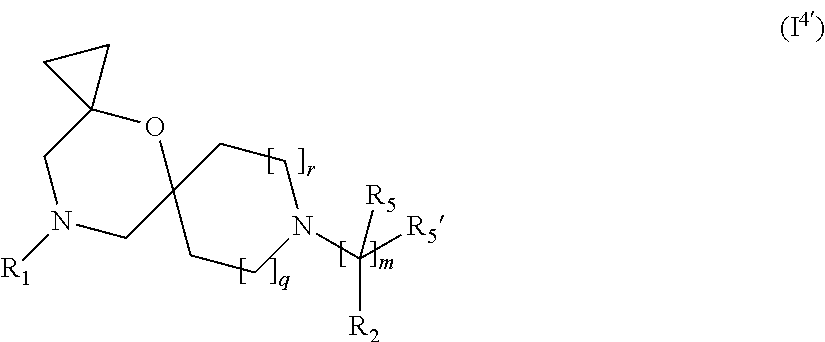
C00015

C00016
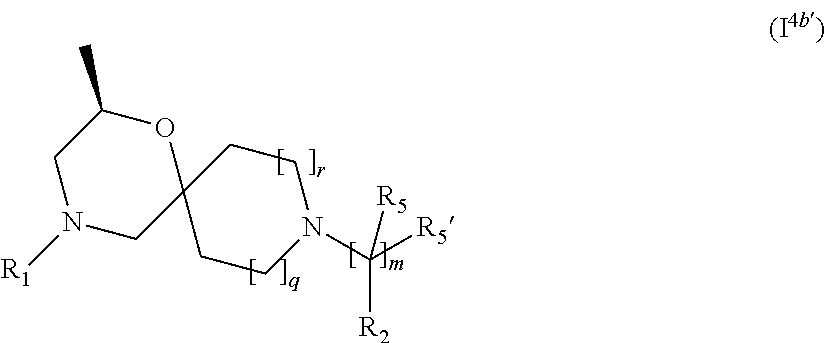
C00017
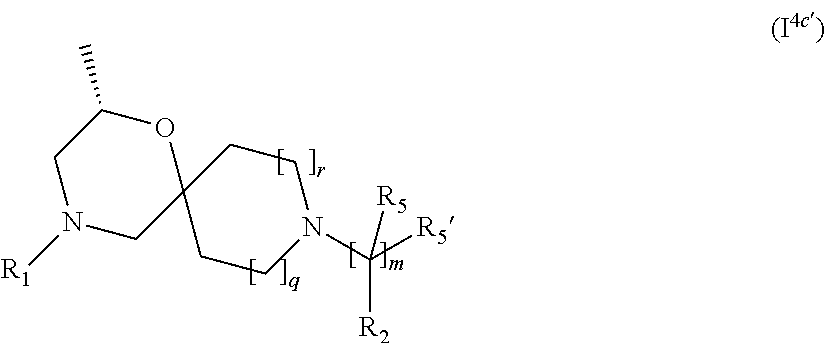
C00018

C00019
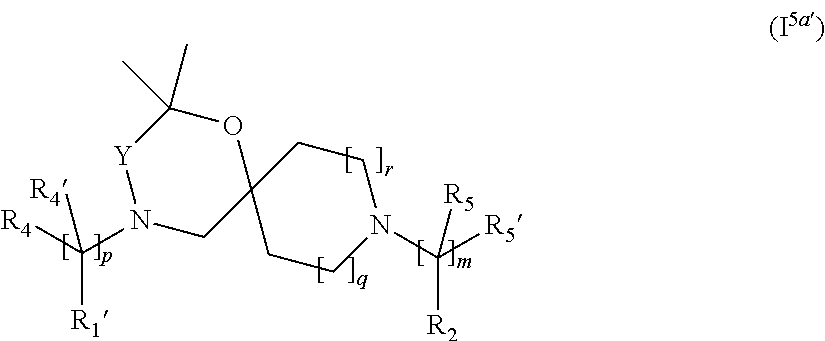
C00020

C00021

C00022
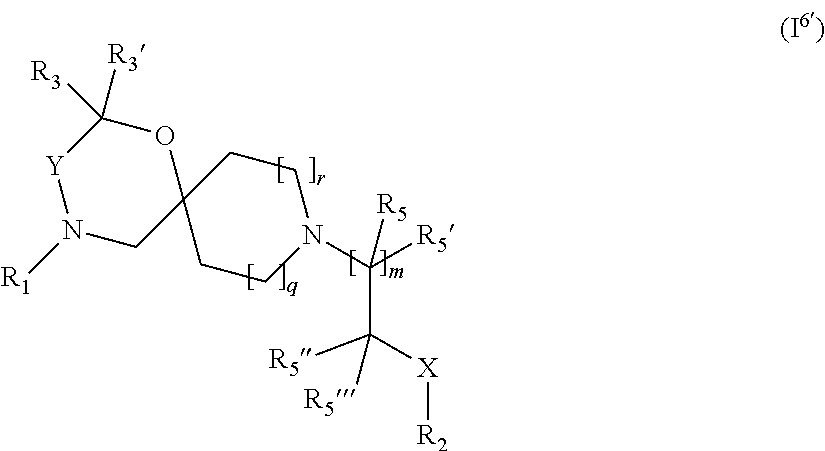
C00023
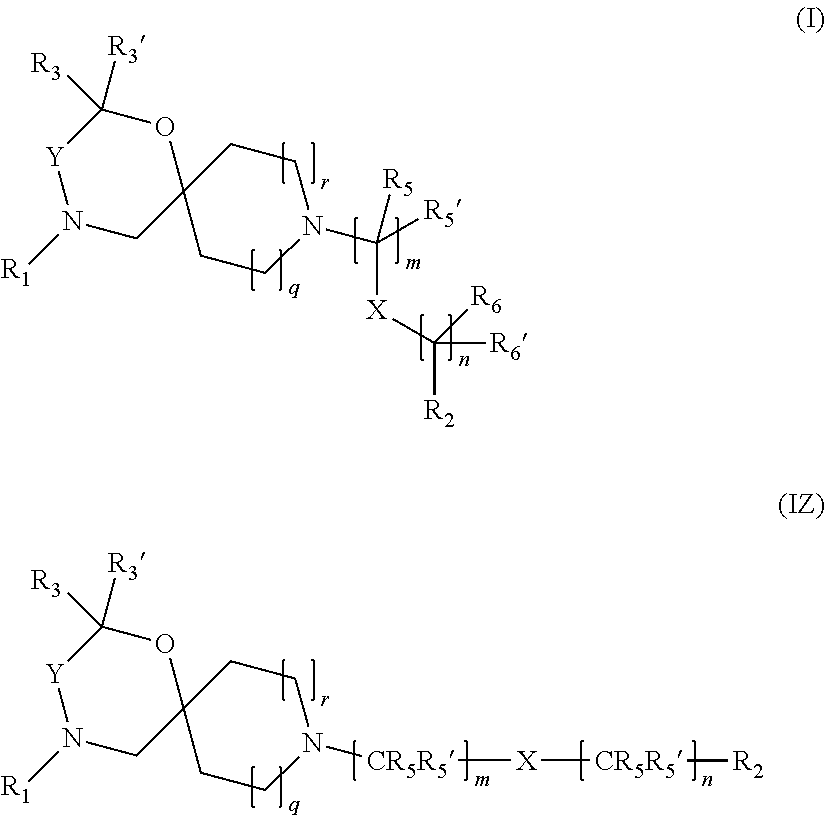
C00024

C00025

C00026
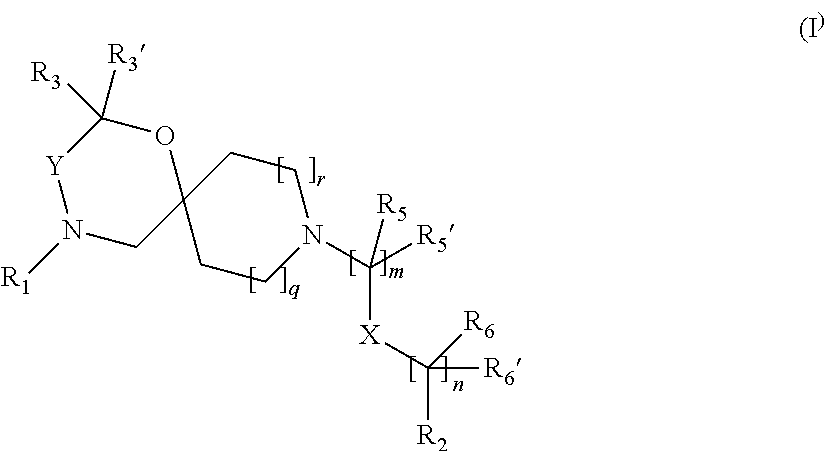
C00027

C00028

C00029

C00030

C00031
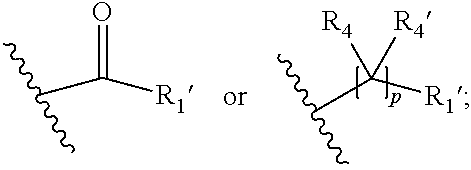
C00032
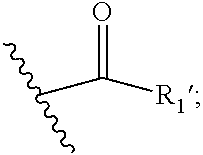
C00033
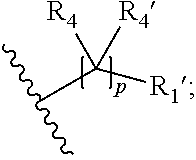
C00034
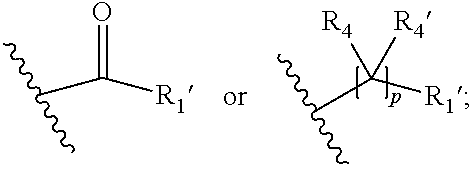
C00035

C00036
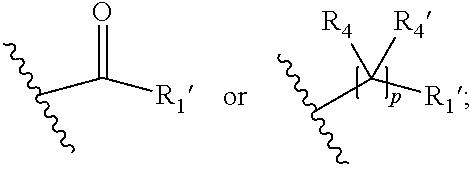
C00037

C00038

C00039
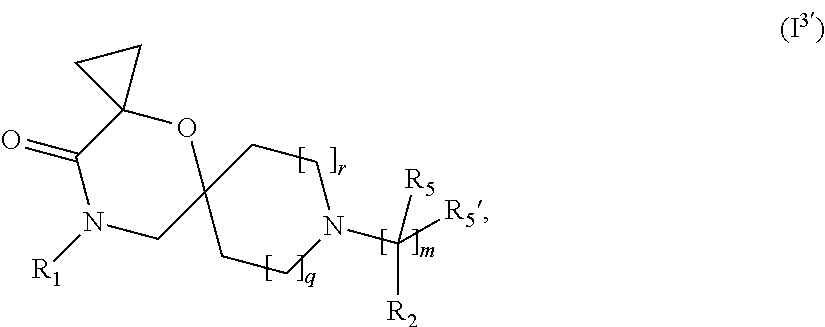
C00040

C00041
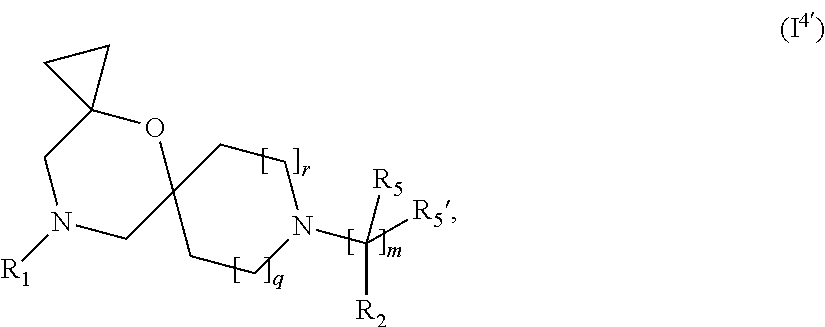
C00042
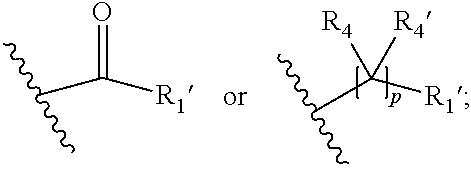
C00043

C00044

C00045
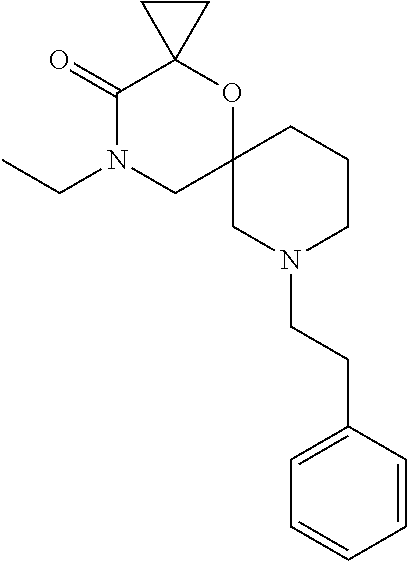
C00046

C00047

C00048
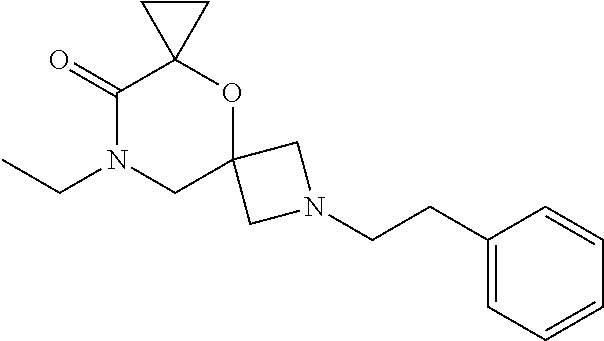
C00049

C00050

C00051
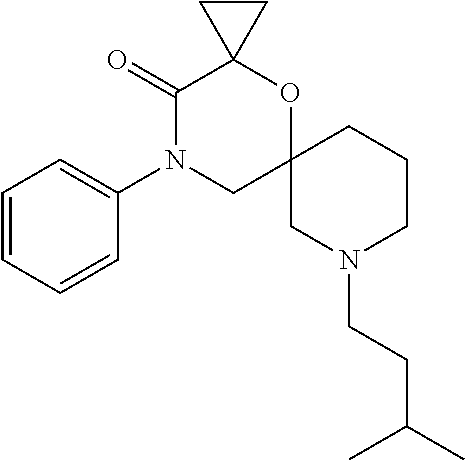
C00052
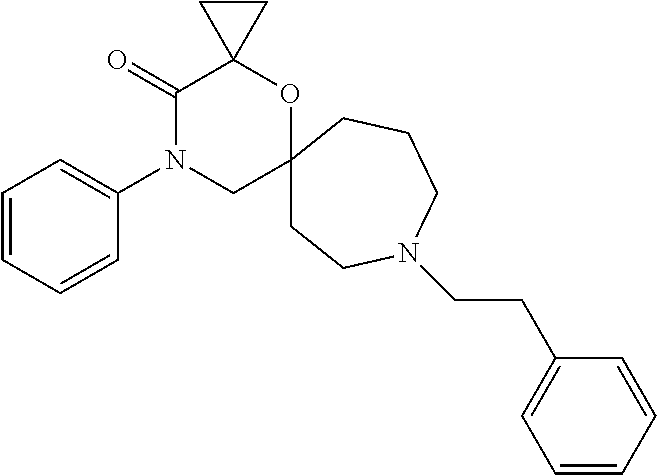
C00053

C00054

C00055
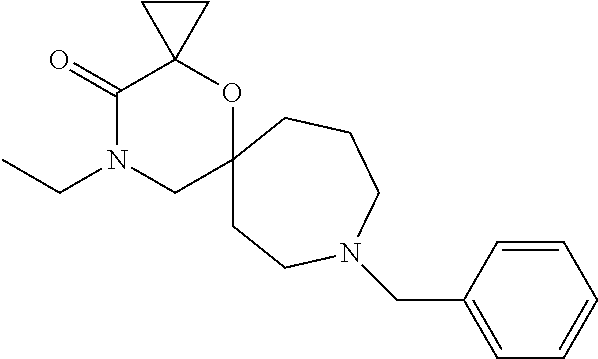
C00056
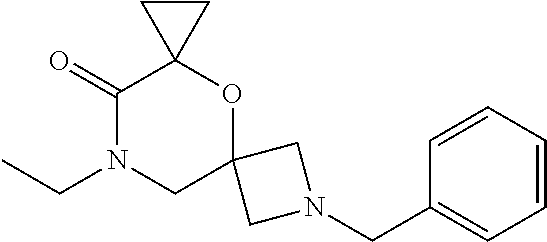
C00057
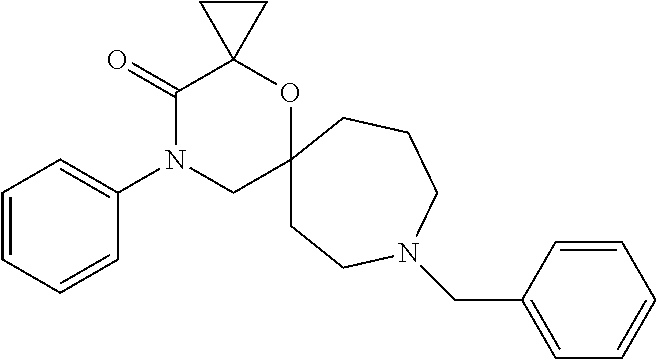
C00058

C00059
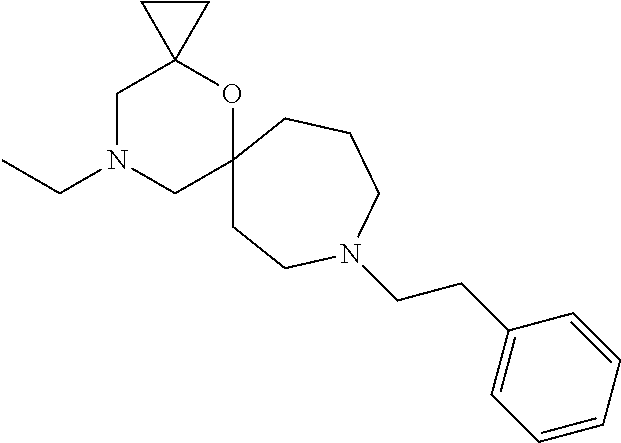
C00060
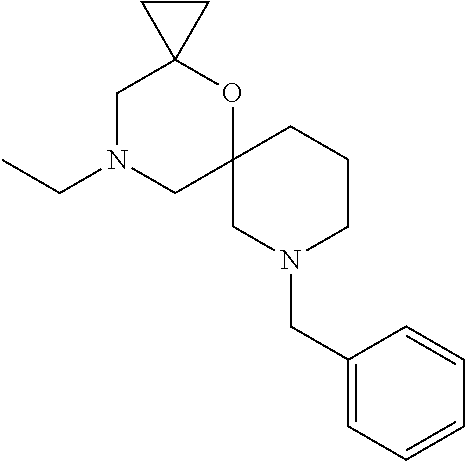
C00061
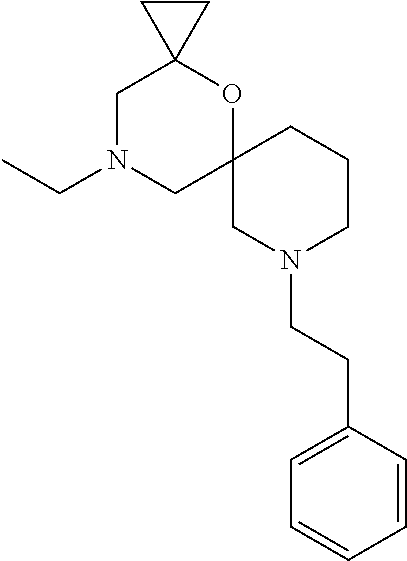
C00062
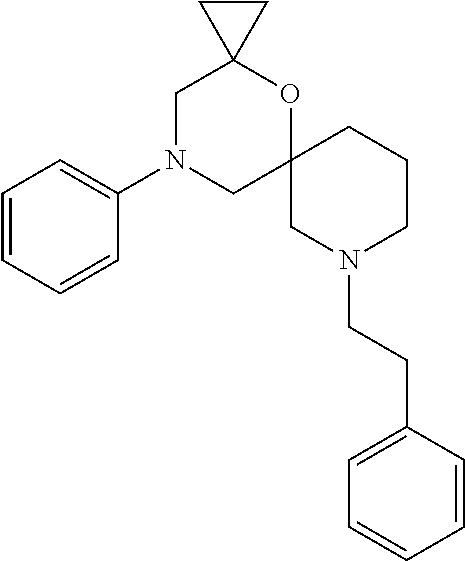
C00063
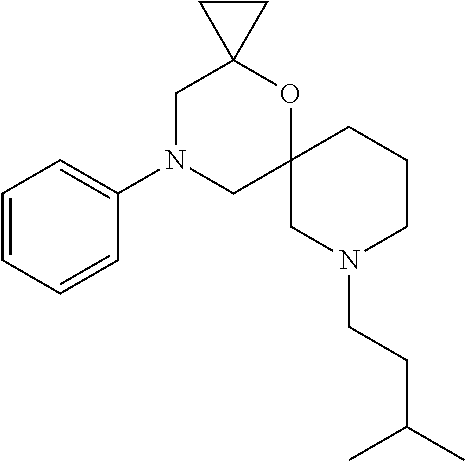
C00064
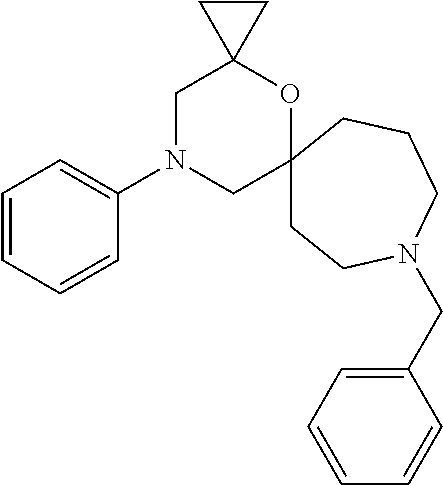
C00065
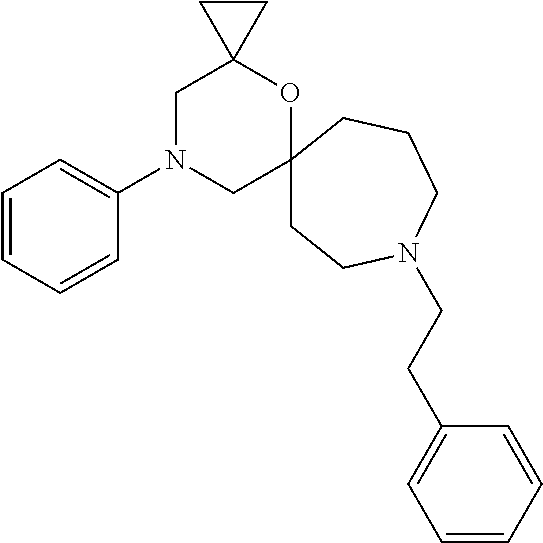
C00066
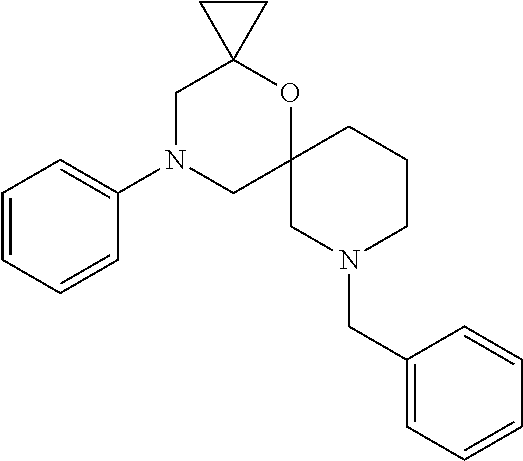
C00067
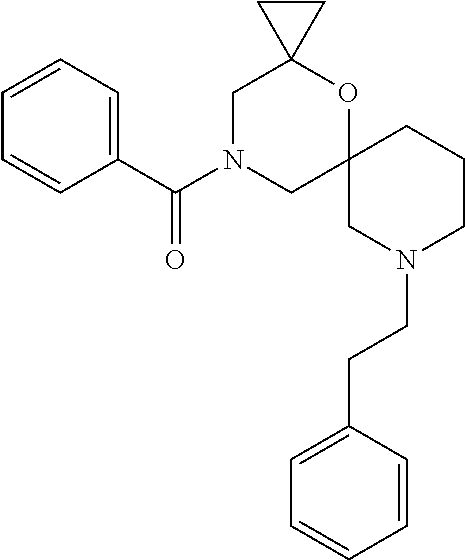
C00068
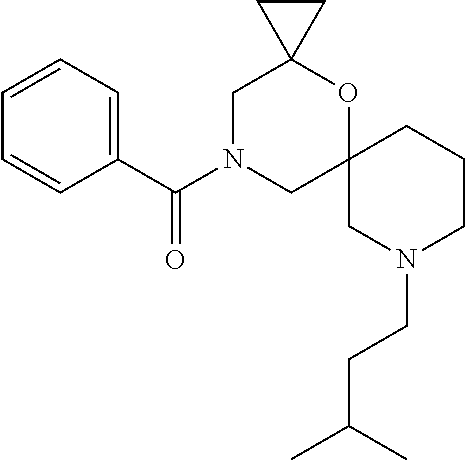
C00069
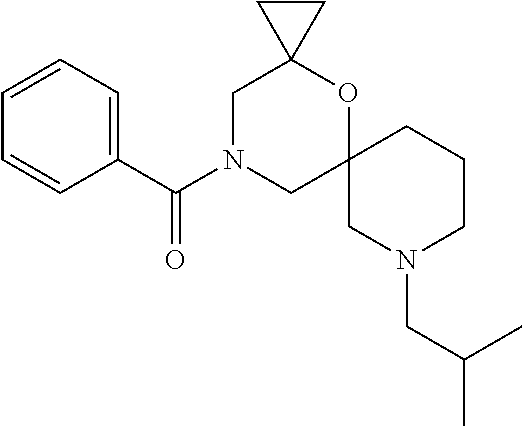
C00070
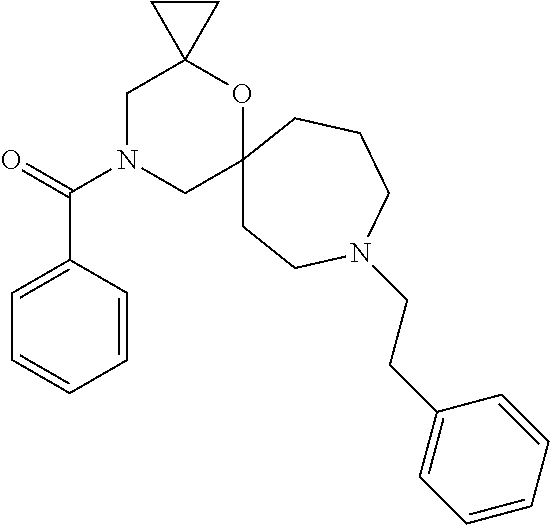
C00071

C00072
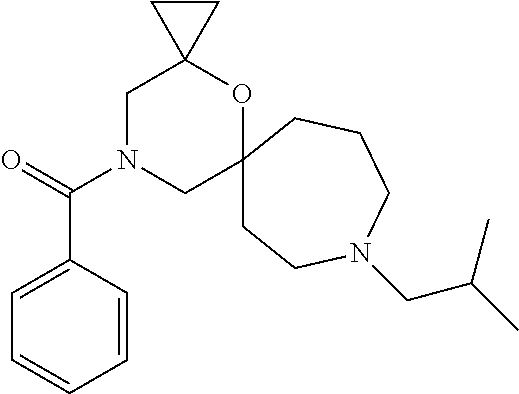
C00073
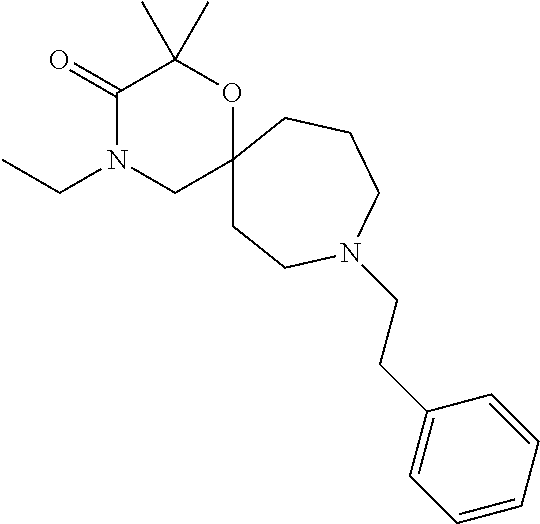
C00074
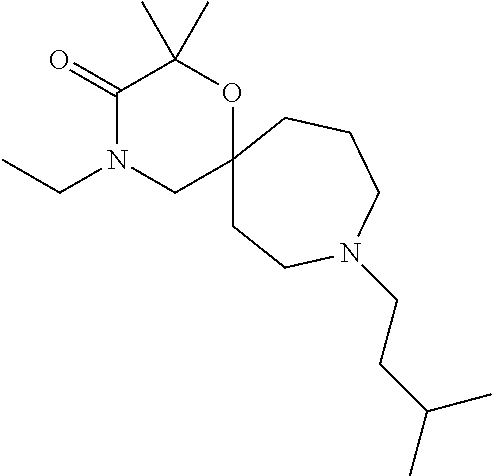
C00075
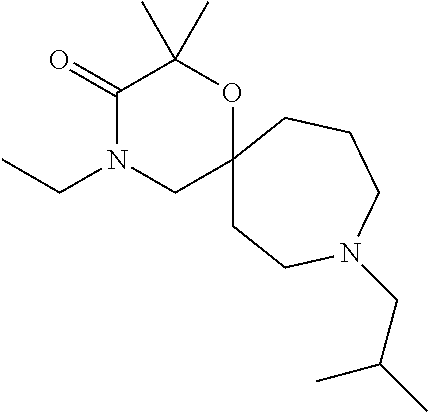
C00076
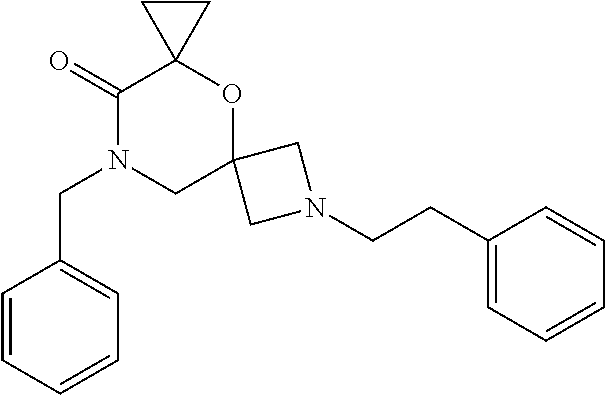
C00077
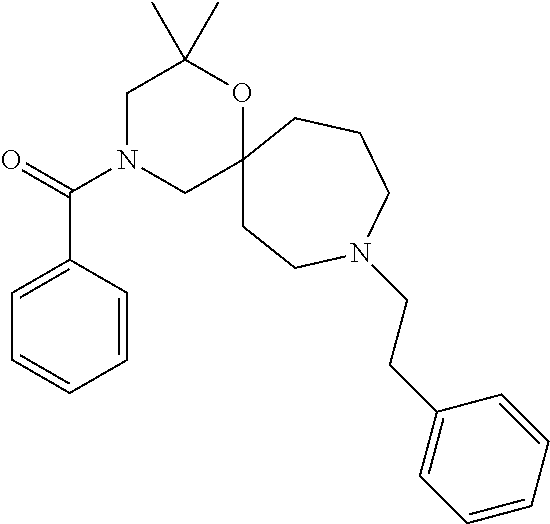
C00078
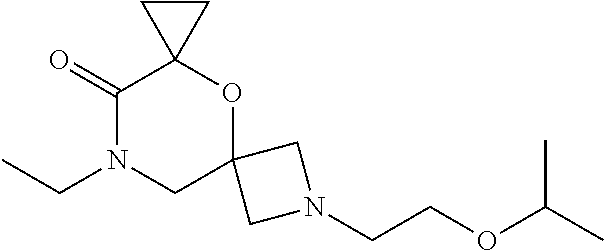
C00079
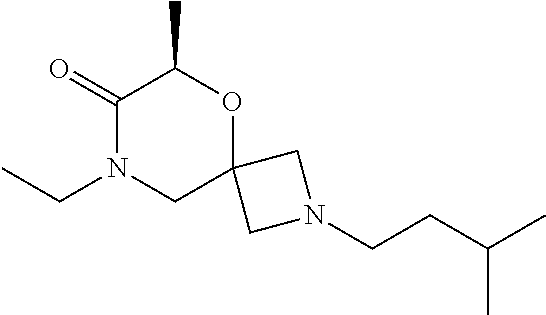
C00080
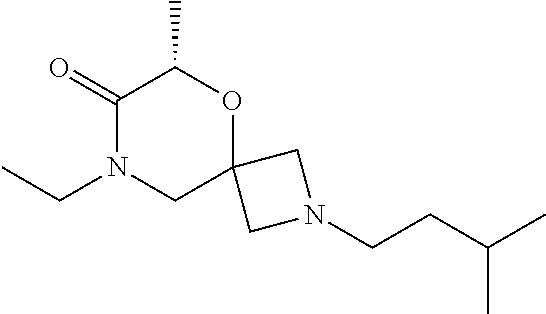
C00081
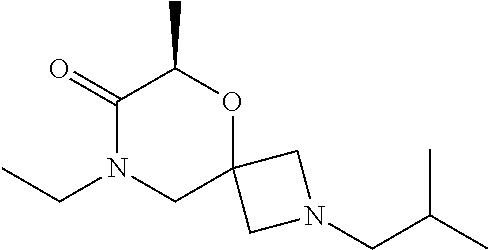
C00082

C00083

C00084
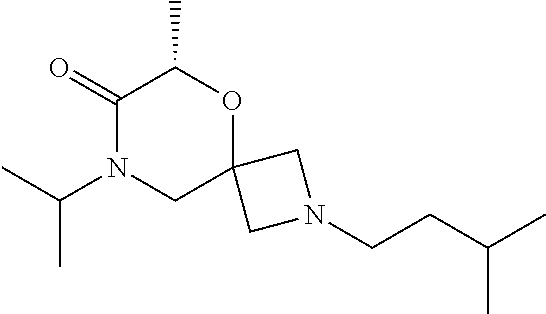
C00085
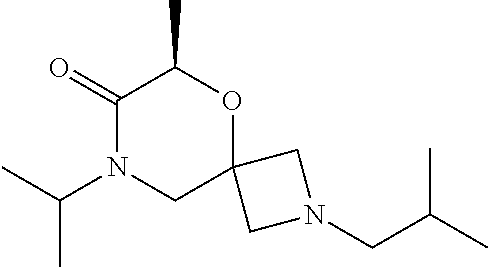
C00086

C00087

C00088
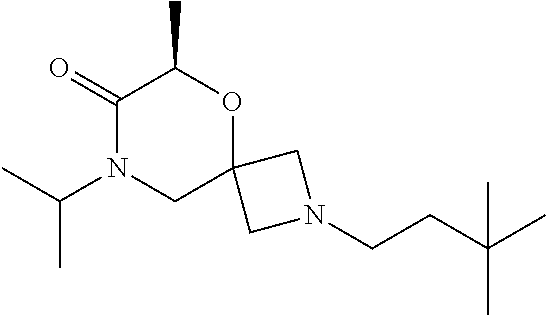
C00089

C00090

C00091
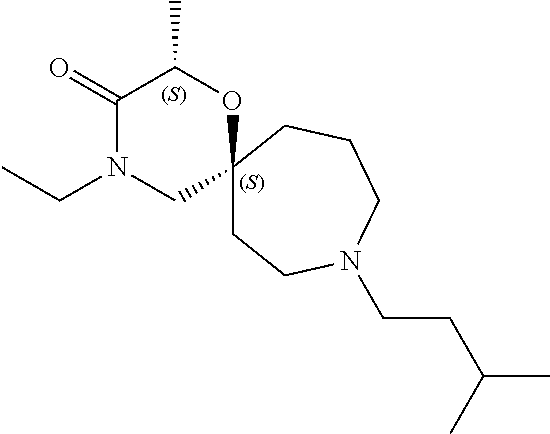
C00092
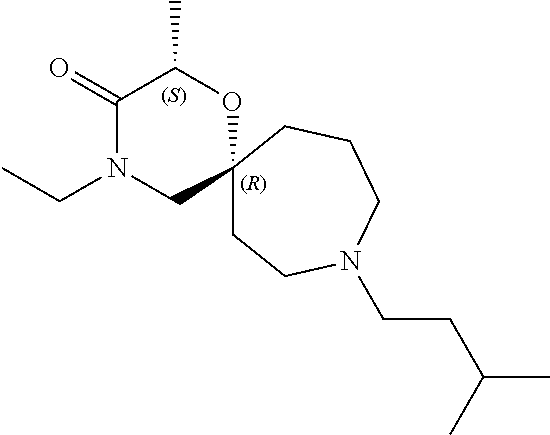
C00093
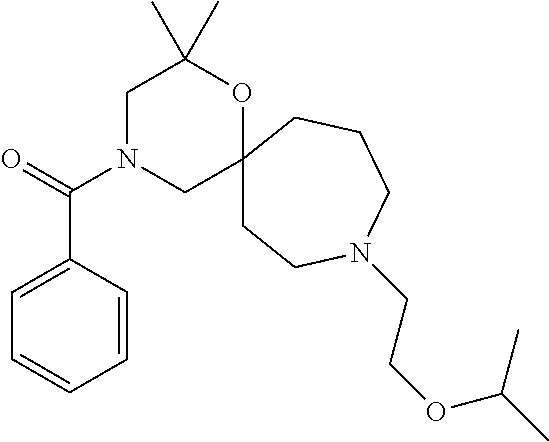
C00094

C00095
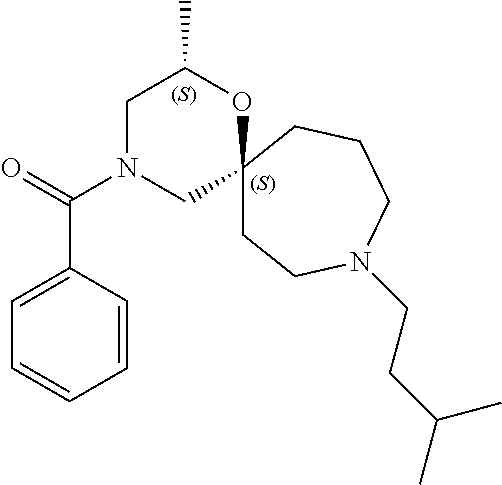
C00096
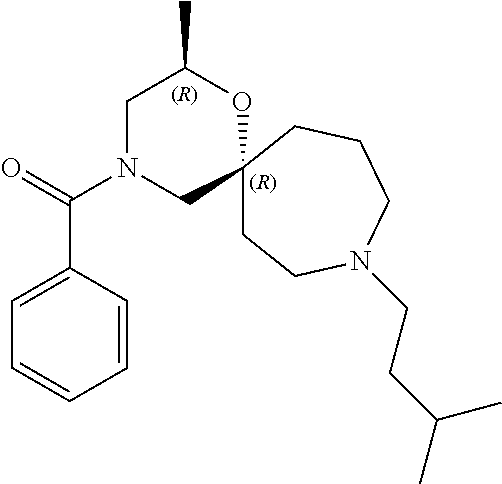
C00097
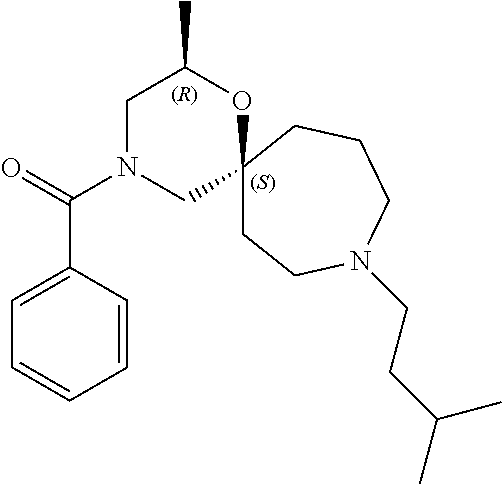
C00098

C00099
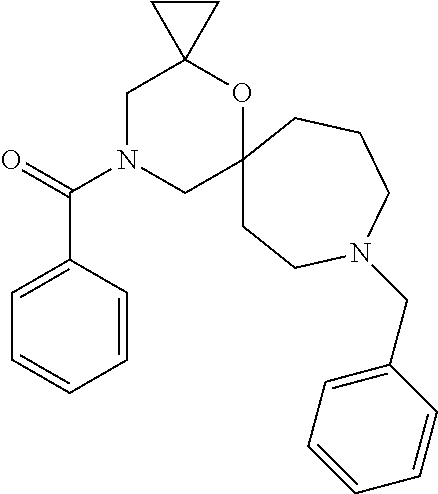
C00100
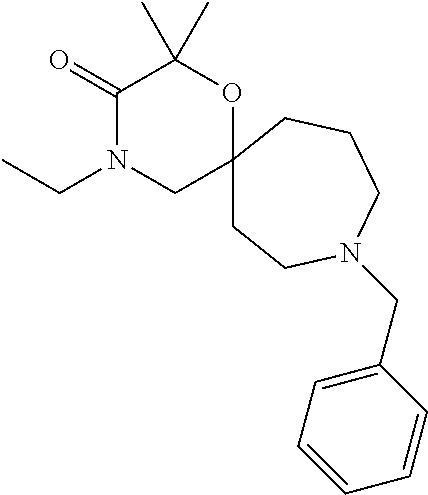
C00101
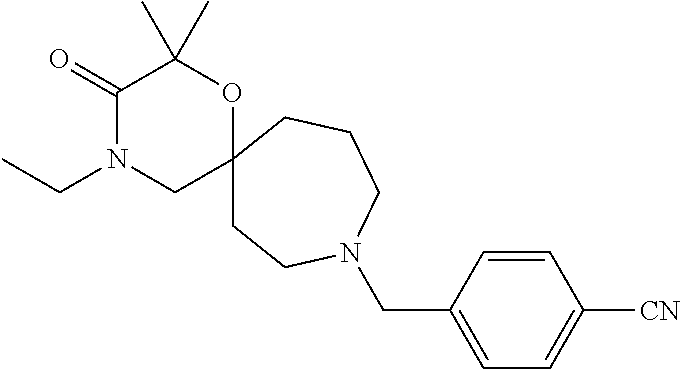
C00102

C00103

C00104
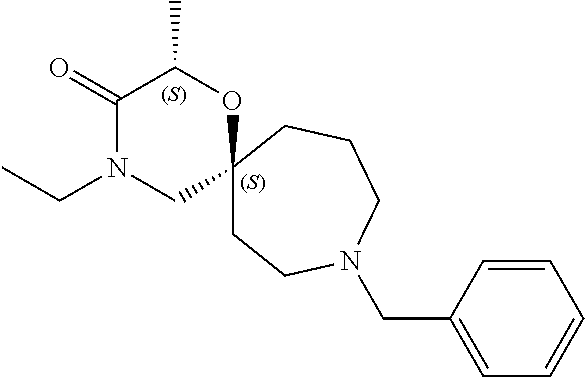
C00105

C00106
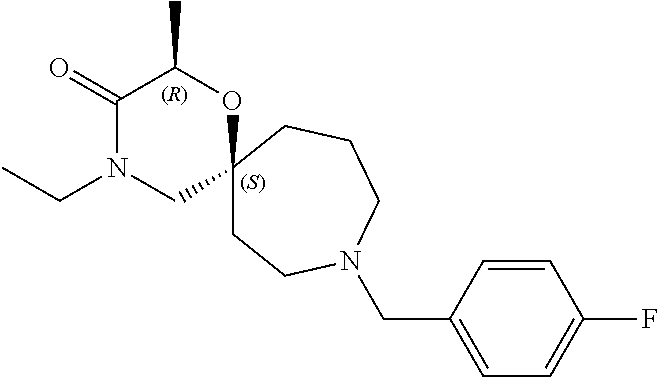
C00107

C00108
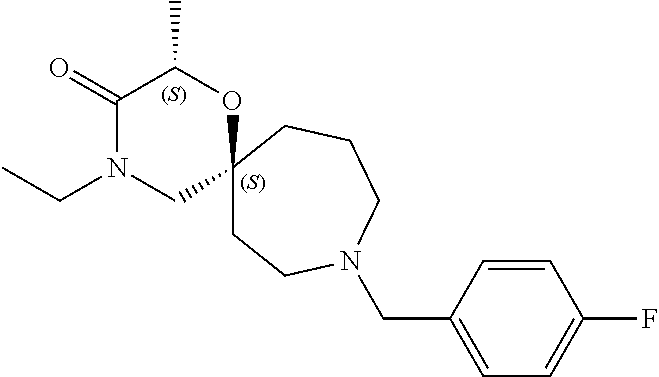
C00109

C00110

C00111

C00112
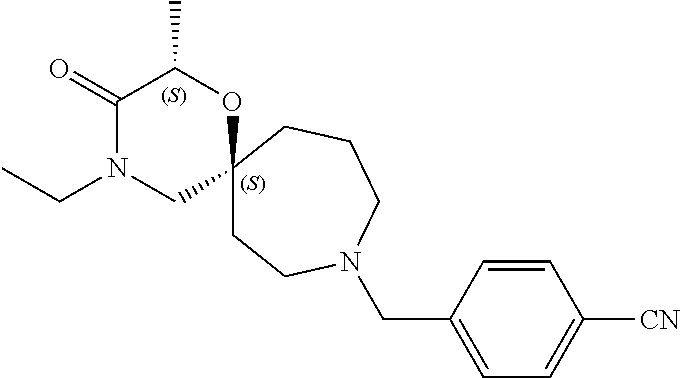
C00113
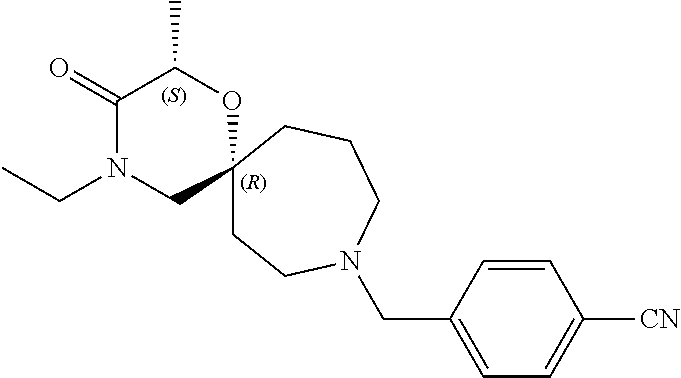
C00114
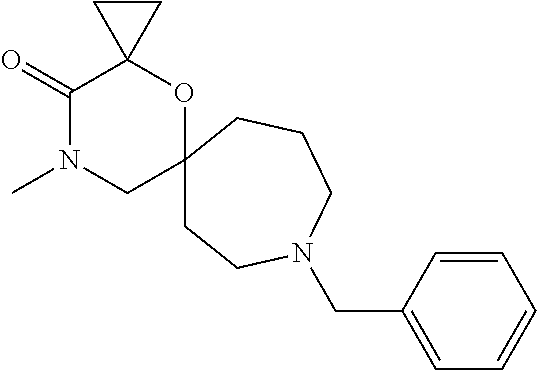
C00115
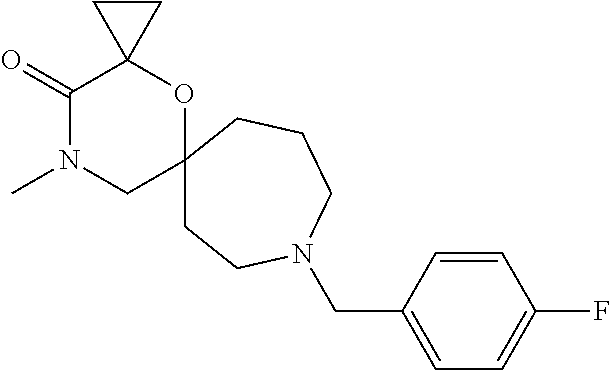
C00116
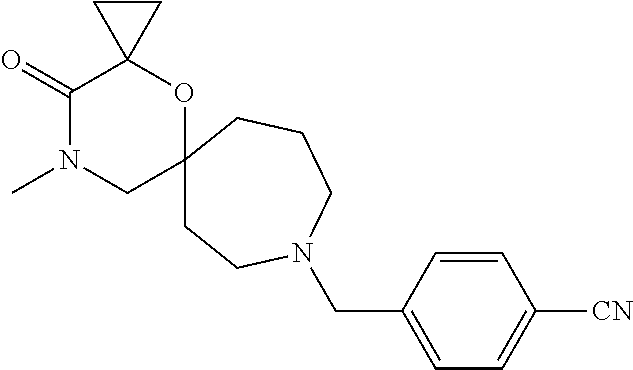
C00117
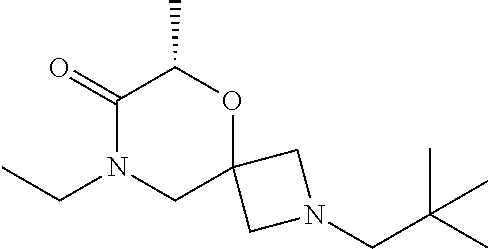
C00118

C00119
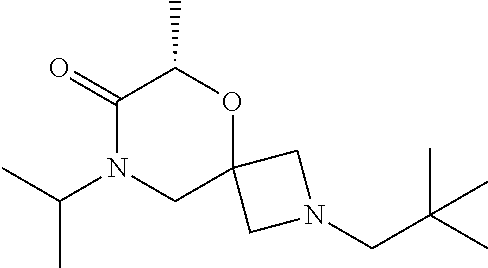
C00120

C00121
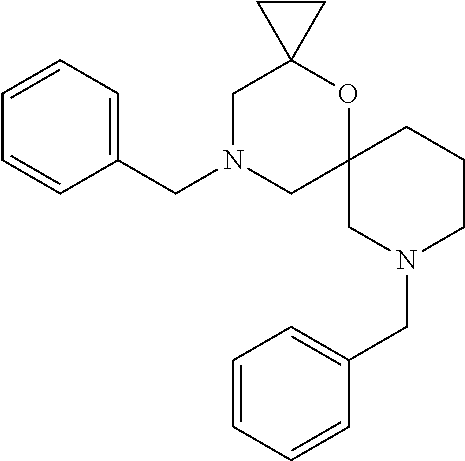
C00122

C00123
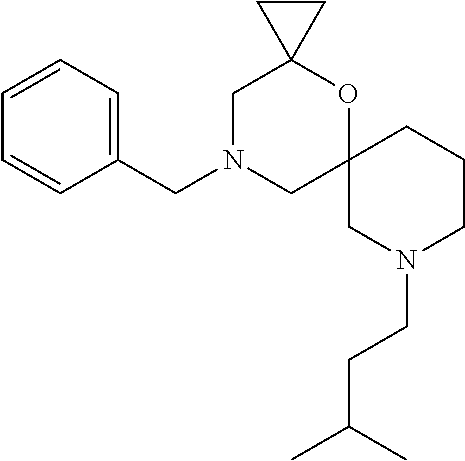
C00124
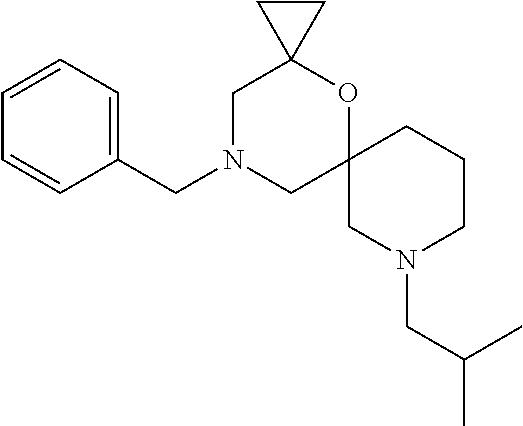
C00125
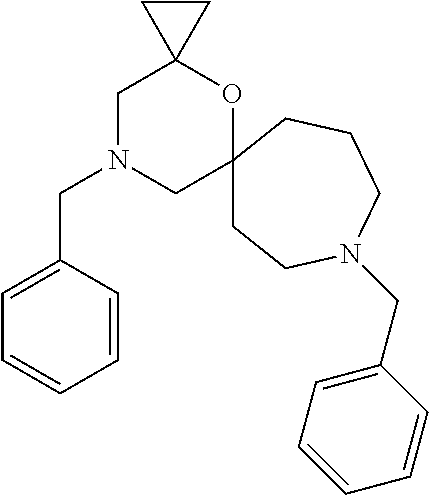
C00126
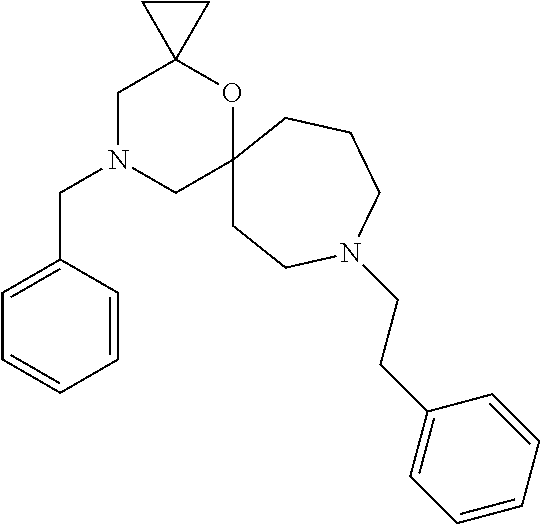
C00127
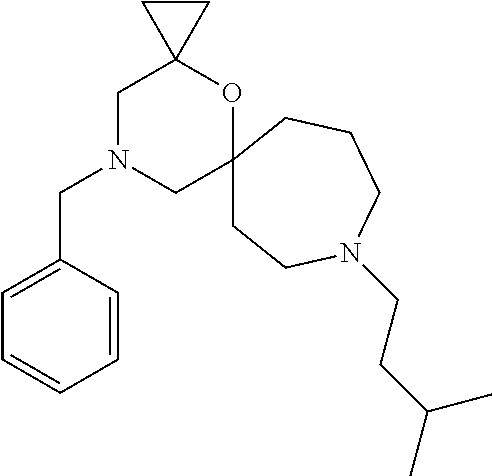
C00128

C00129
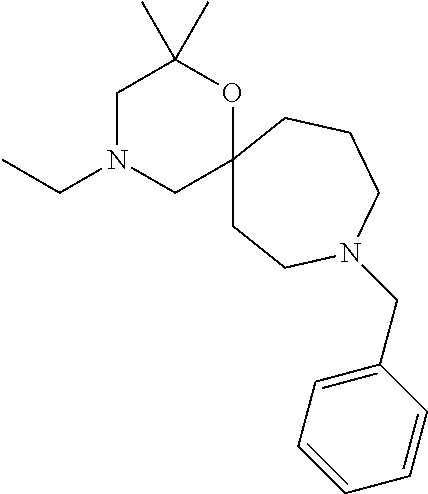
C00130
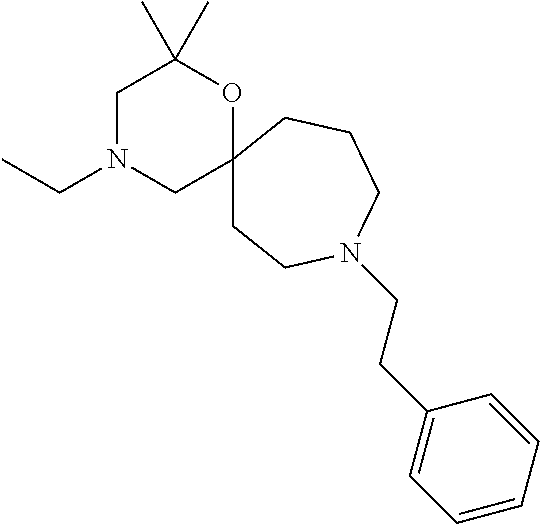
C00131
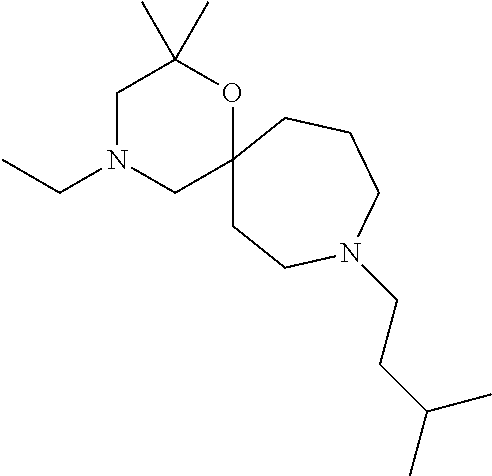
C00132
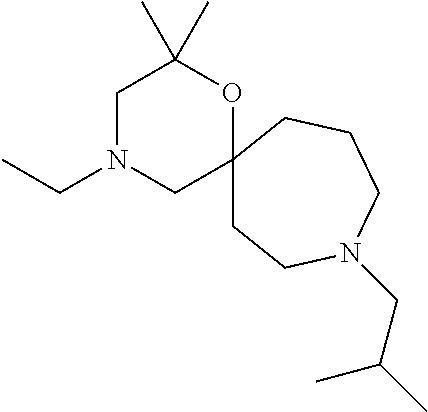
C00133

C00134
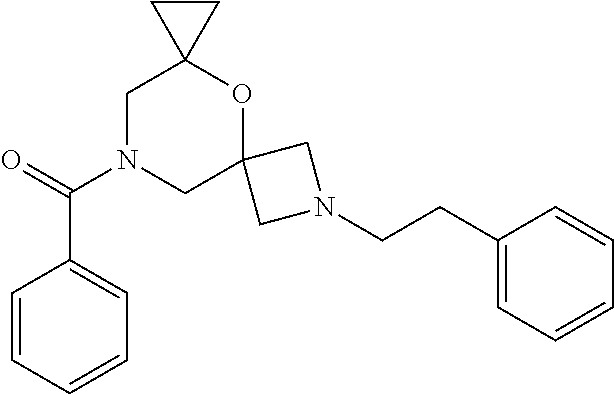
C00135

C00136

C00137

C00138

C00139

C00140

C00141

C00142
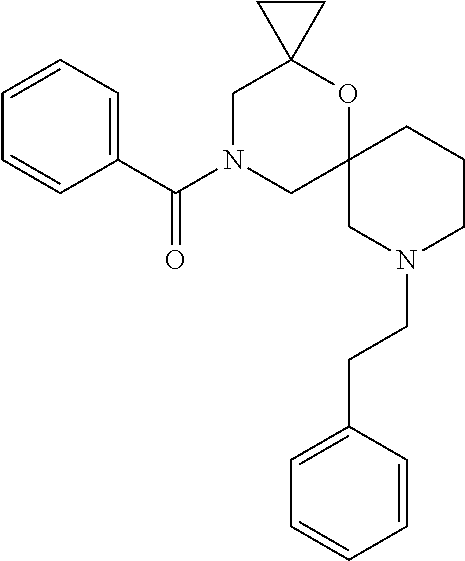
C00143

C00144

C00145
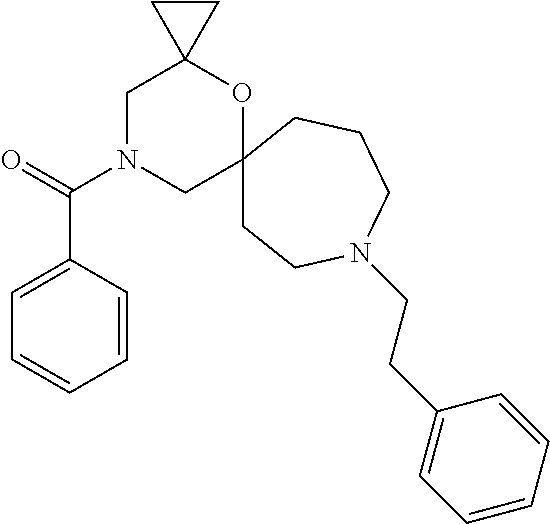
C00146
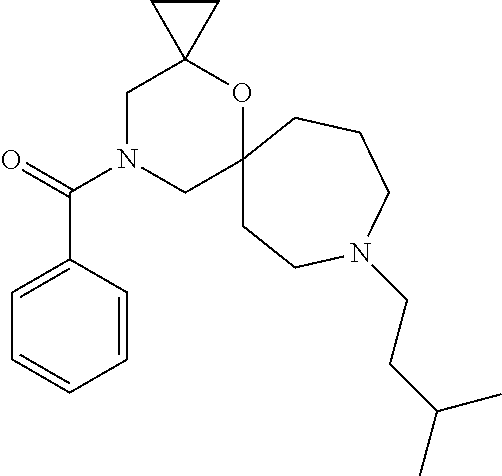
C00147
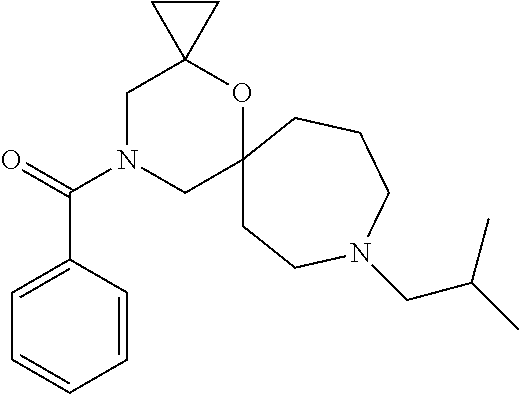
C00148
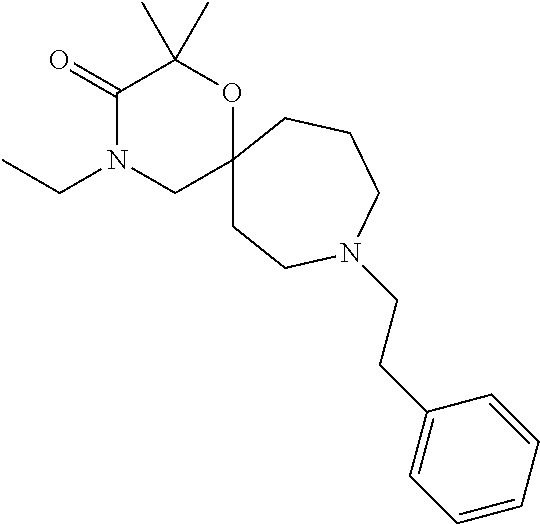
C00149

C00150
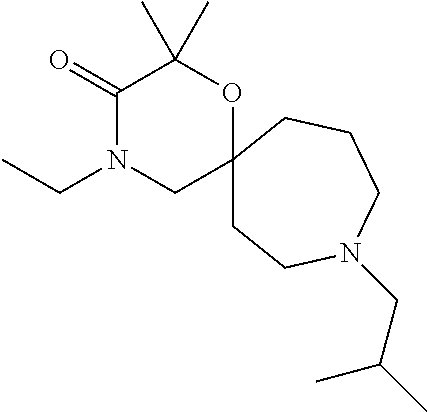
C00151
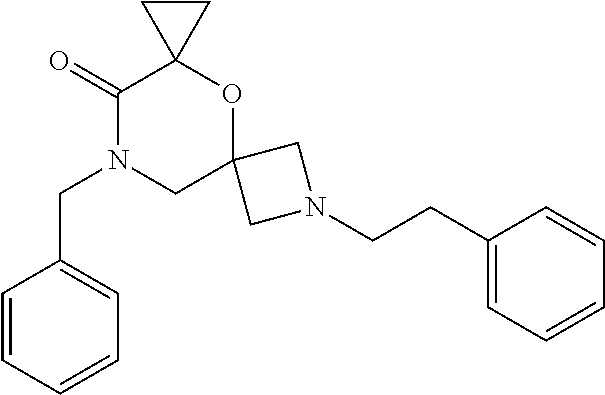
C00152

C00153

C00154

C00155
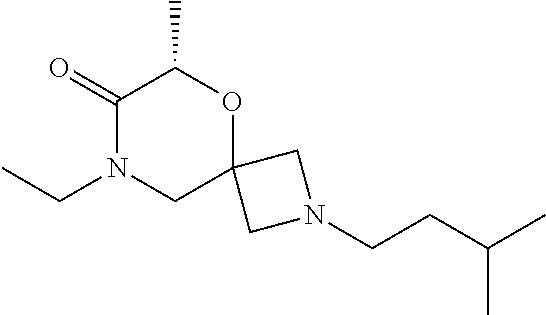
C00156
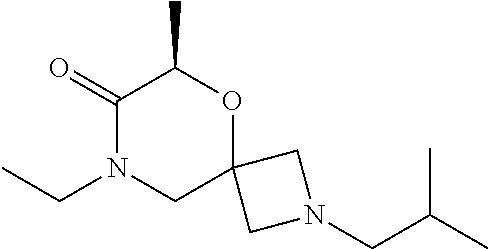
C00157
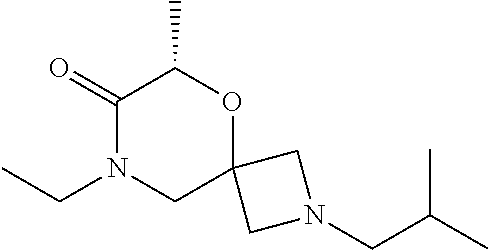
C00158
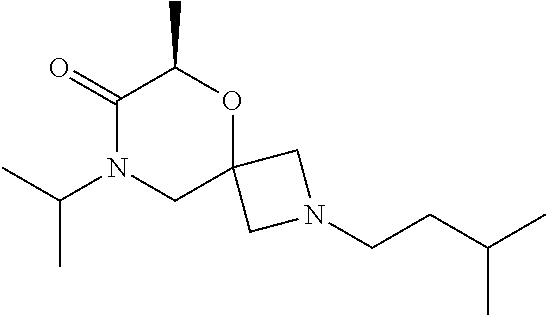
C00159
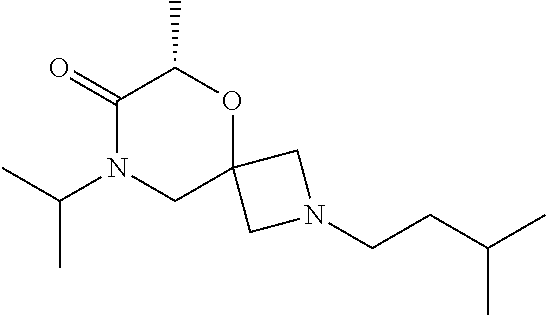
C00160
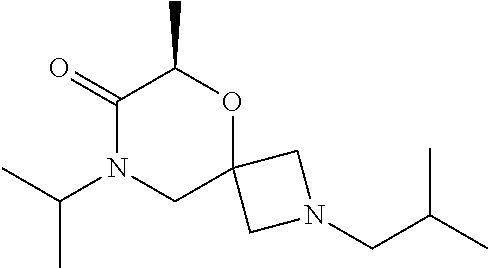
C00161

C00162
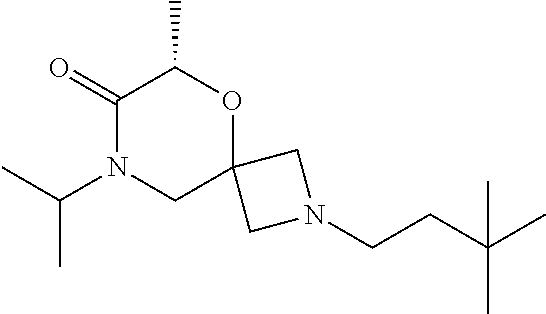
C00163
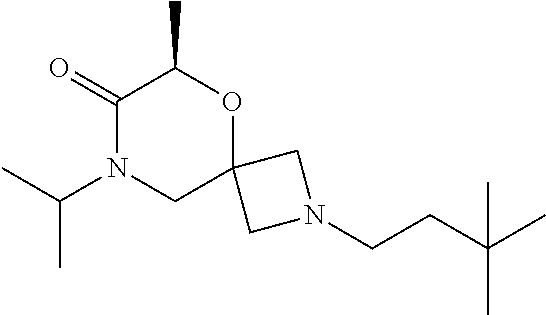
C00164
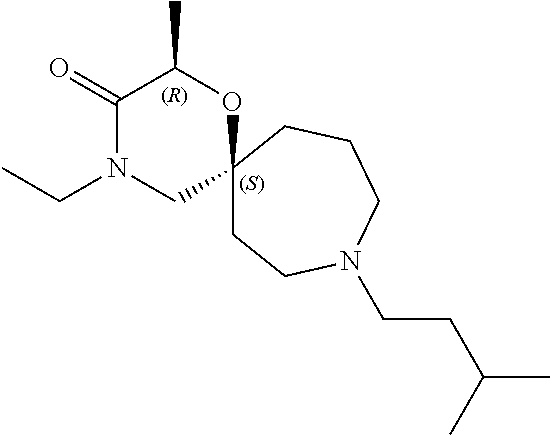
C00165

C00166
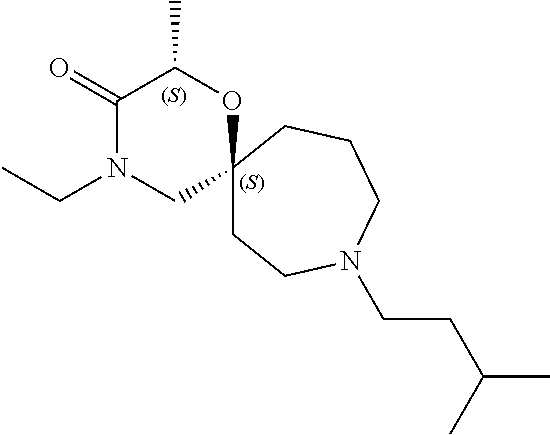
C00167
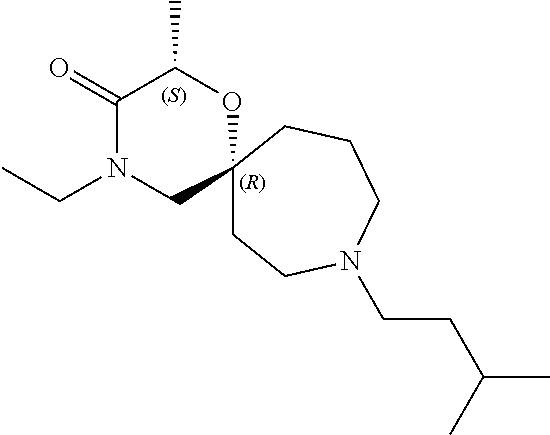
C00168

C00169

C00170

C00171

C00172
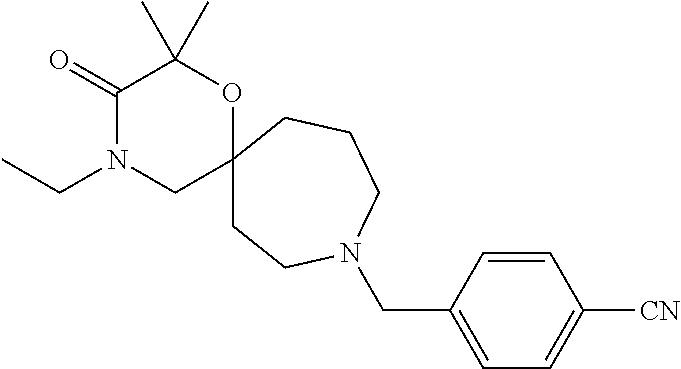
C00173
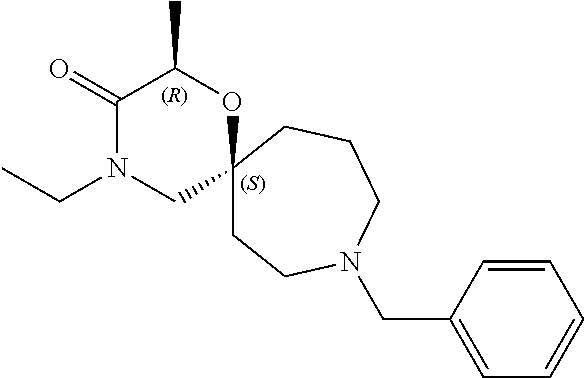
C00174
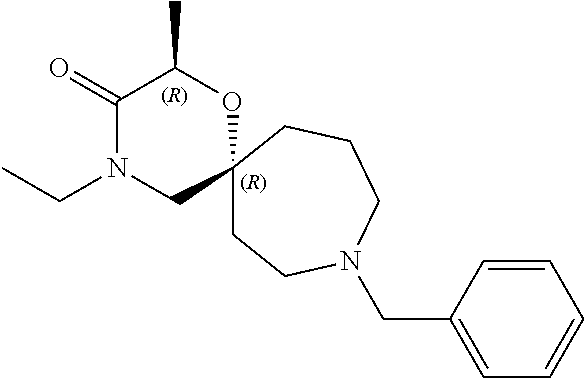
C00175

C00176
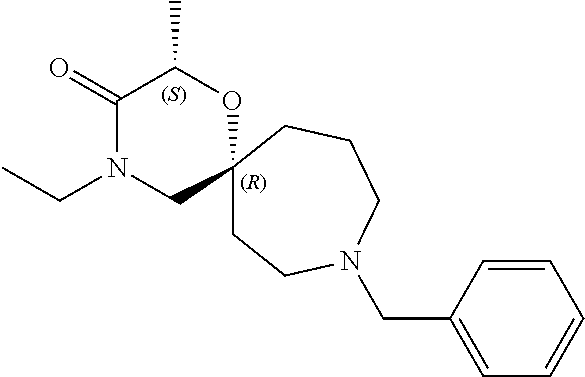
C00177

C00178
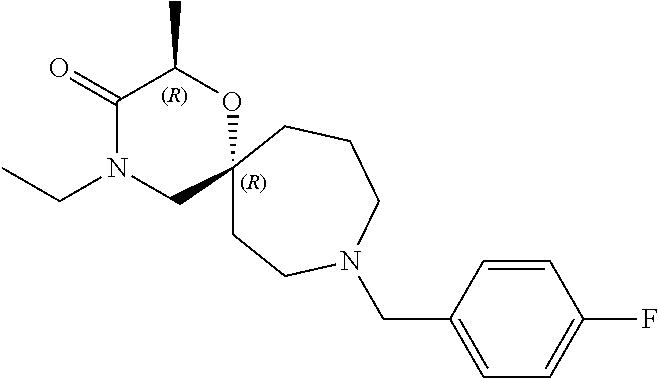
C00179
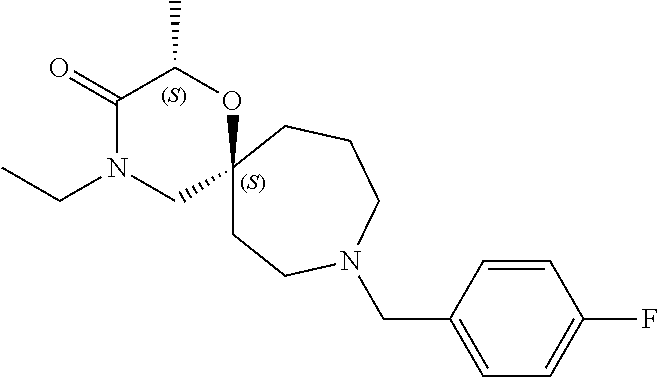
C00180
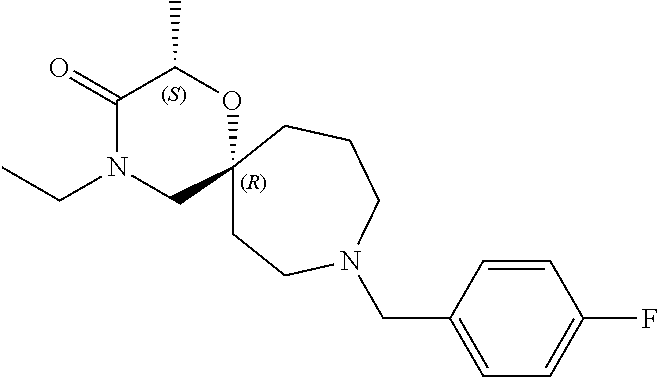
C00181

C00182
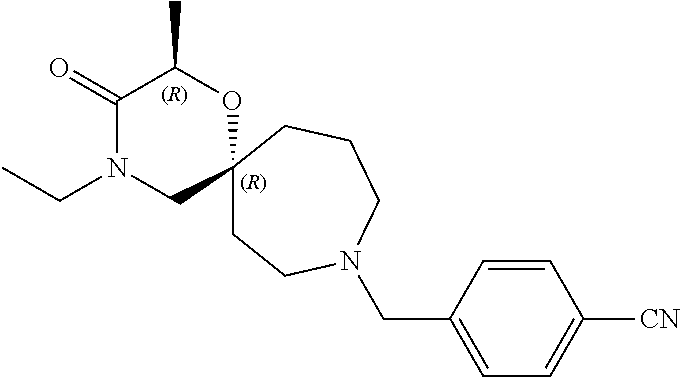
C00183

C00184

C00185
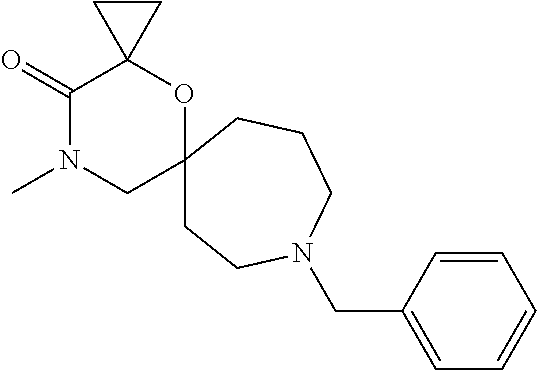
C00186
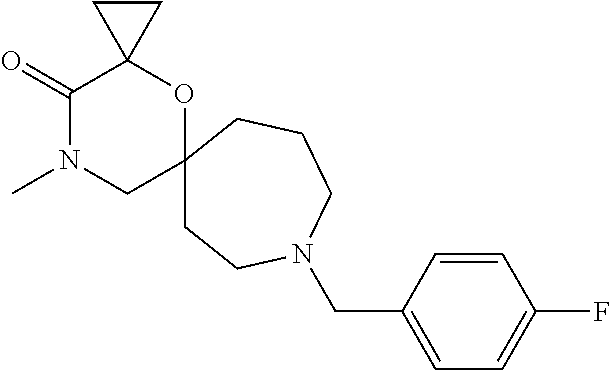
C00187

C00188

C00189
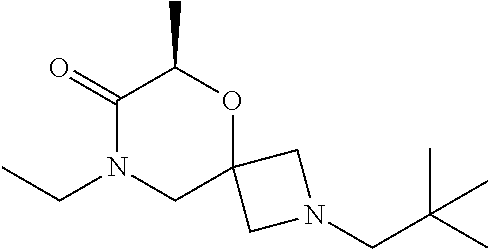
C00190
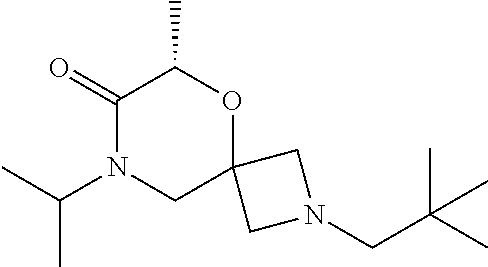
C00191

C00192
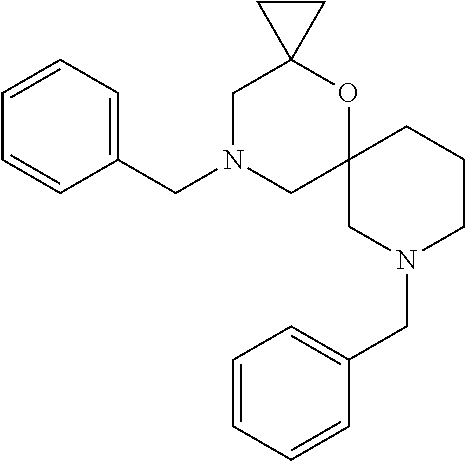
C00193
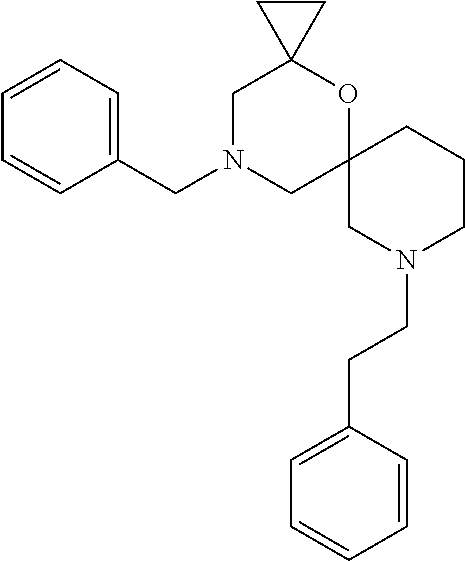
C00194
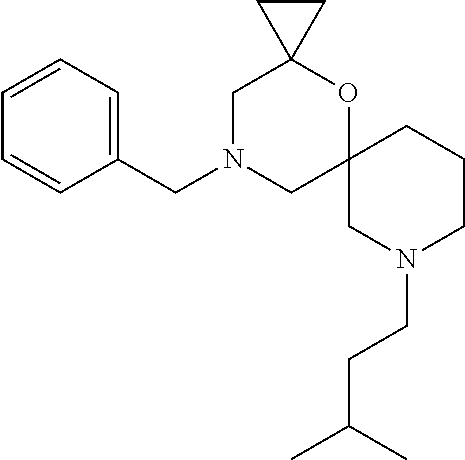
C00195

C00196
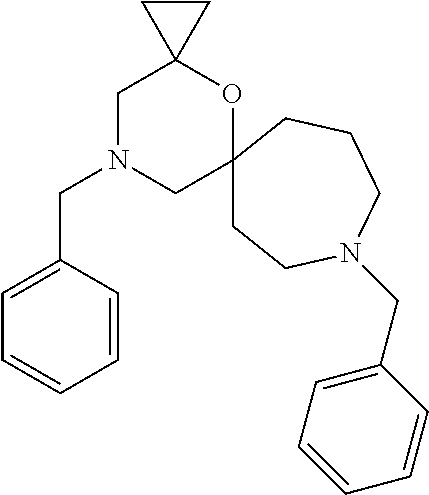
C00197

C00198

C00199
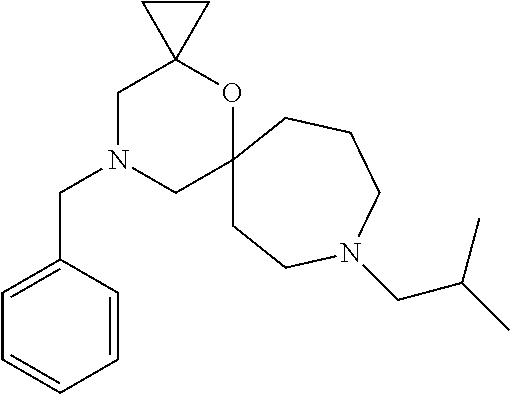
C00200

C00201
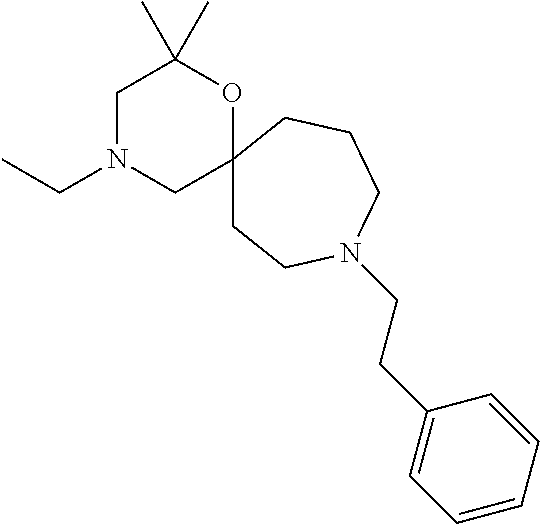
C00202
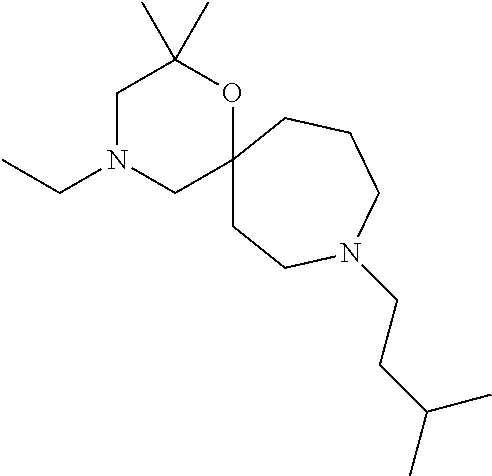
C00203
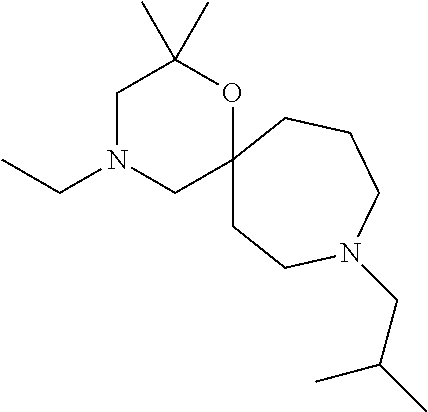
C00204
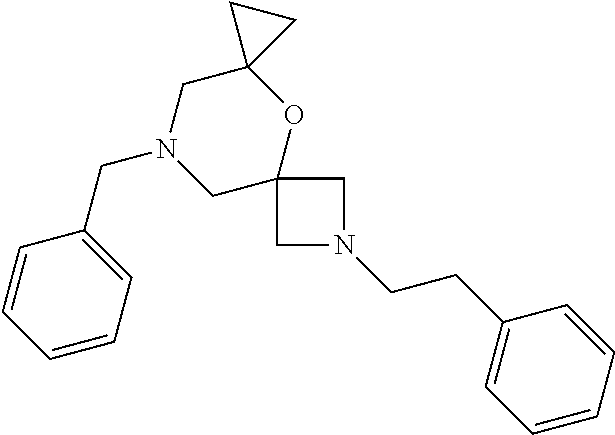
C00205

C00206
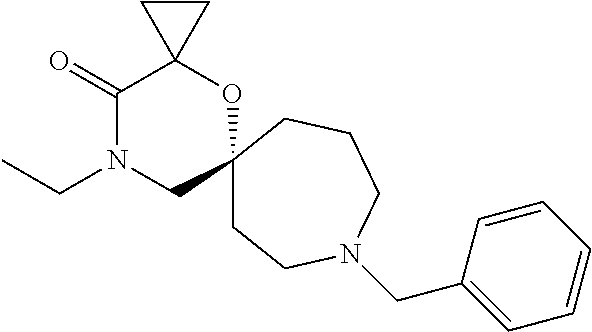
C00207

C00208
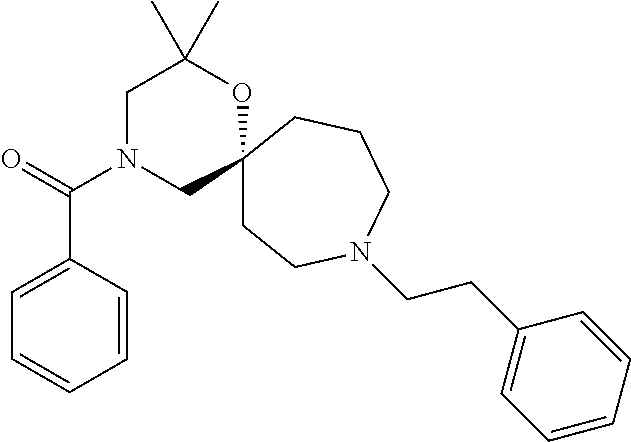
C00209
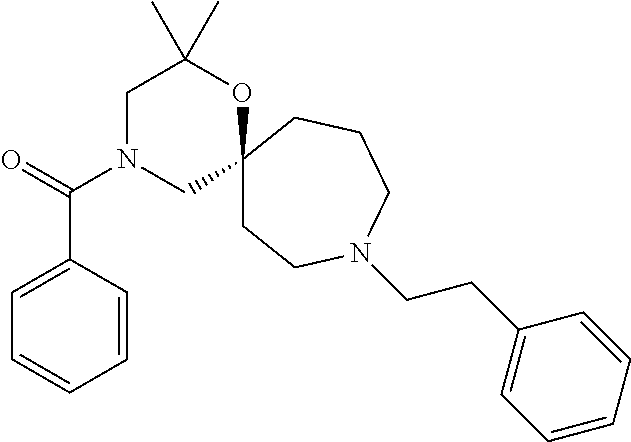
C00210

C00211
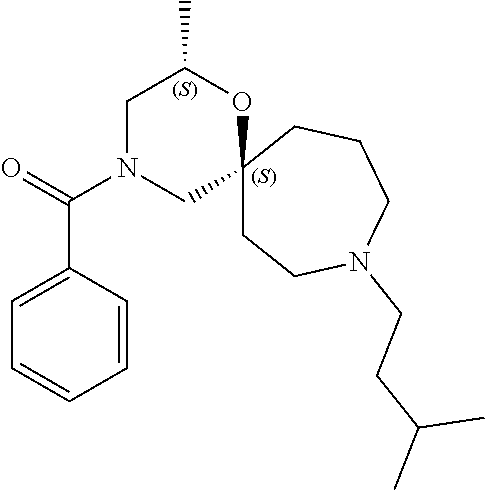
C00212
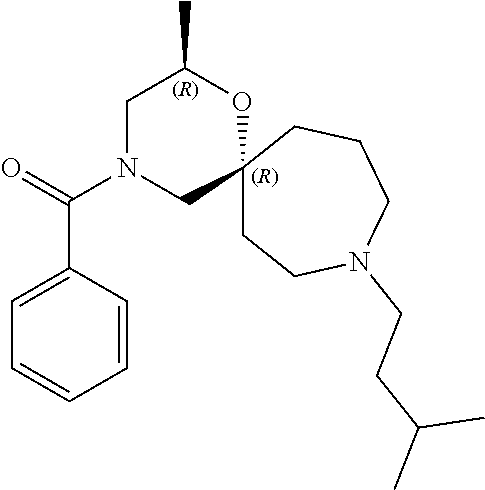
C00213
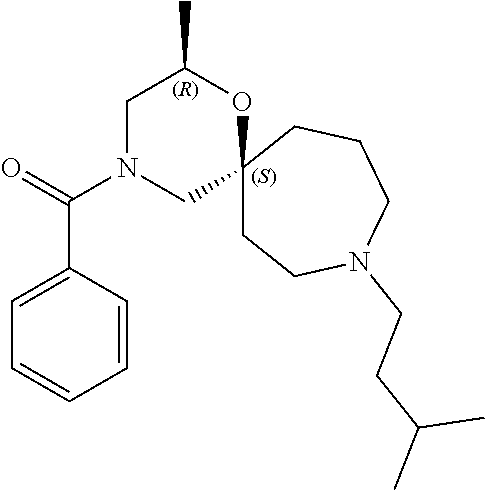
C00214
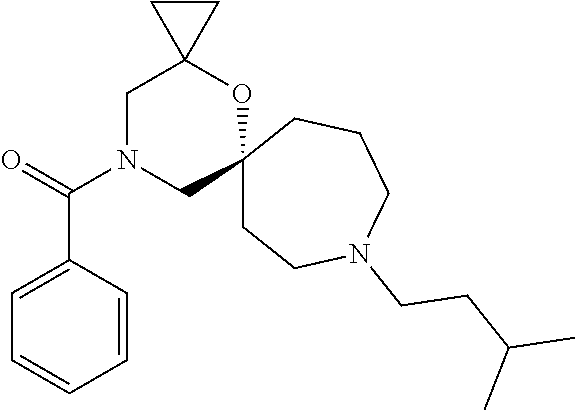
C00215
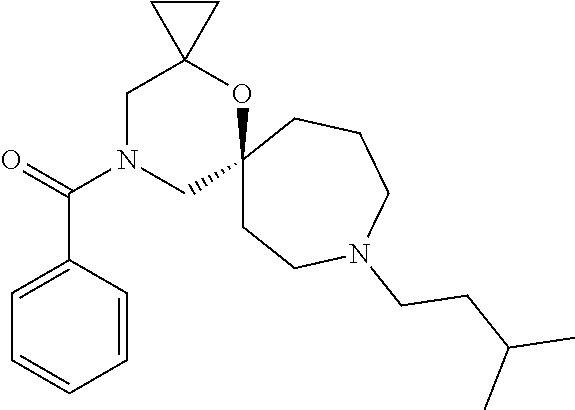
C00216

C00217

C00218

C00219

C00220

C00221

C00222
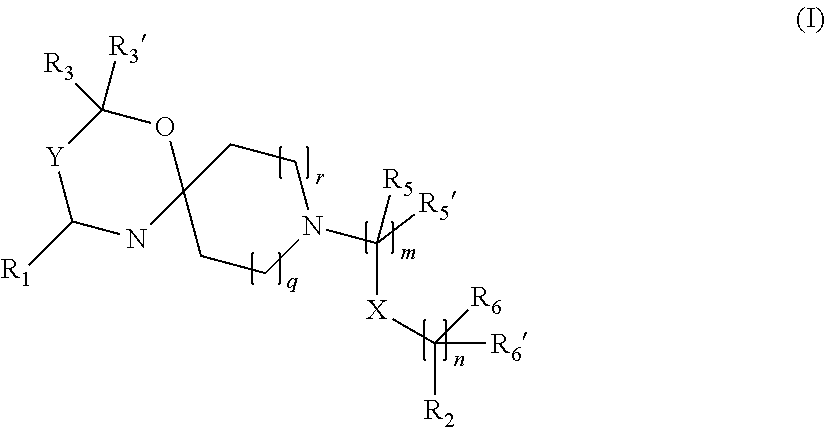
C00223

C00224
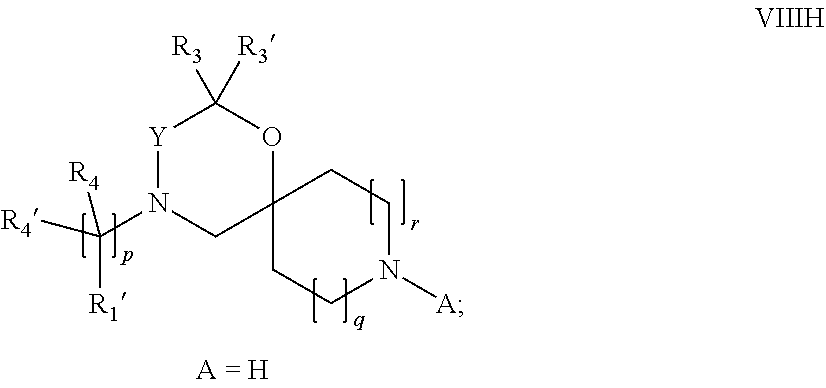
C00225
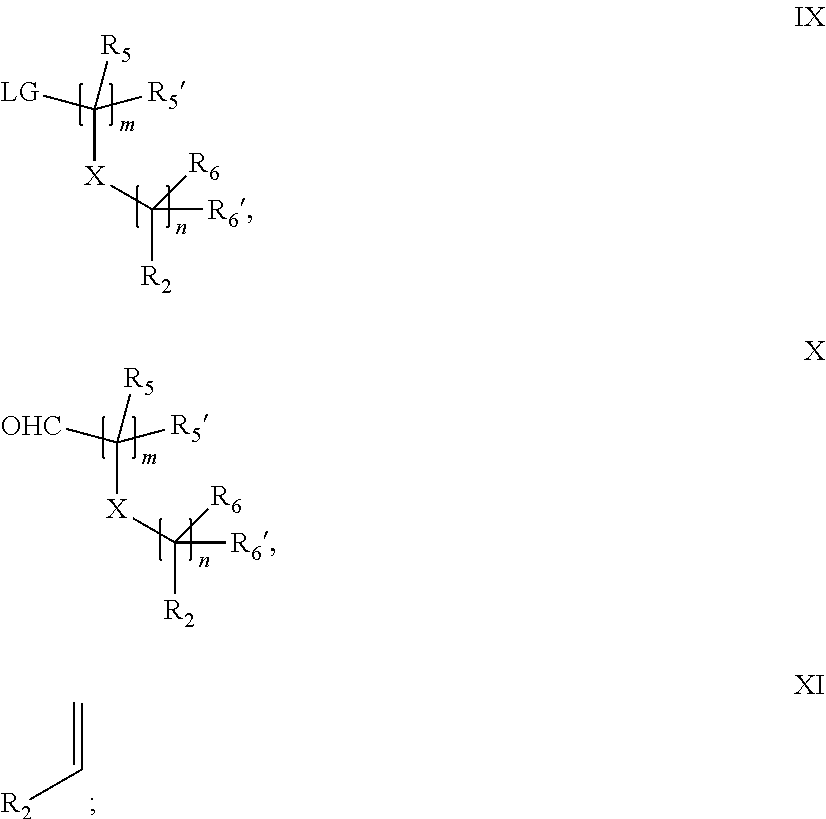
C00226

C00227

C00228

C00229

C00230
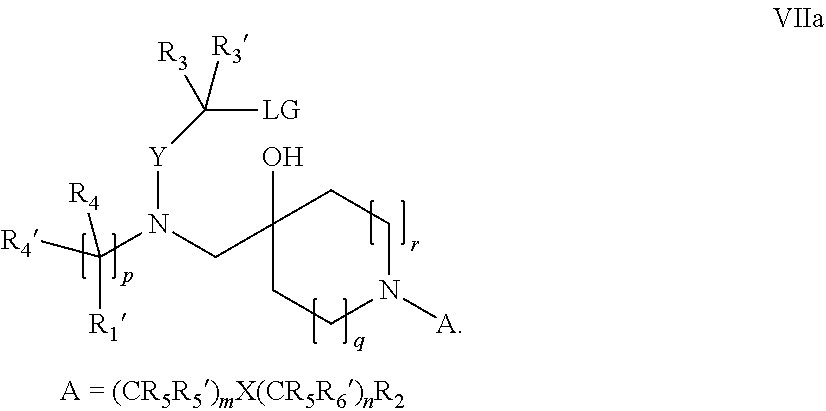
C00231
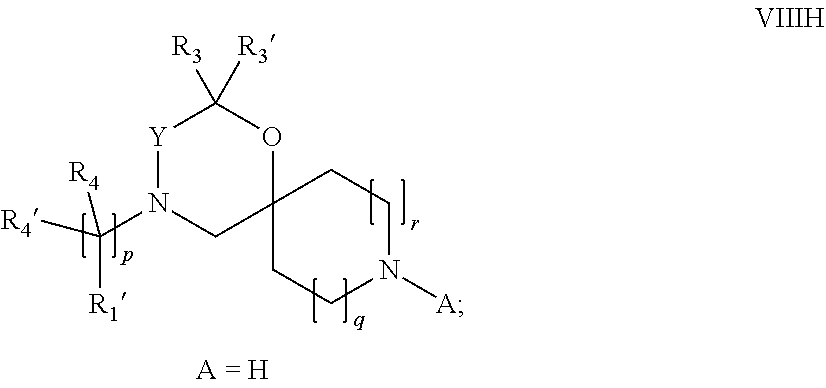
C00232

C00233

C00234

C00235
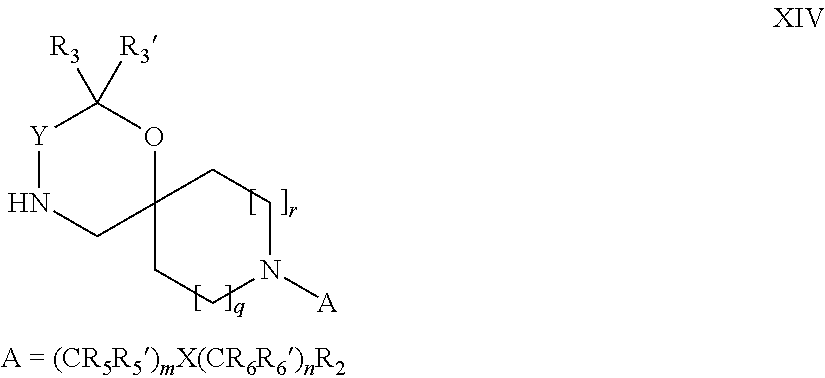
C00236

C00237

C00238
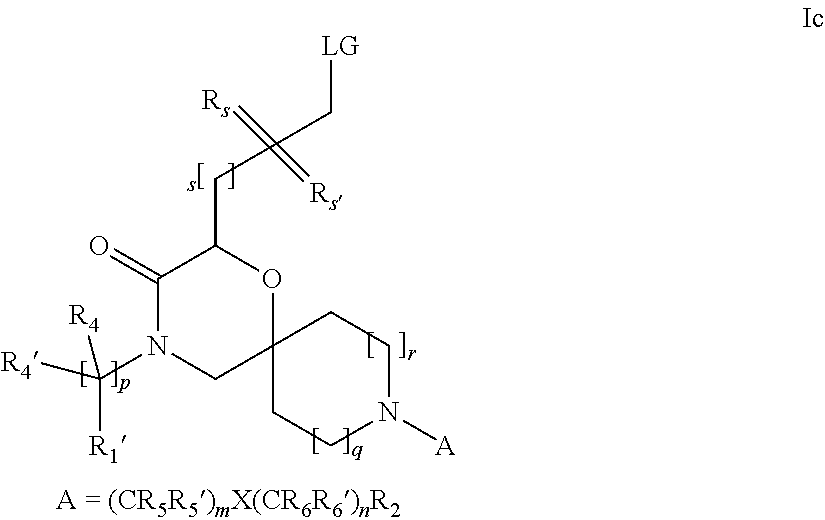
C00239
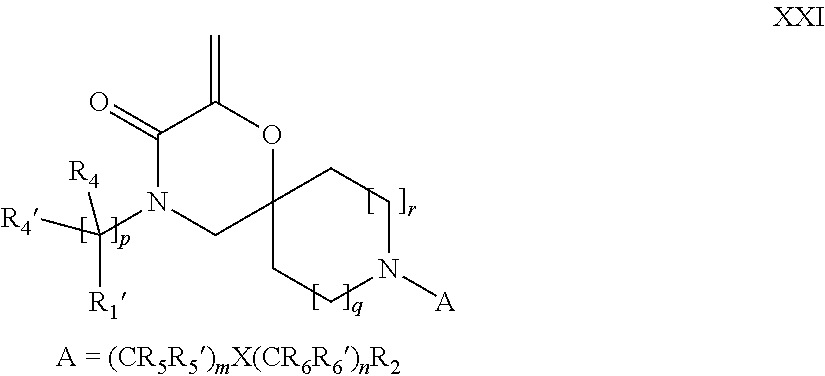
C00240
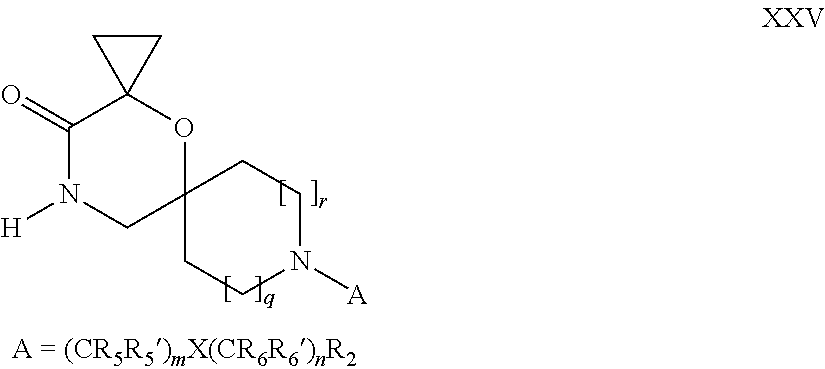
C00241

C00242

C00243
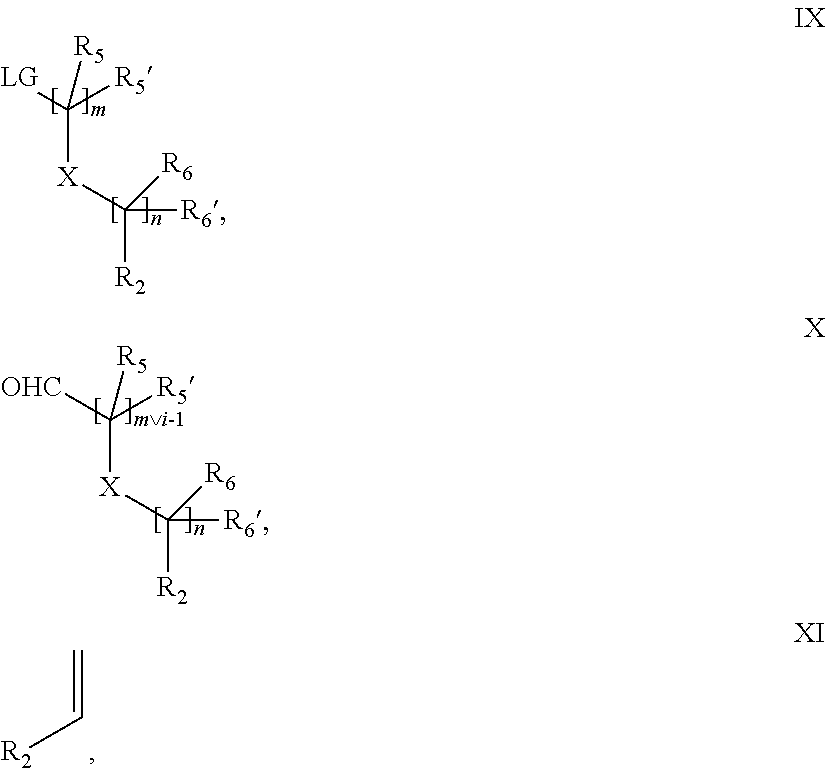
C00244
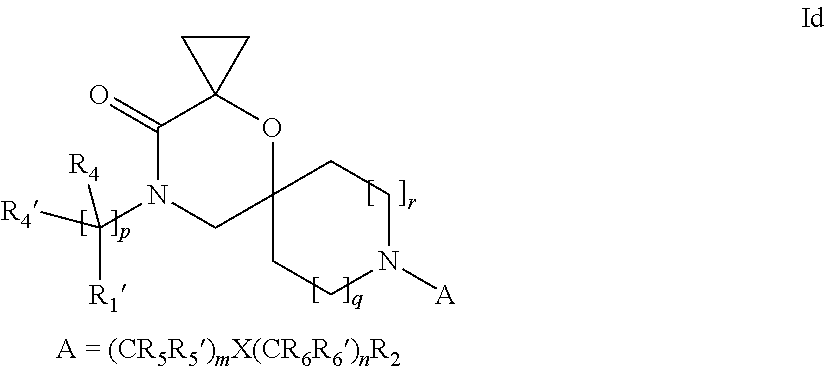
C00245
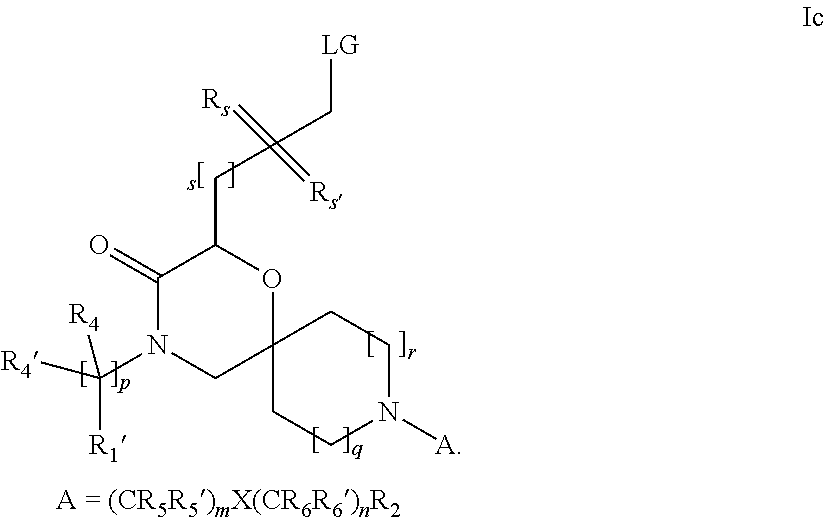
C00246
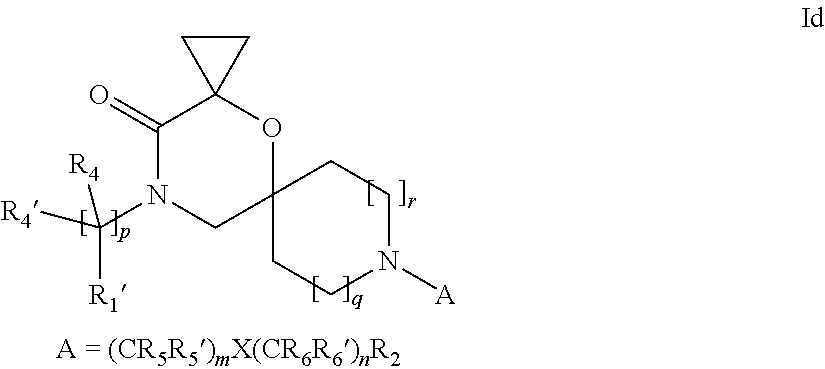
C00247

C00248

C00249
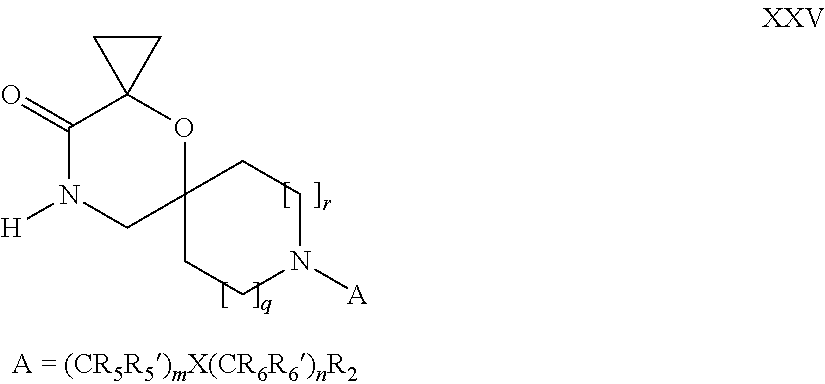
C00250

C00251
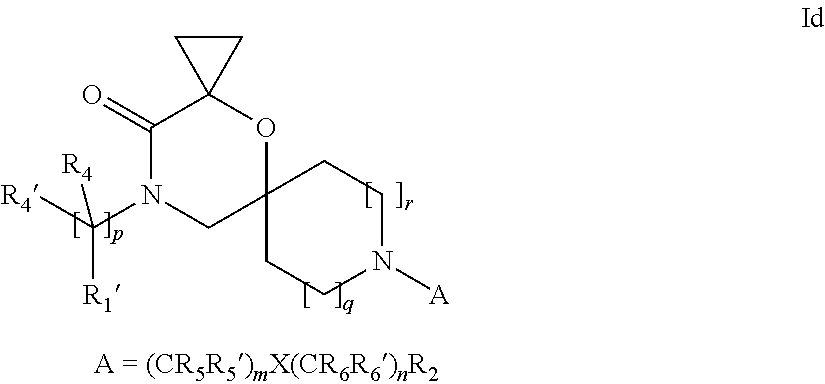
C00252
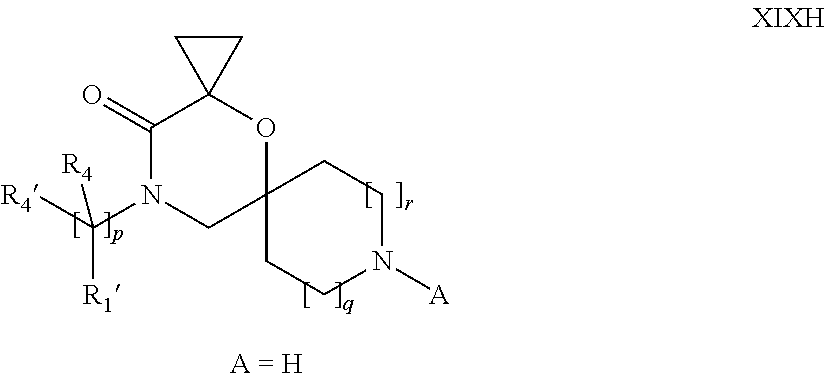
C00253
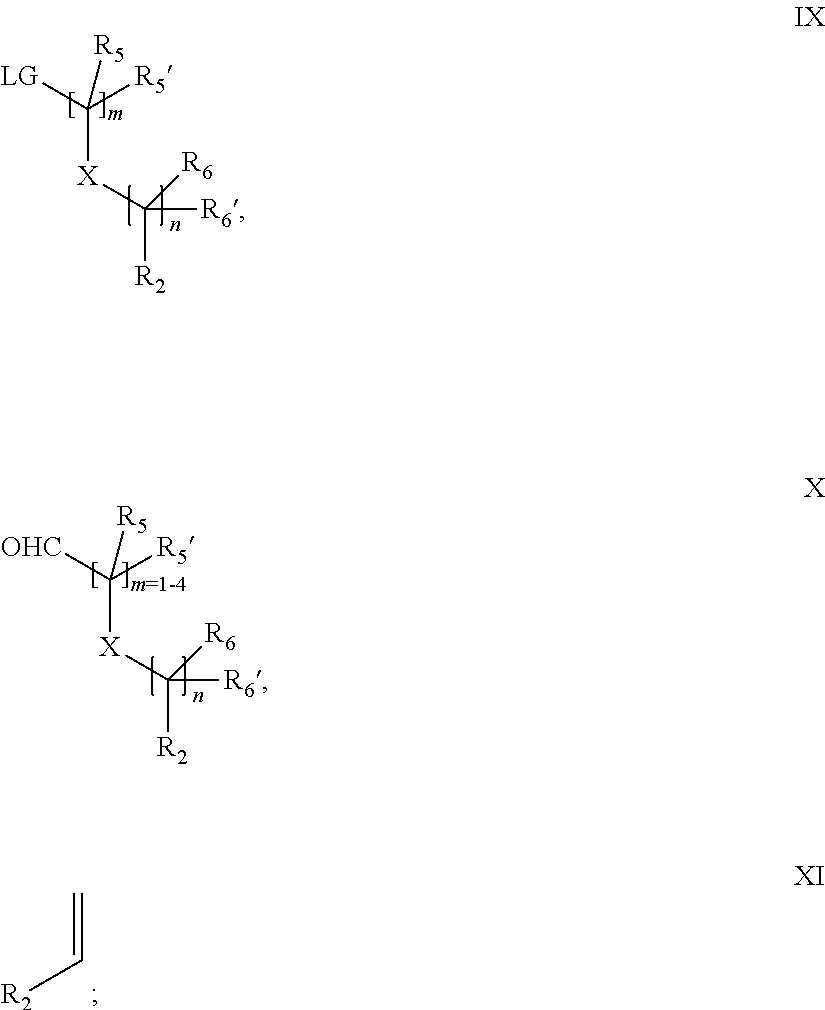
C00254

C00255

C00256

C00257

C00258

C00259

C00260
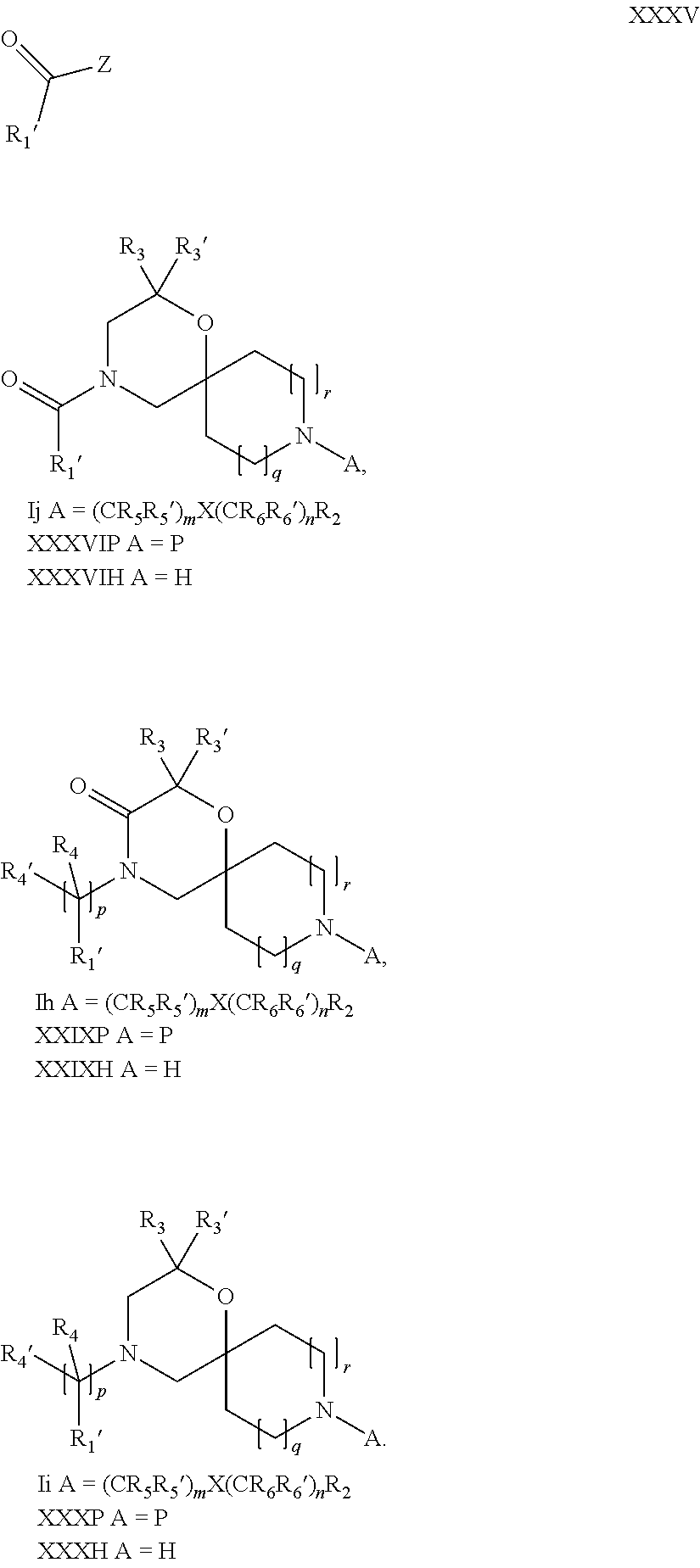
C00261

C00262
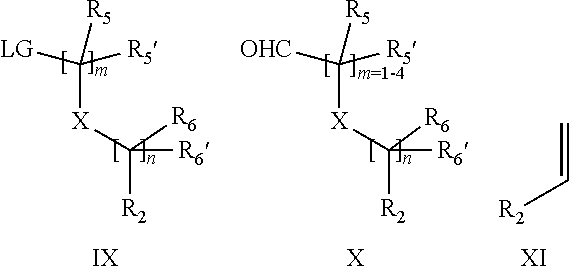
C00263
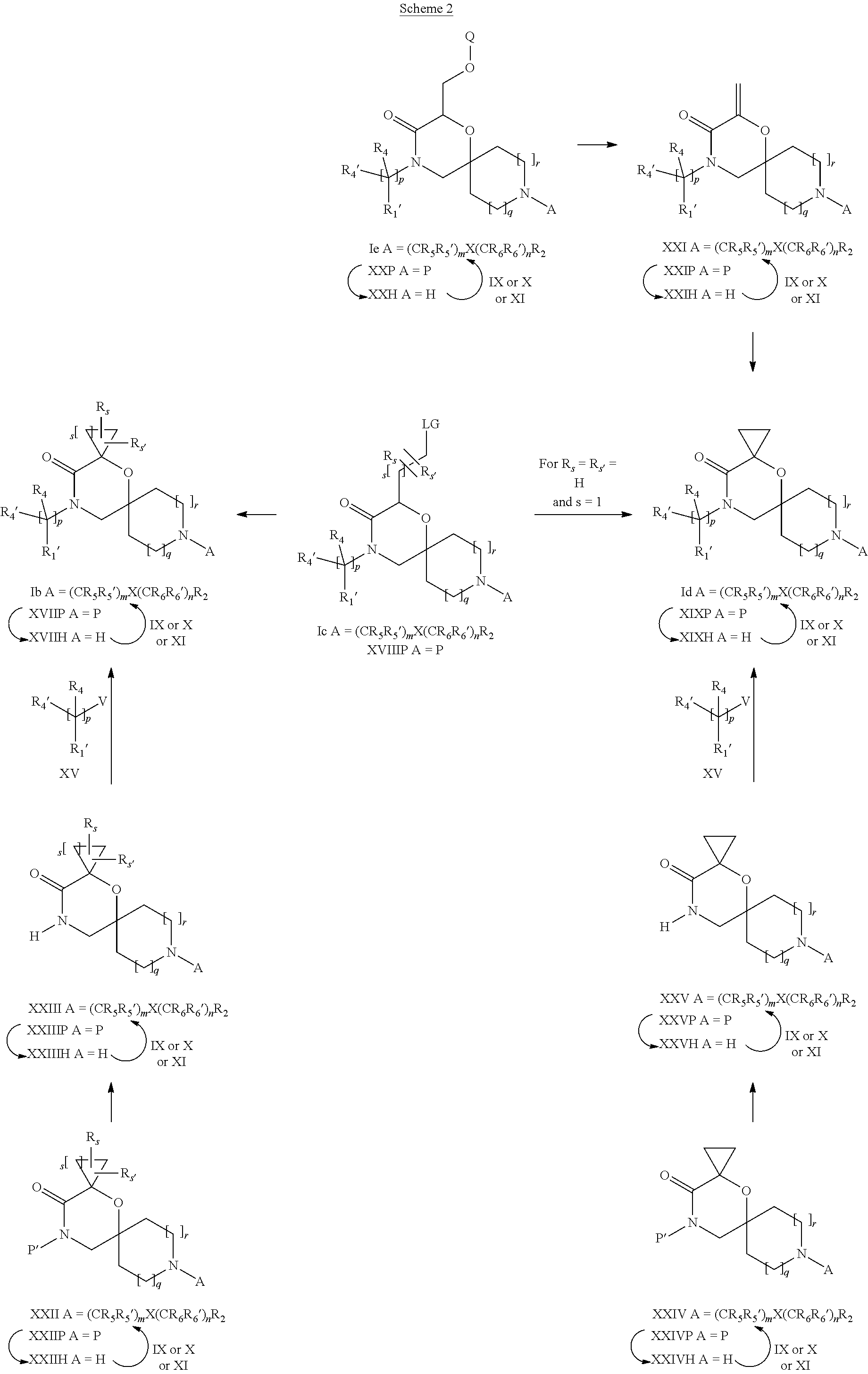
C00264
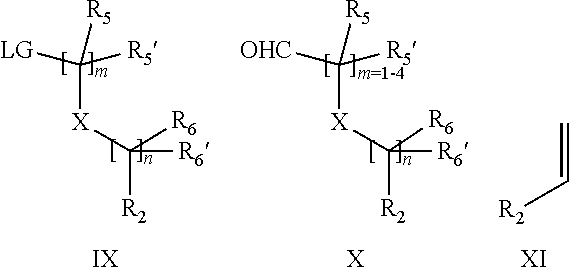
C00265

C00266

C00267
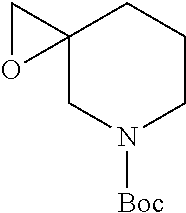
C00268

C00269
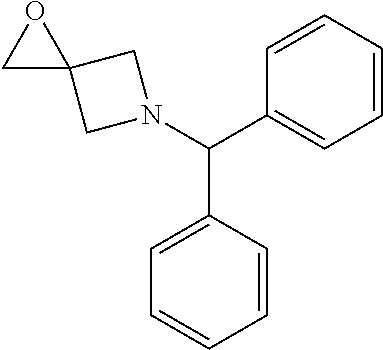
C00270
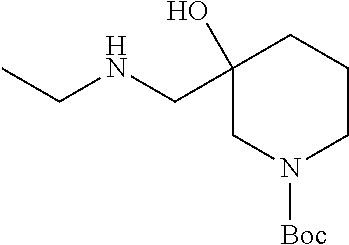
C00271
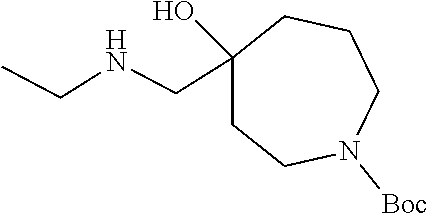
C00272
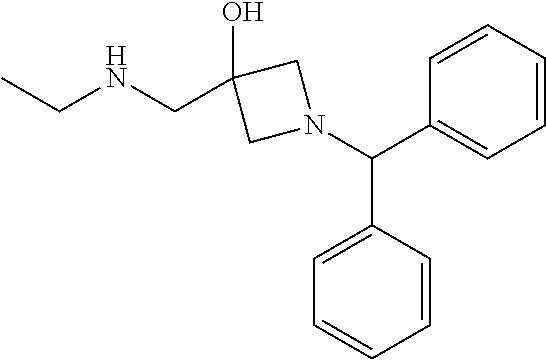
C00273
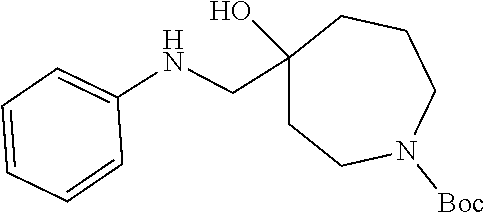
C00274
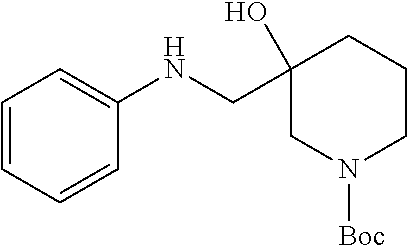
C00275
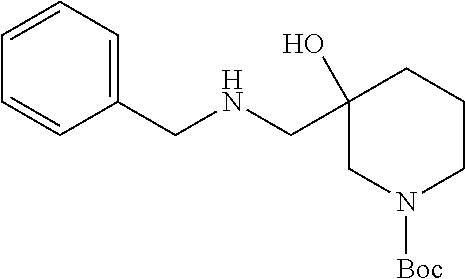
C00276
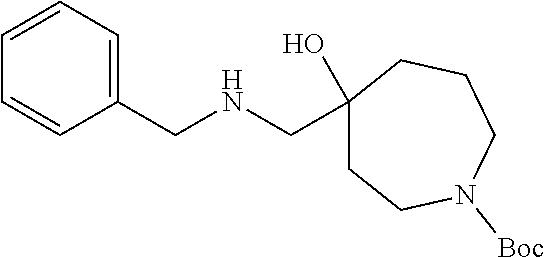
C00277
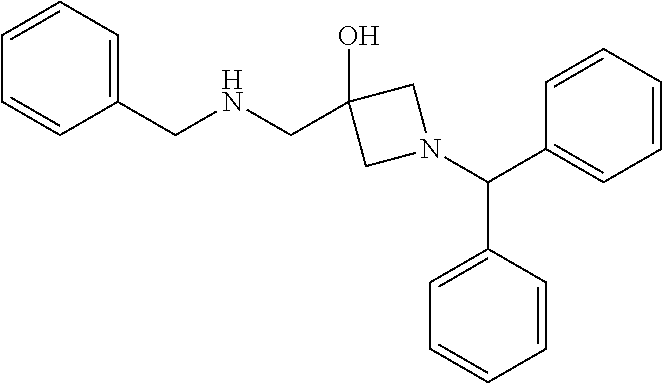
C00278
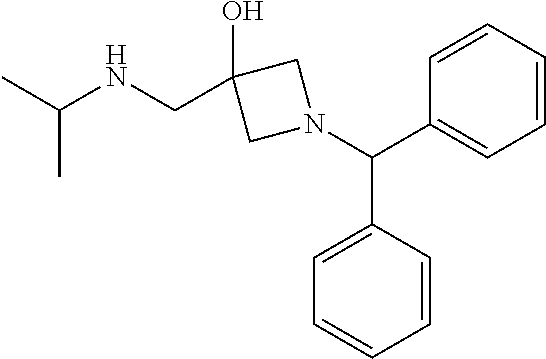
C00279
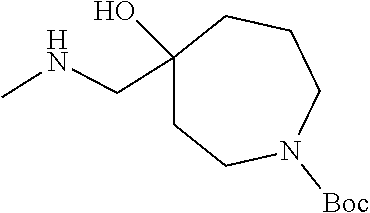
C00280

C00281

C00282
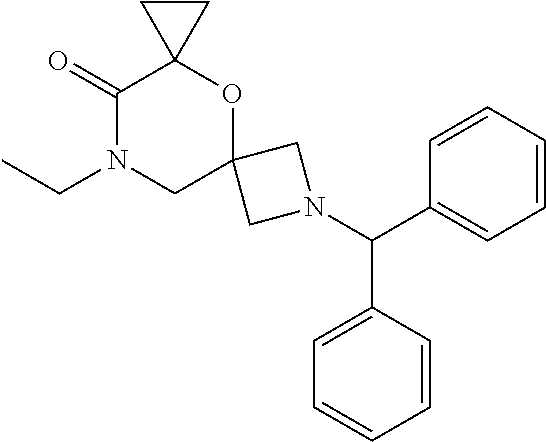
C00283
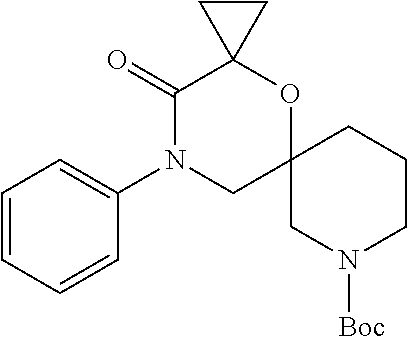
C00284

C00285
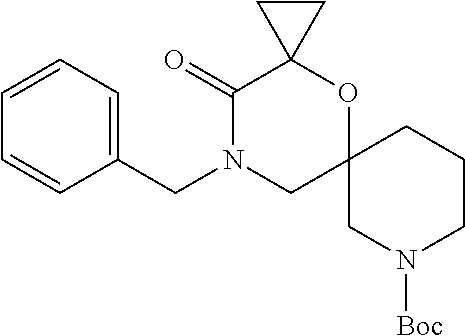
C00286
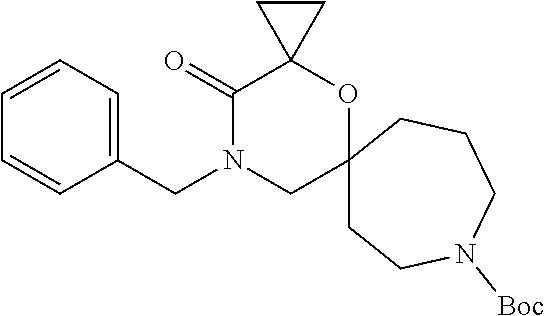
C00287
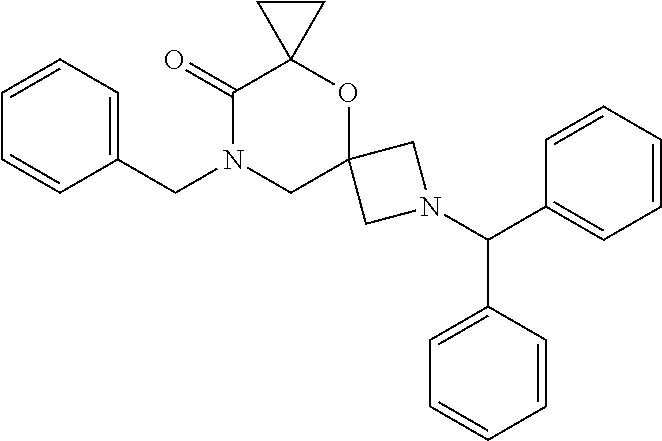
C00288
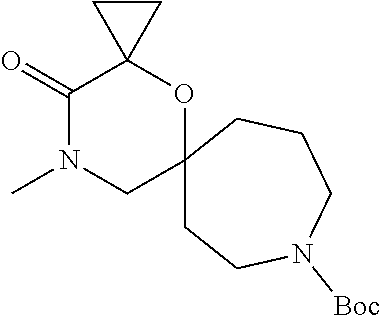
C00289
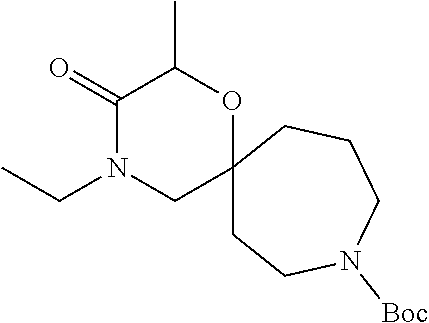
C00290
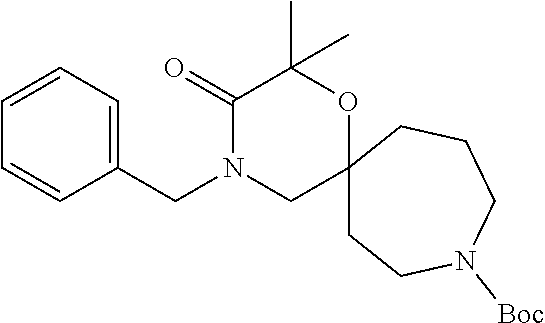
C00291

C00292
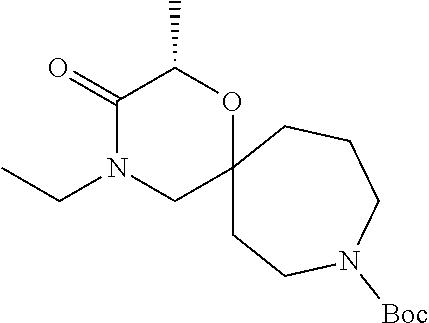
C00293
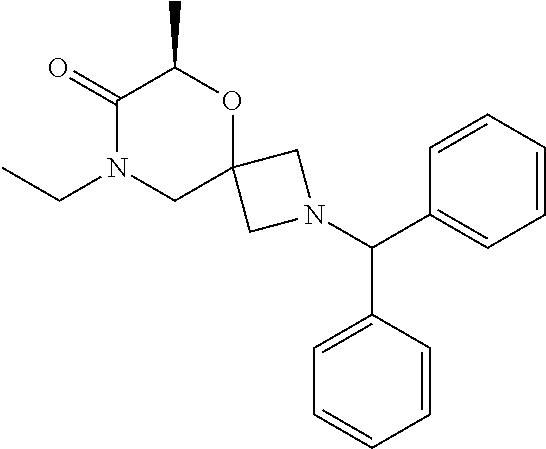
C00294
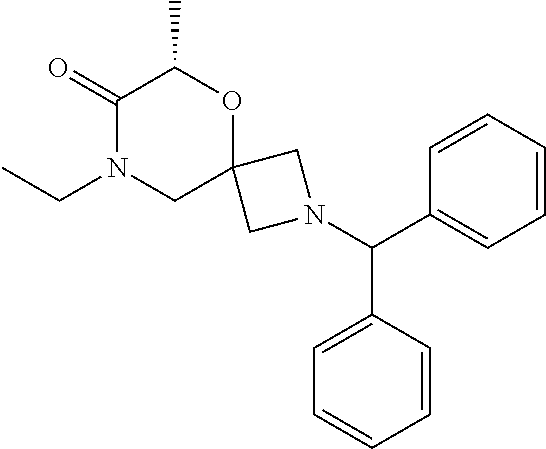
C00295
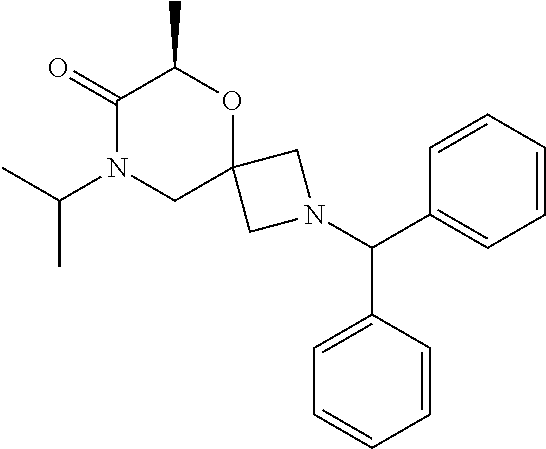
C00296
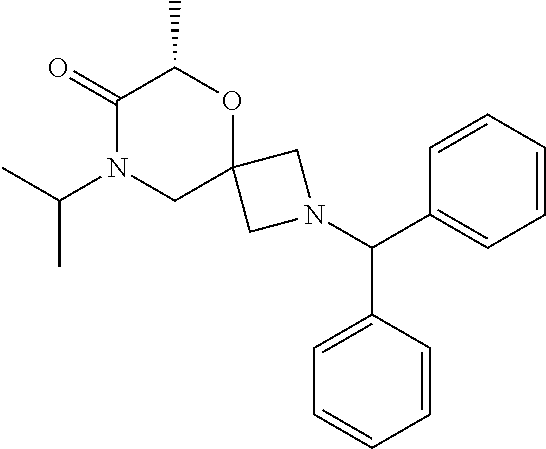
C00297
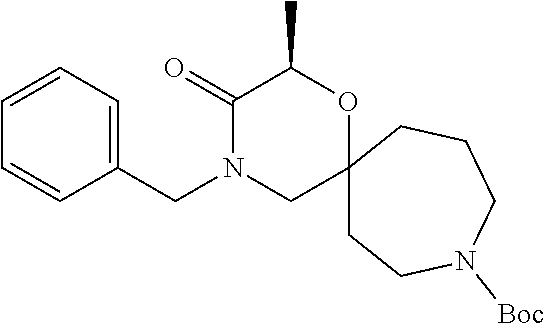
C00298

C00299

C00300
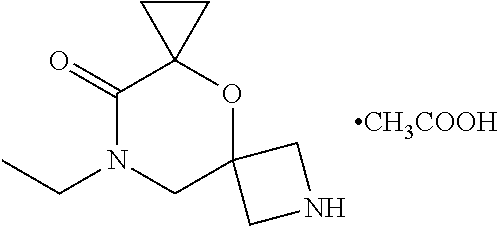
C00301
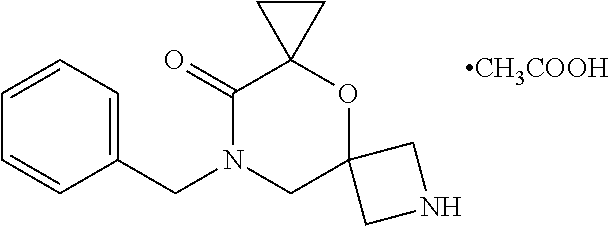
C00302

C00303
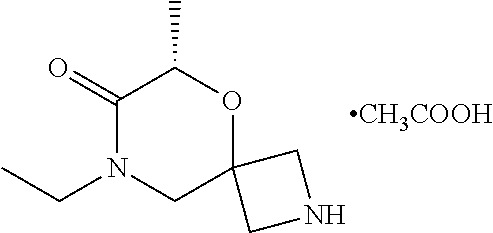
C00304

C00305

C00306
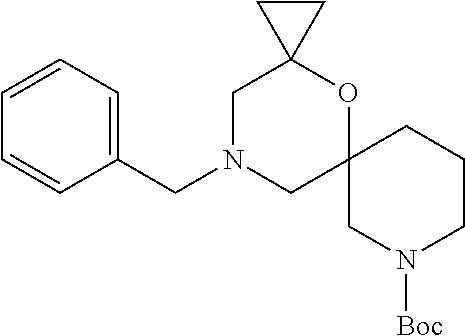
C00307

C00308
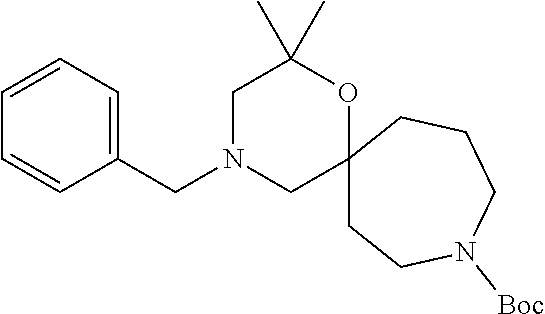
C00309
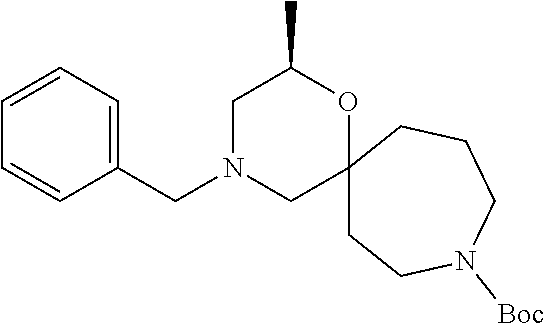
C00310

C00311
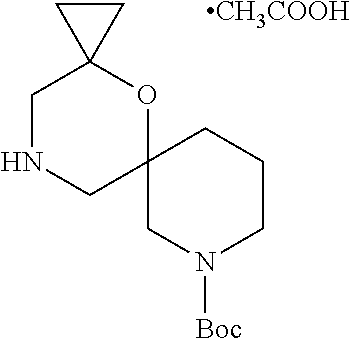
C00312
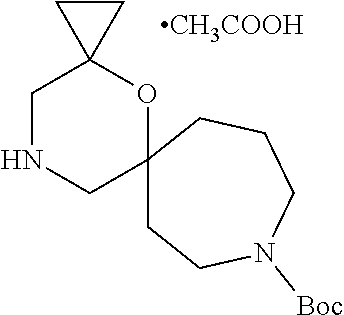
C00313

C00314
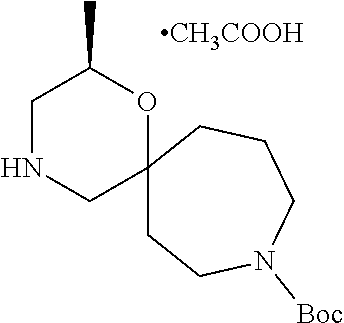
C00315
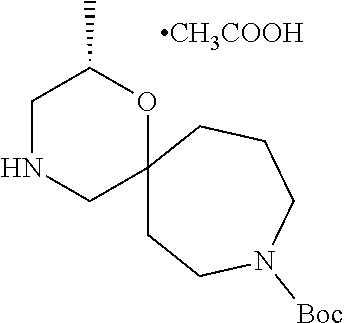
C00316
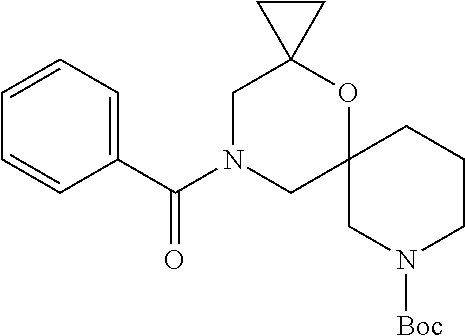
C00317
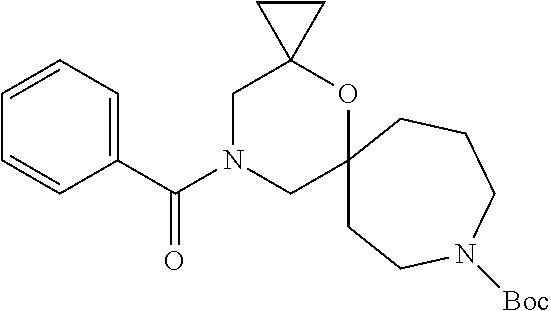
C00318
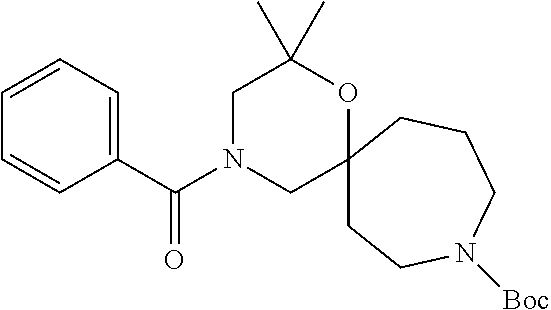
C00319
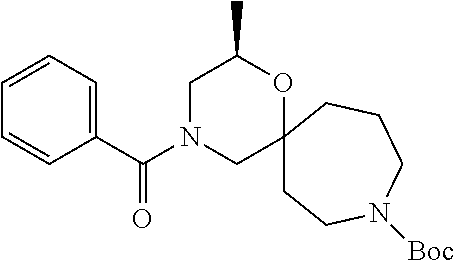
C00320
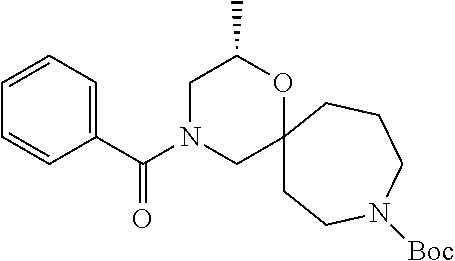
C00321
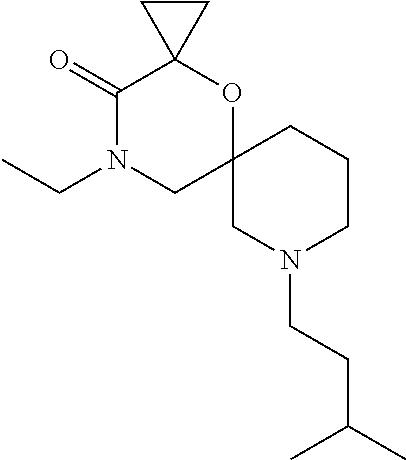
C00322
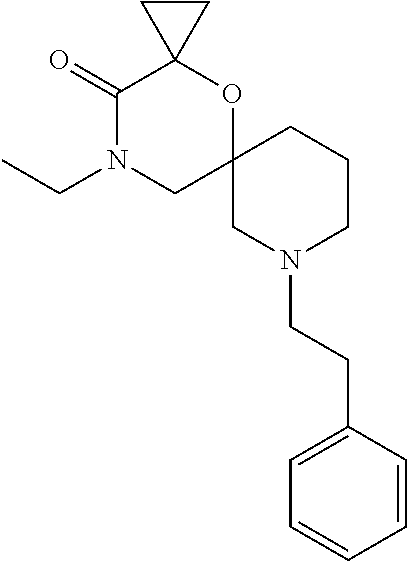
C00323
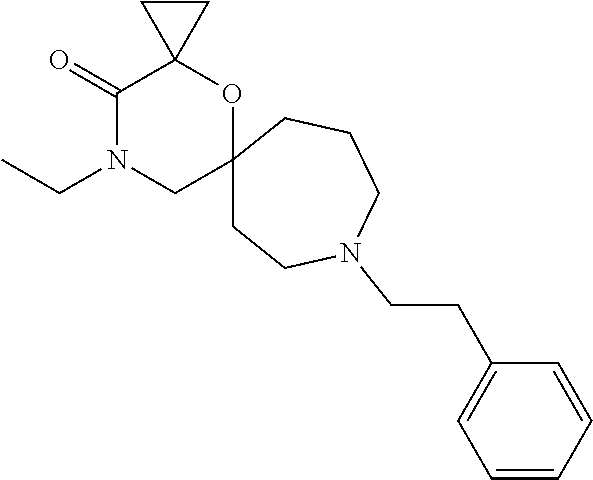
C00324
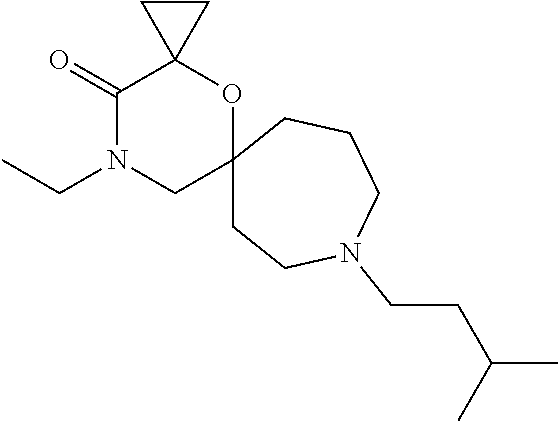
C00325
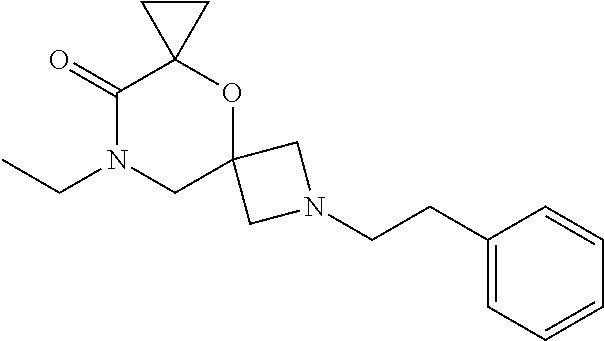
C00326

C00327
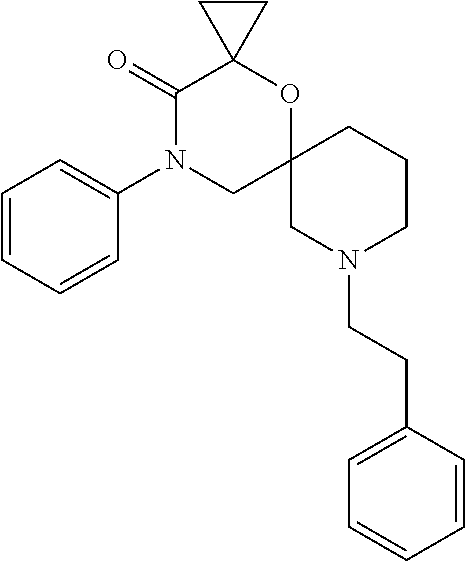
C00328
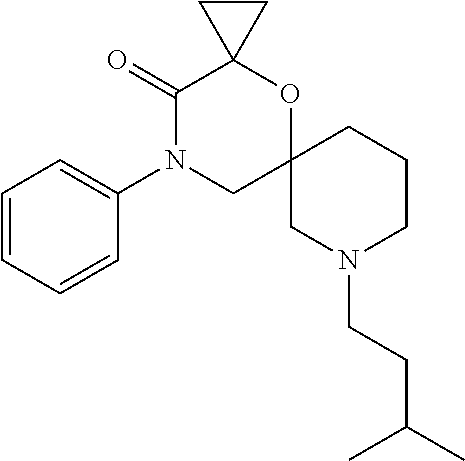
C00329

C00330

C00331
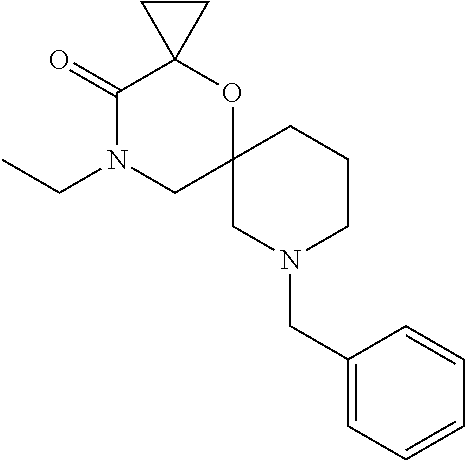
C00332
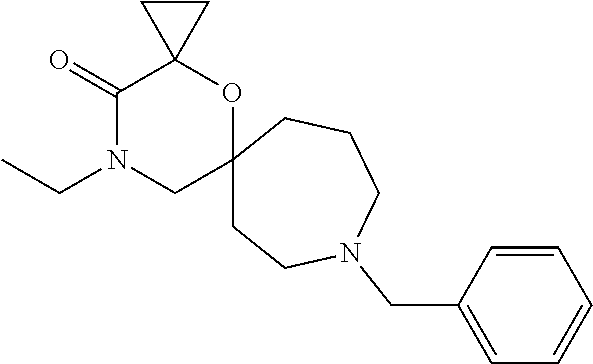
C00333
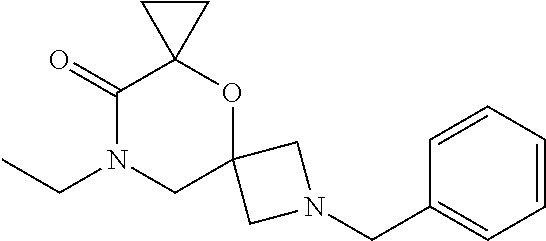
C00334
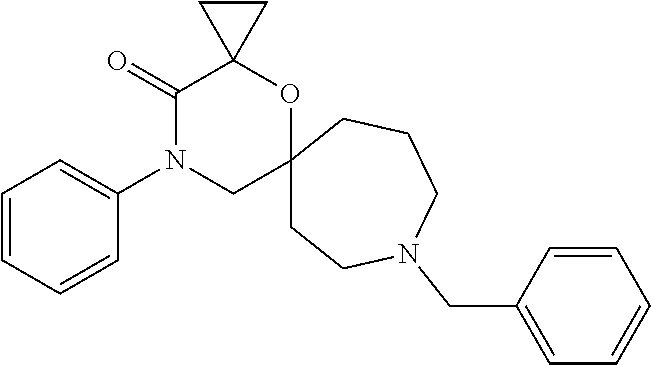
C00335
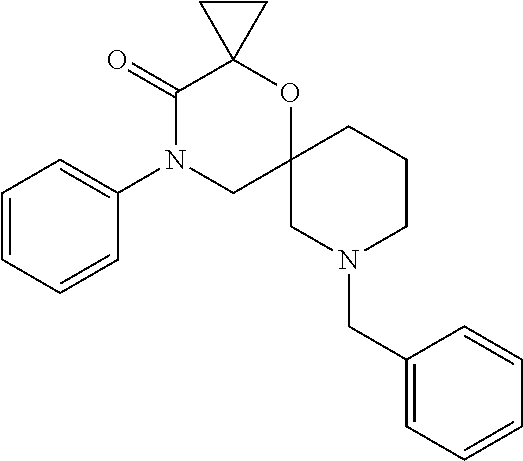
C00336

C00337
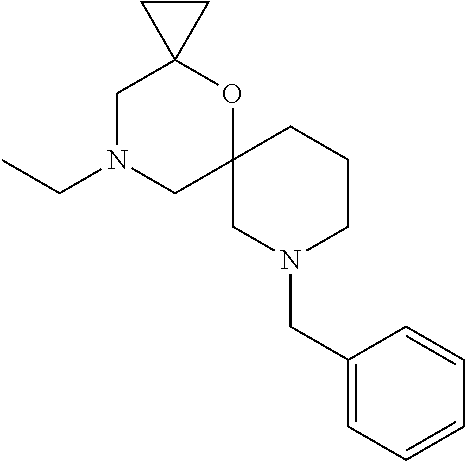
C00338

C00339
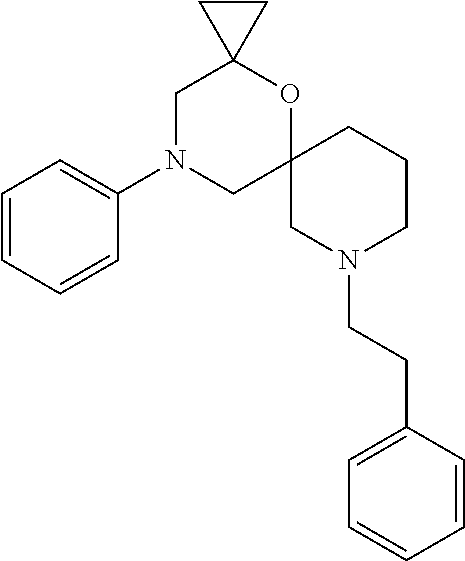
C00340

C00341
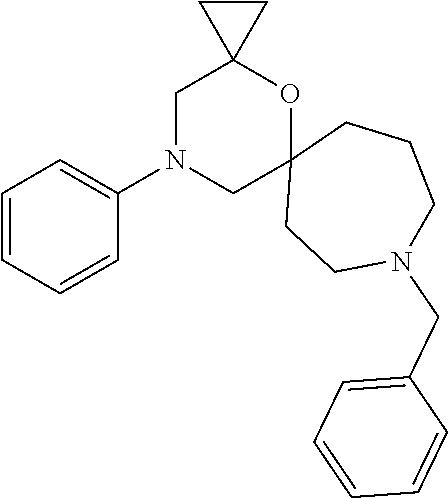
C00342

C00343

C00344
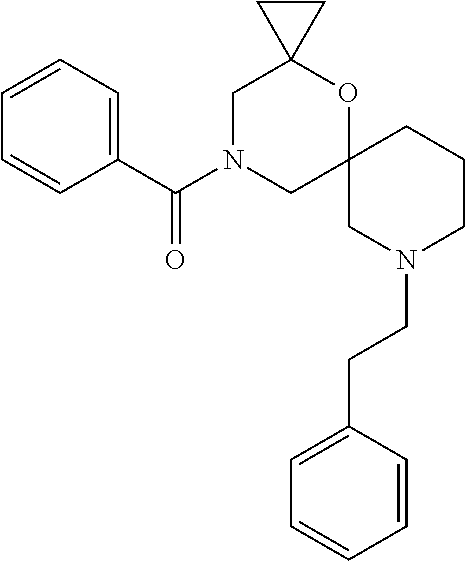
C00345
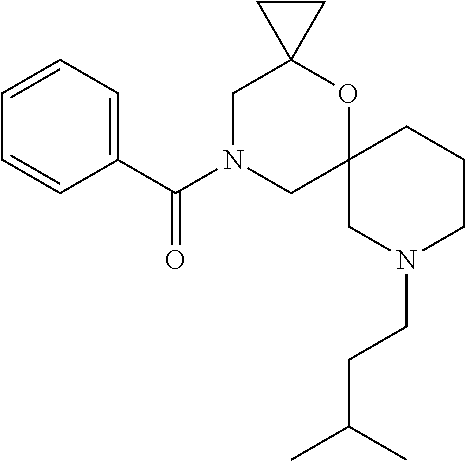
C00346
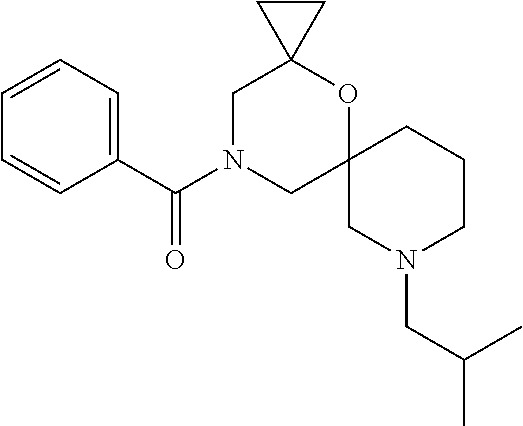
C00347

C00348
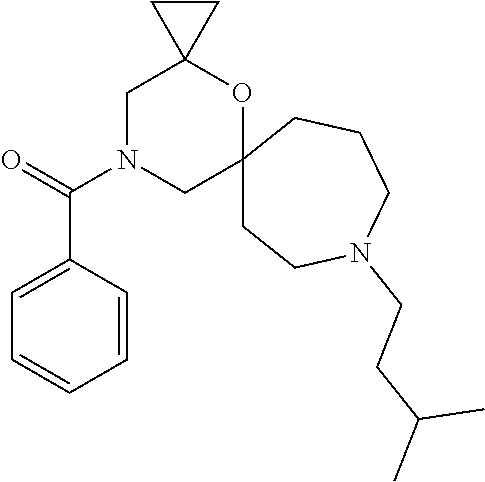
C00349
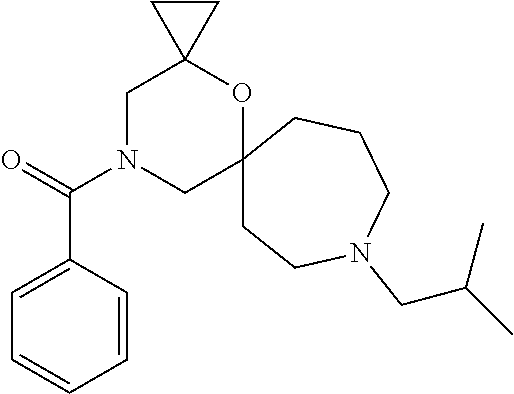
C00350
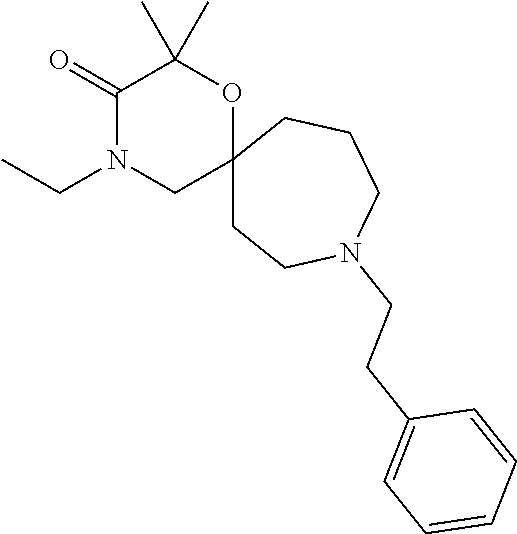
C00351
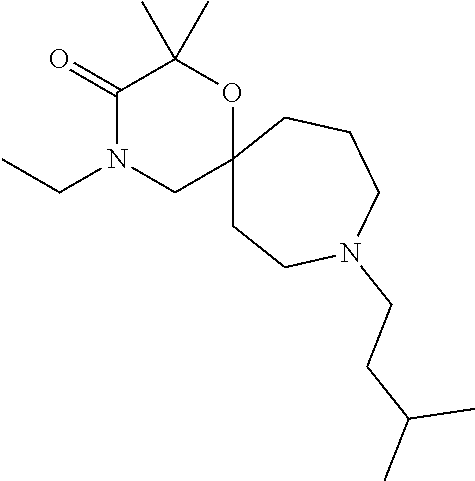
C00352
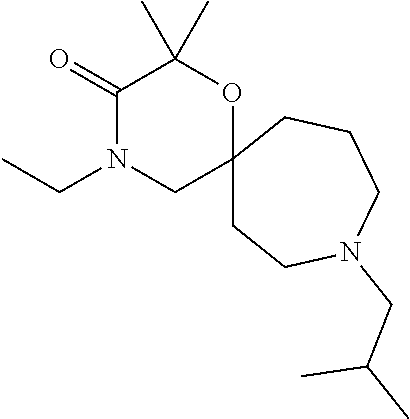
C00353

C00354

C00355
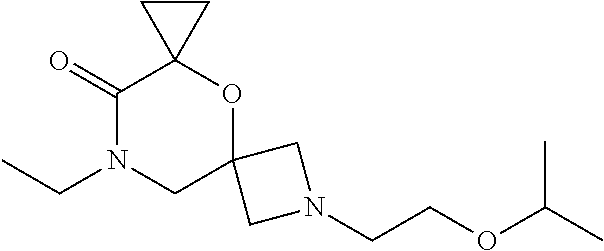
C00356

C00357

C00358
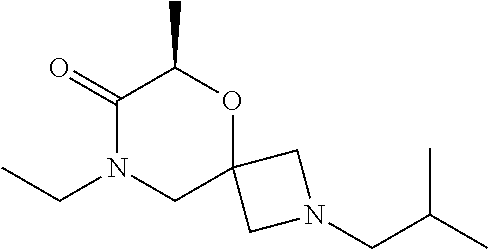
C00359
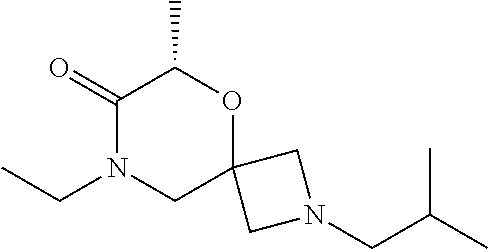
C00360

C00361
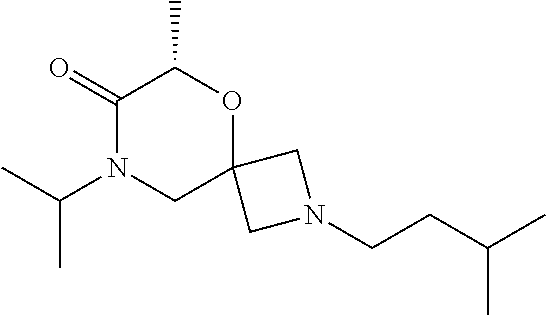
C00362
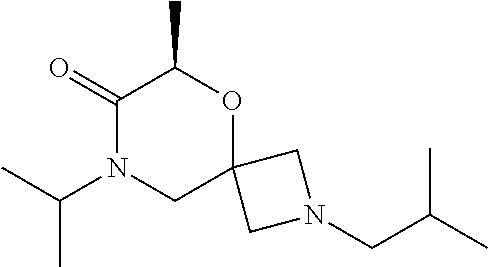
C00363
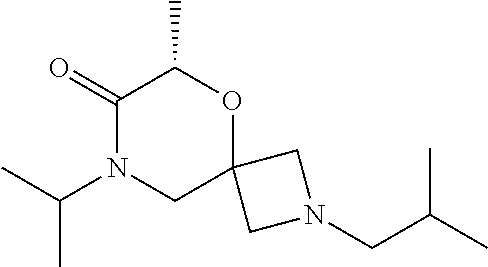
C00364
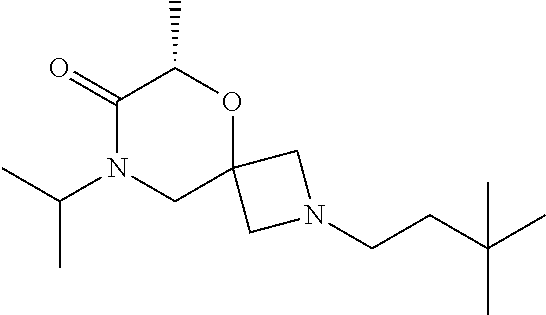
C00365

C00366
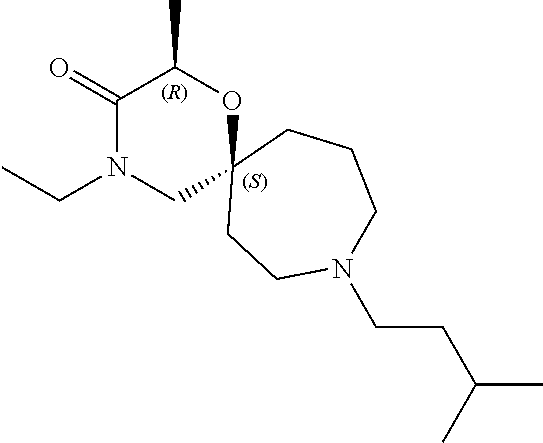
C00367

C00368

C00369
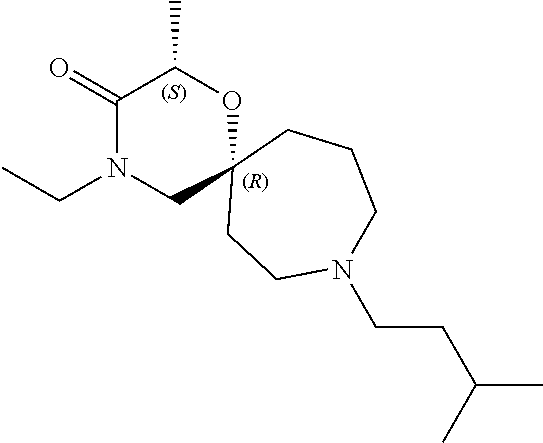
C00370
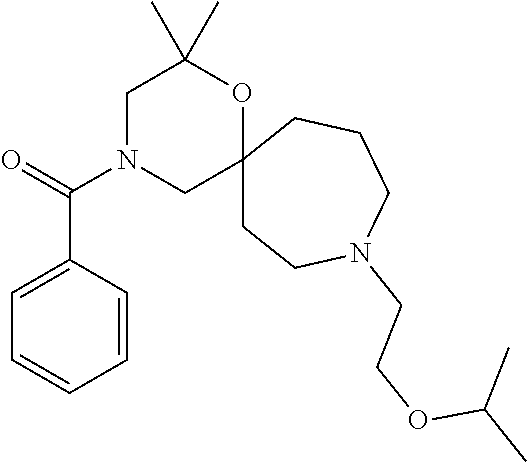
C00371

C00372
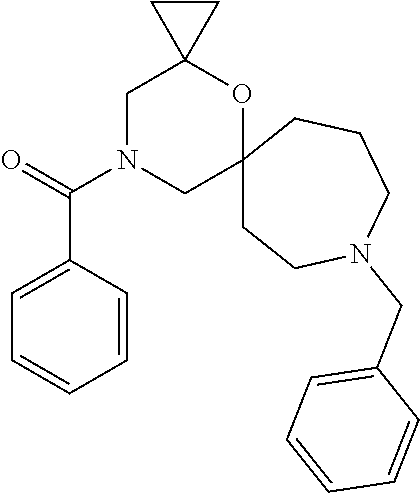
C00373

C00374
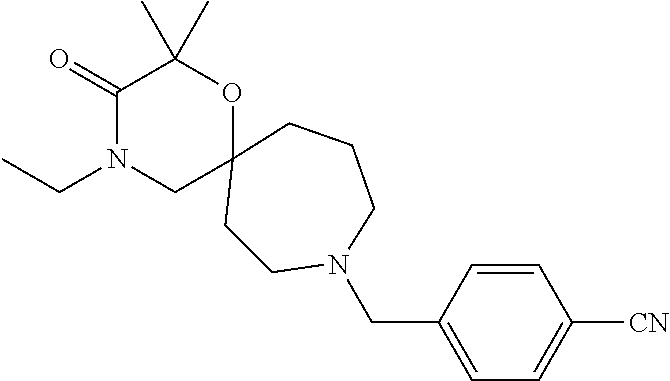
C00375
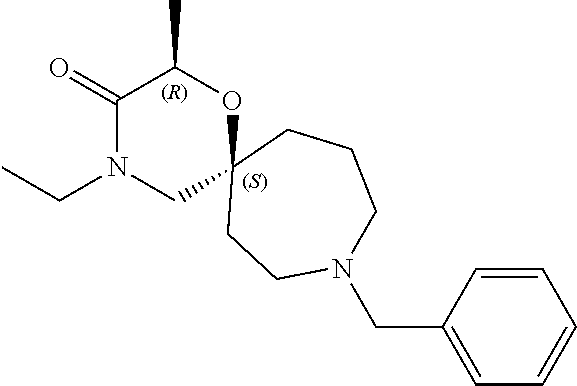
C00376

C00377
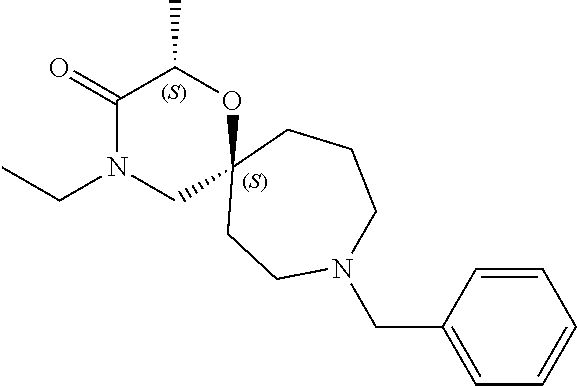
C00378
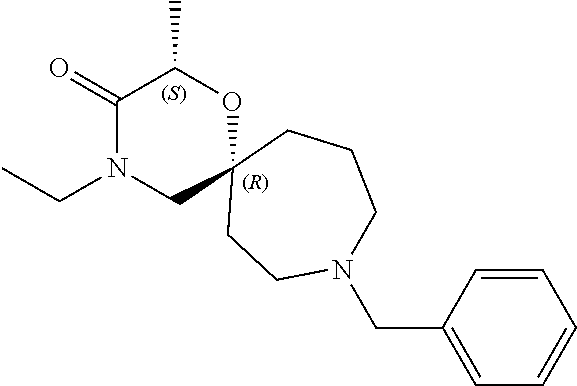
C00379
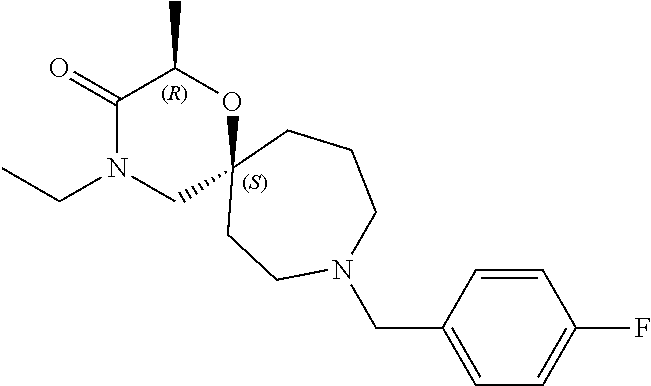
C00380
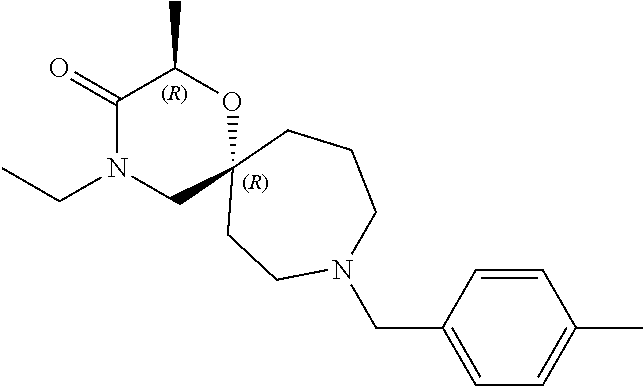
C00381

C00382

C00383
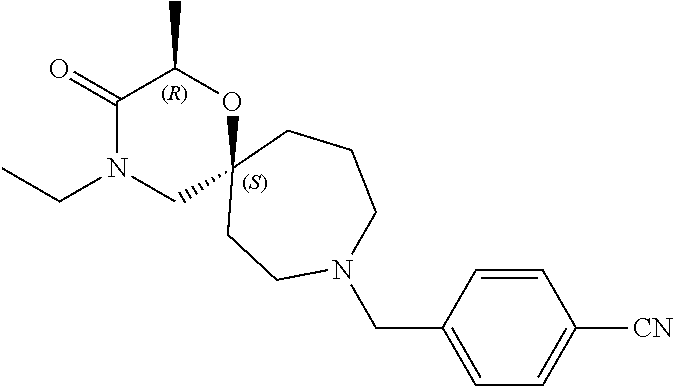
C00384
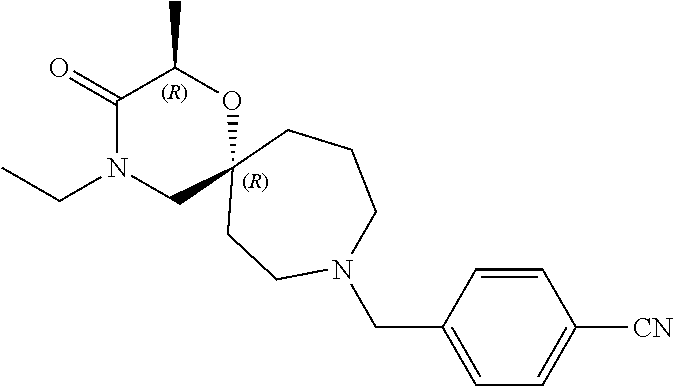
C00385
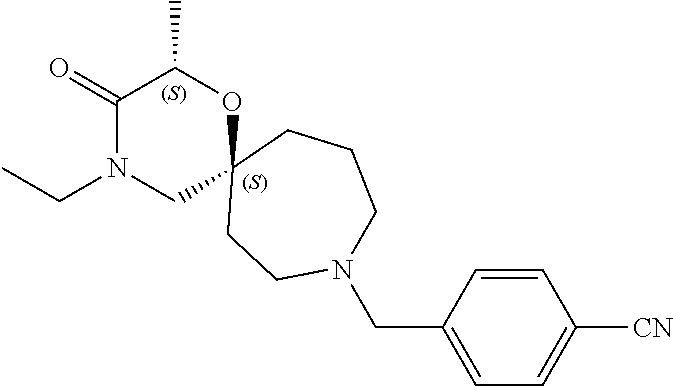
C00386

C00387
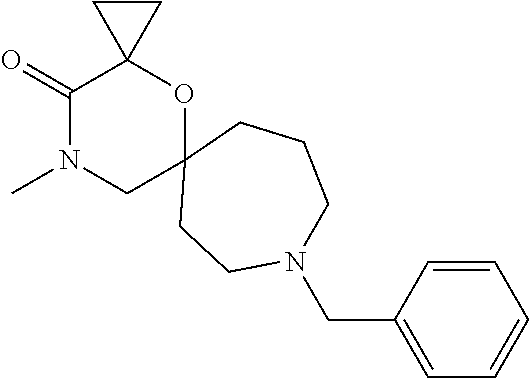
C00388
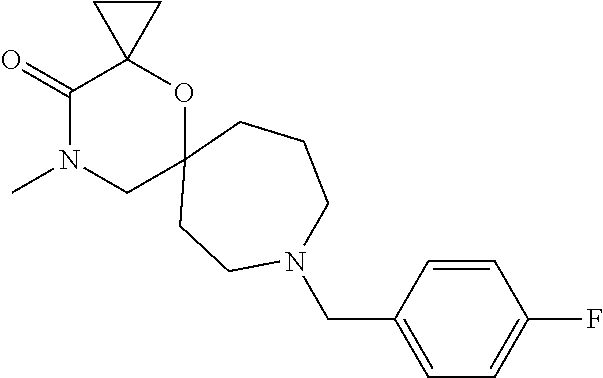
C00389

C00390
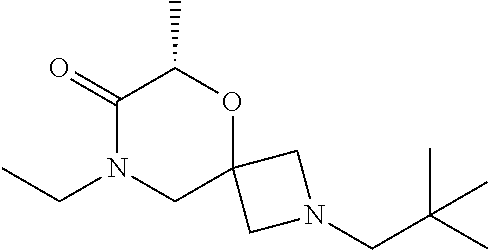
C00391

C00392
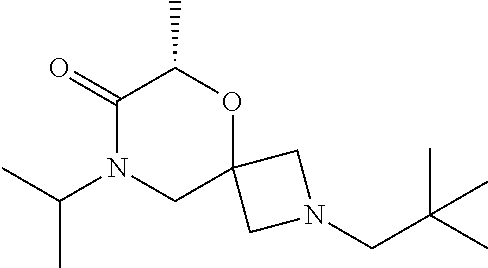
C00393
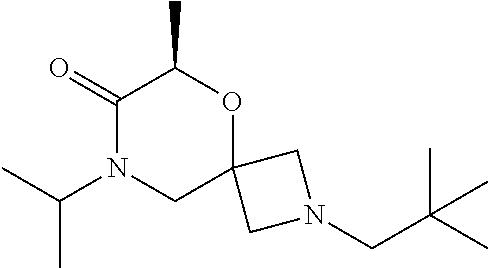
C00394
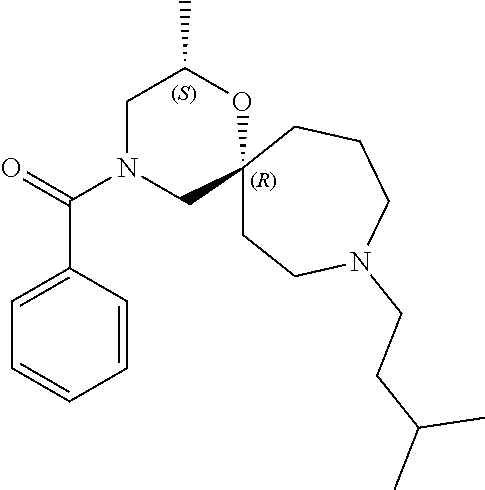
C00395
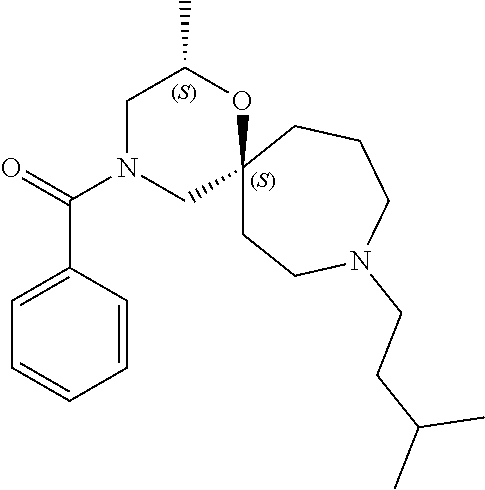
C00396
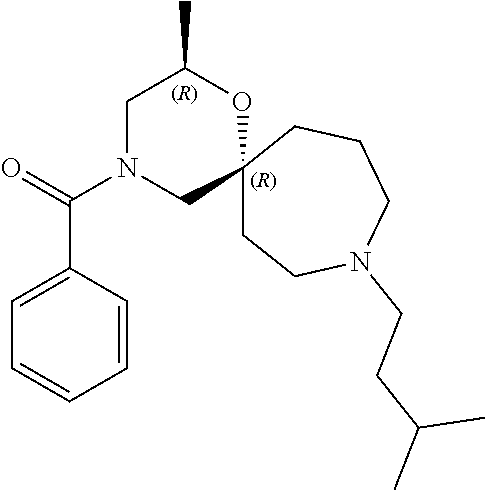
C00397

C00398
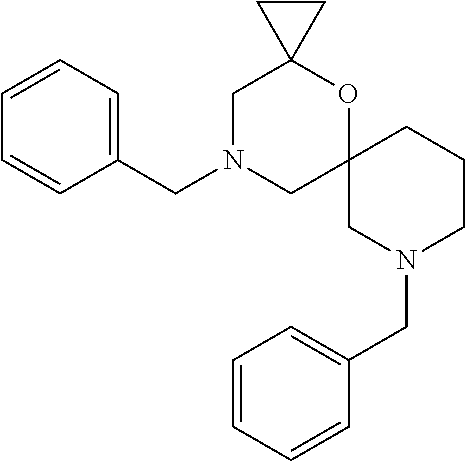
C00399

C00400
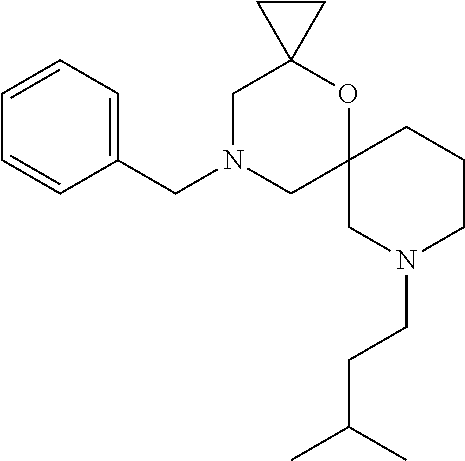
C00401
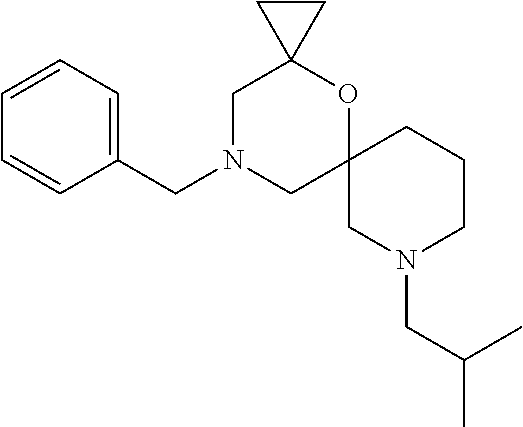
C00402
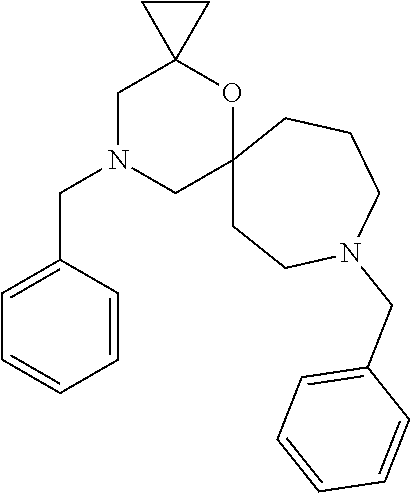
C00403

C00404
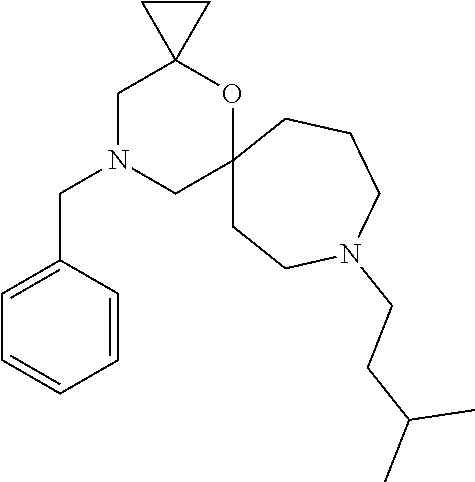
C00405

C00406
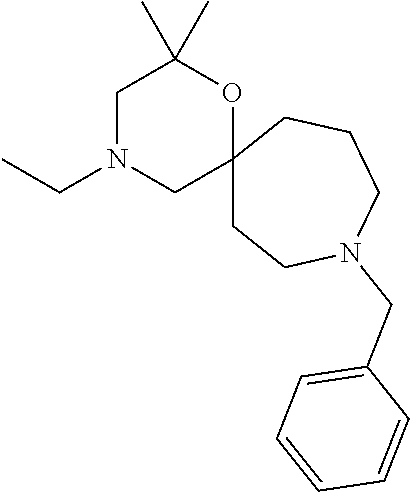
C00407

C00408

C00409

C00410

C00411
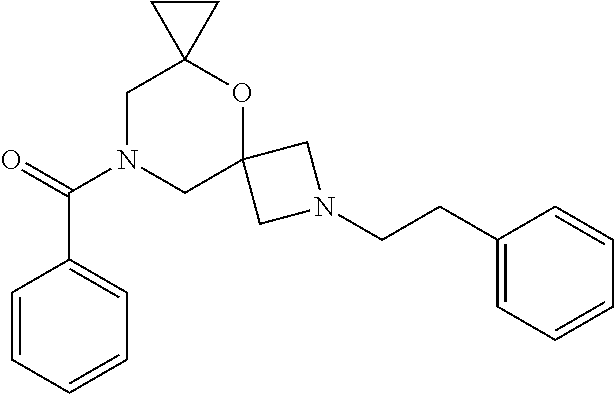
C00412

C00413

C00414
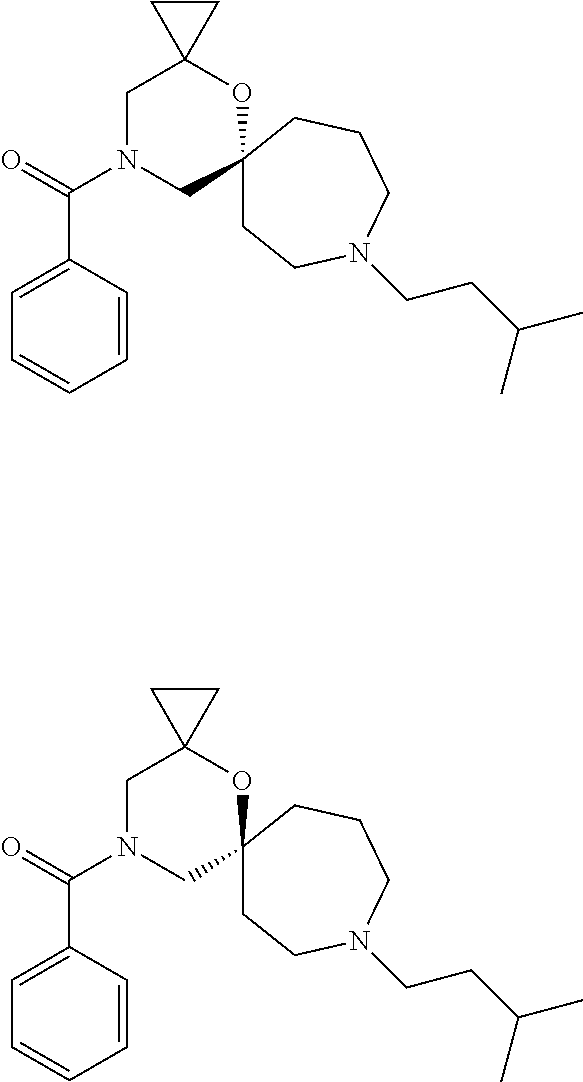
C00415
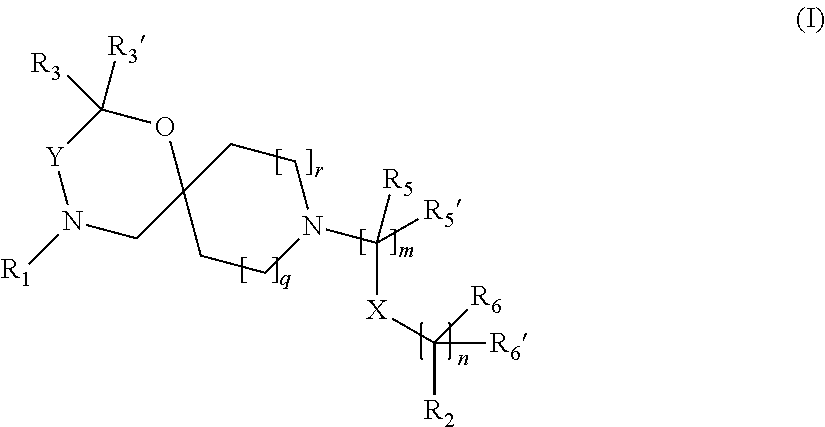
C00416

C00417
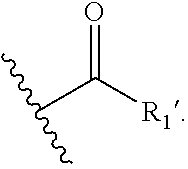
C00418

C00419
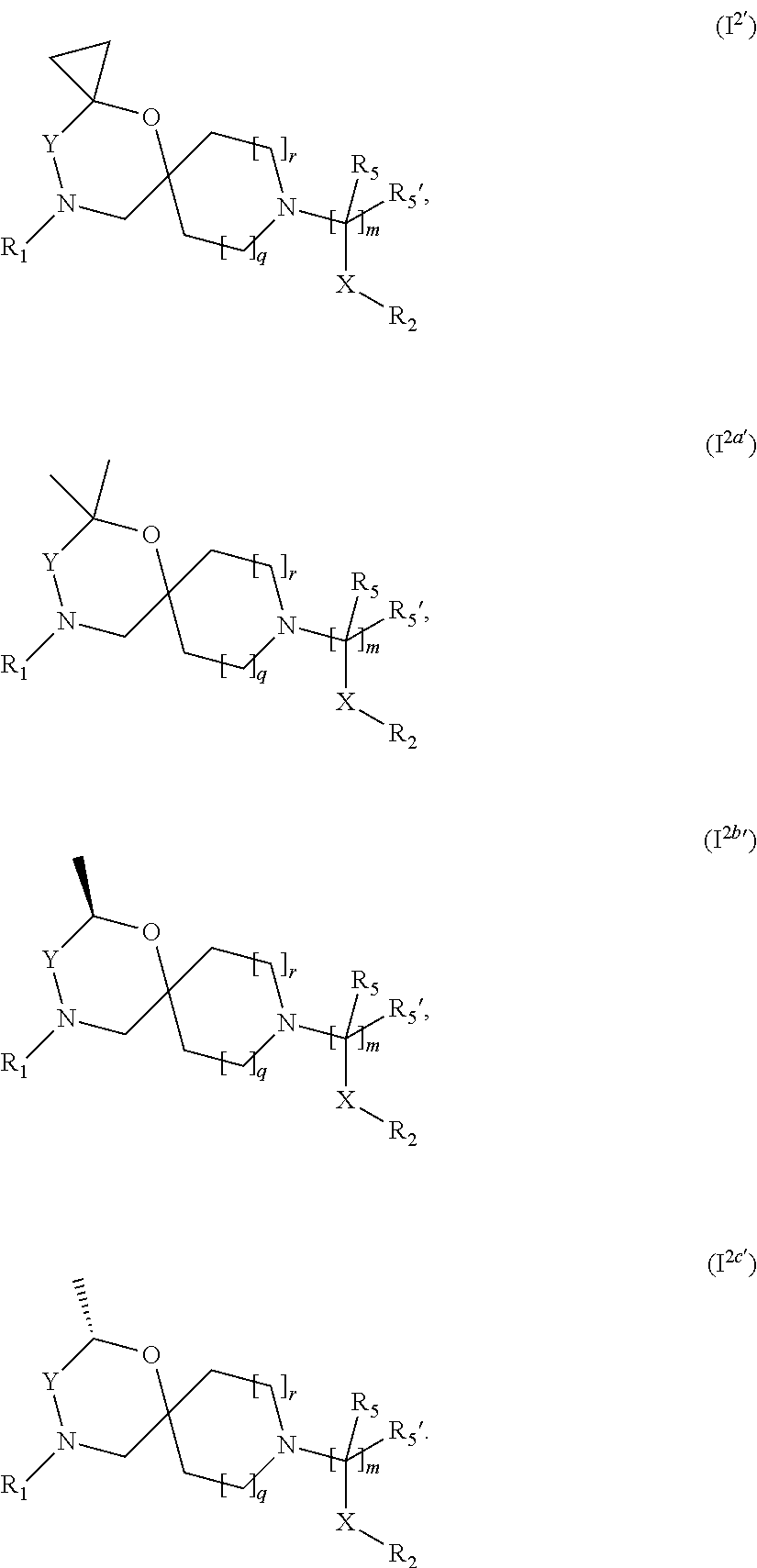
C00420
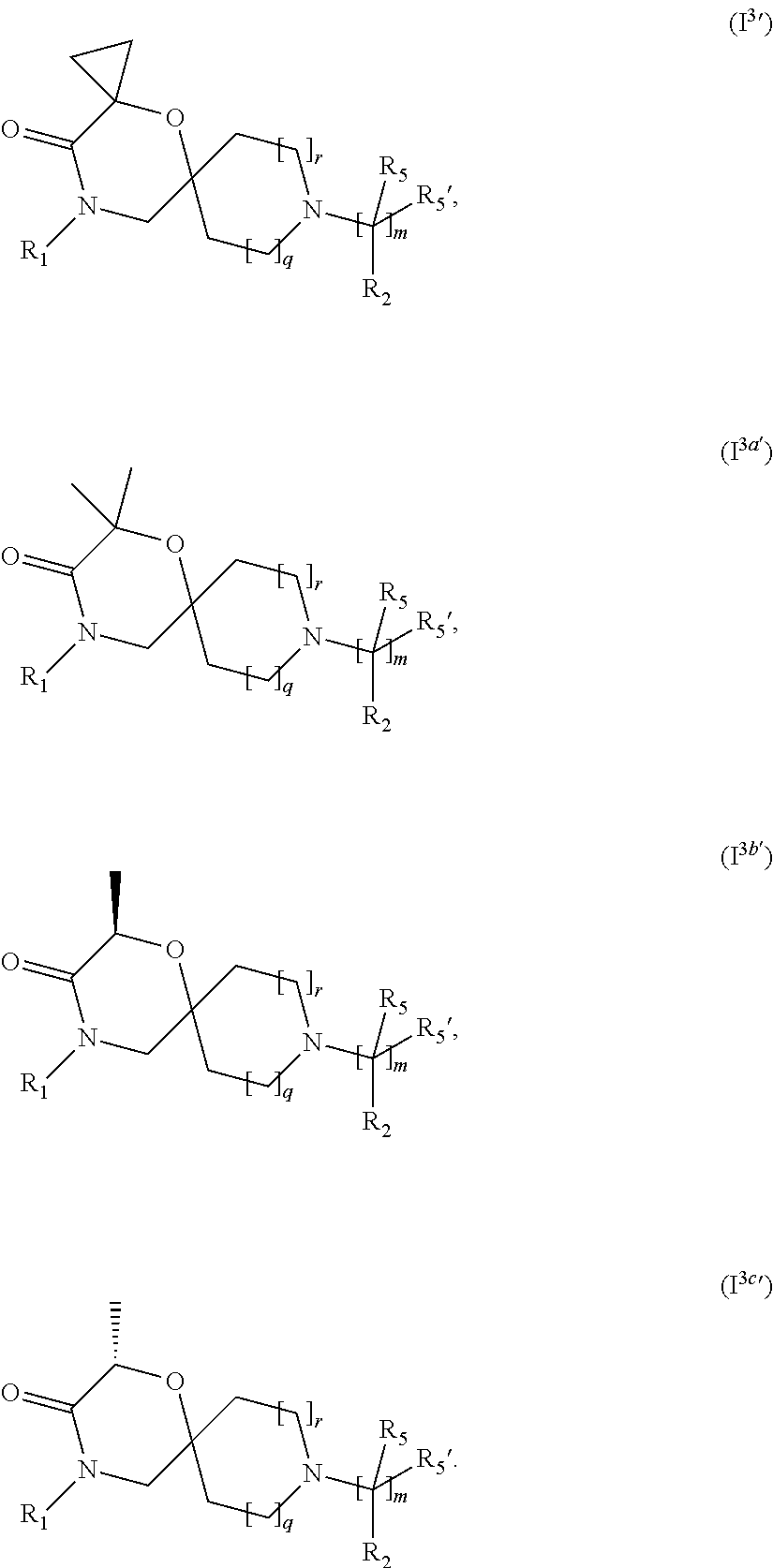
C00421
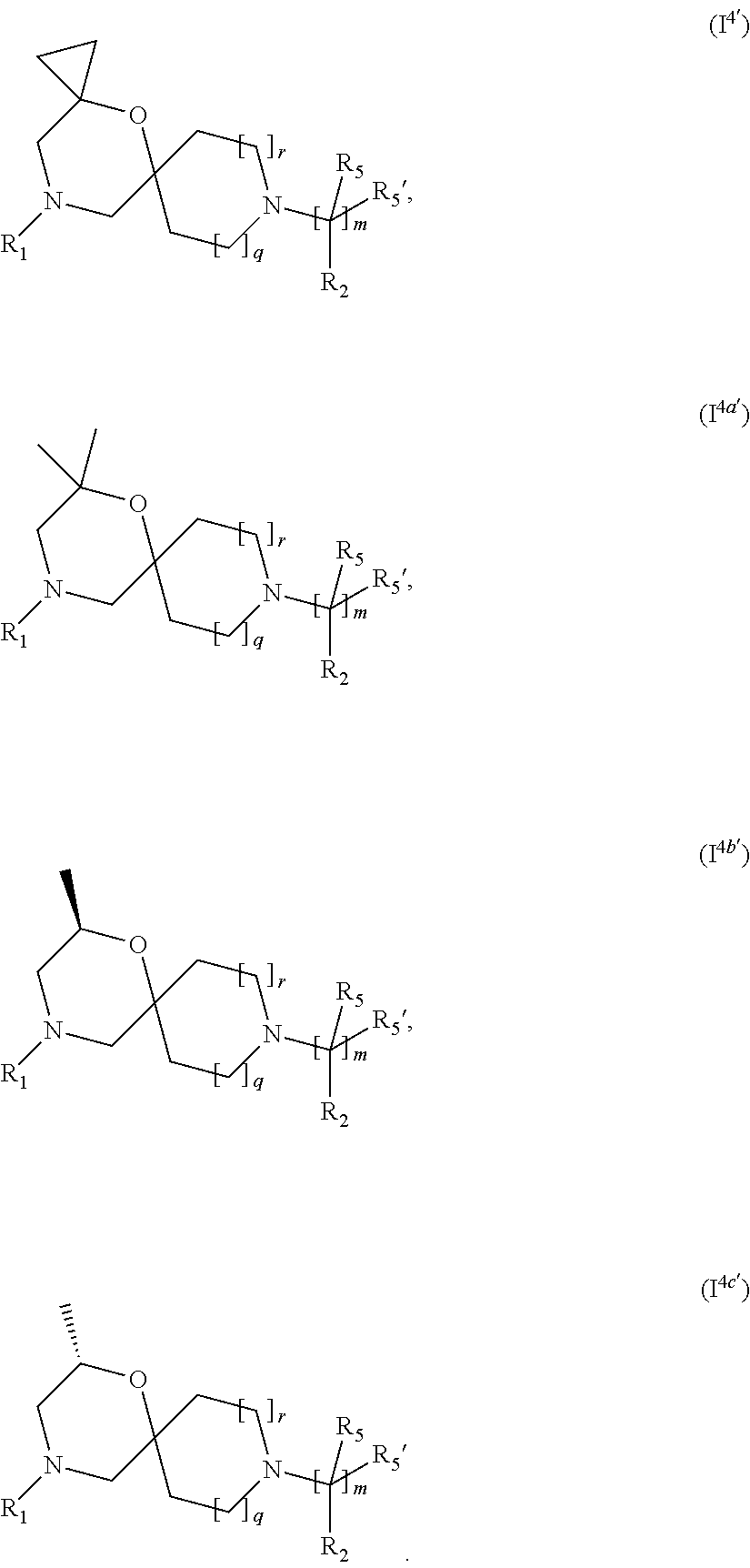
C00422
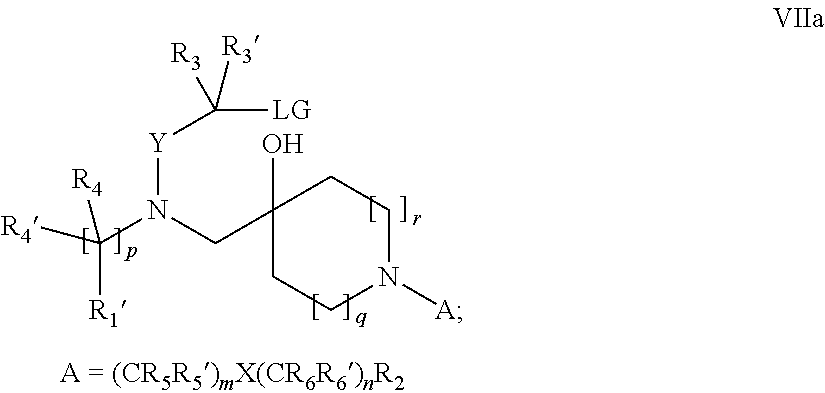
C00423

C00424

C00425
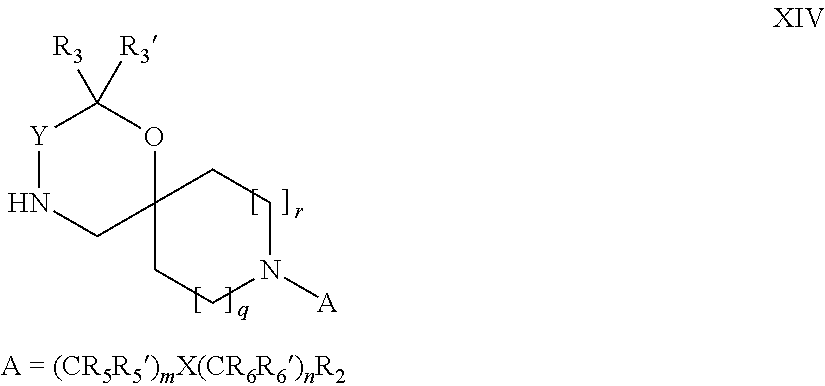
C00426

C00427

C00428

C00429
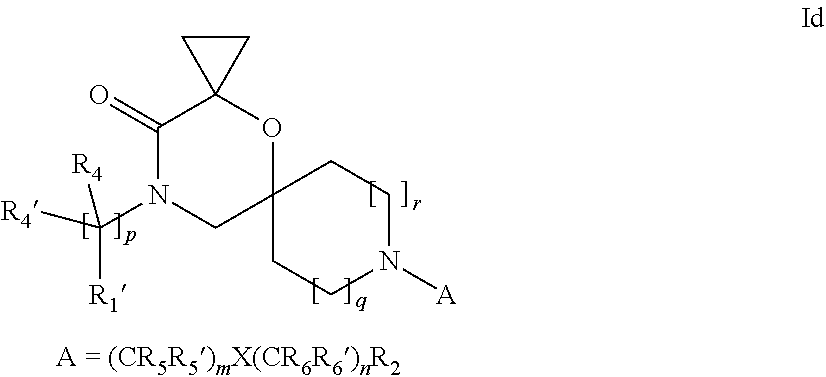
C00430
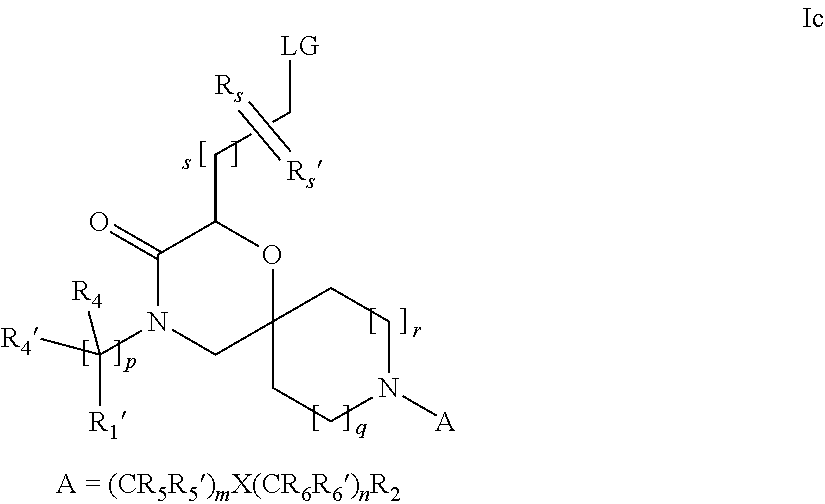
C00431
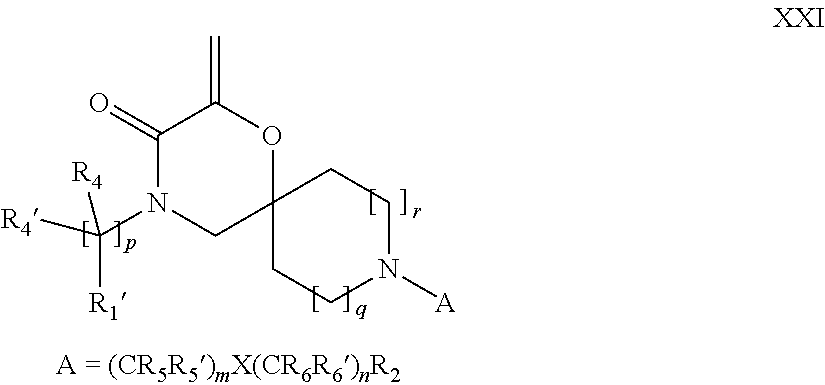
C00432
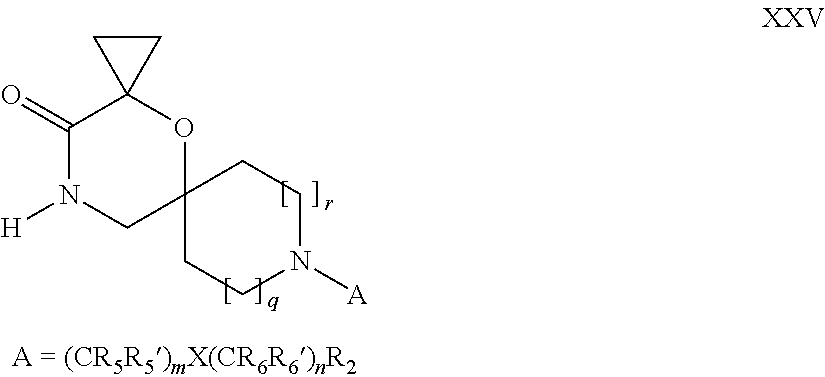
C00433

C00434
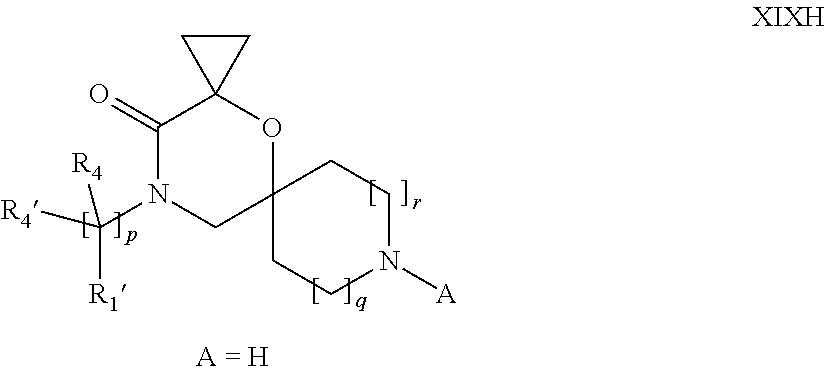
C00435

C00436

C00437

C00438

C00439

C00440

C00441

C00442
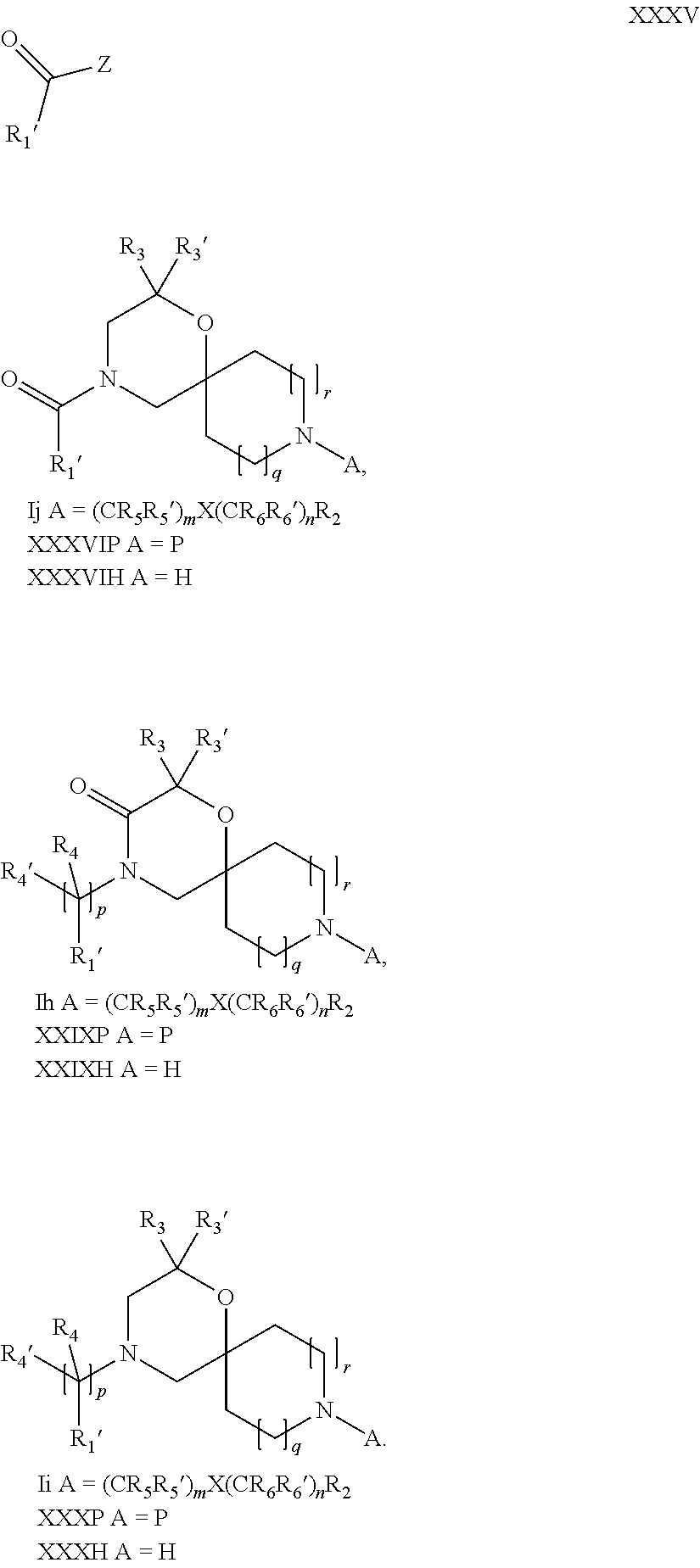
XML
uspto.report is an independent third-party trademark research tool that is not affiliated, endorsed, or sponsored by the United States Patent and Trademark Office (USPTO) or any other governmental organization. The information provided by uspto.report is based on publicly available data at the time of writing and is intended for informational purposes only.
While we strive to provide accurate and up-to-date information, we do not guarantee the accuracy, completeness, reliability, or suitability of the information displayed on this site. The use of this site is at your own risk. Any reliance you place on such information is therefore strictly at your own risk.
All official trademark data, including owner information, should be verified by visiting the official USPTO website at www.uspto.gov. This site is not intended to replace professional legal advice and should not be used as a substitute for consulting with a legal professional who is knowledgeable about trademark law.